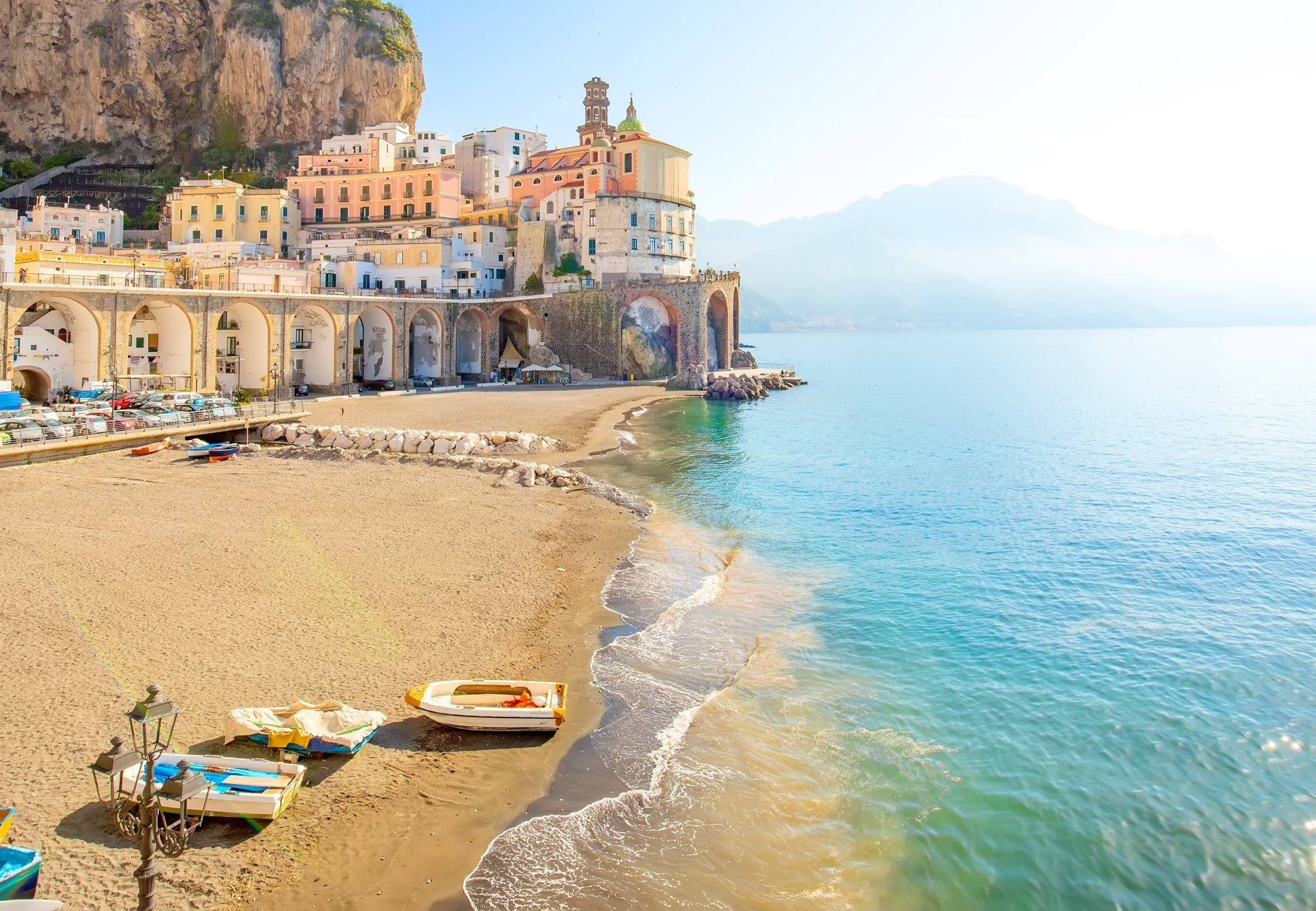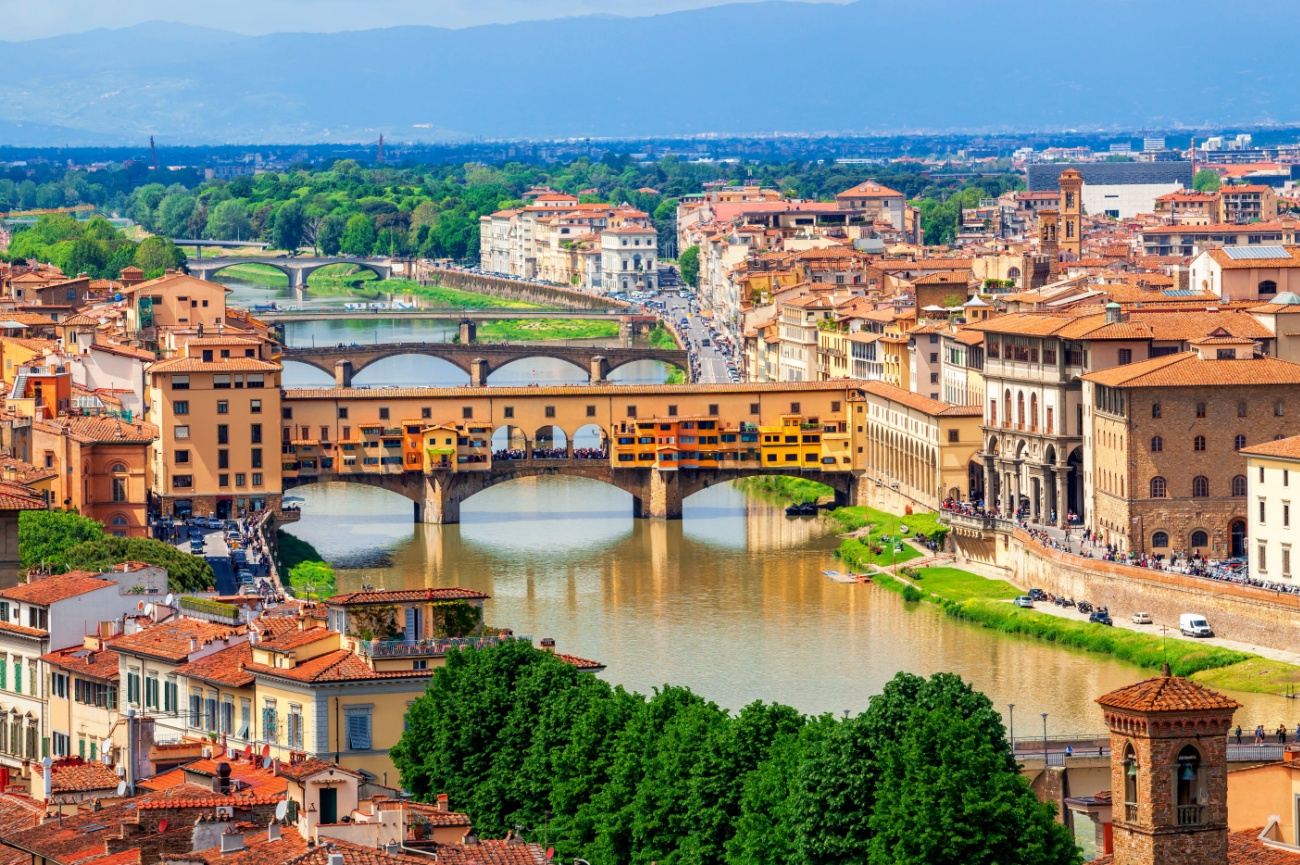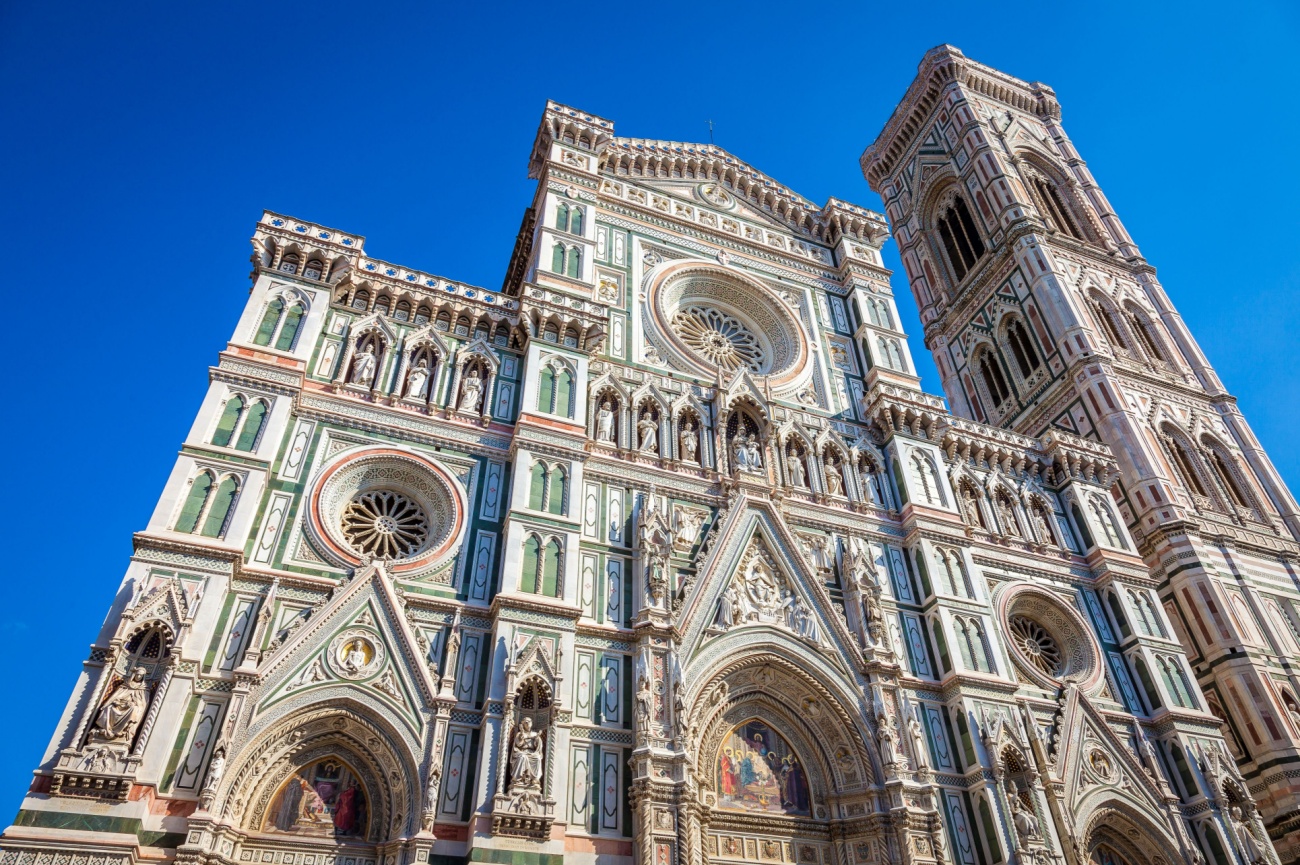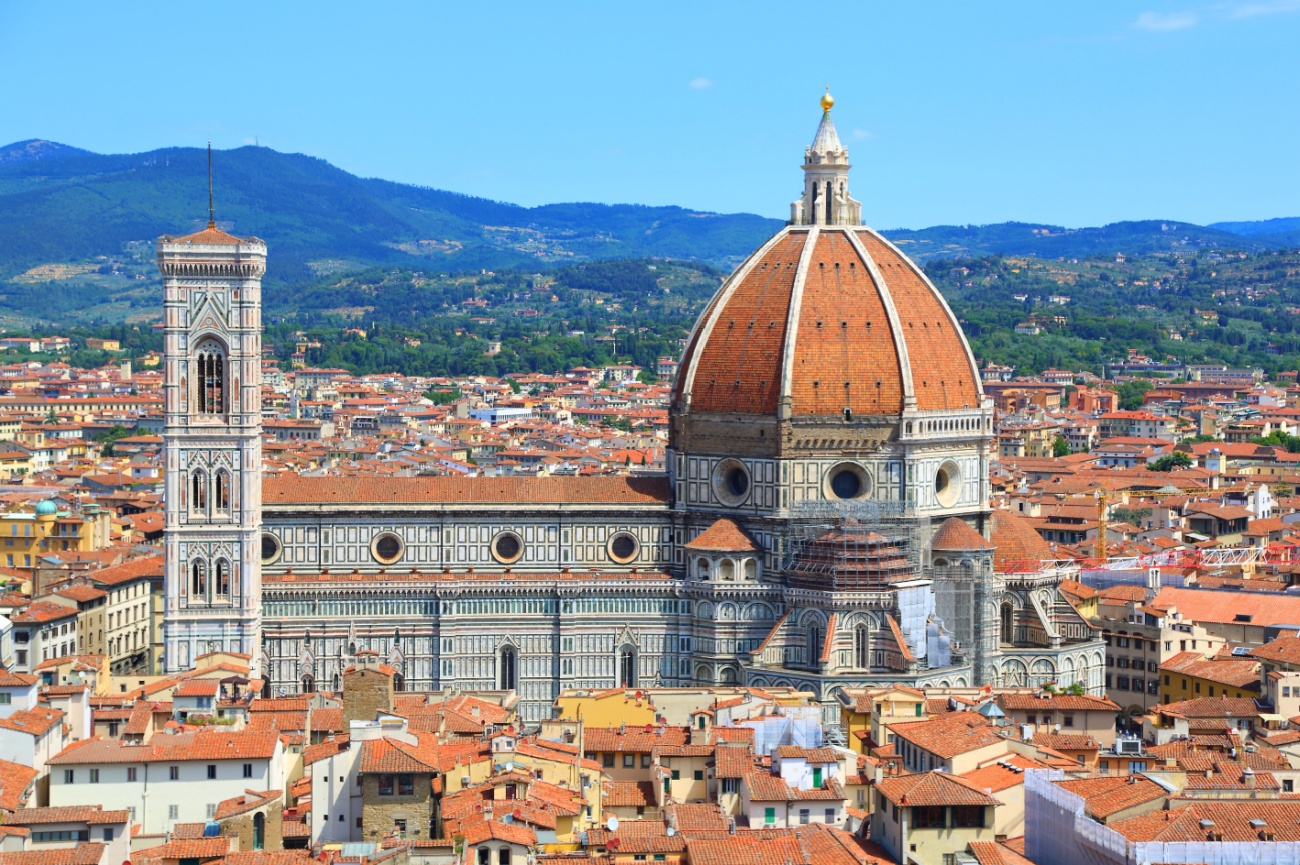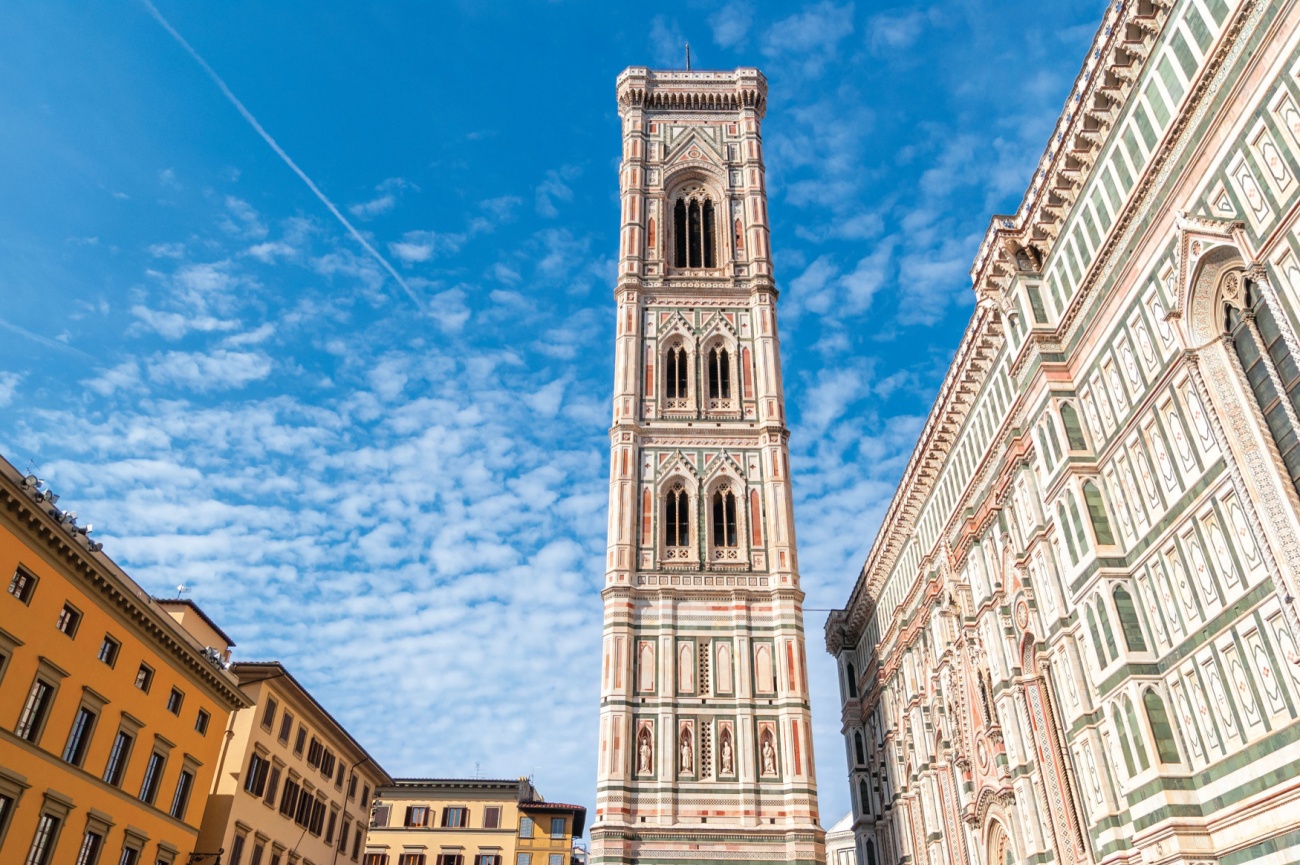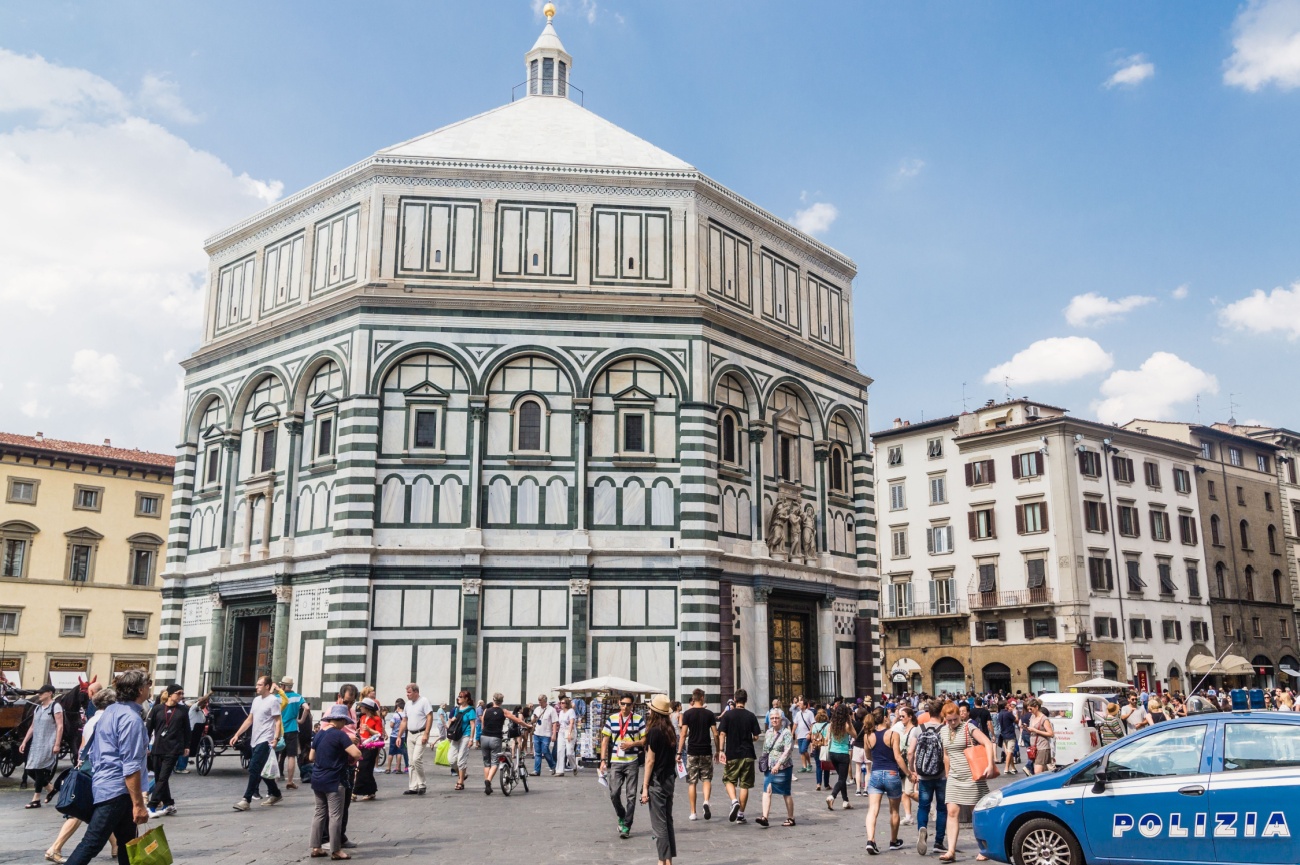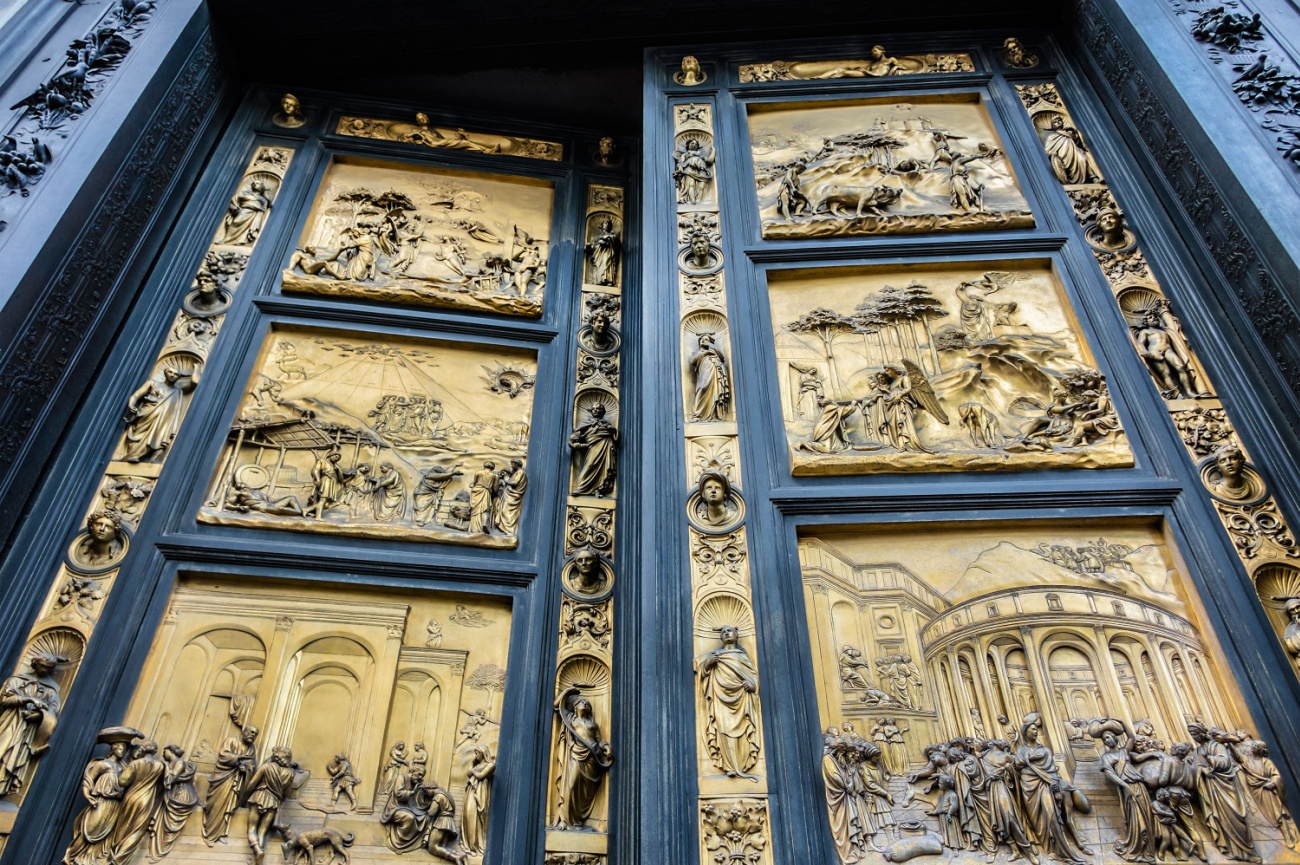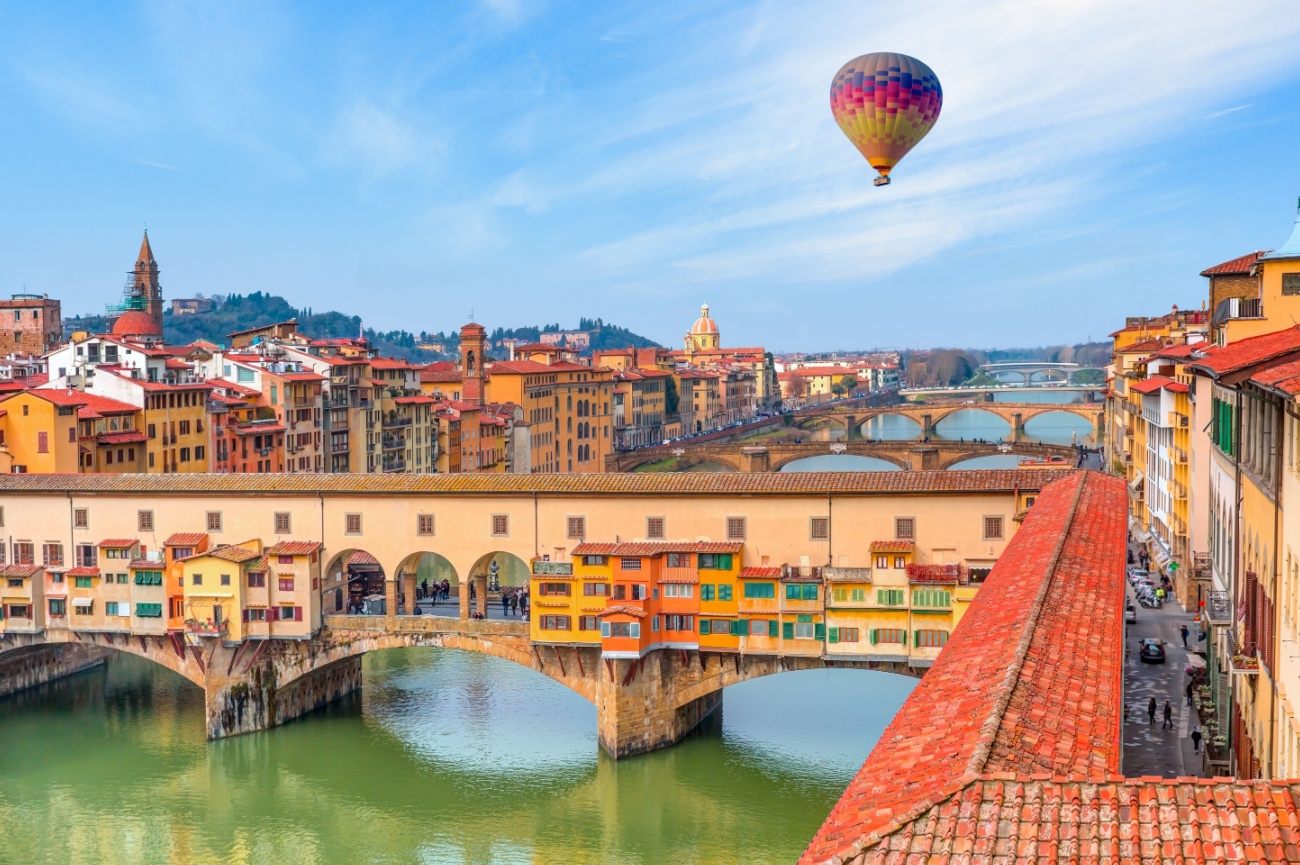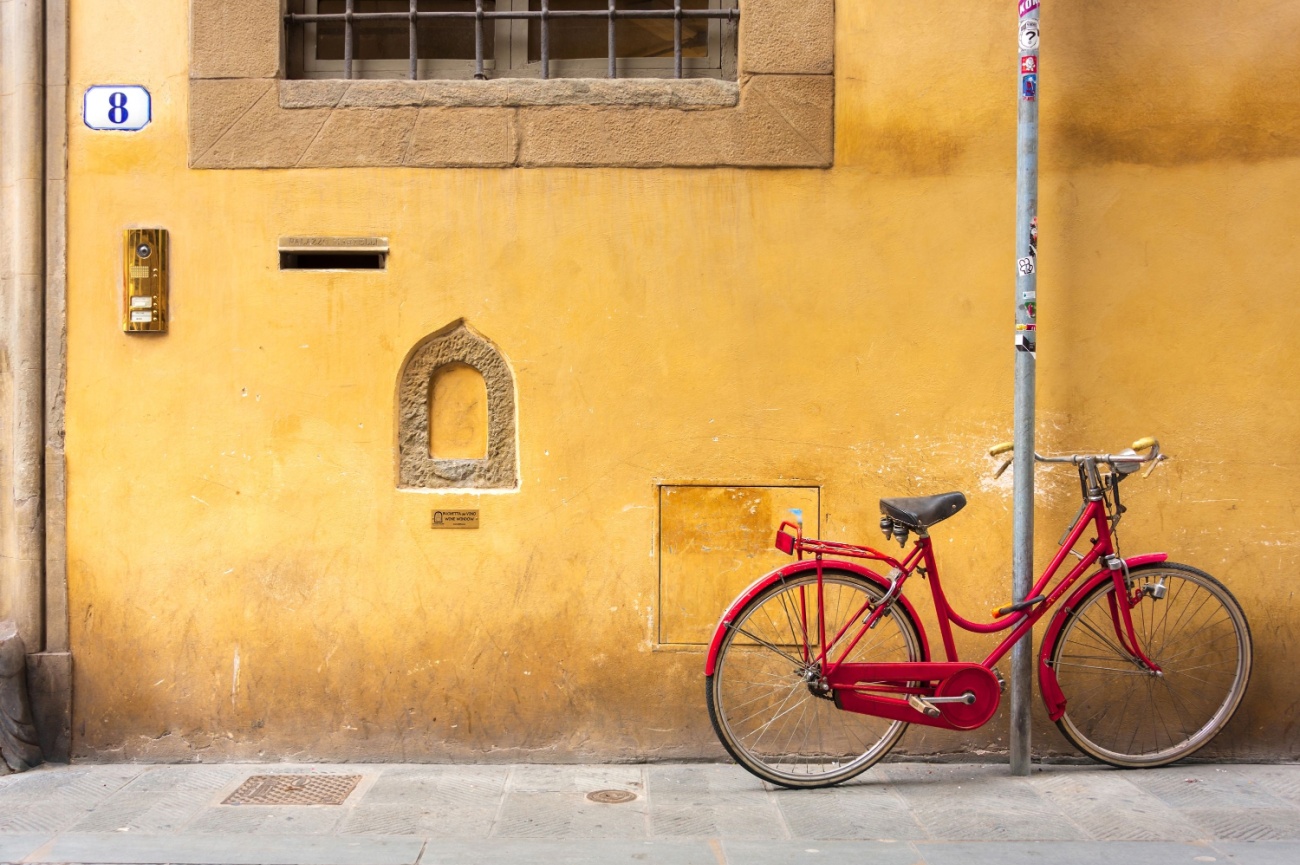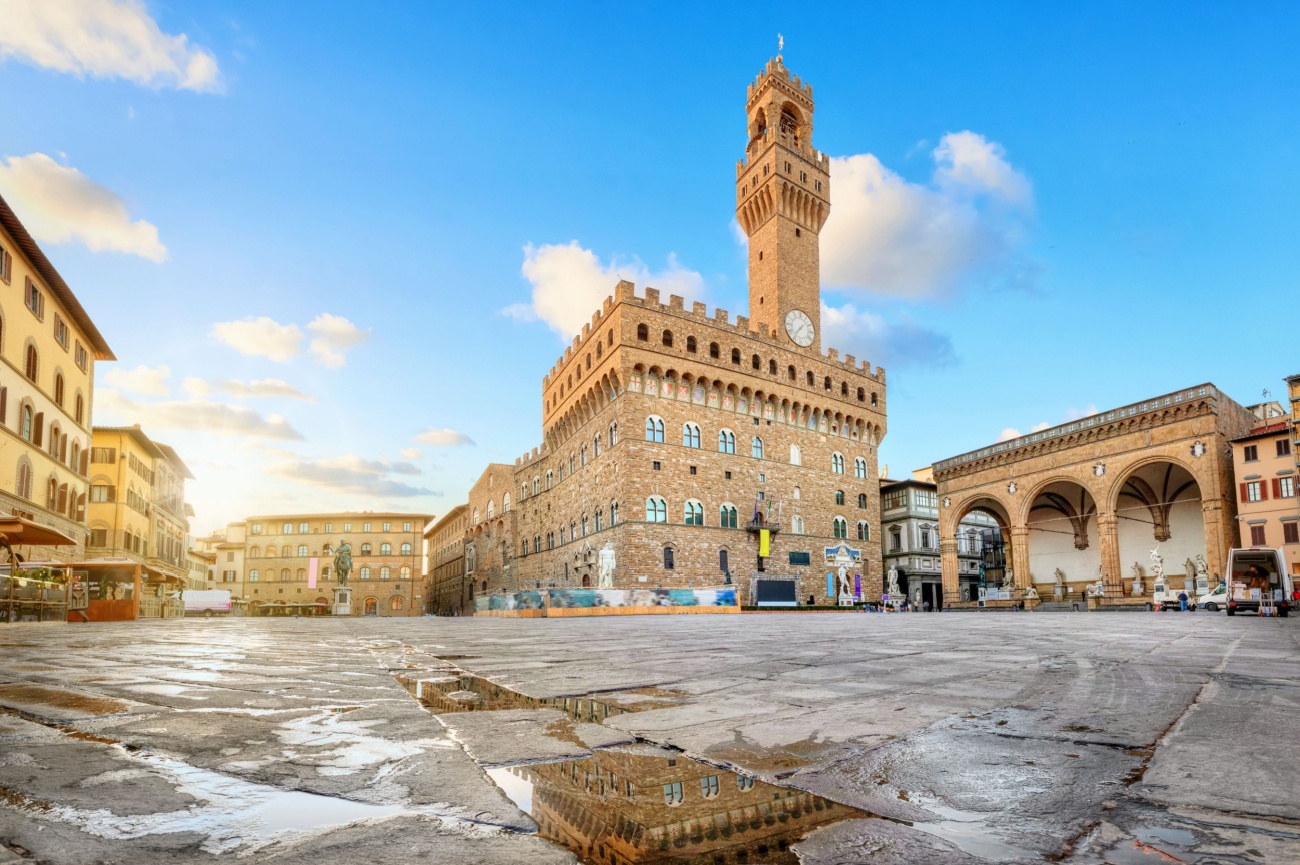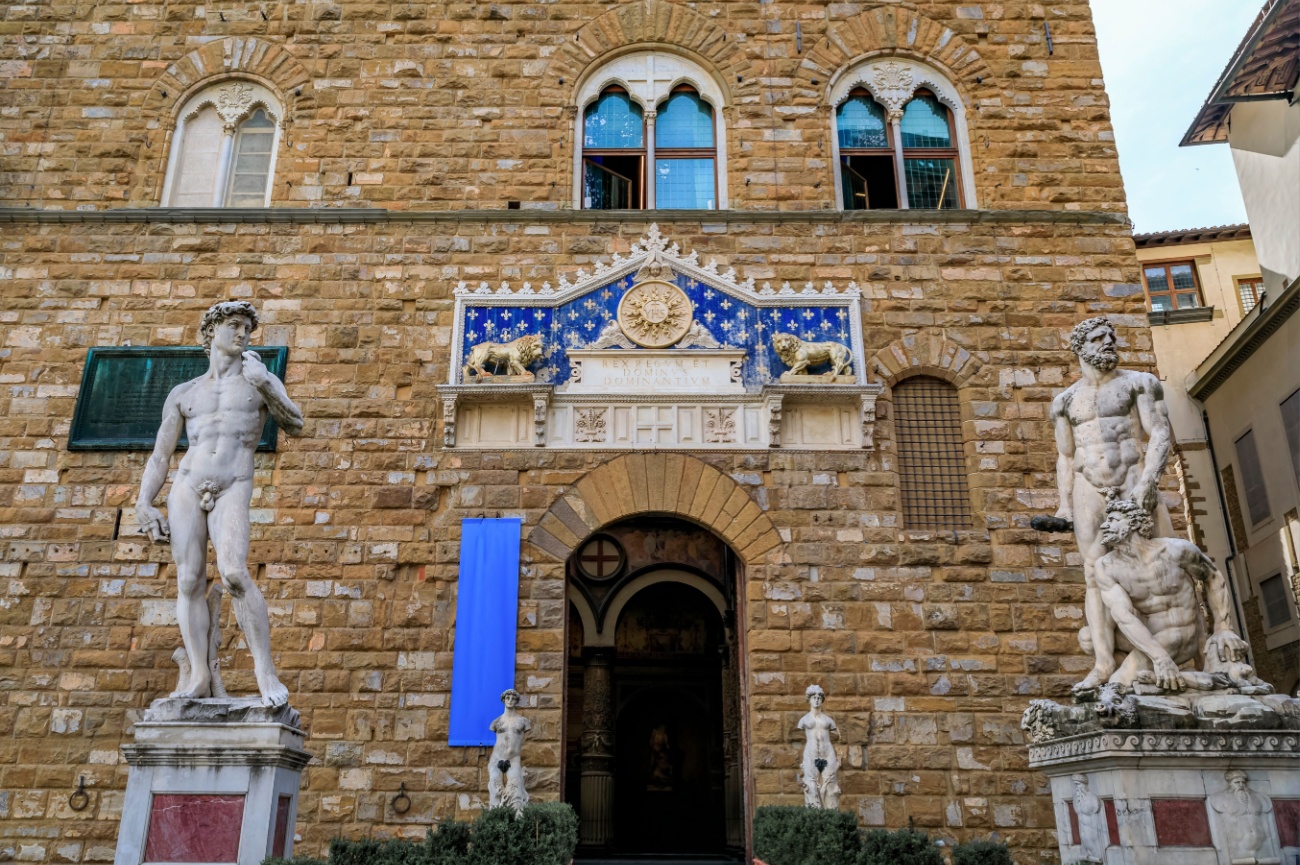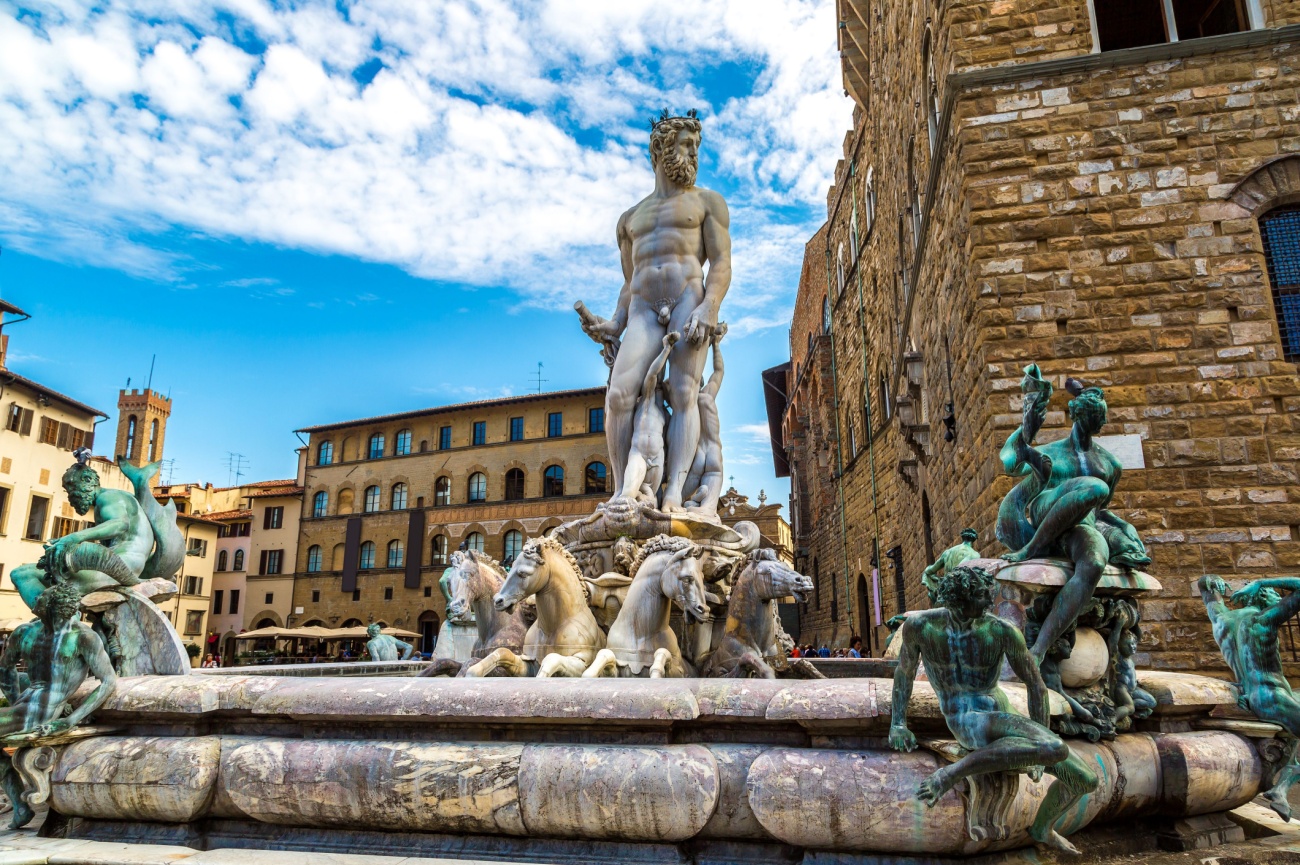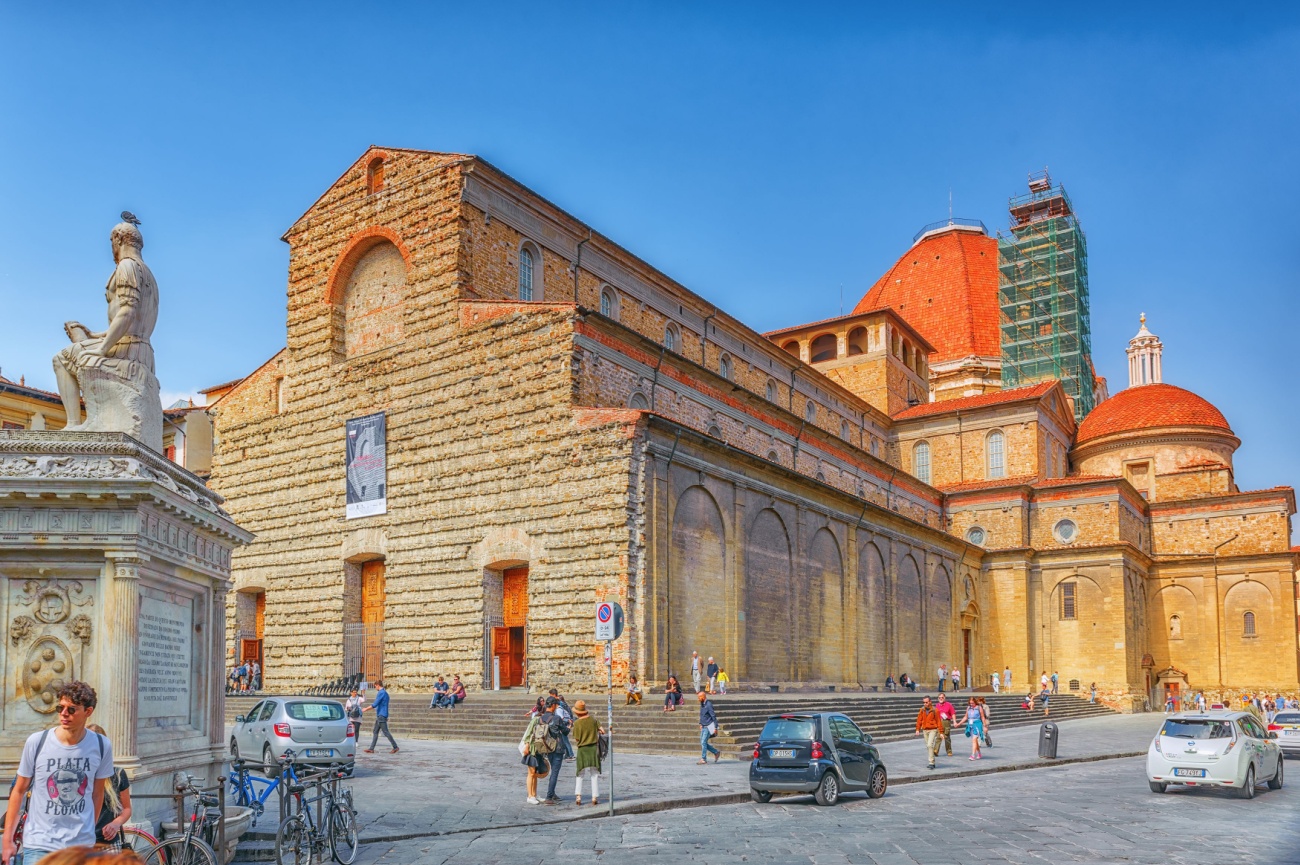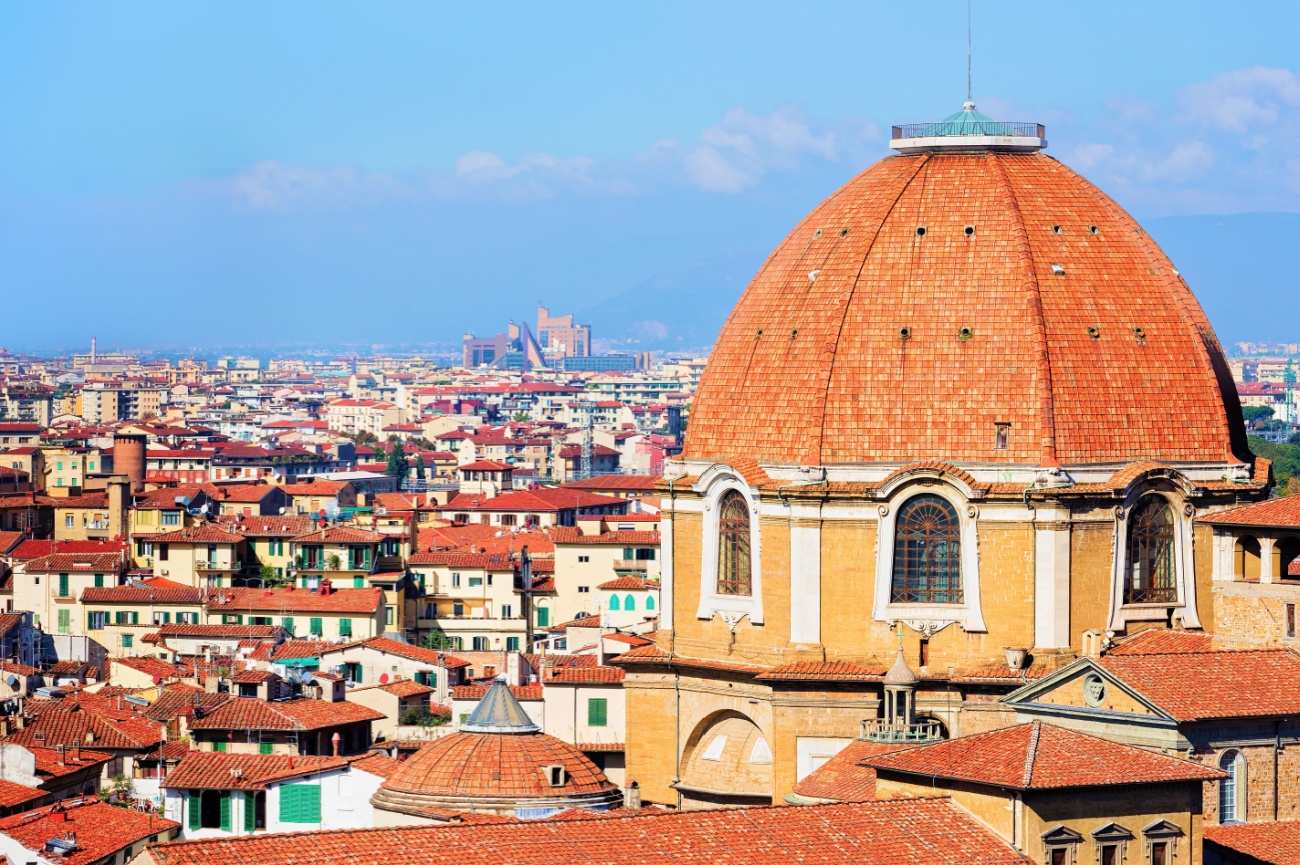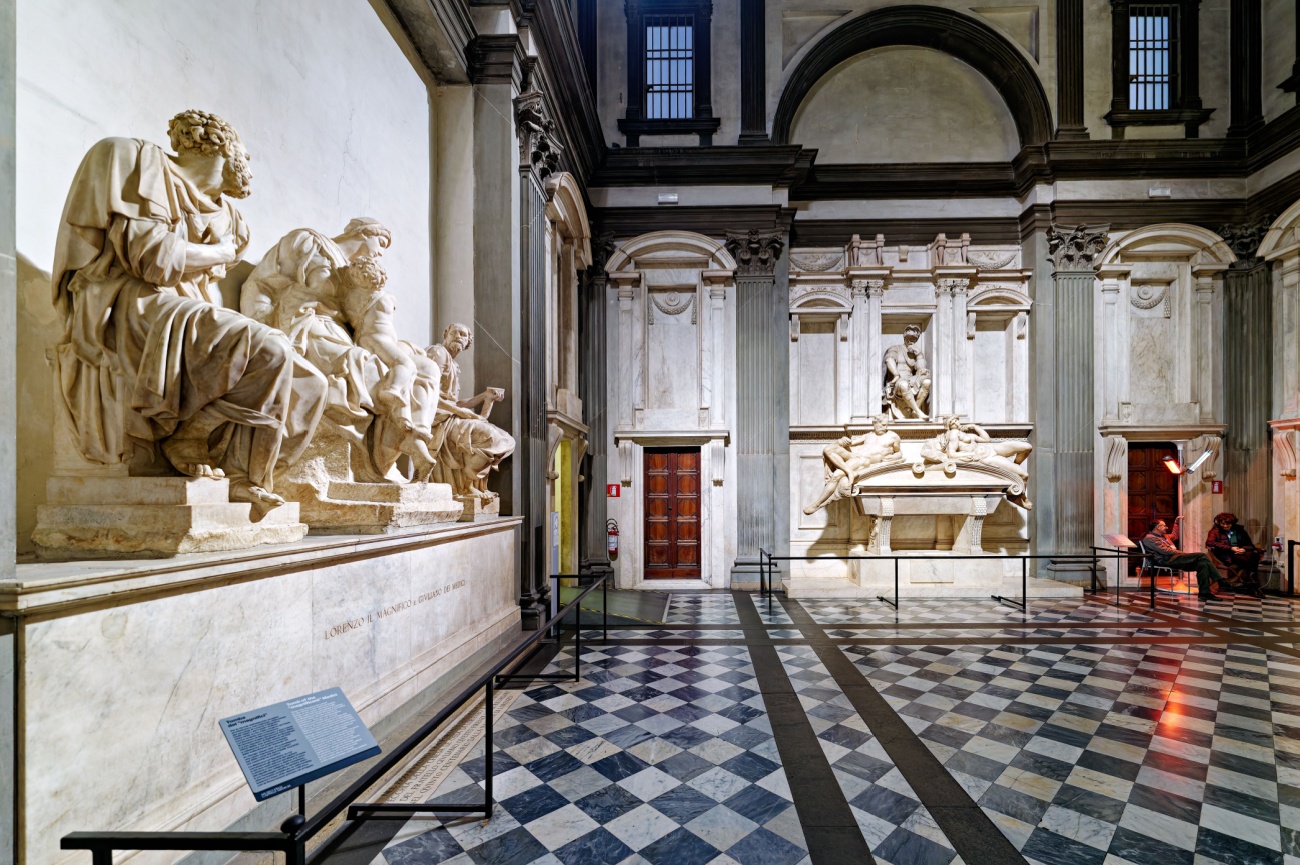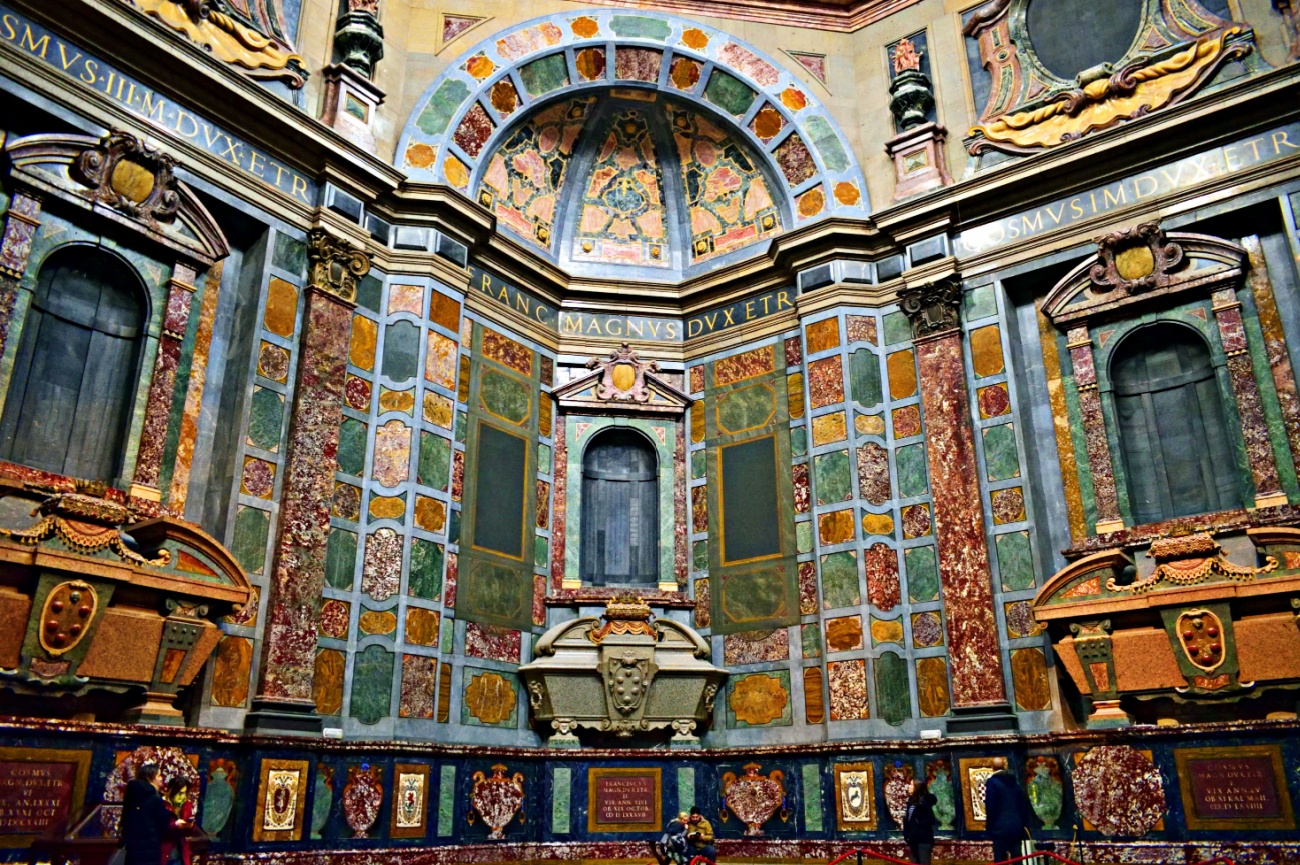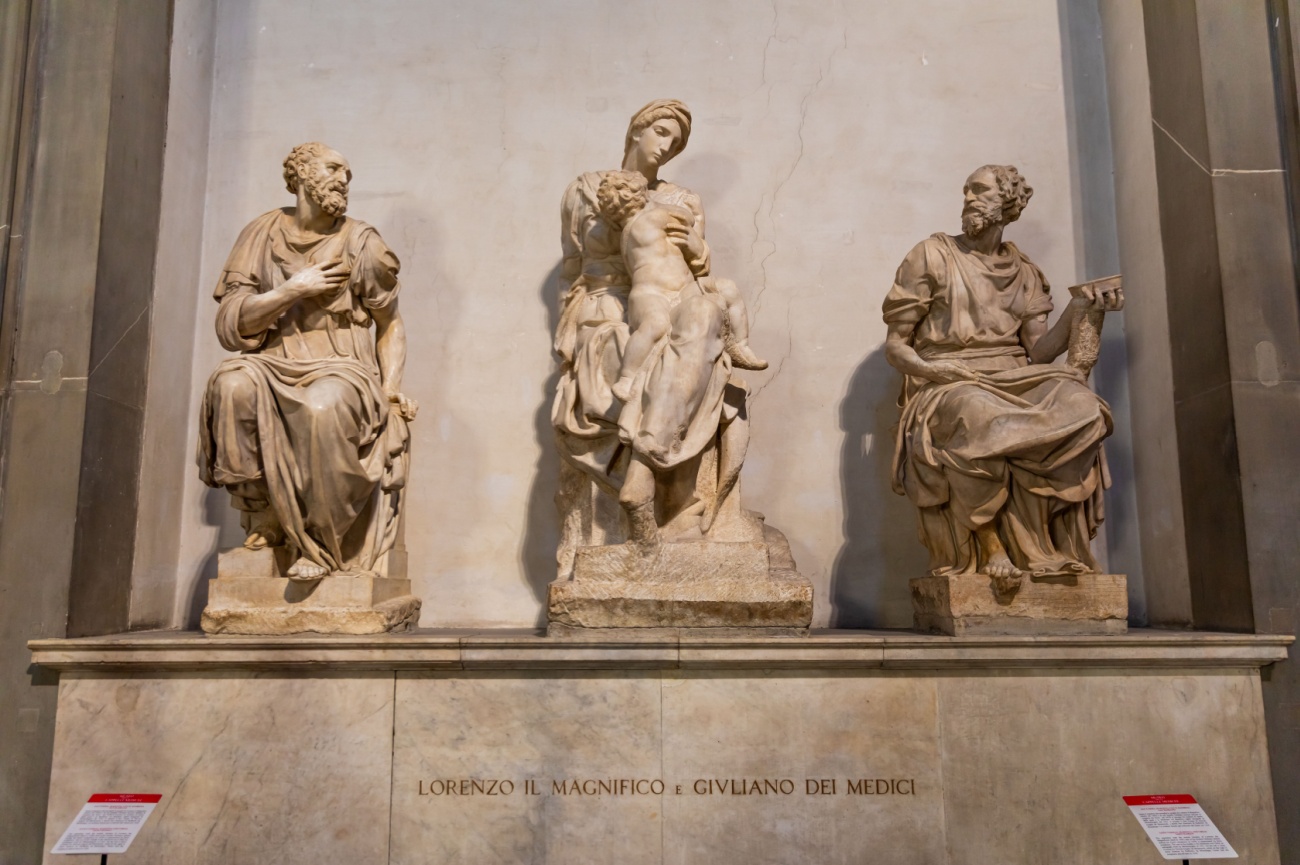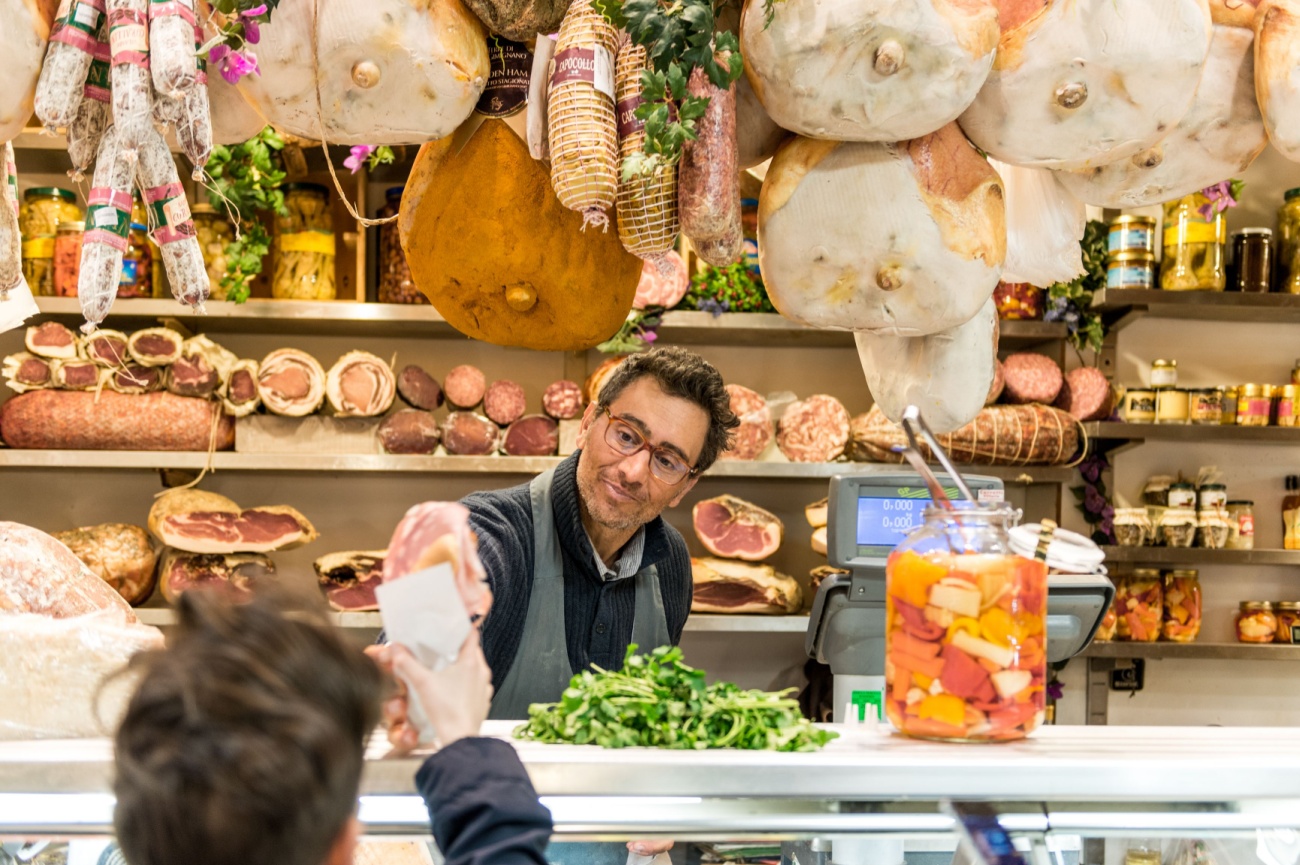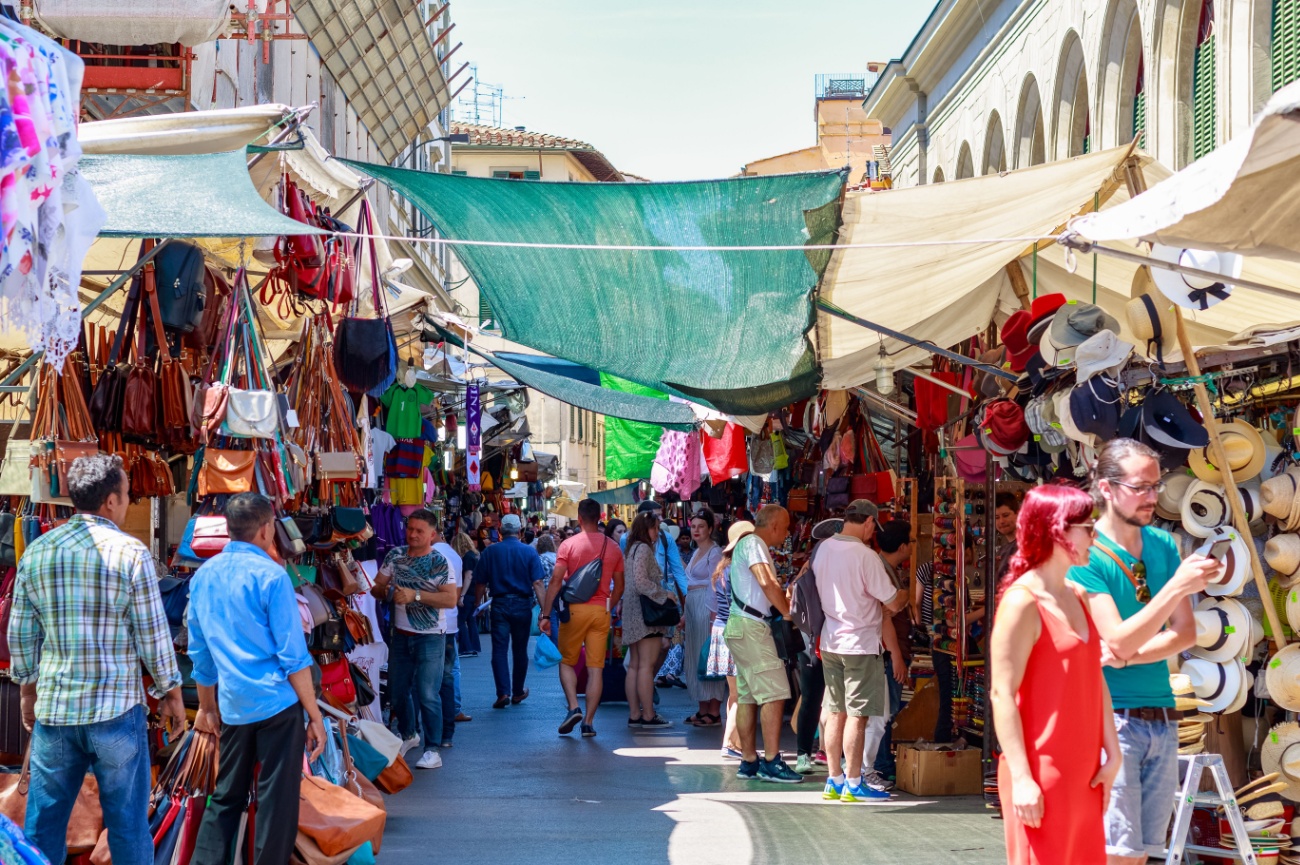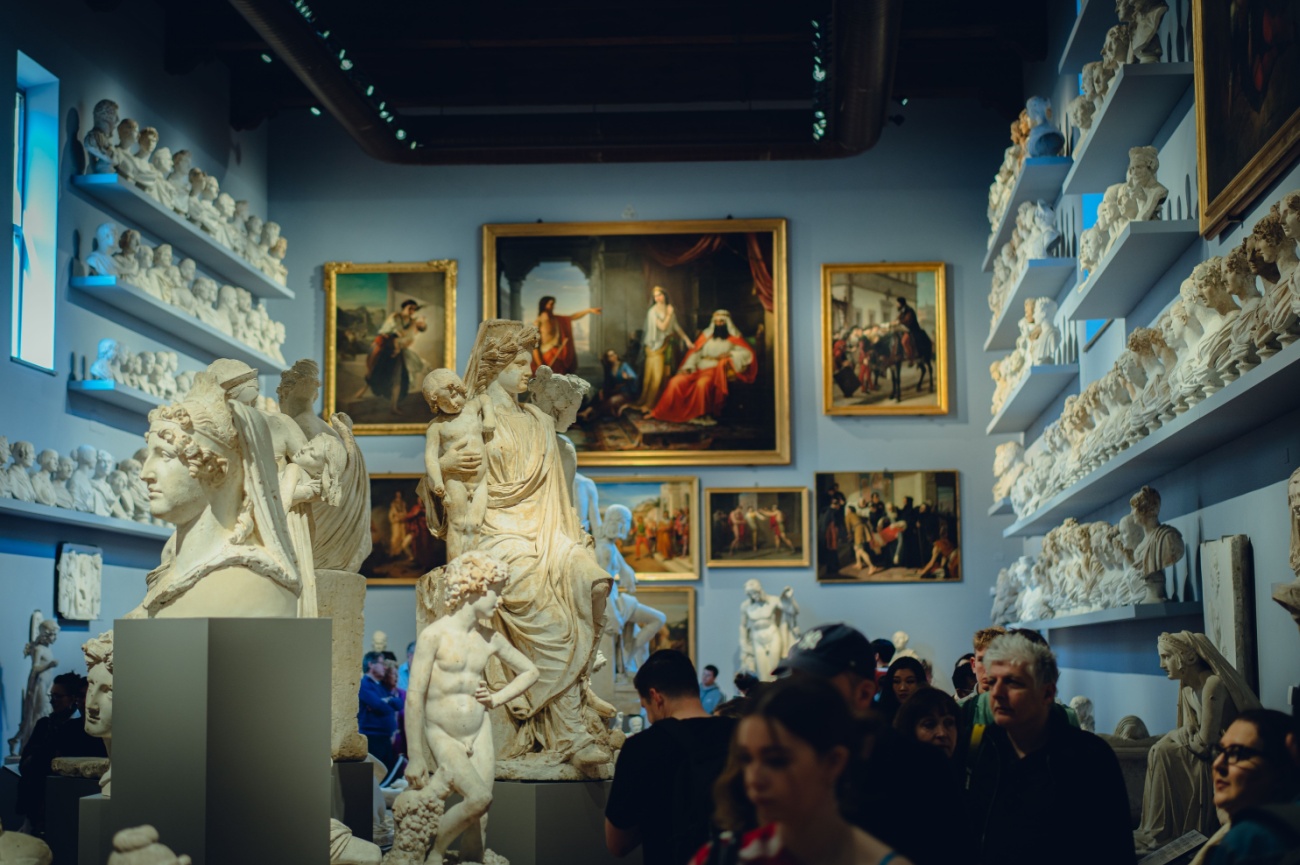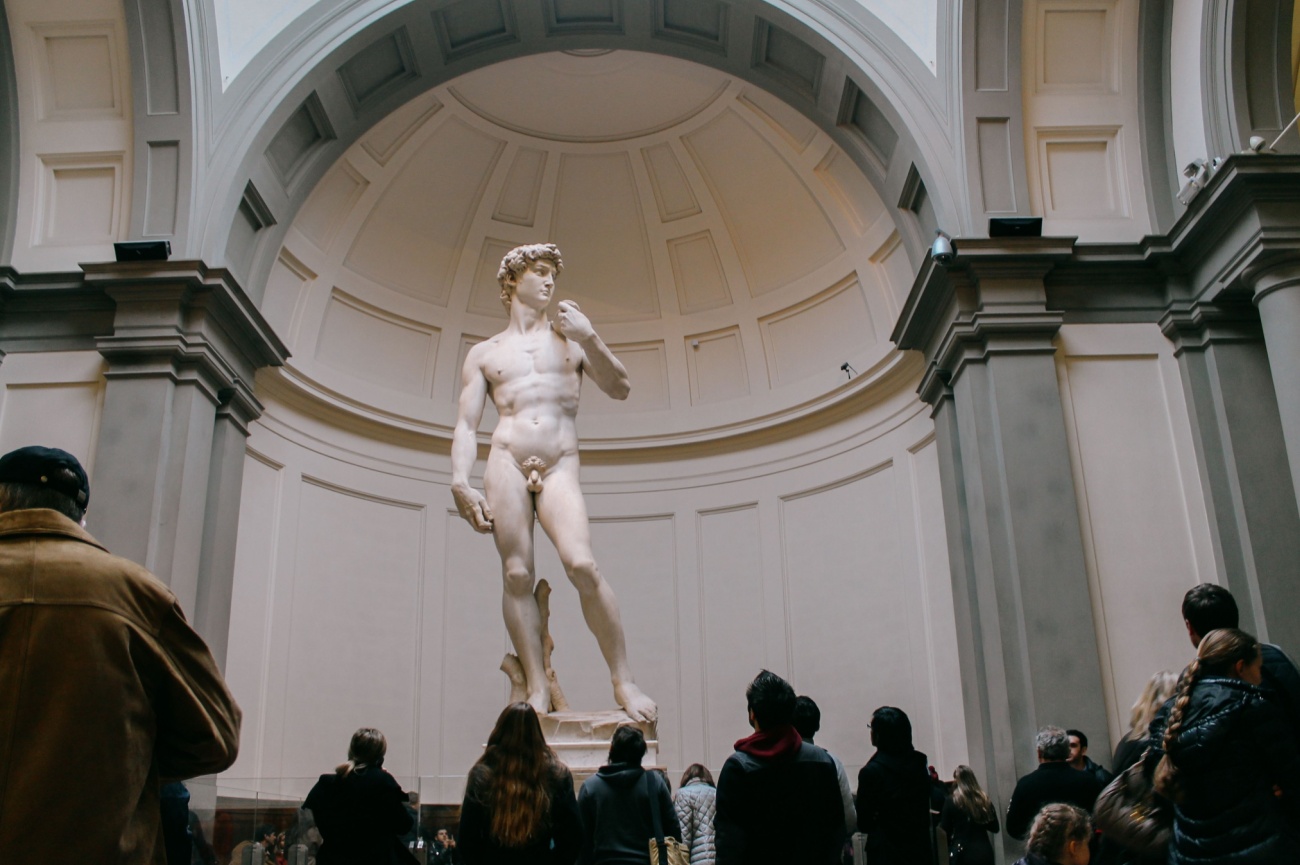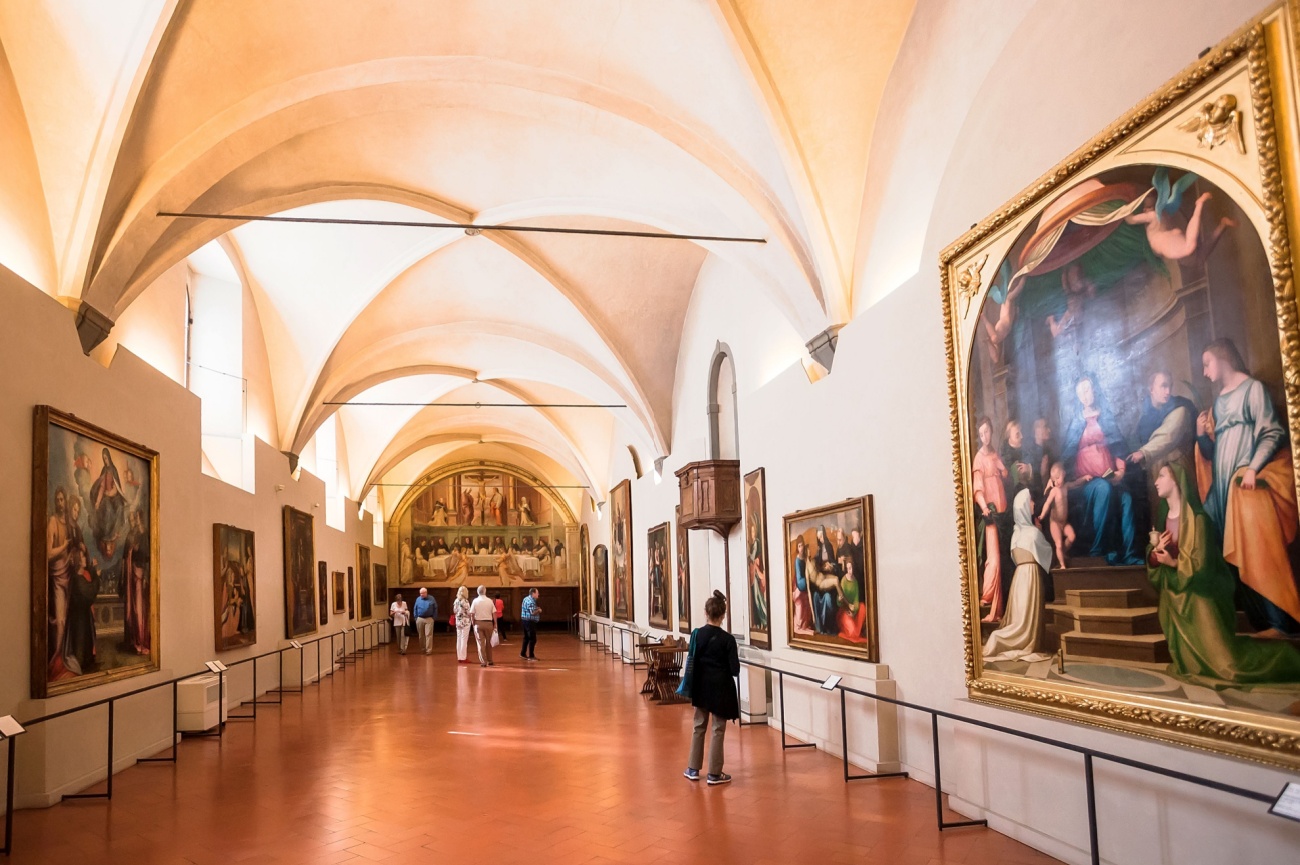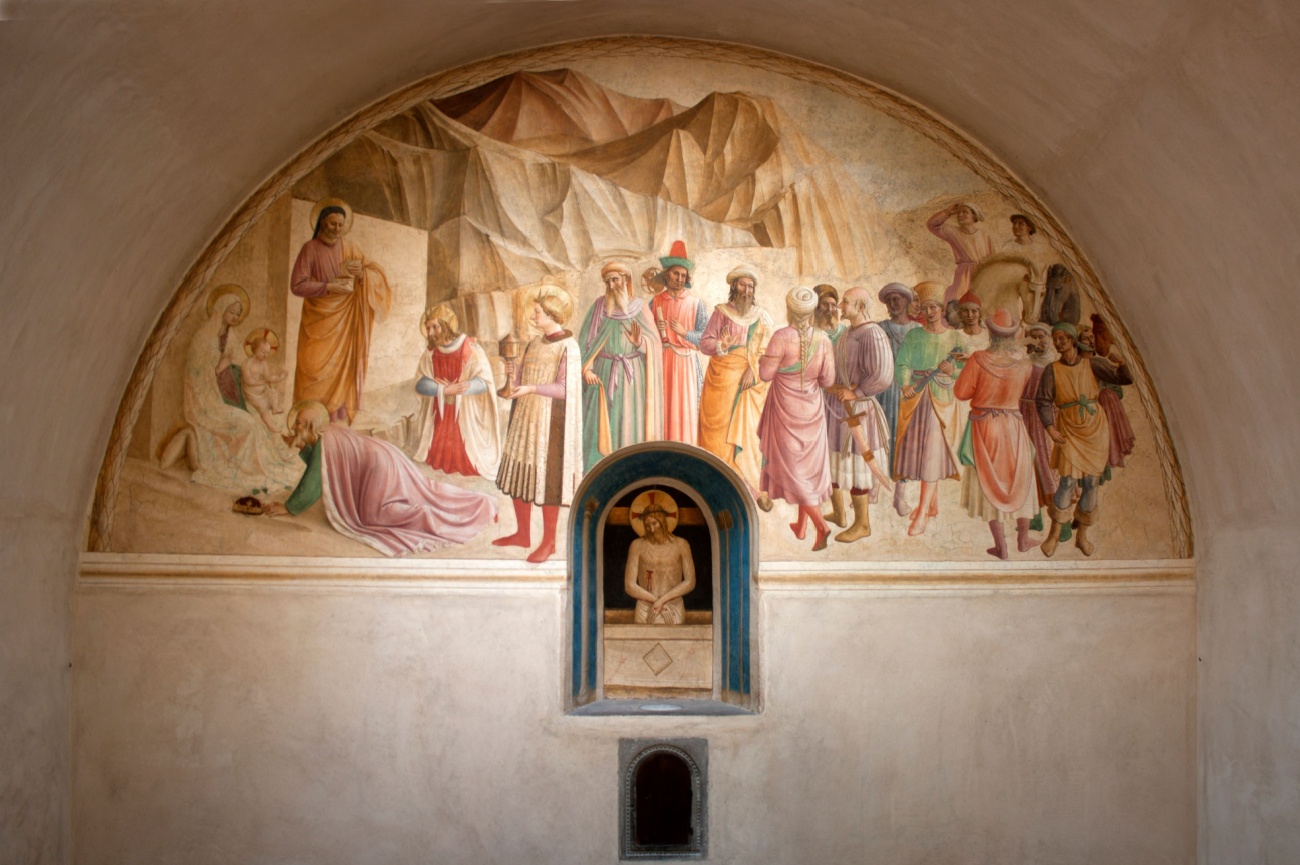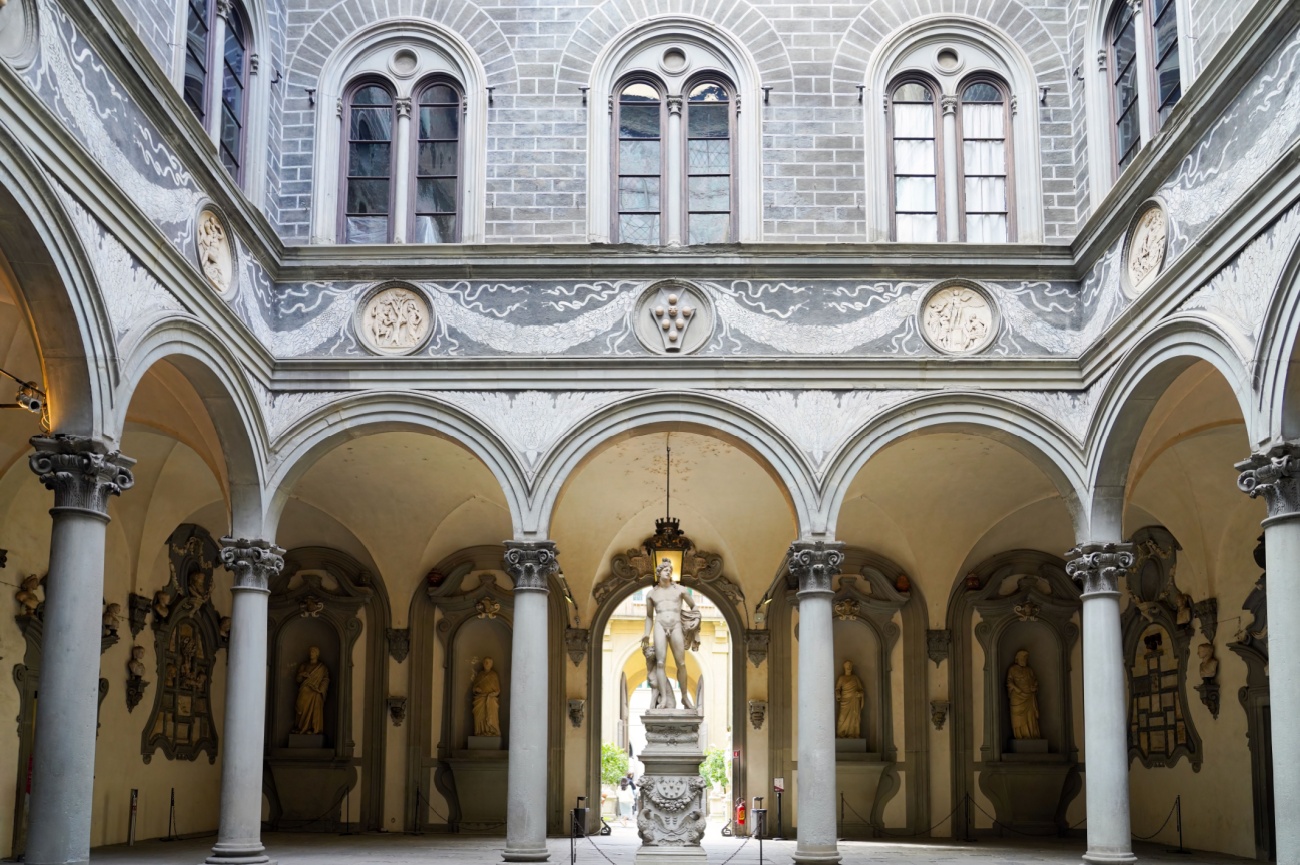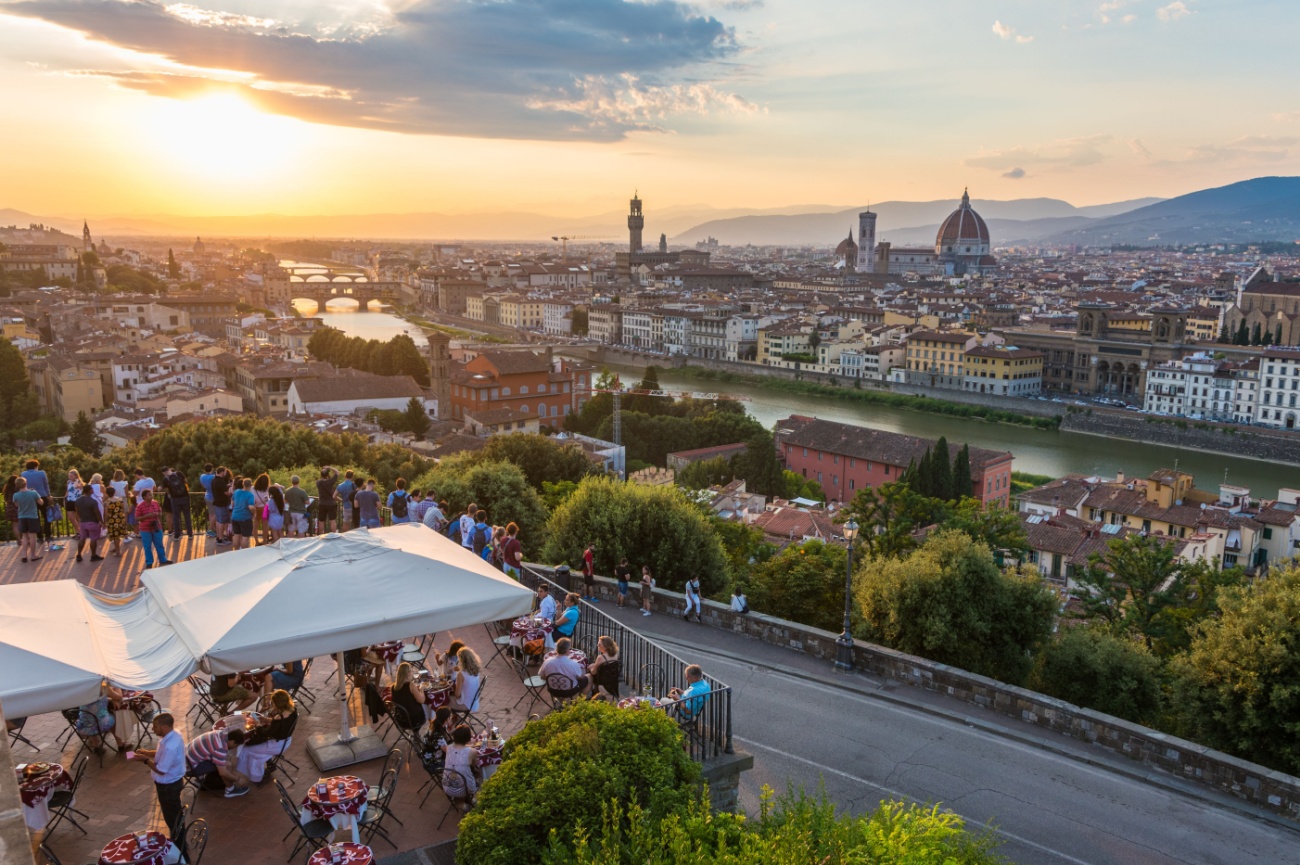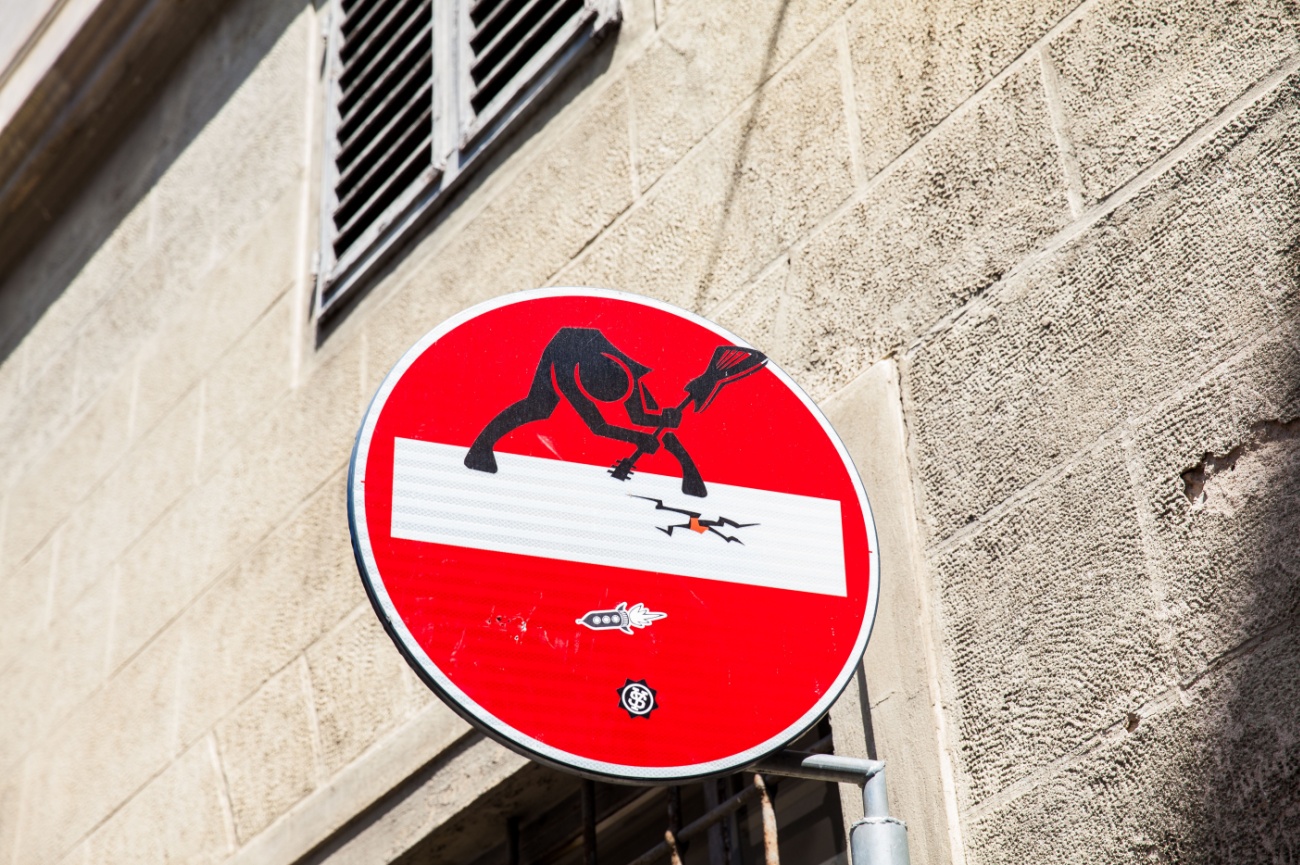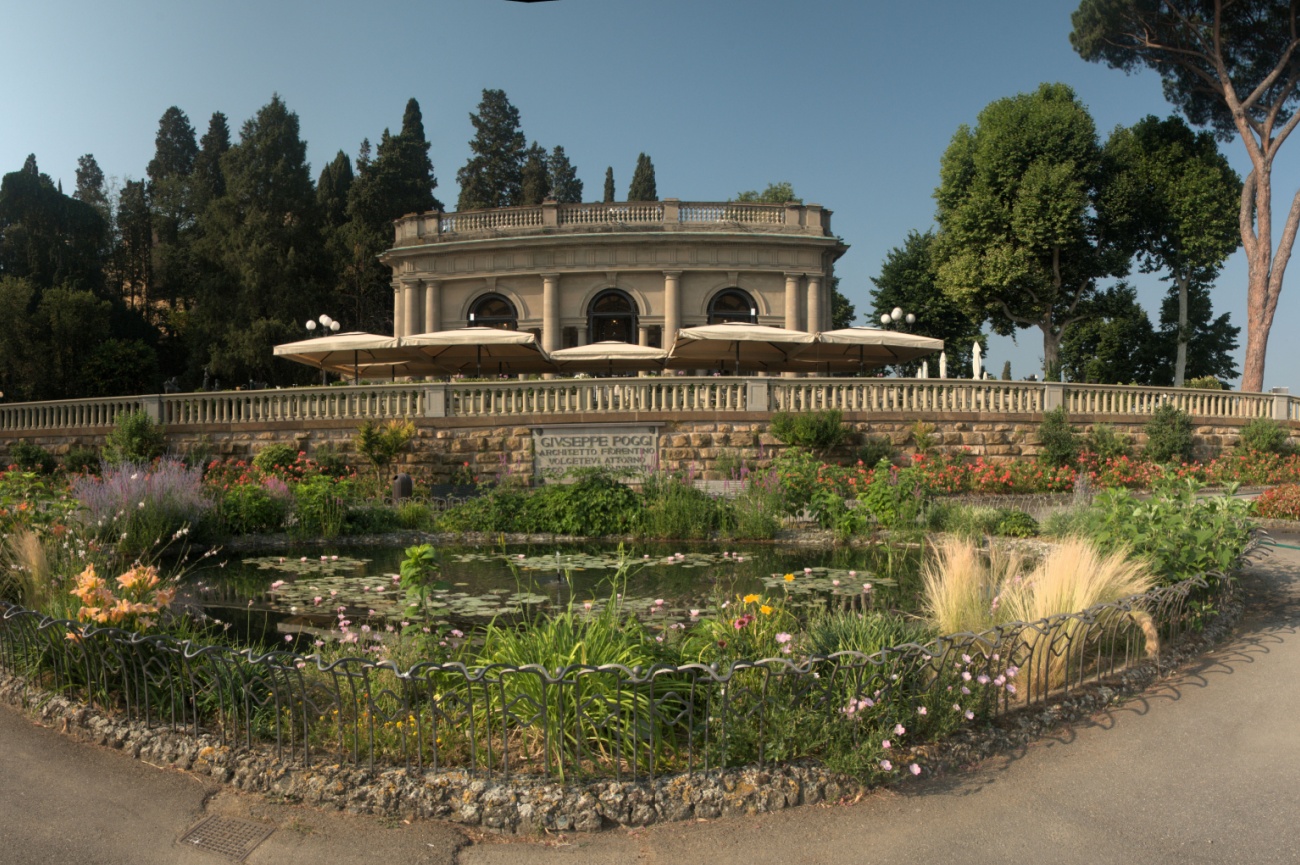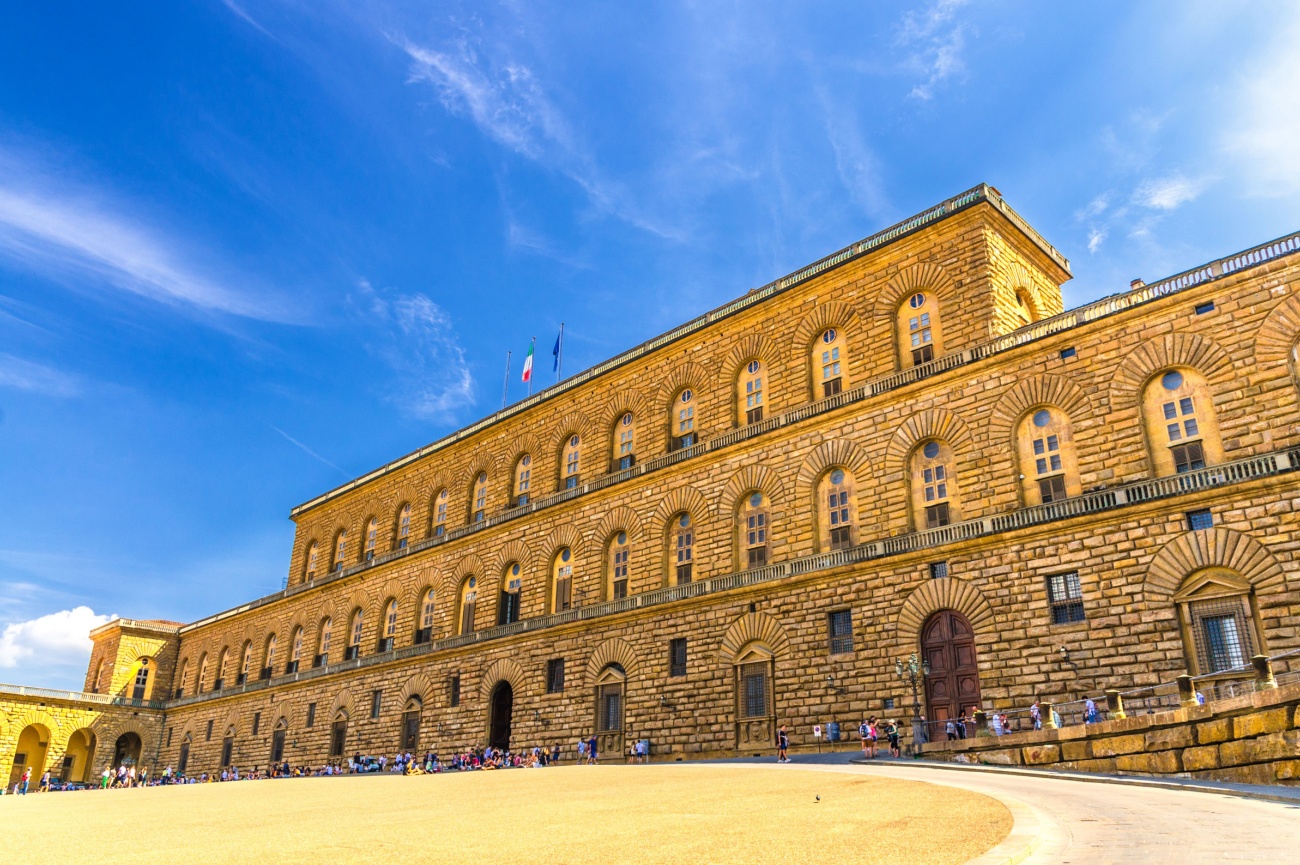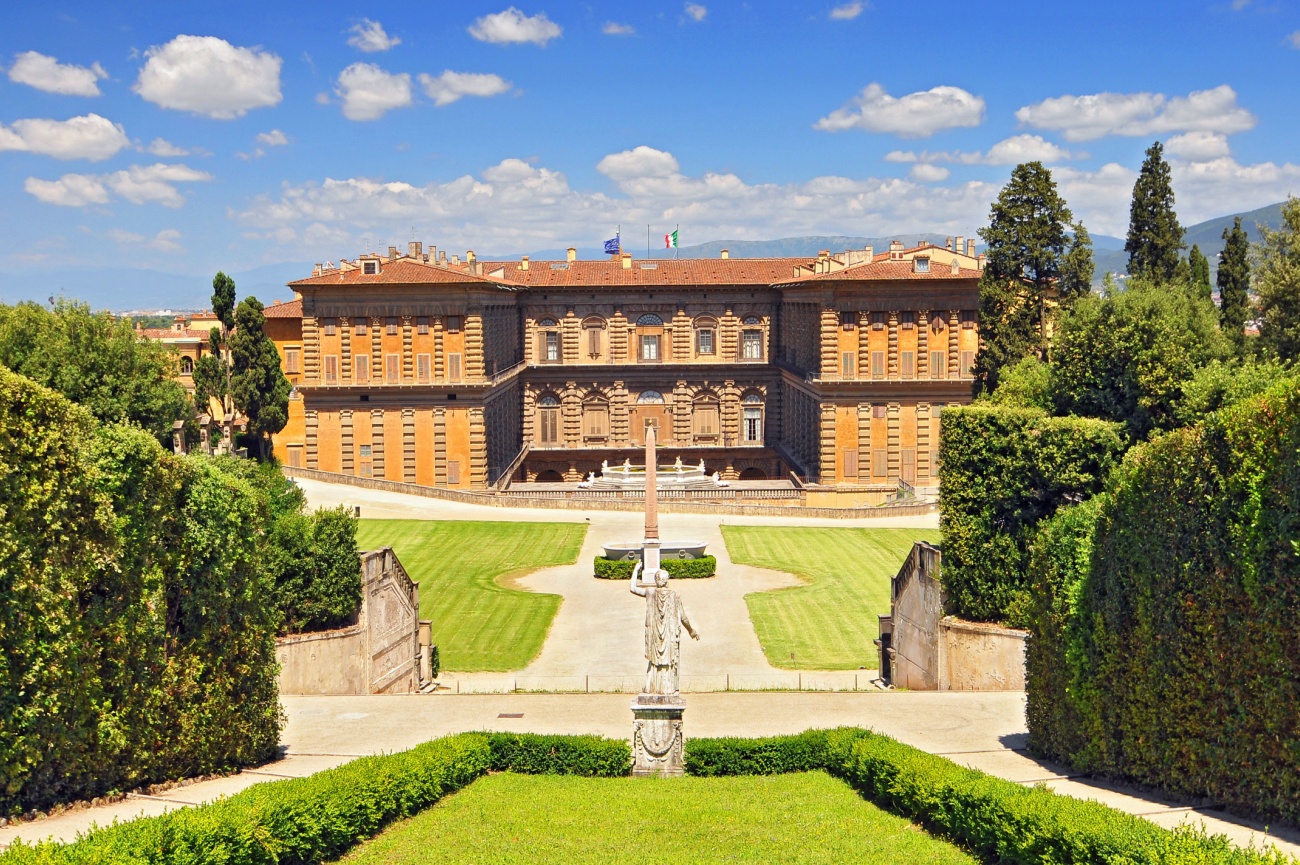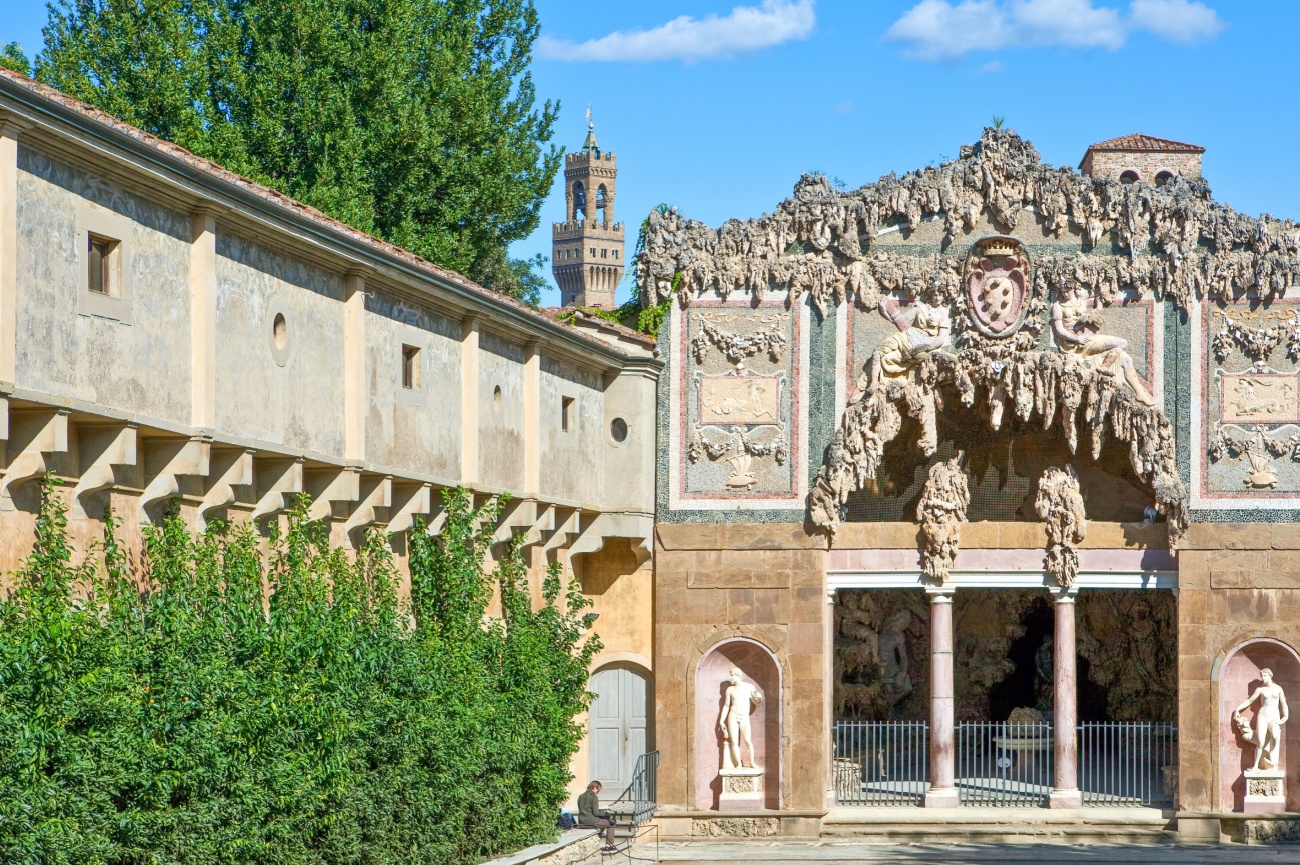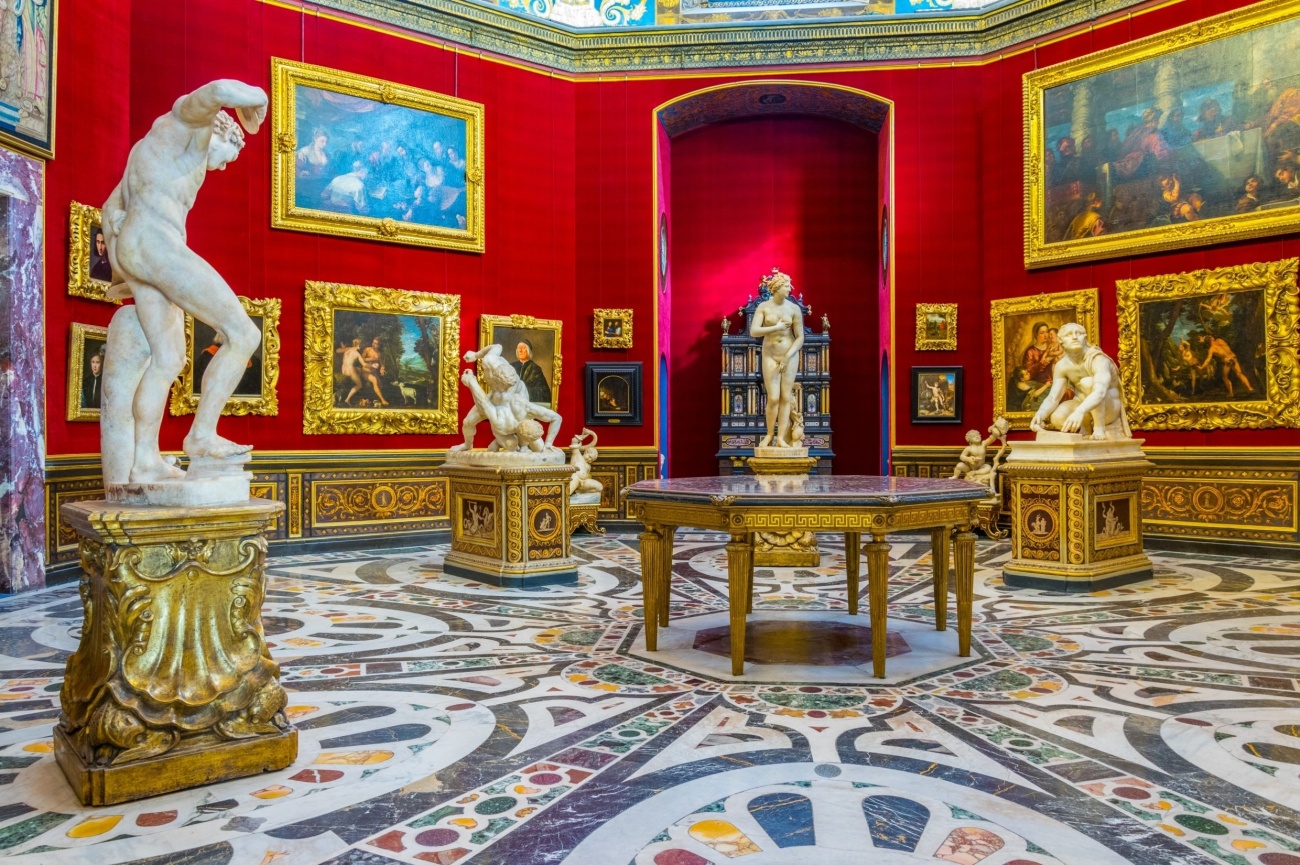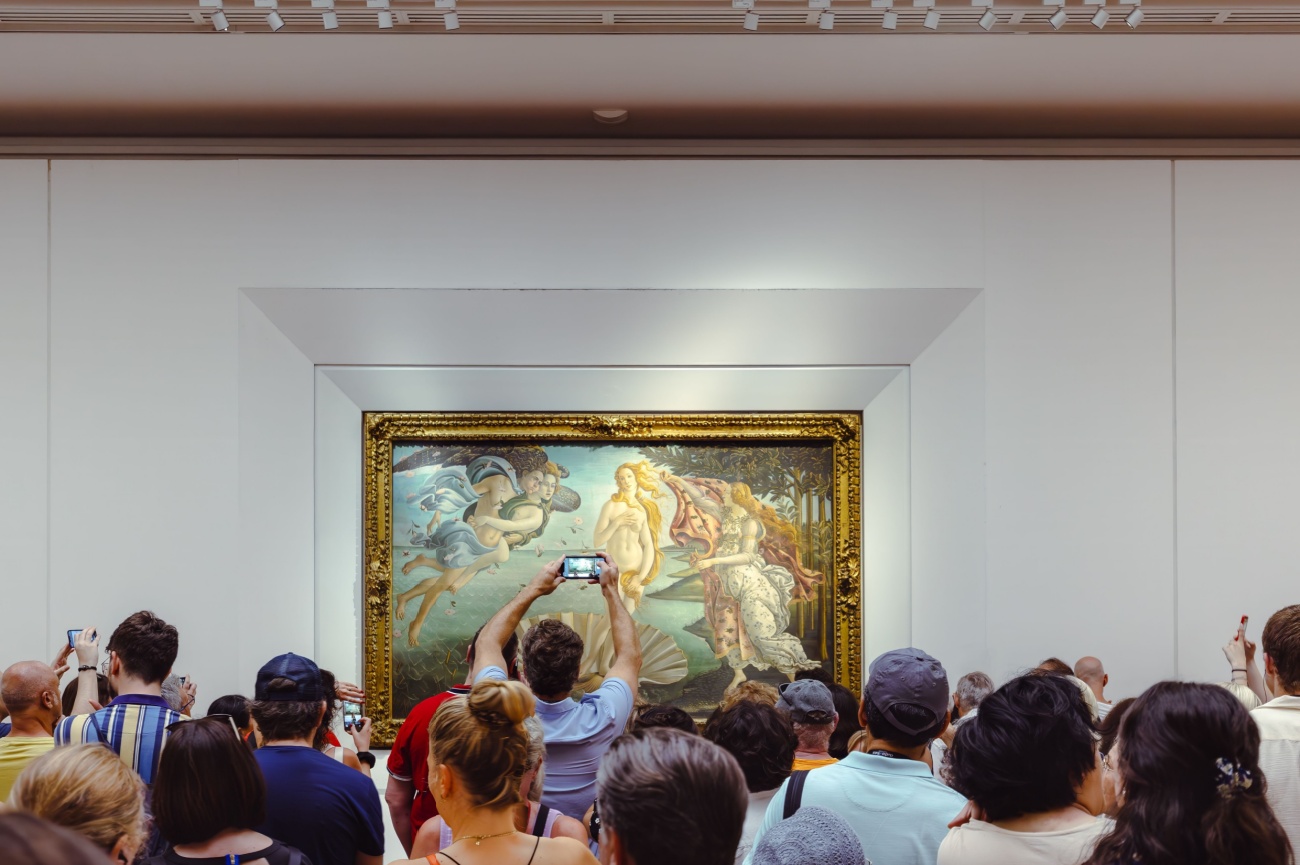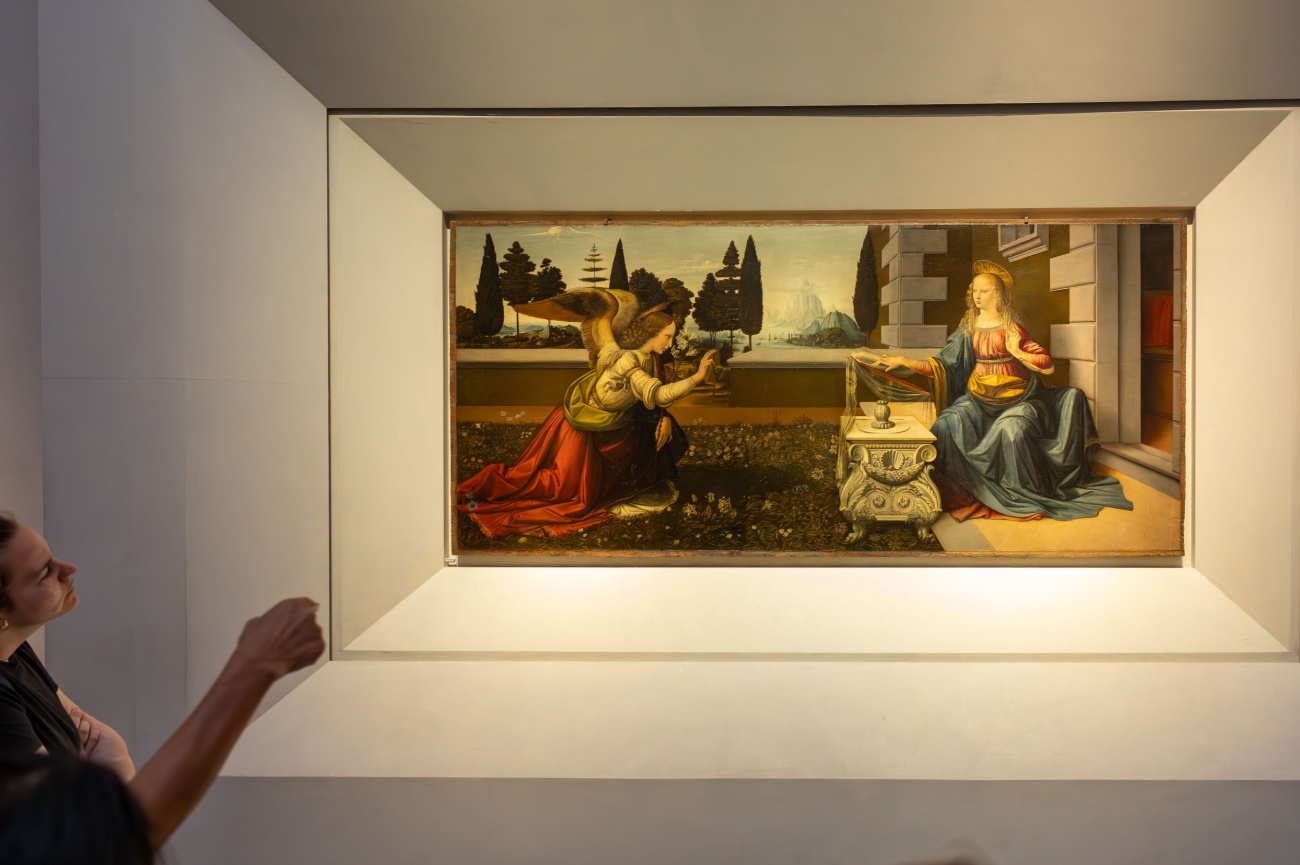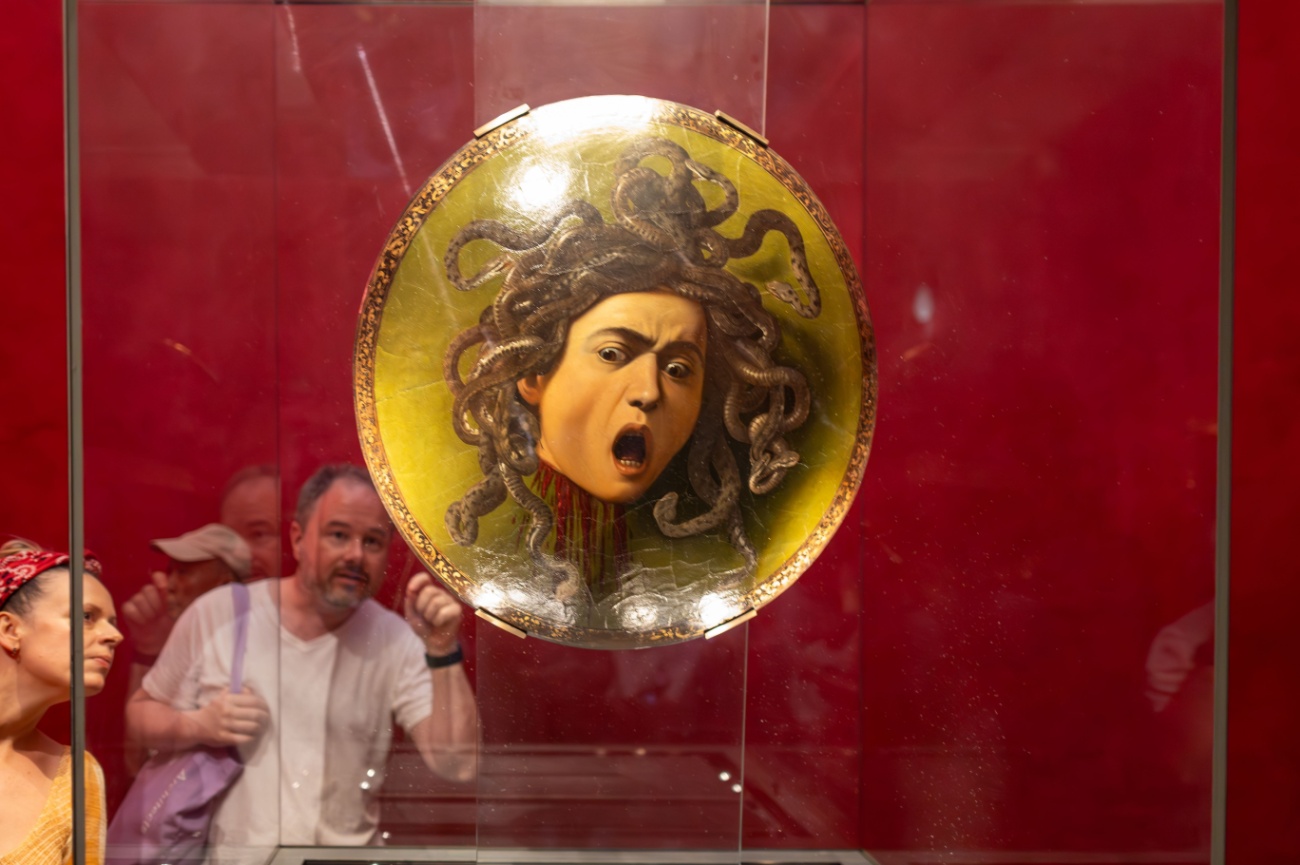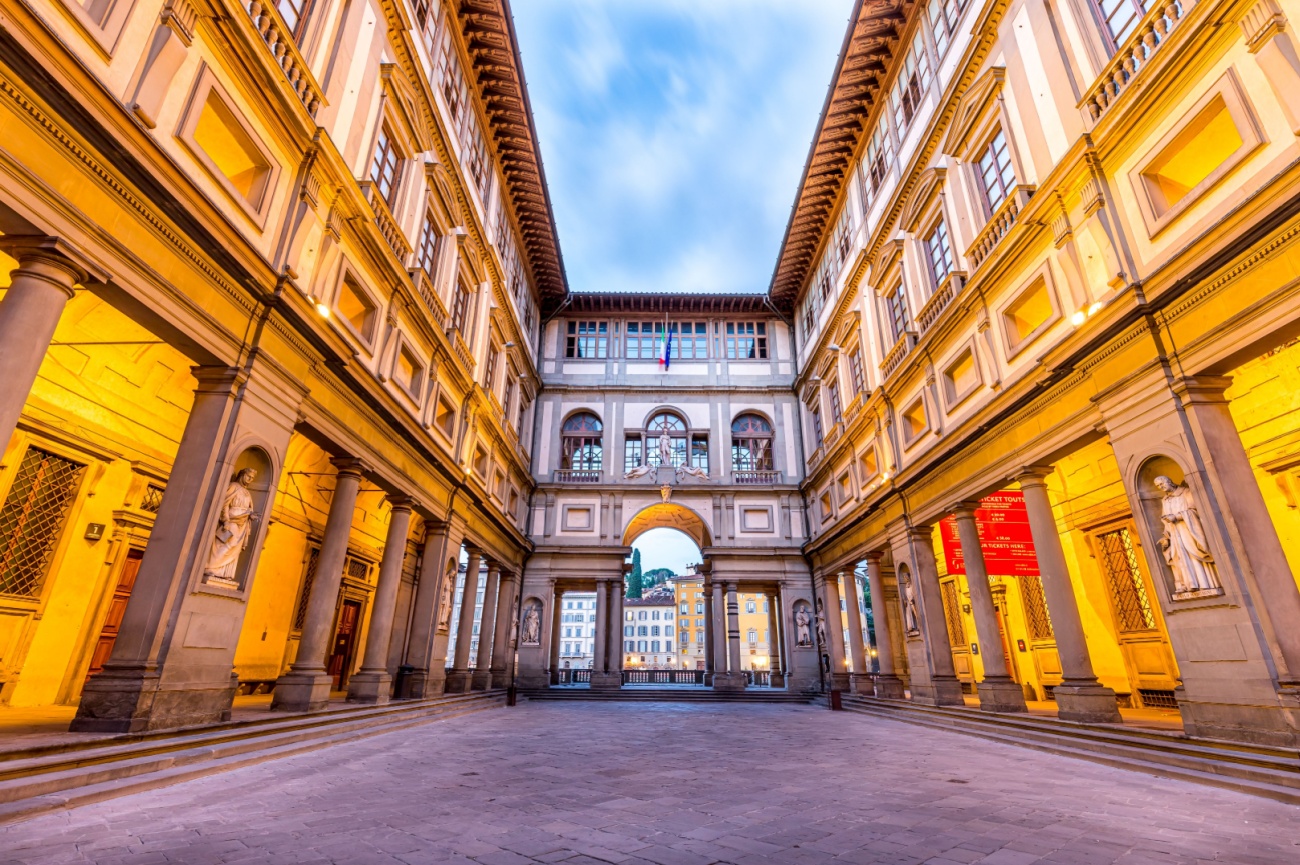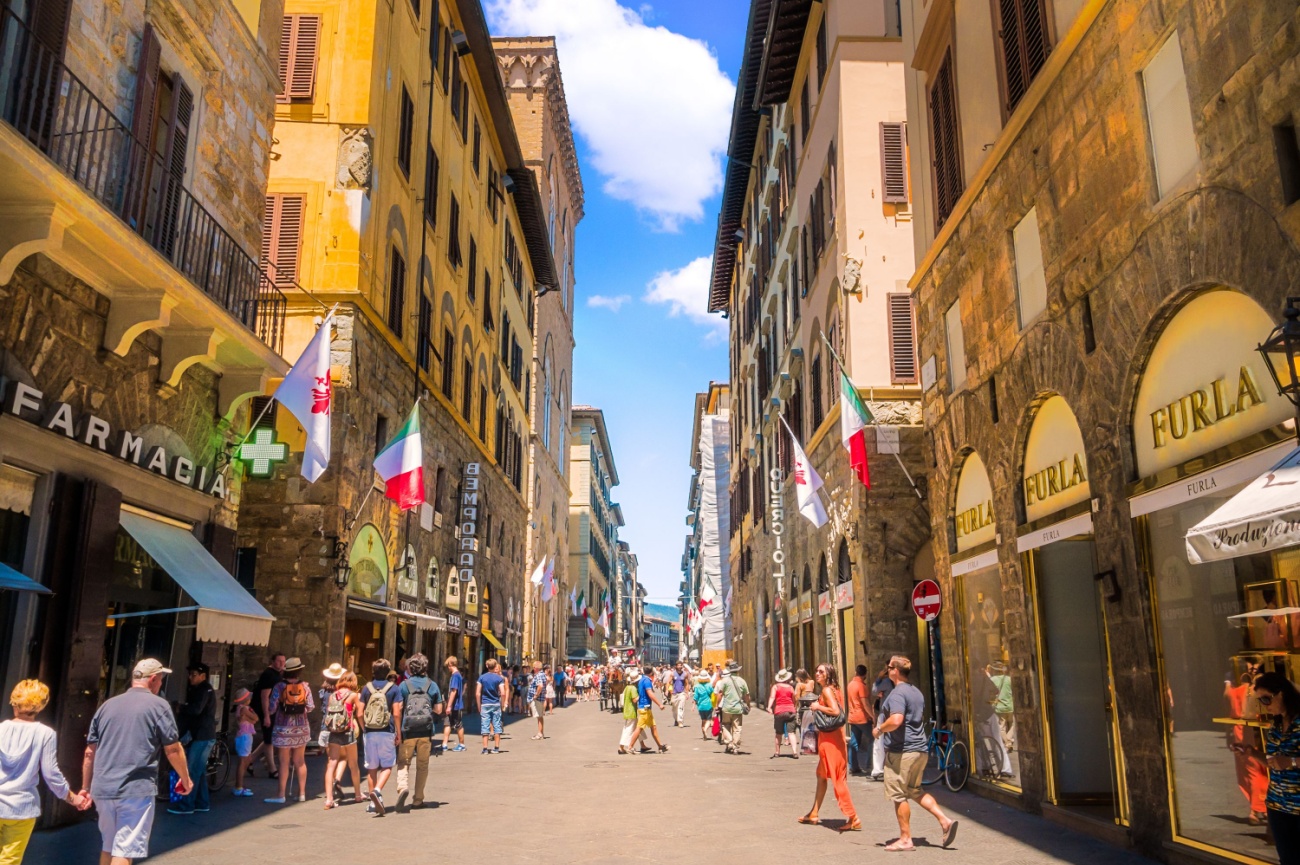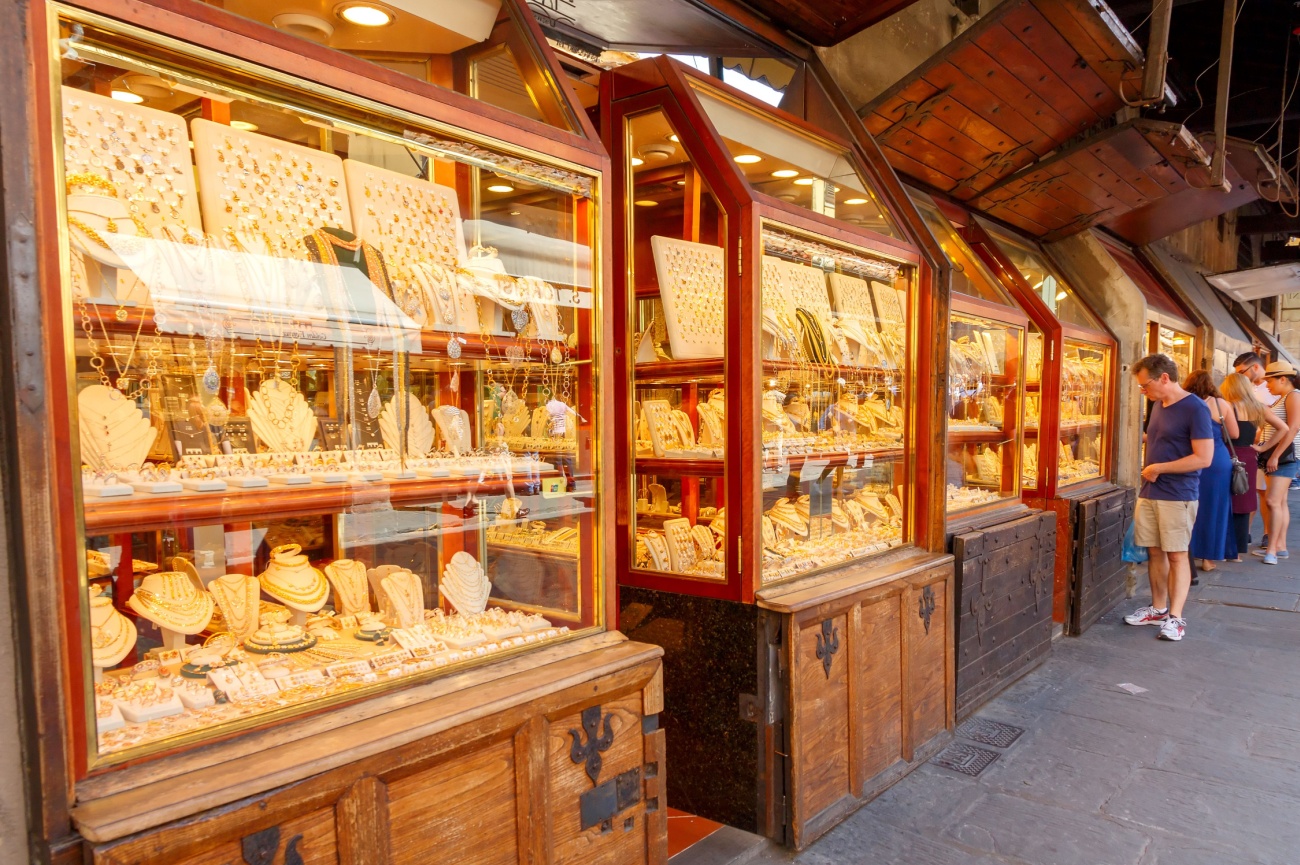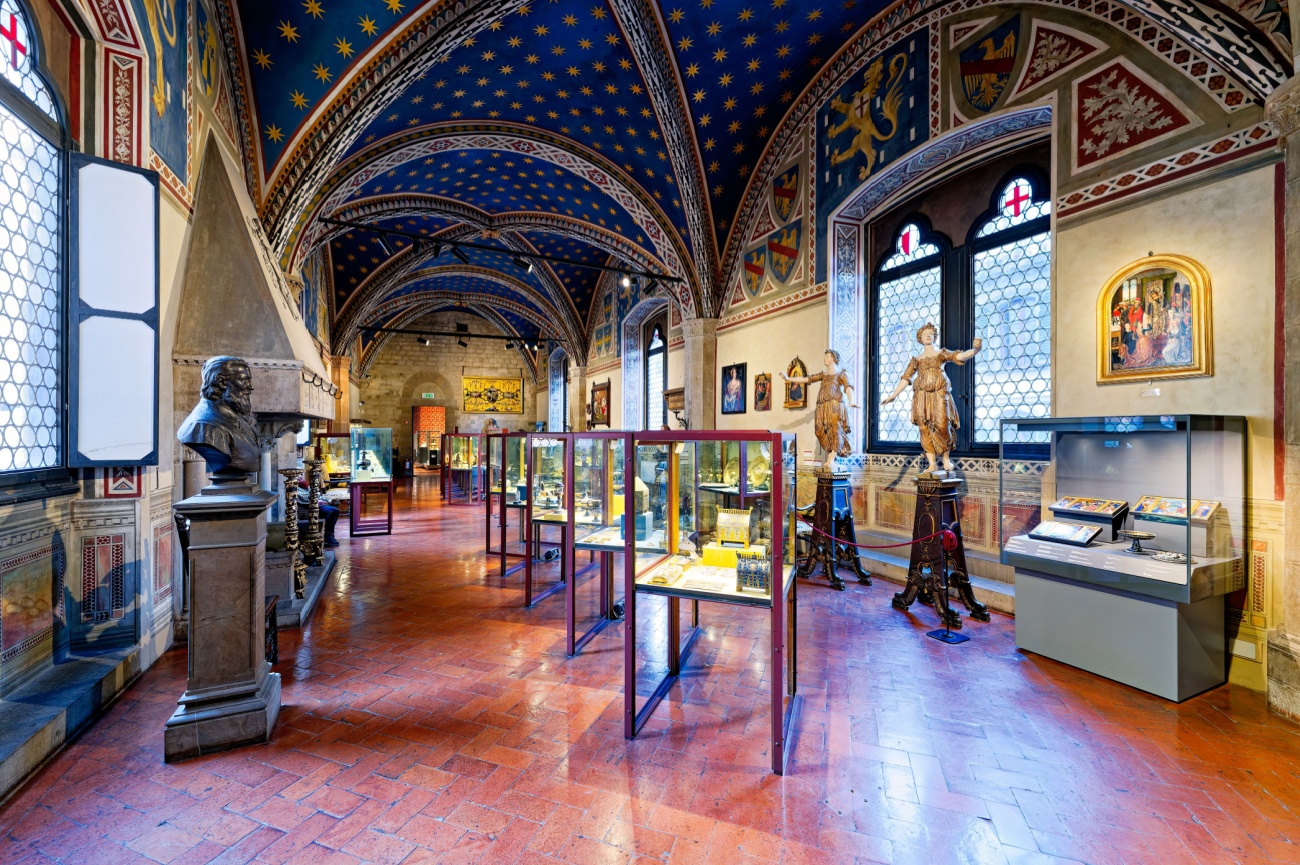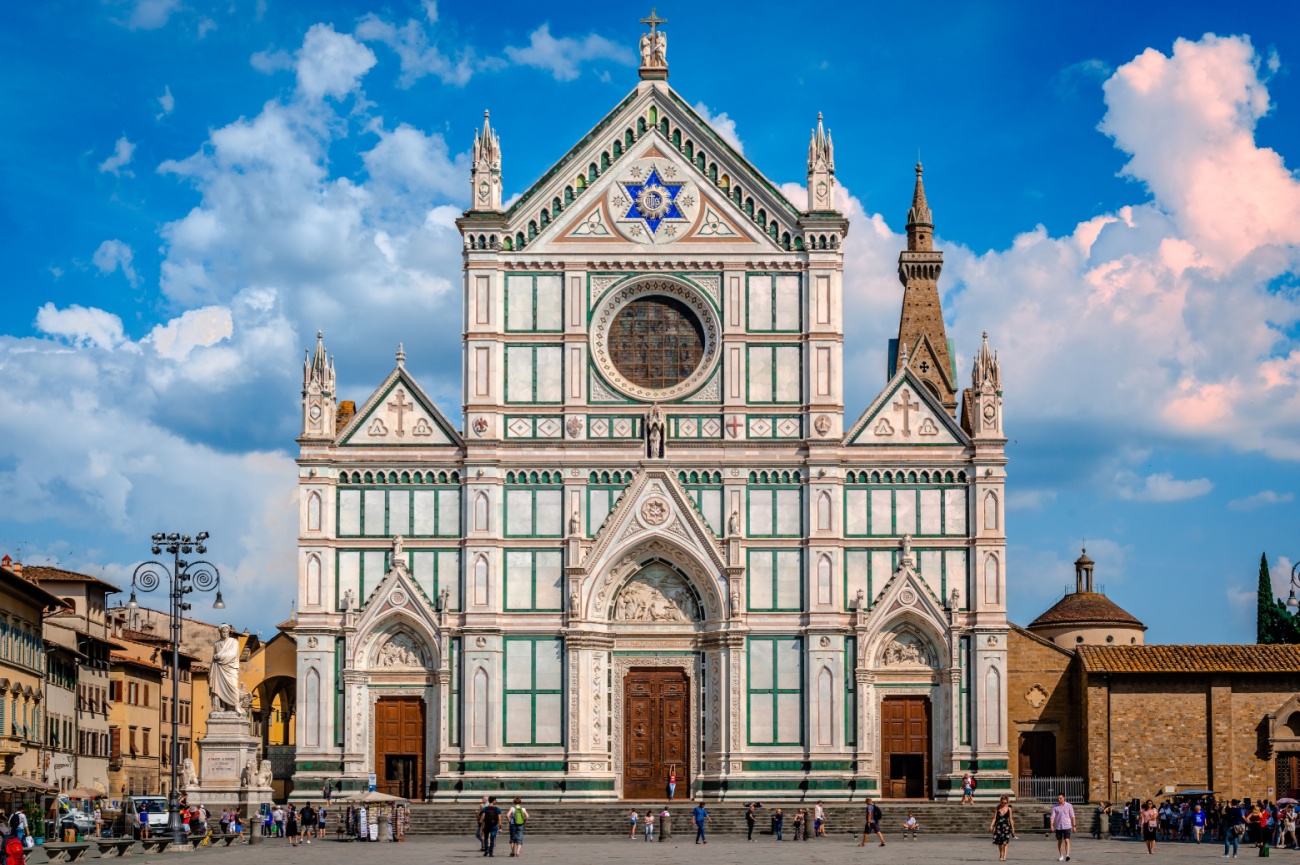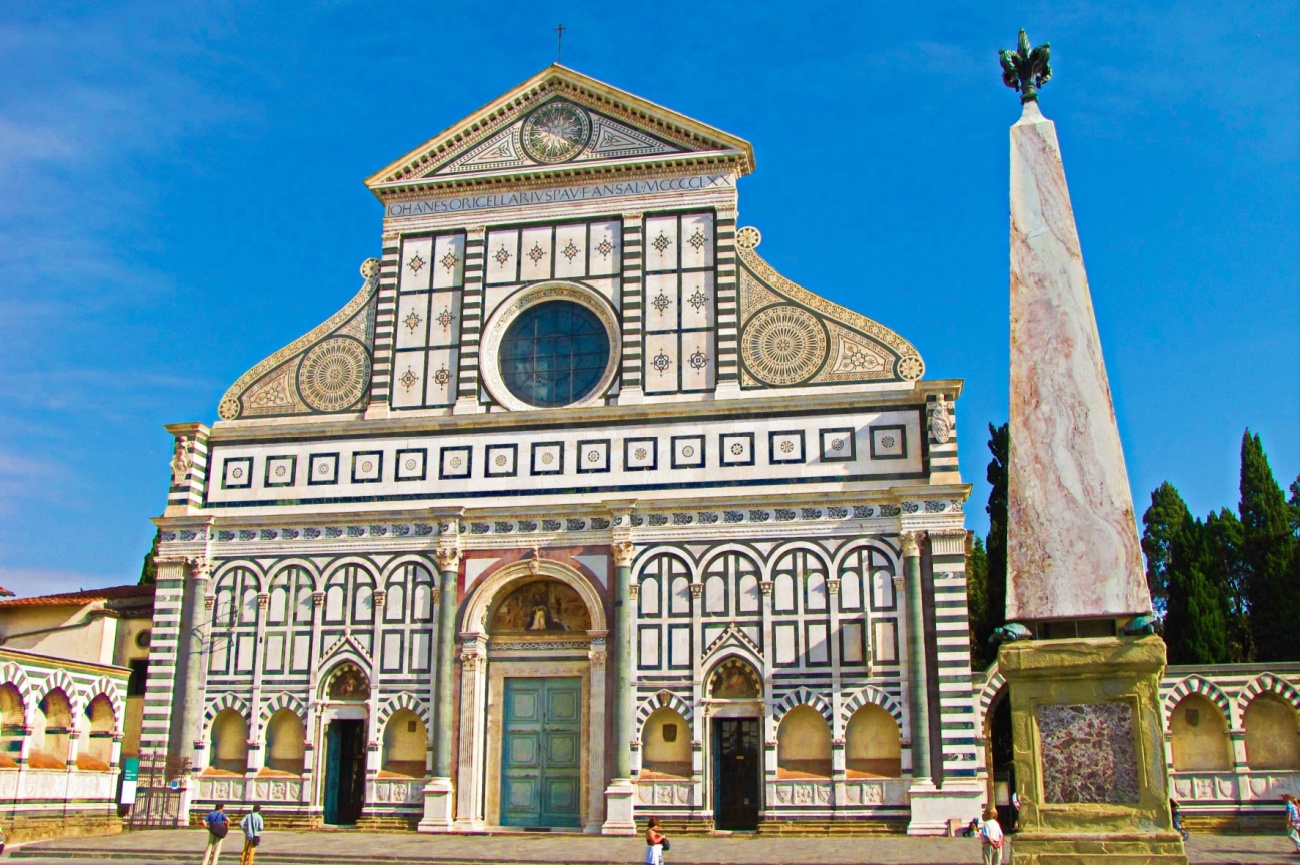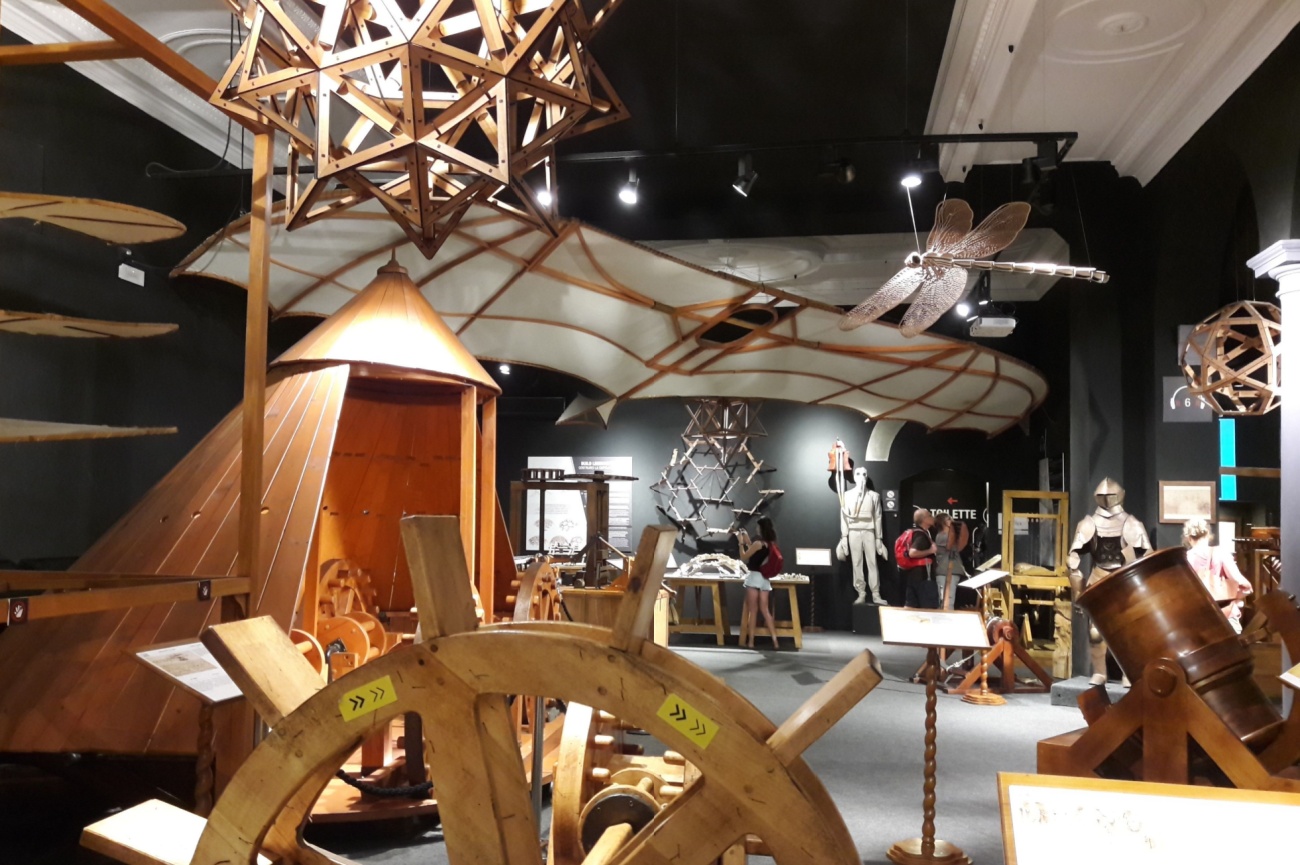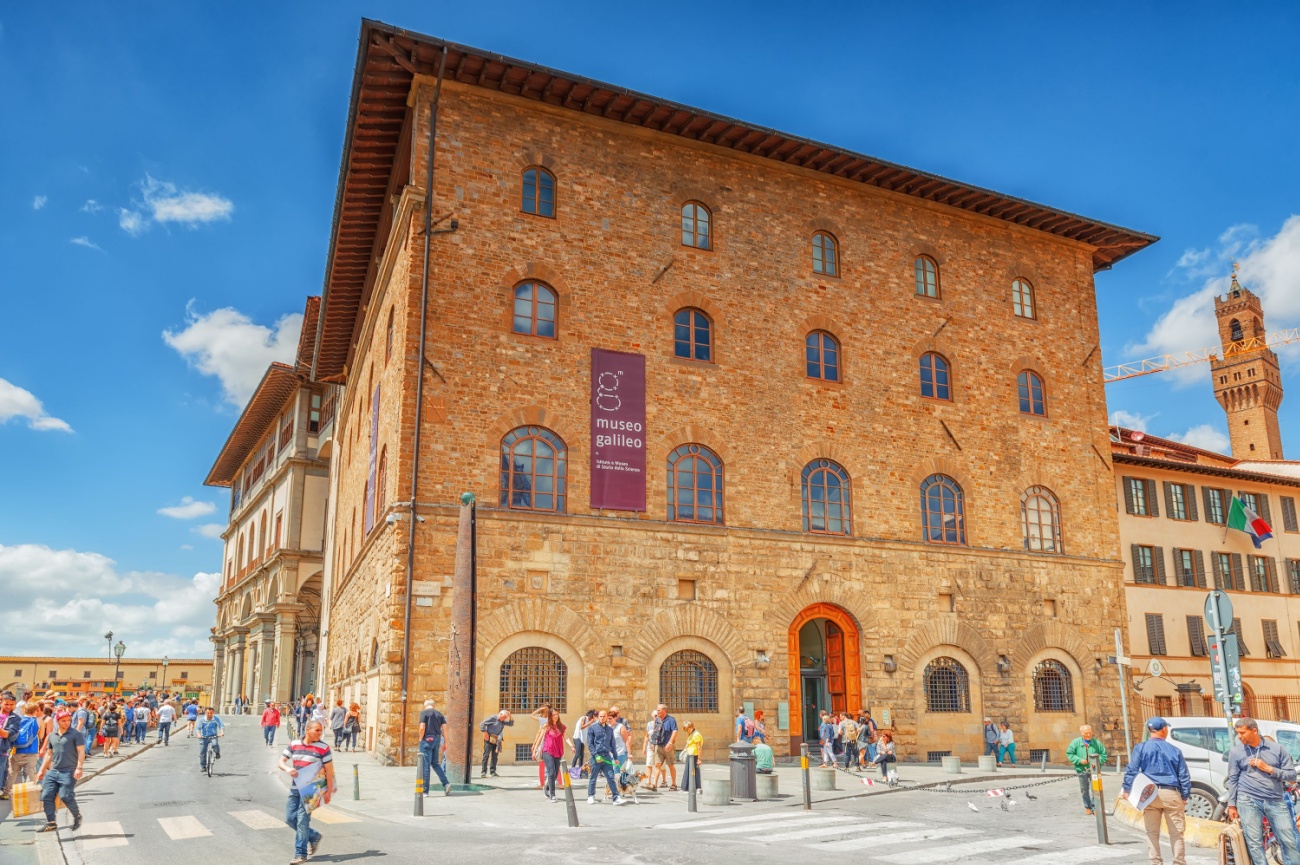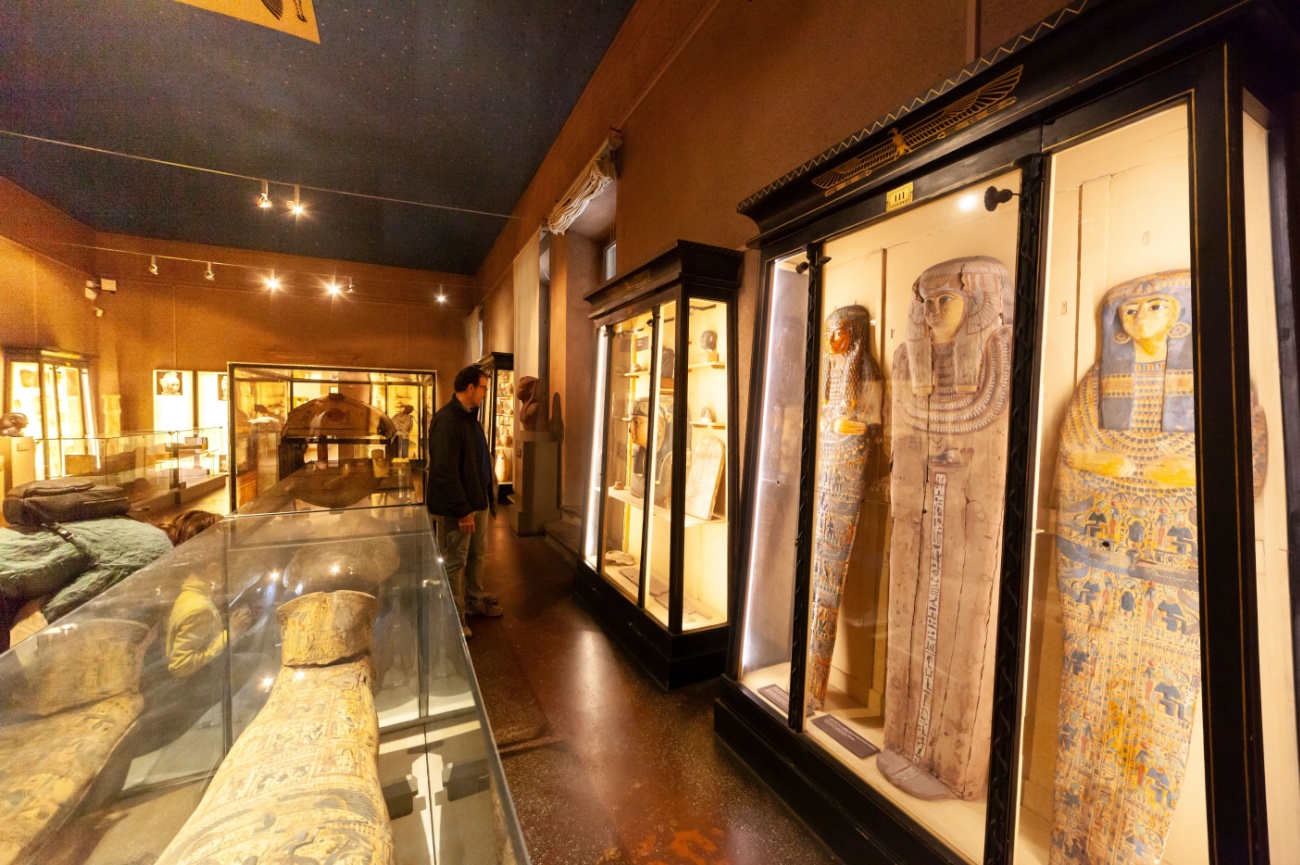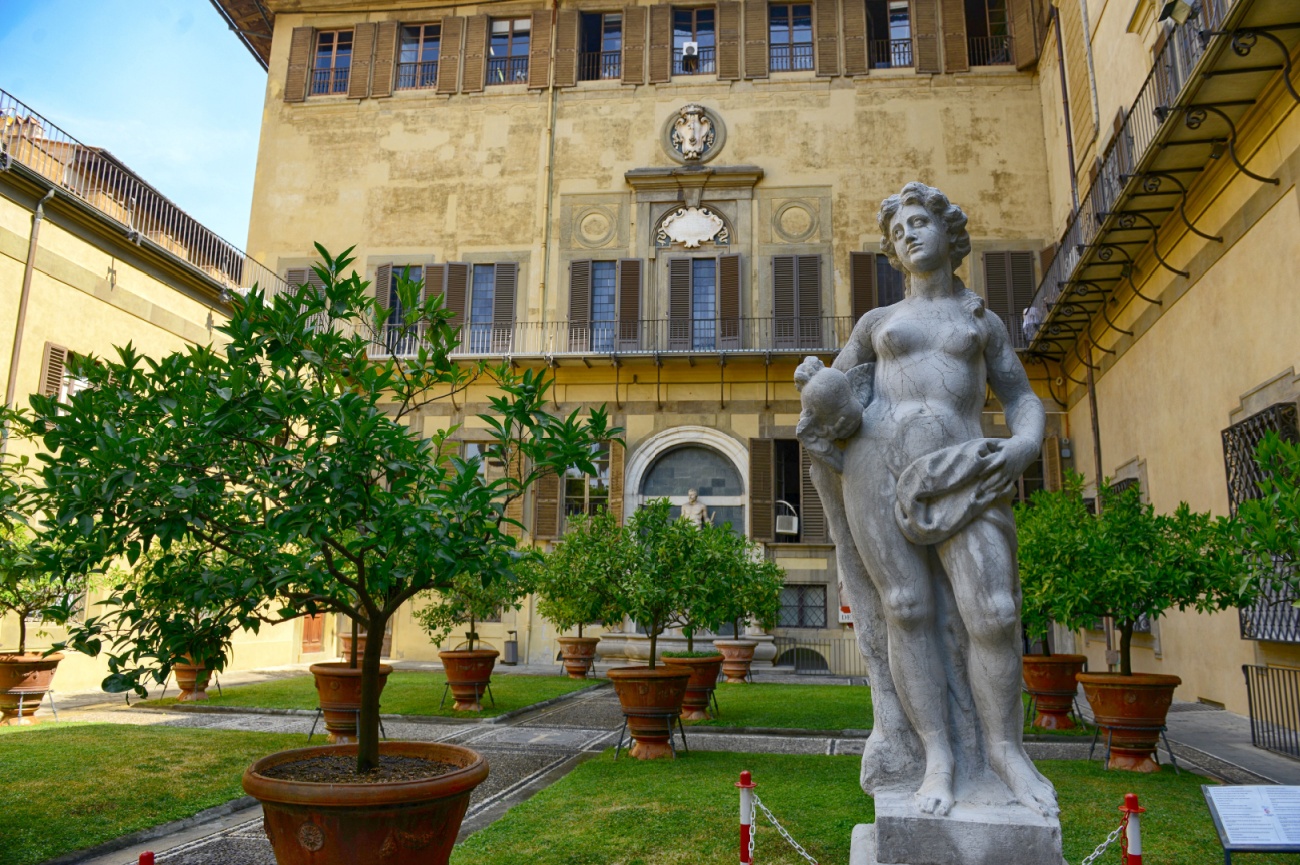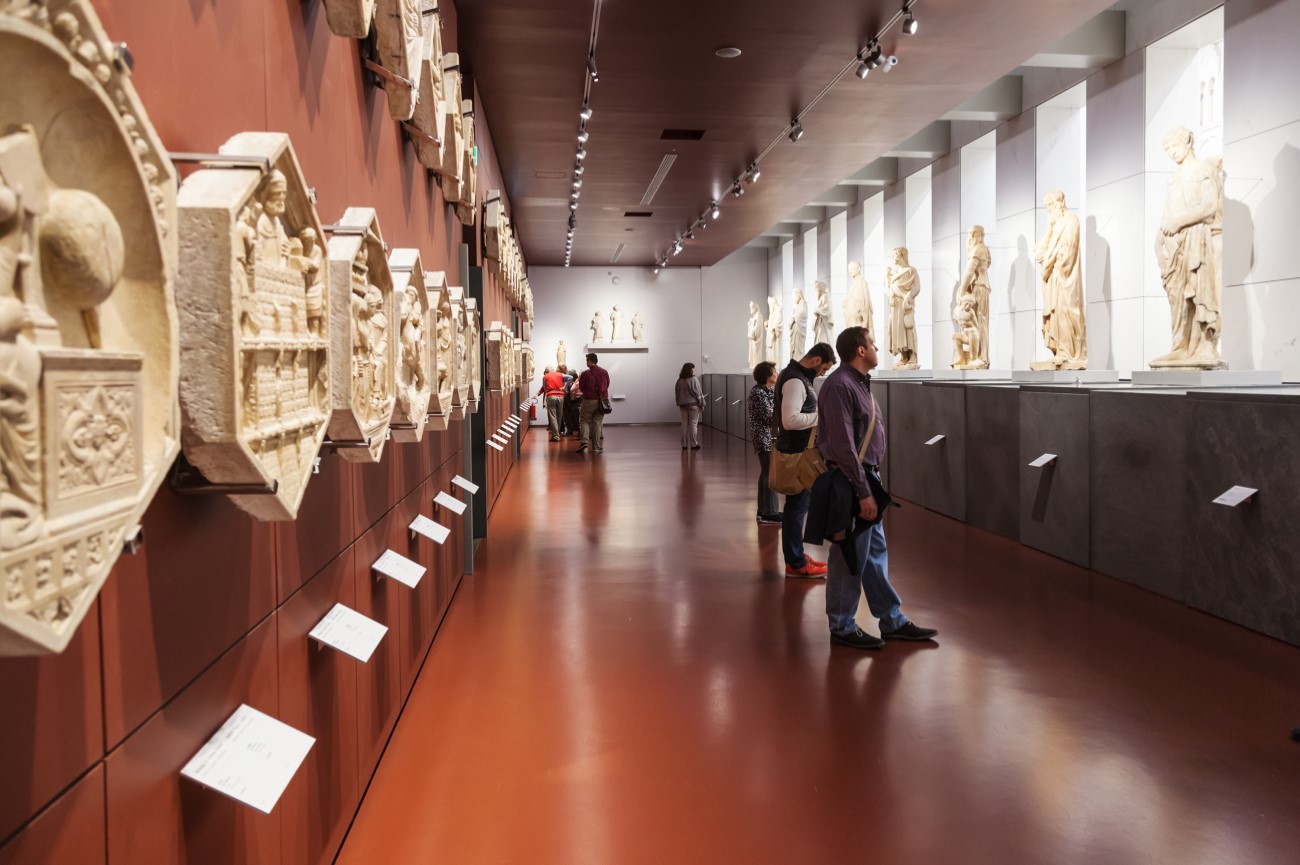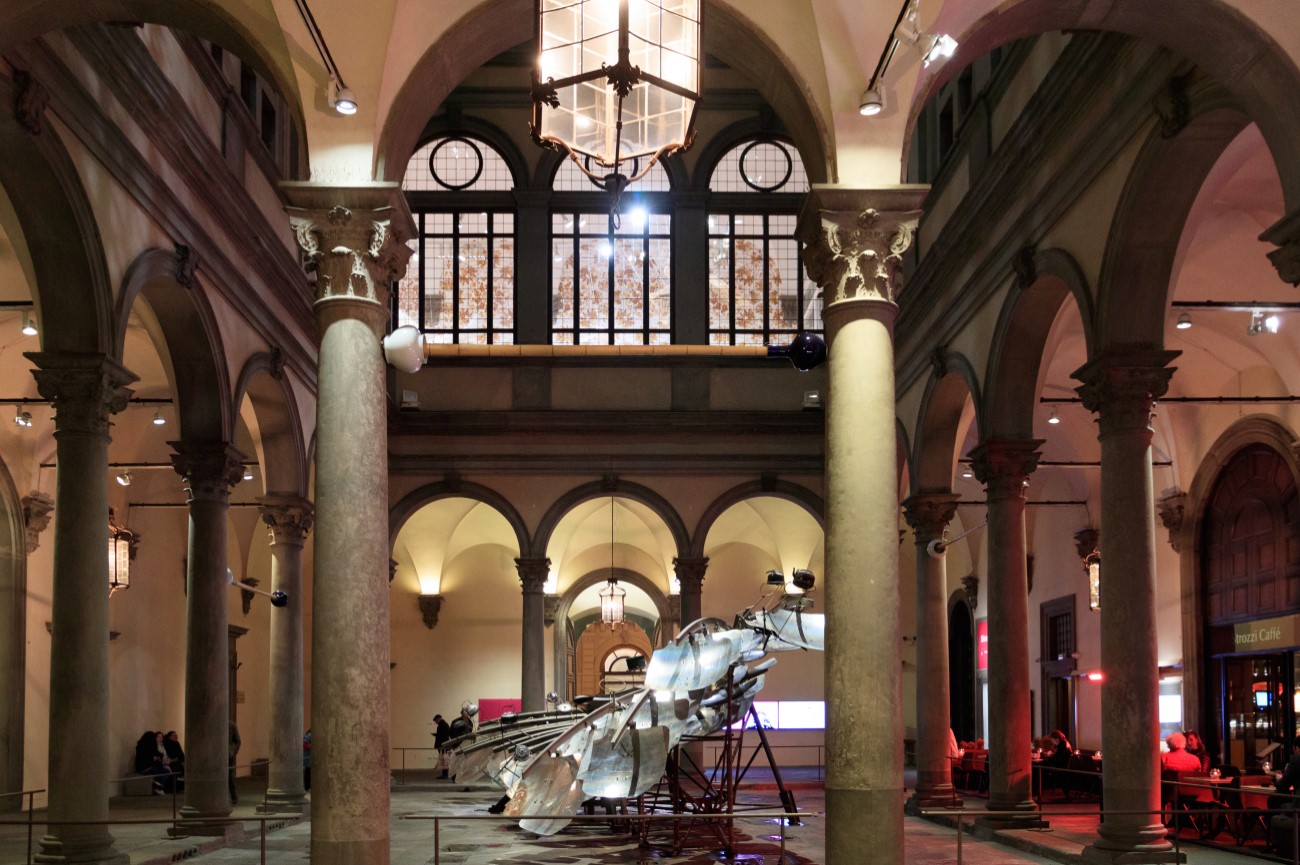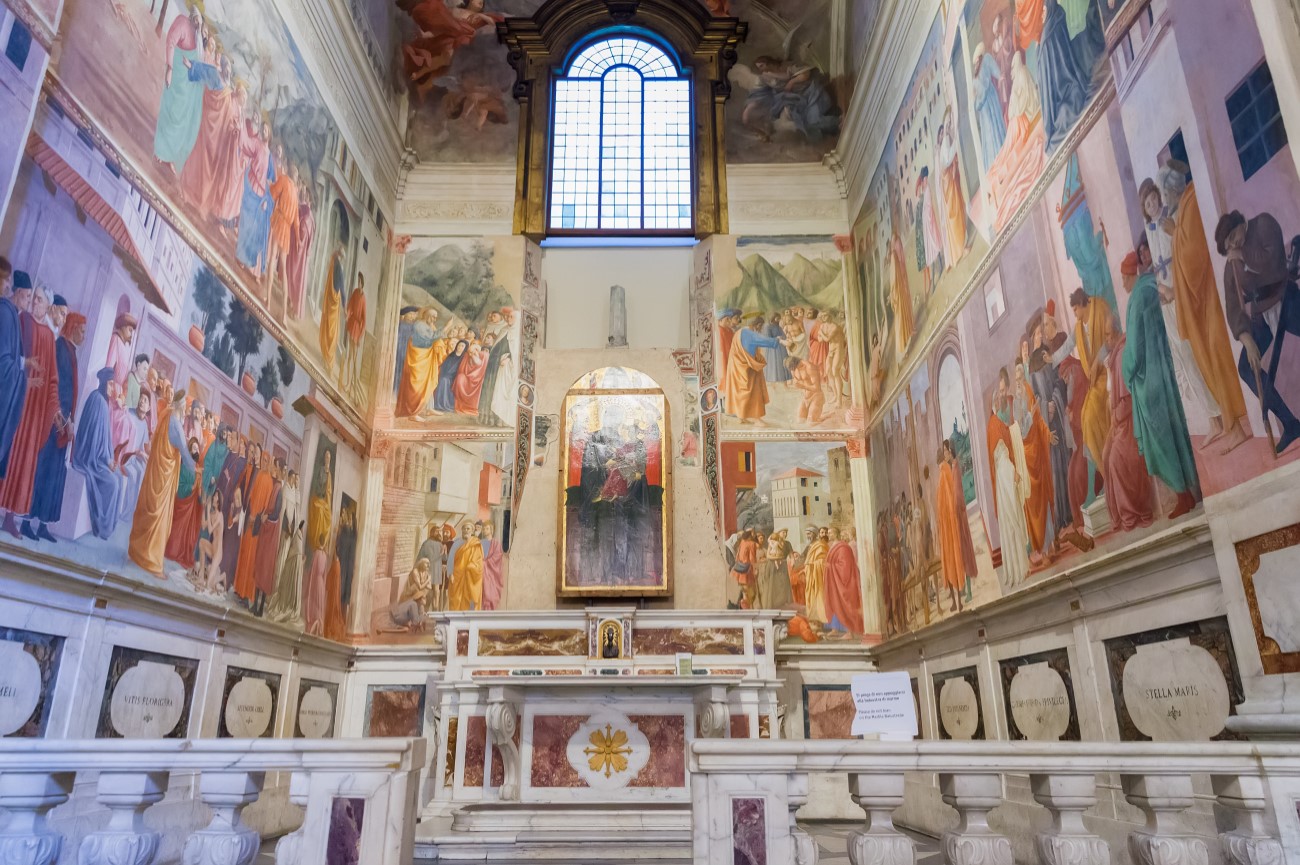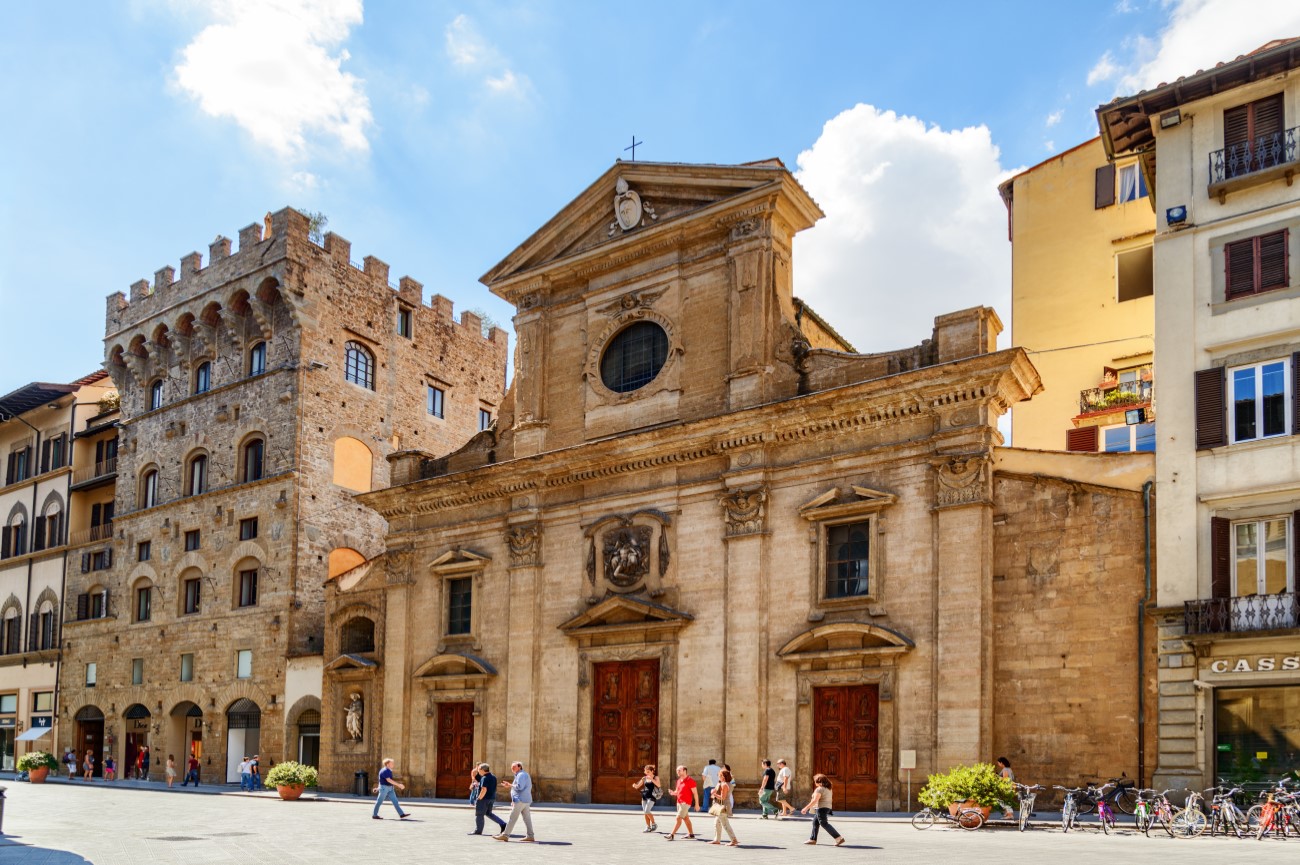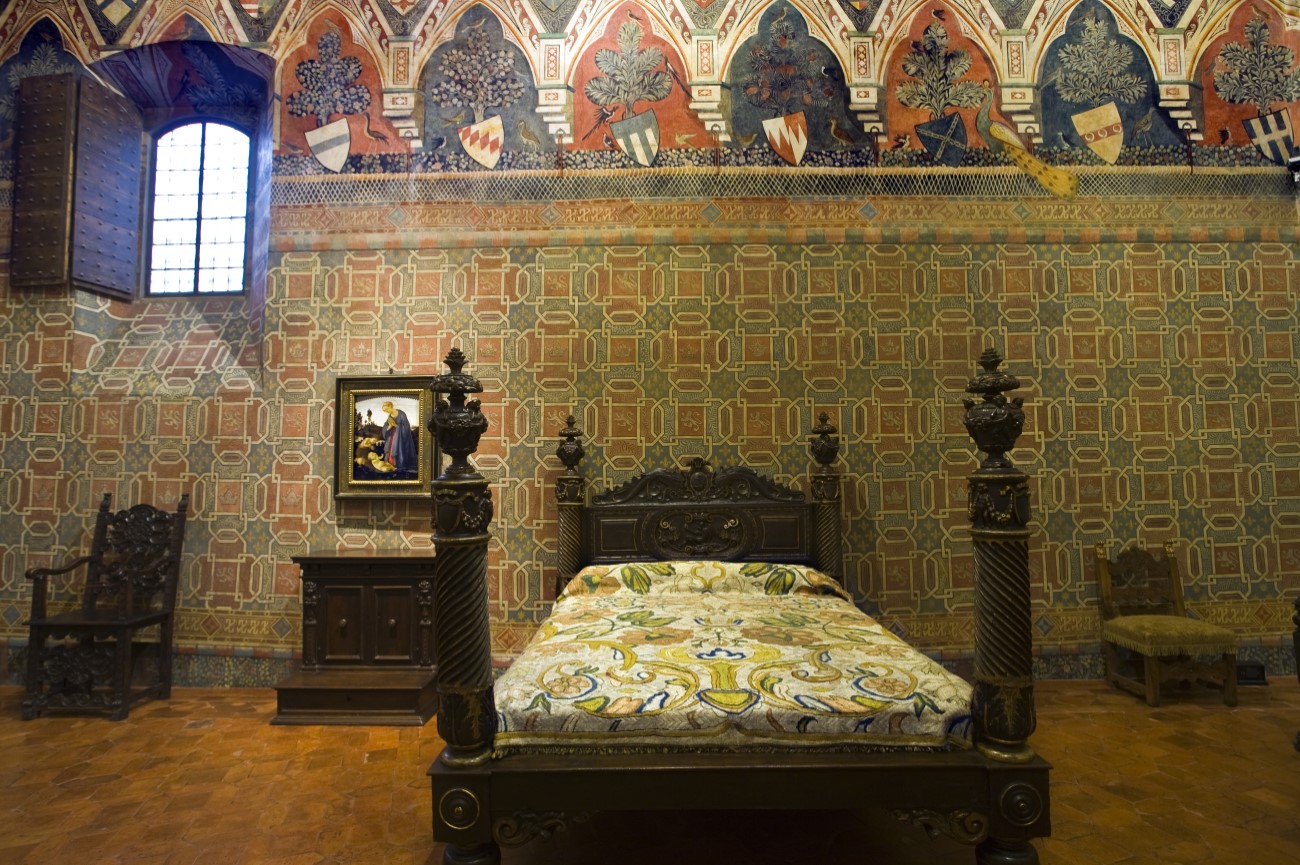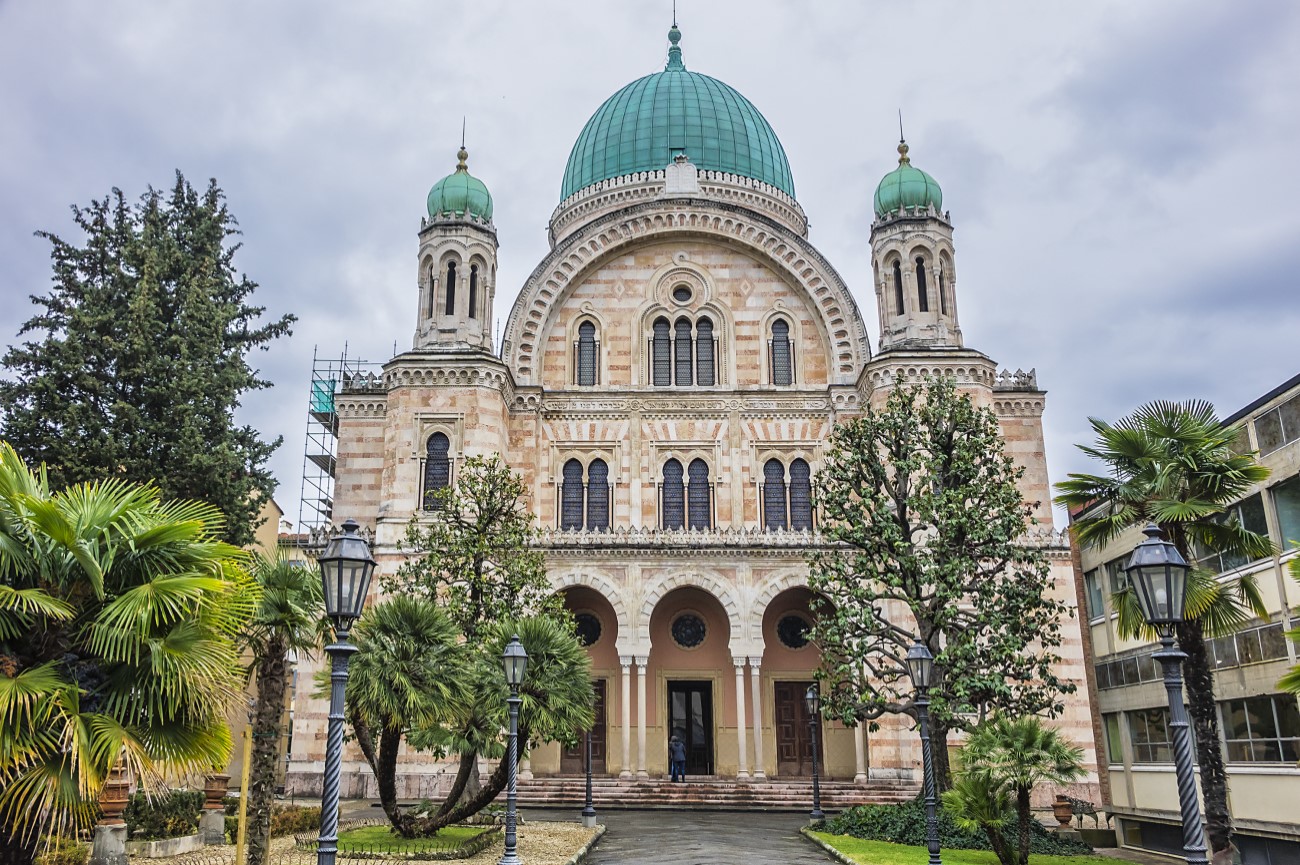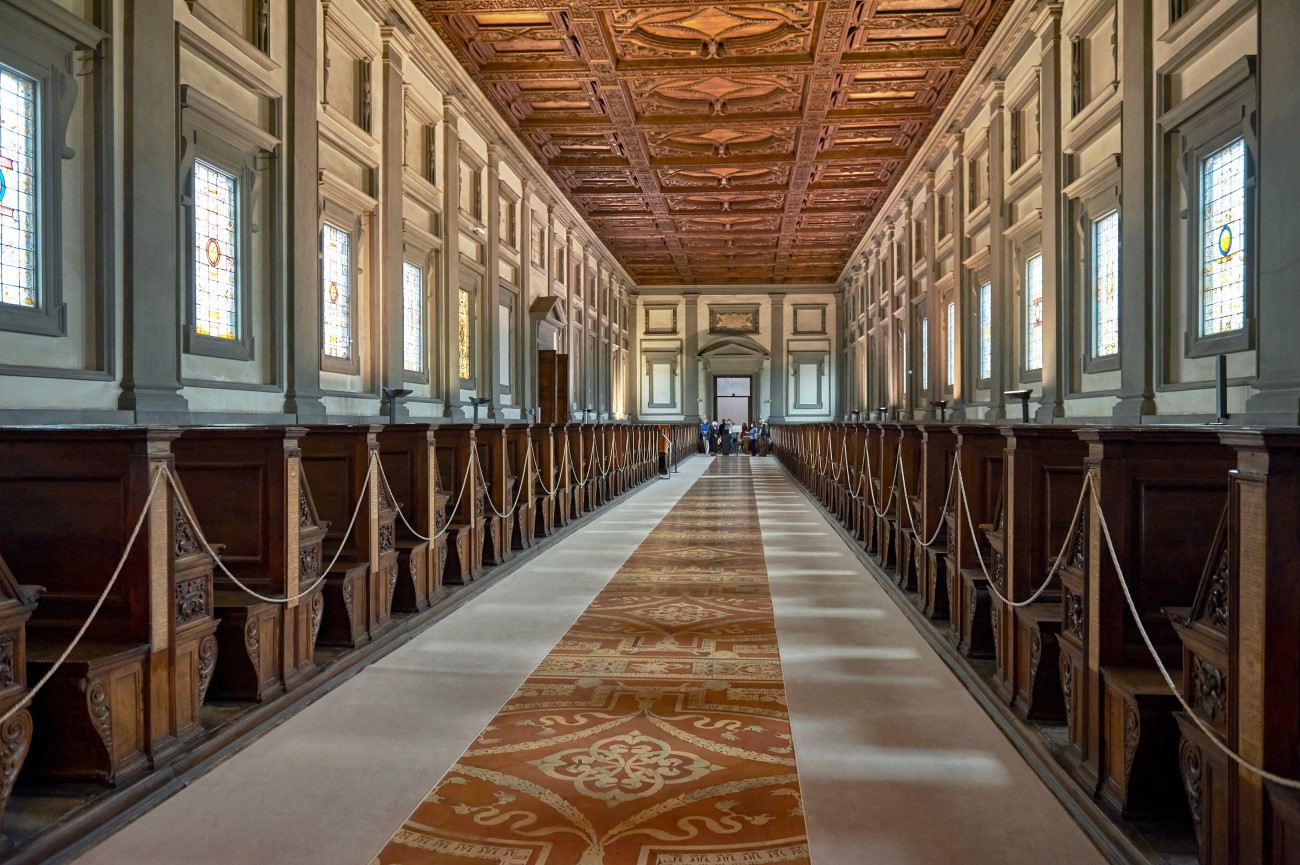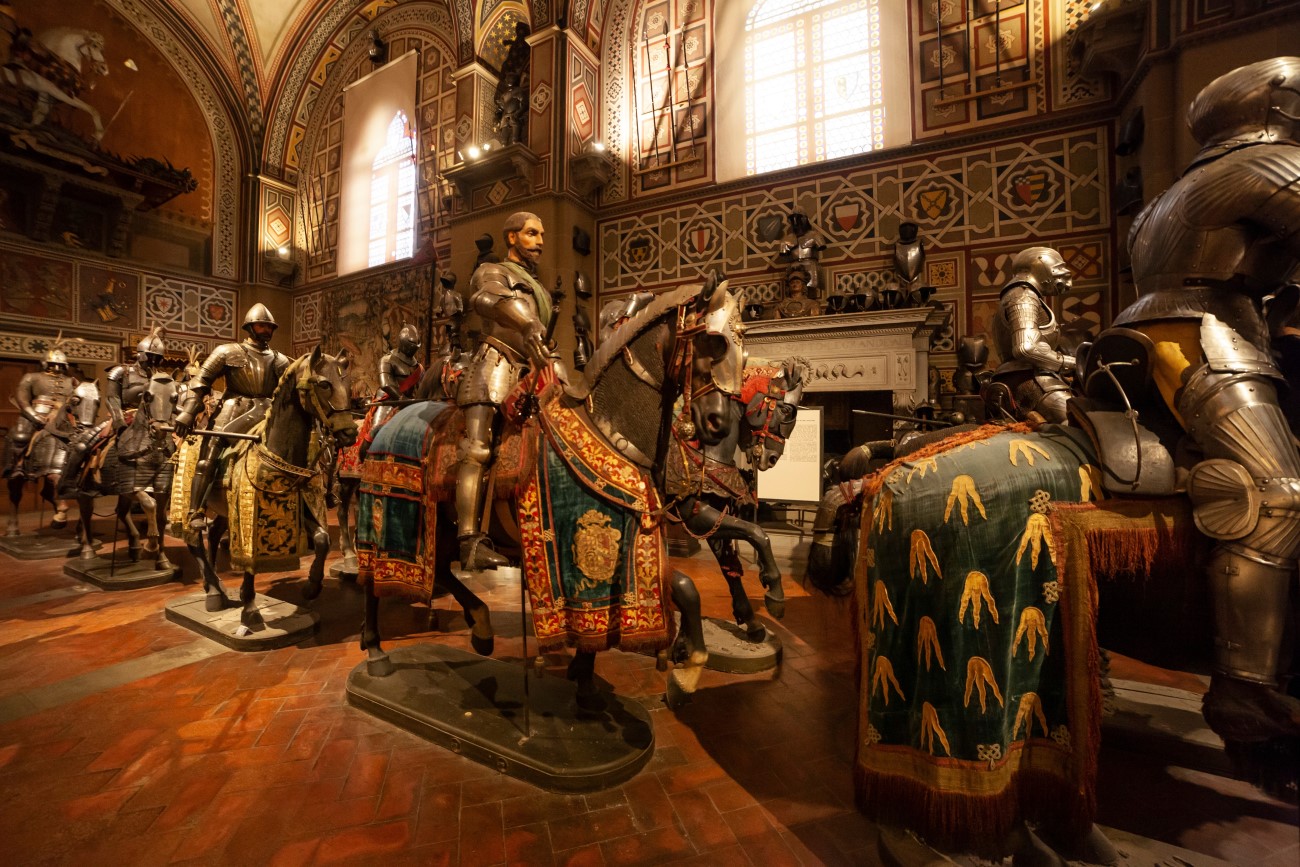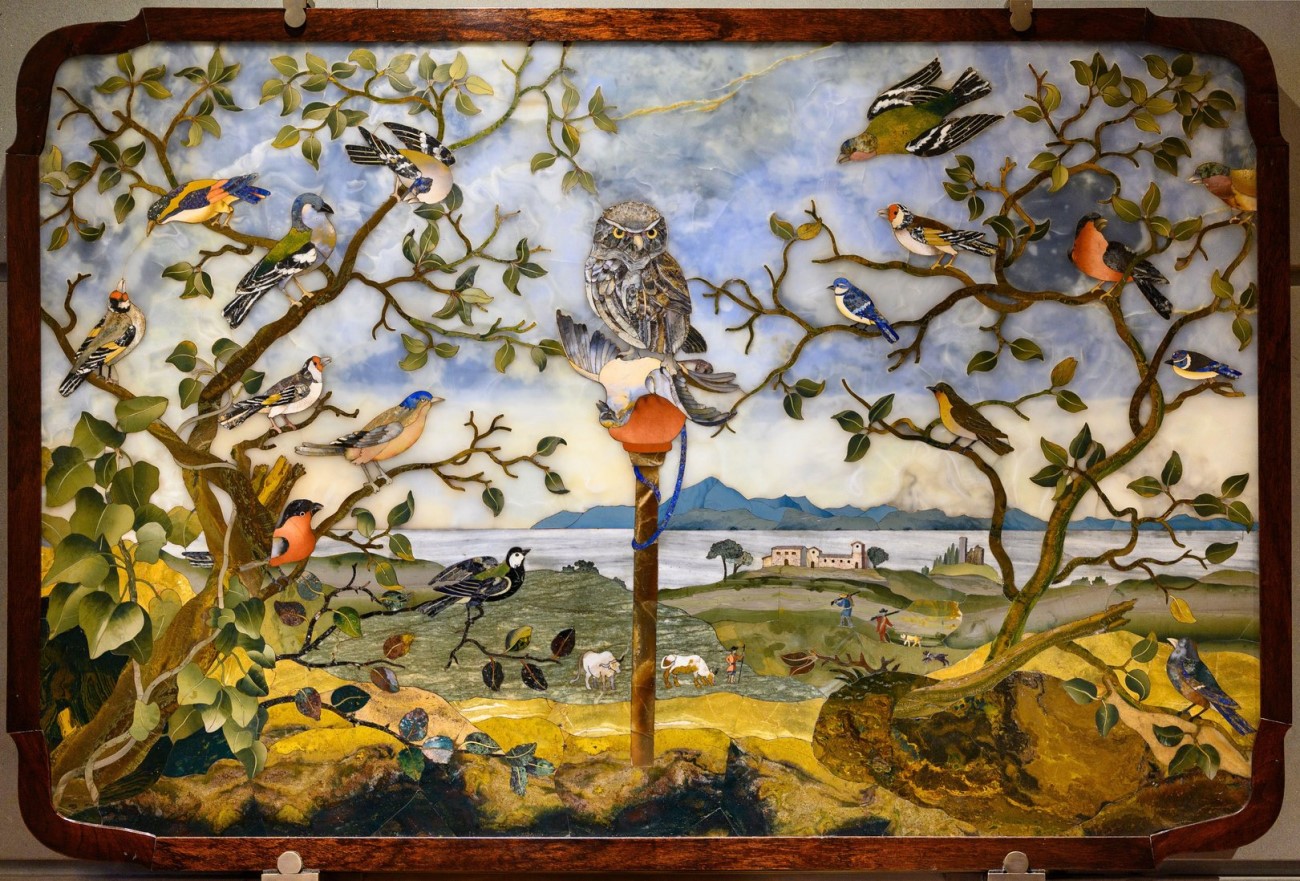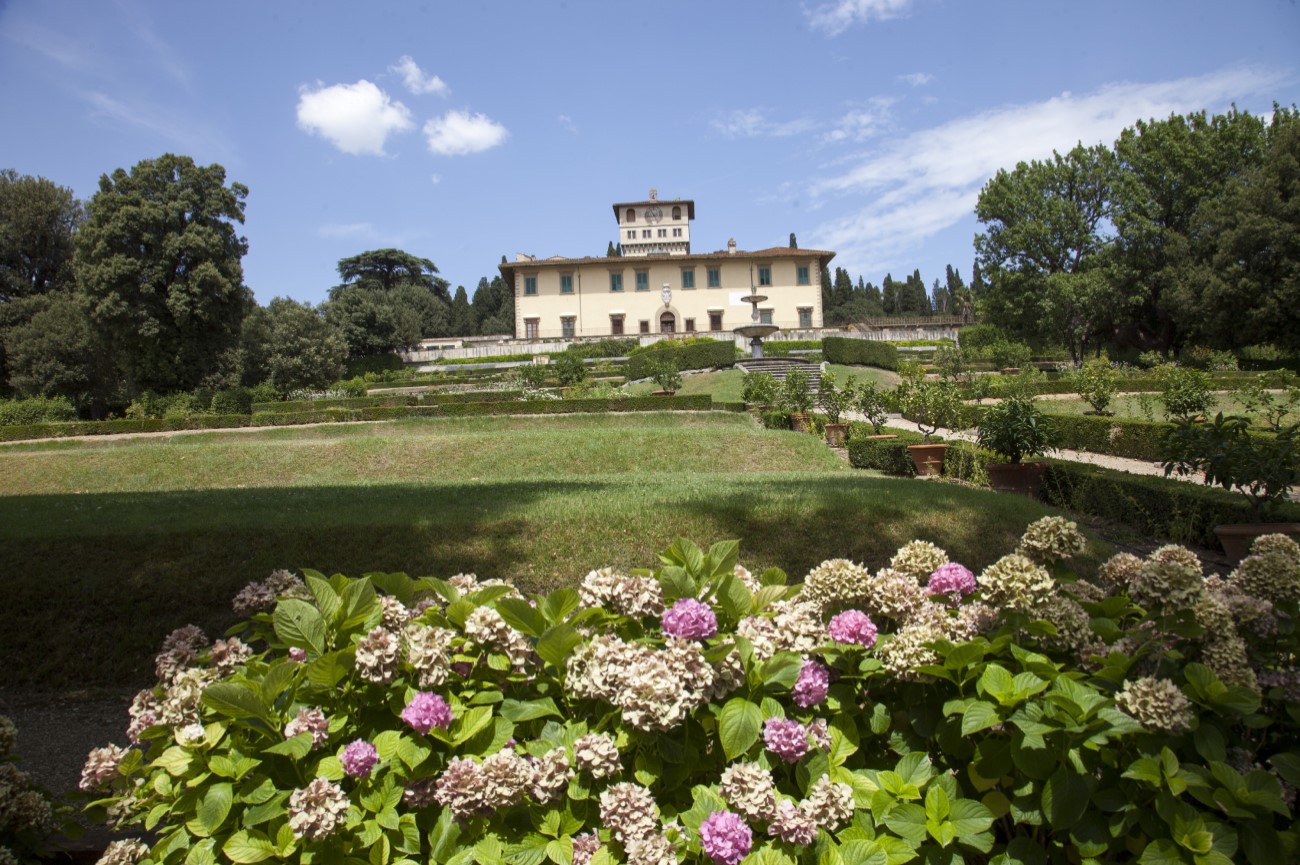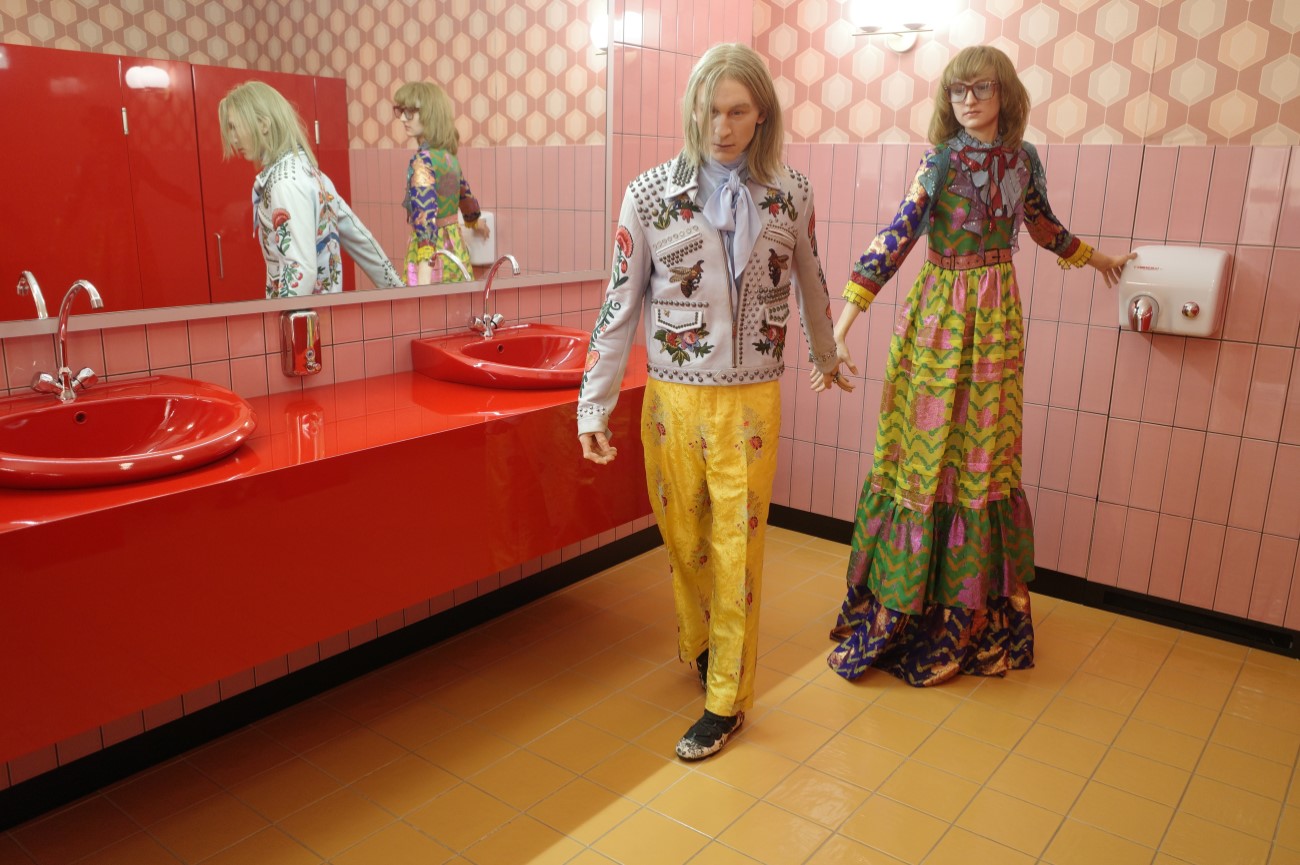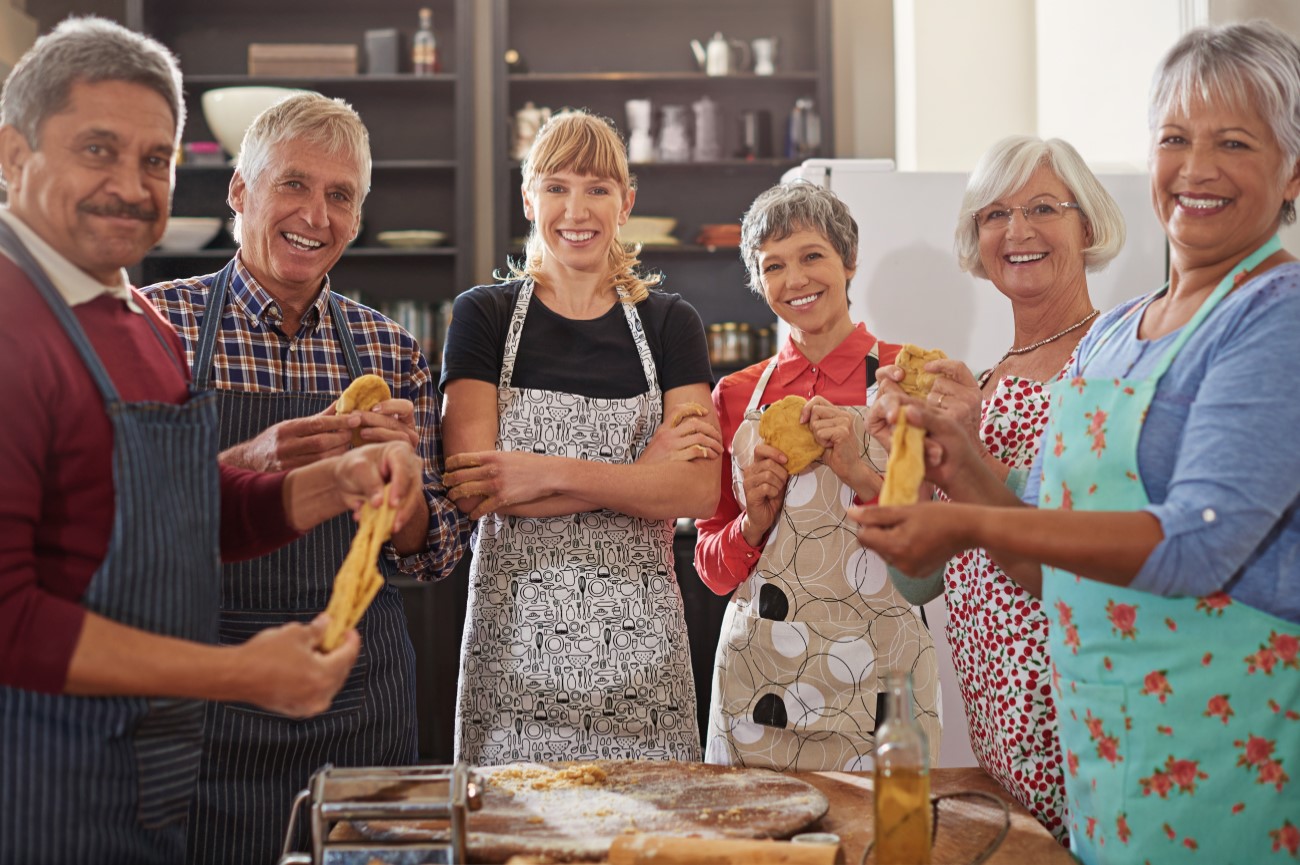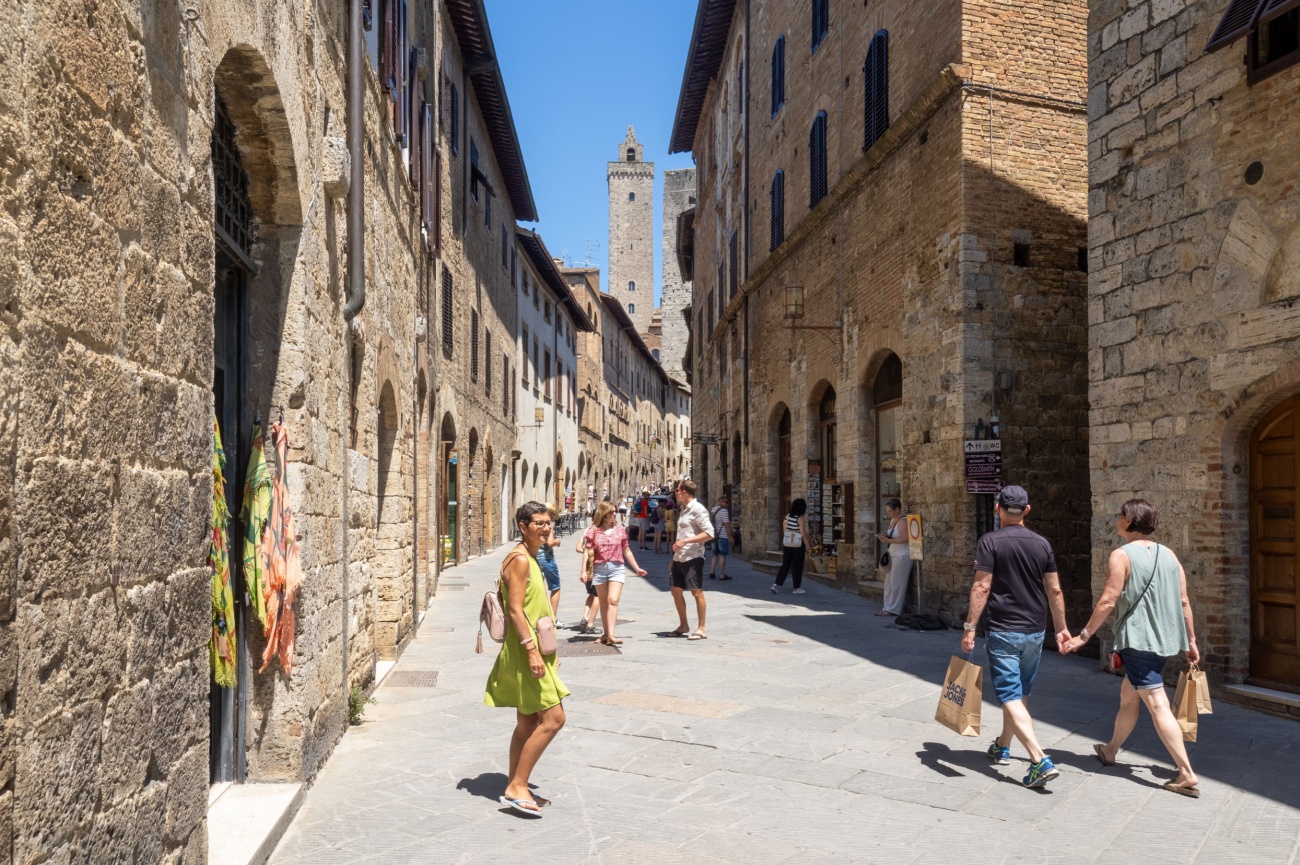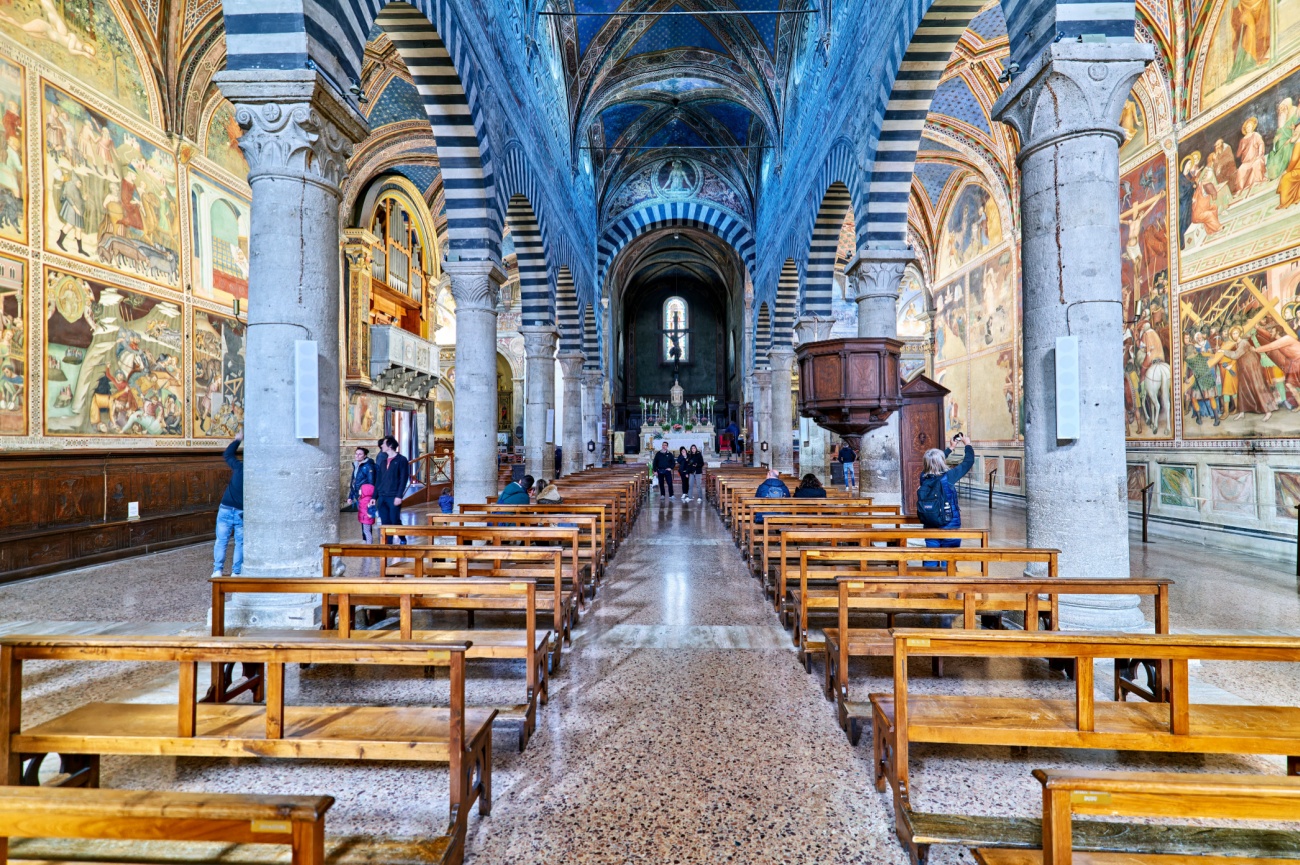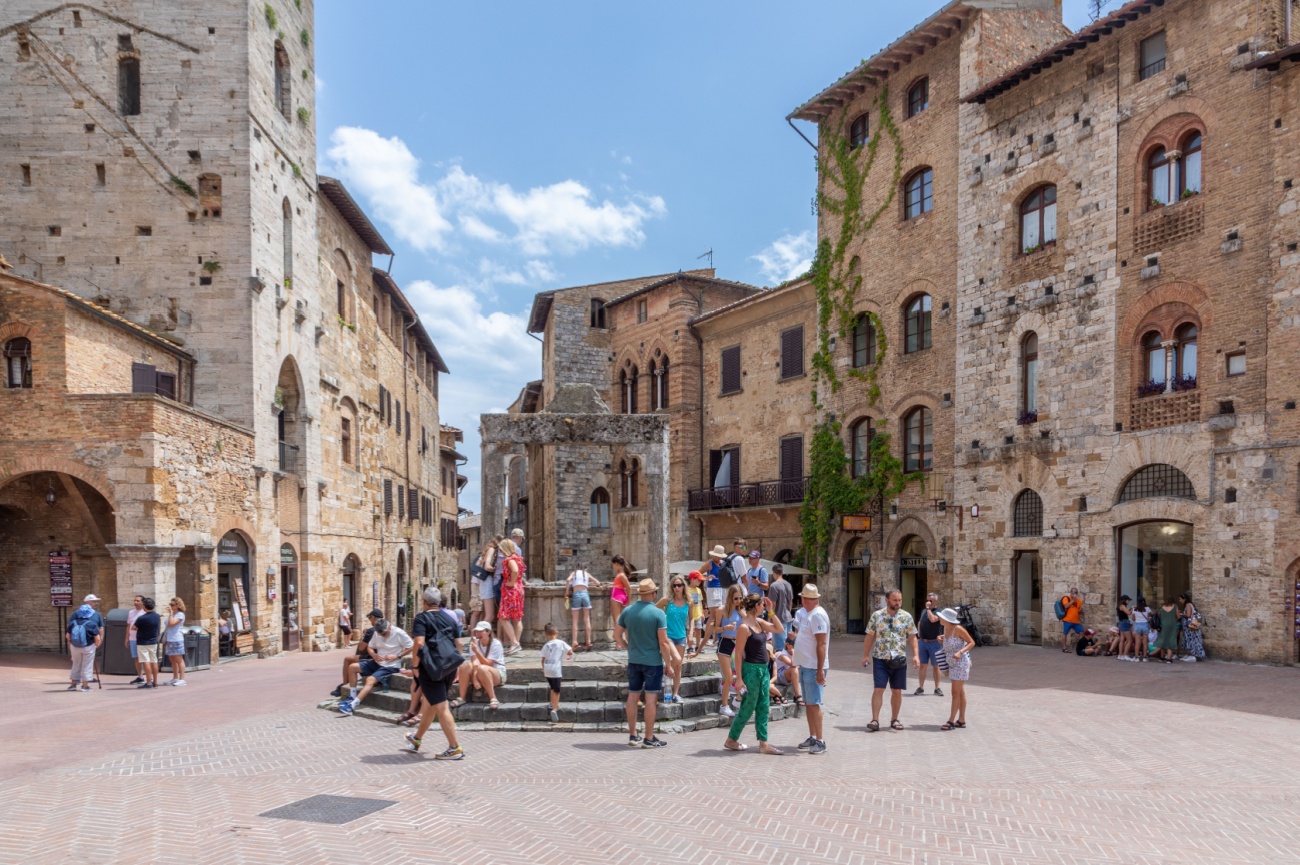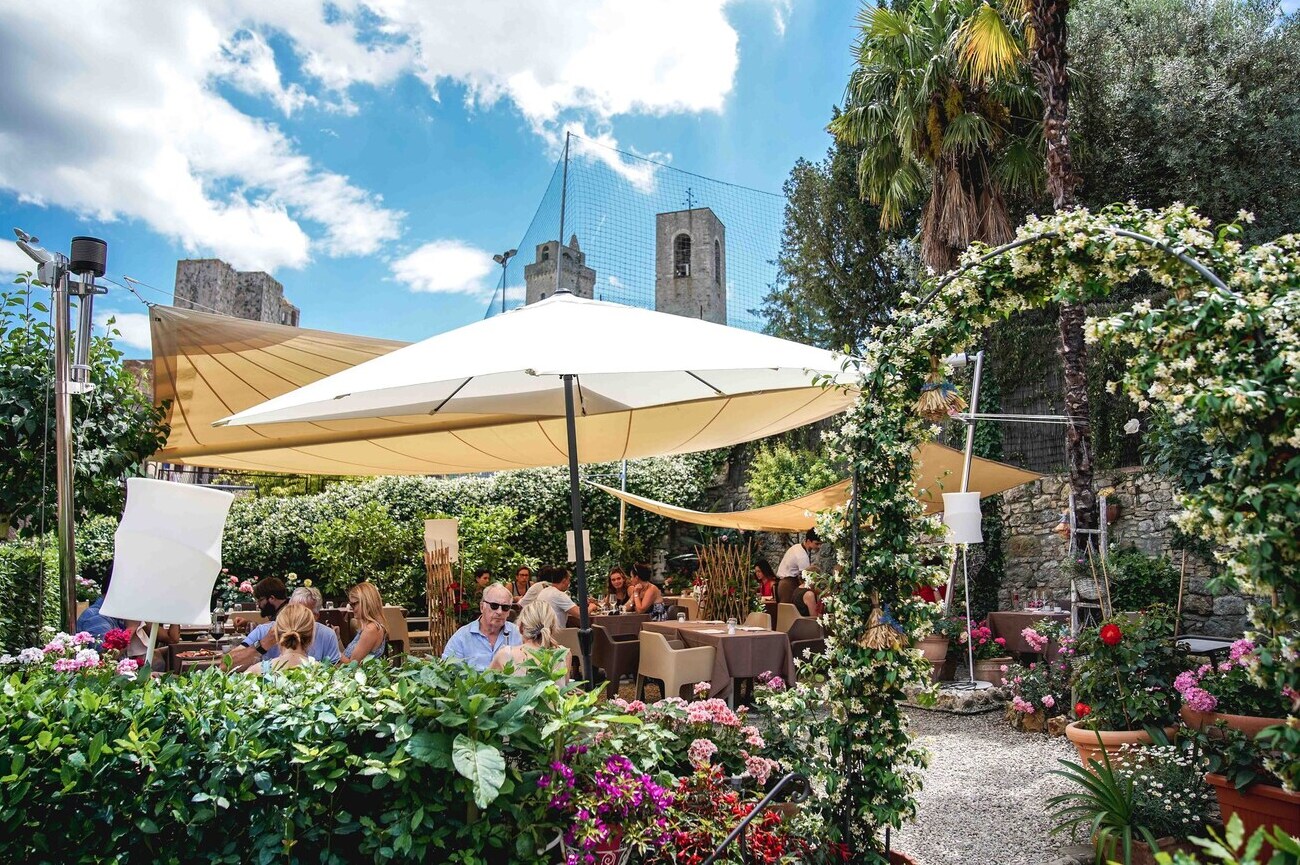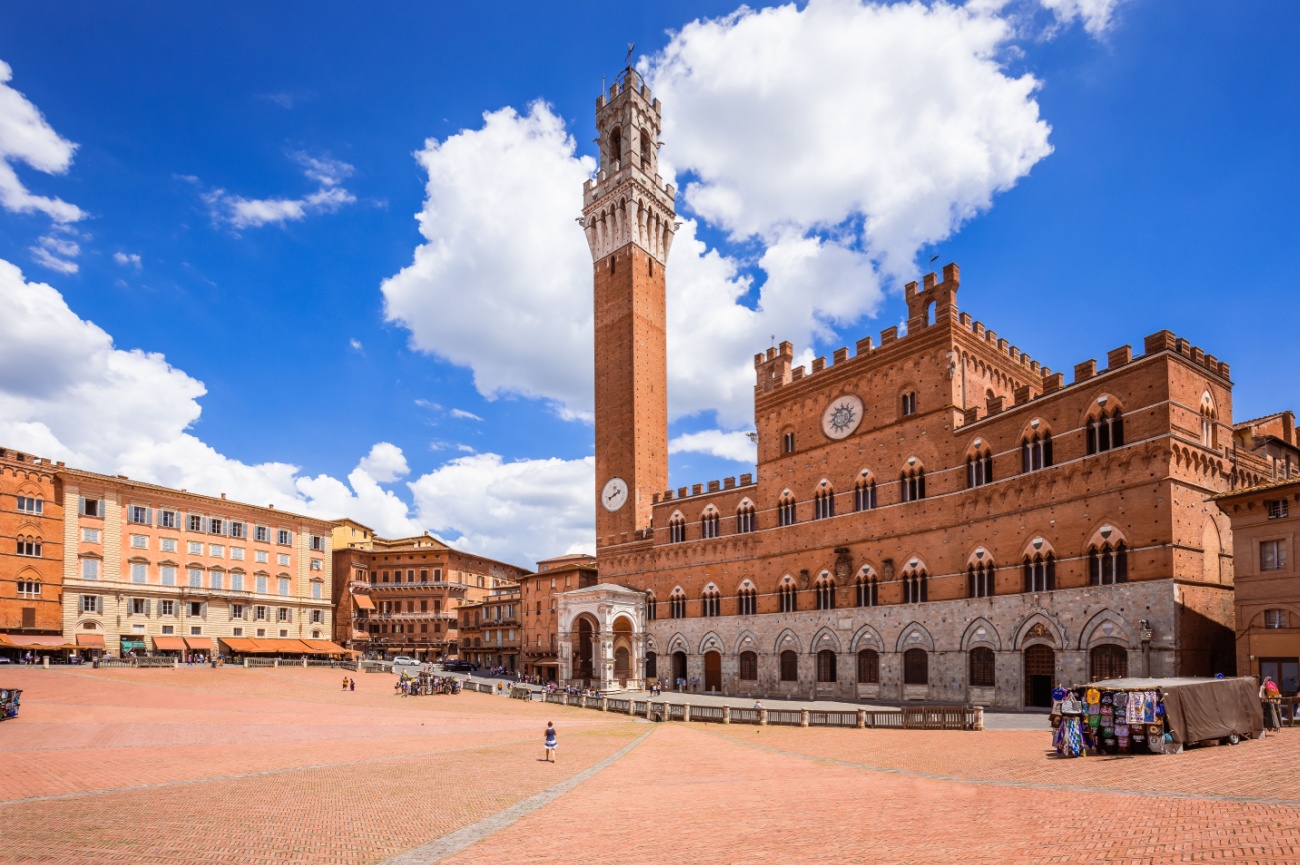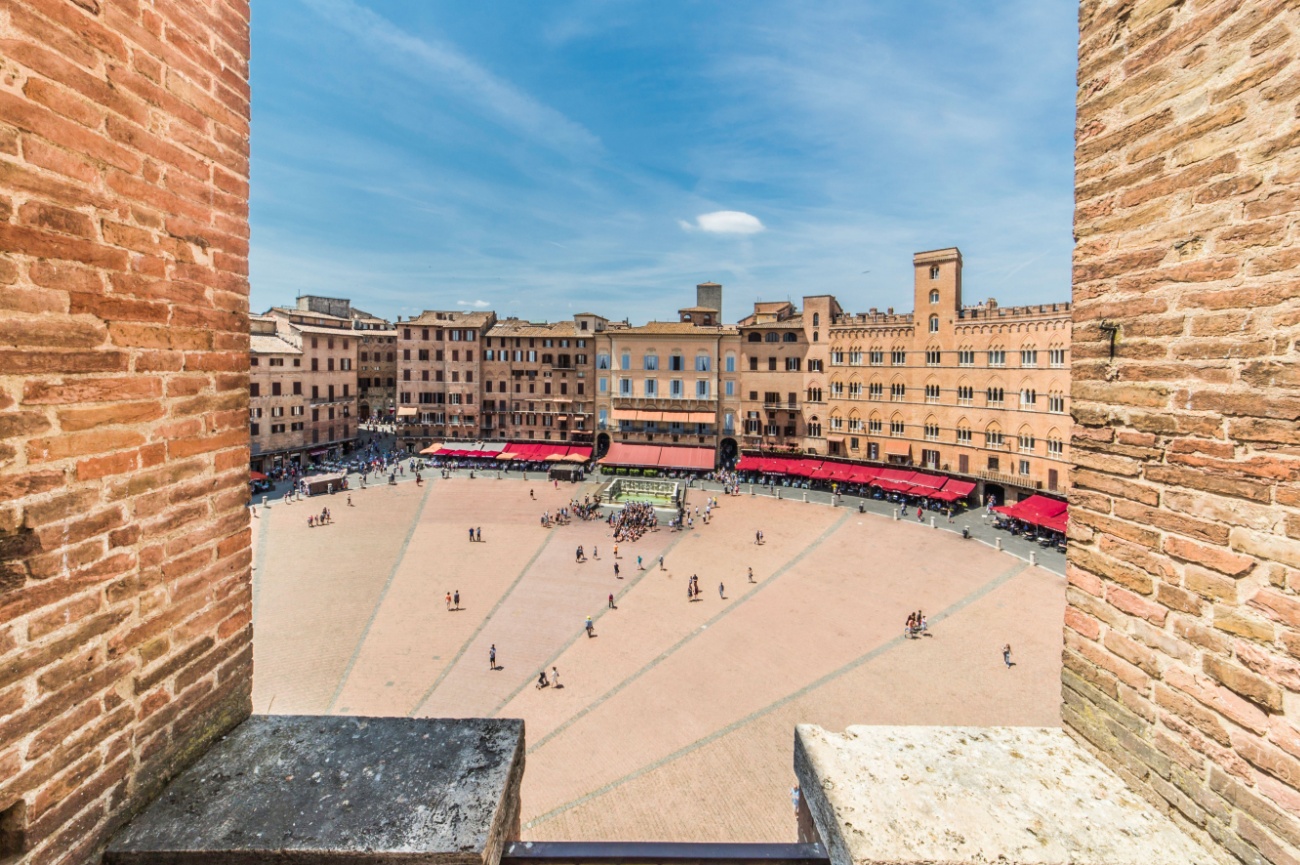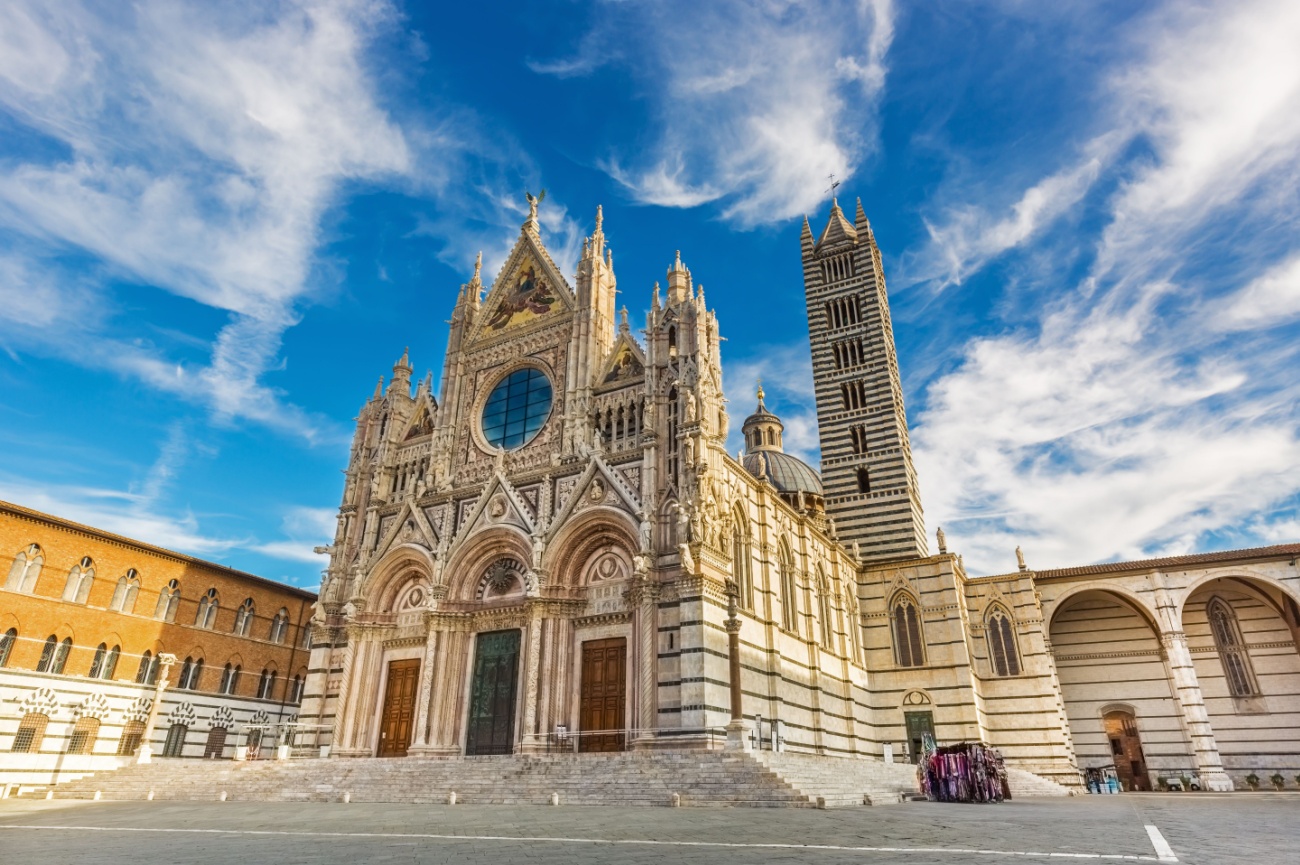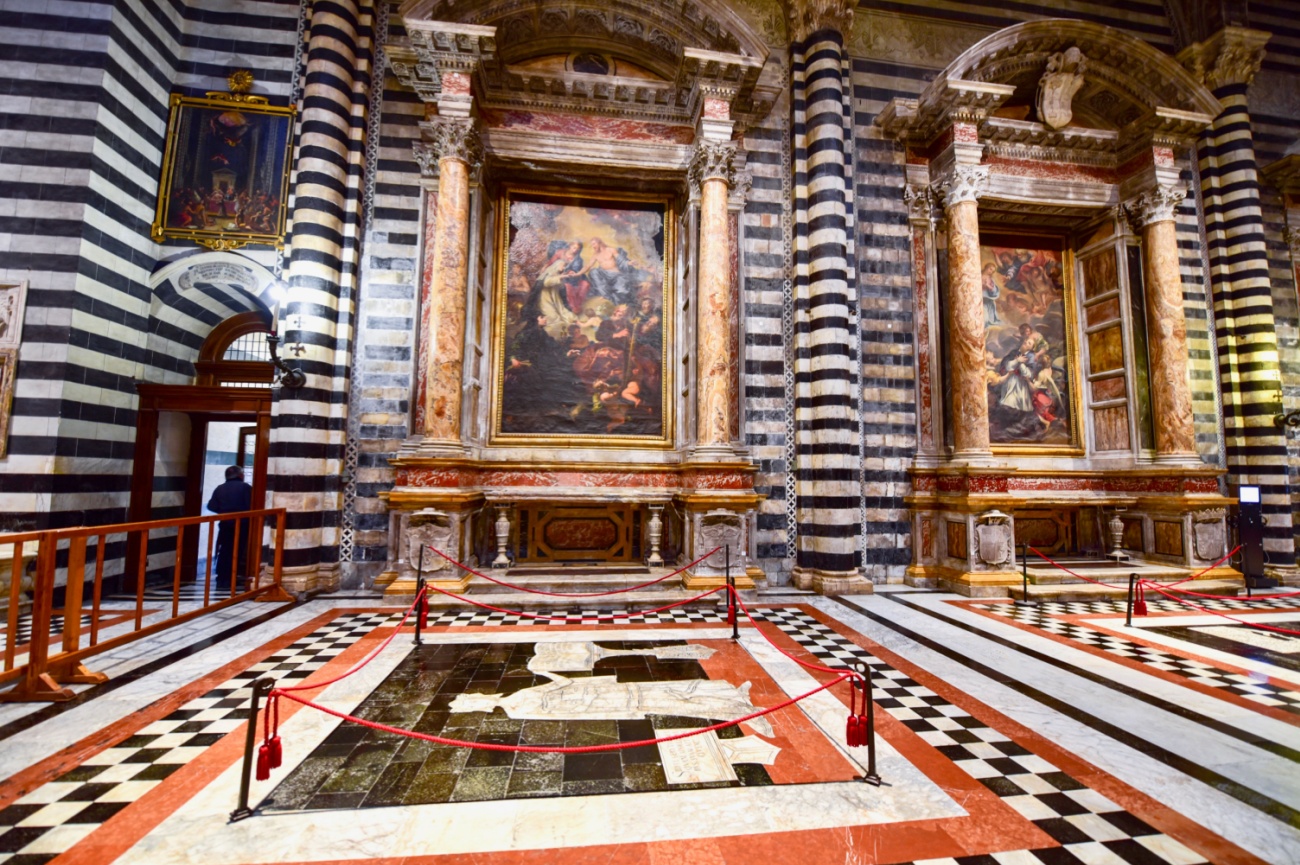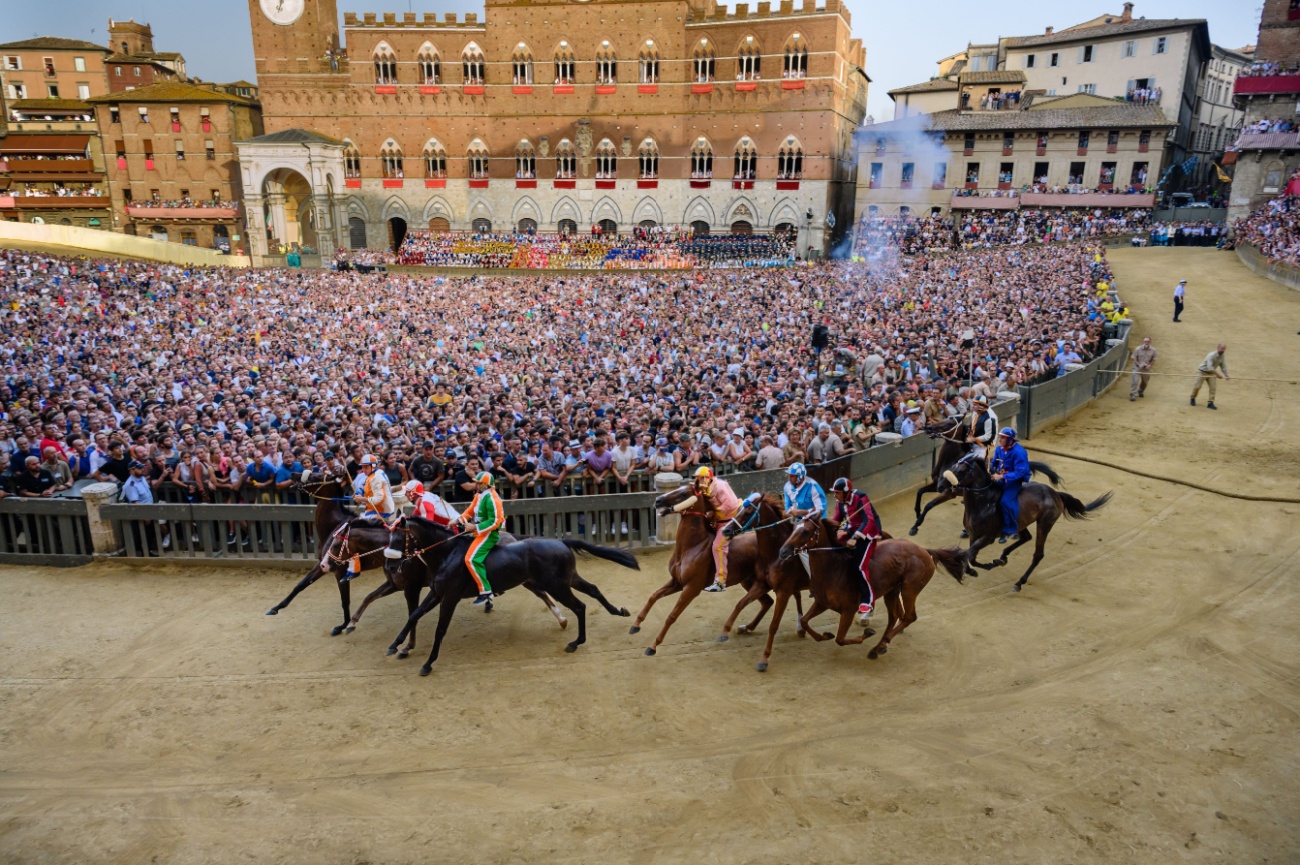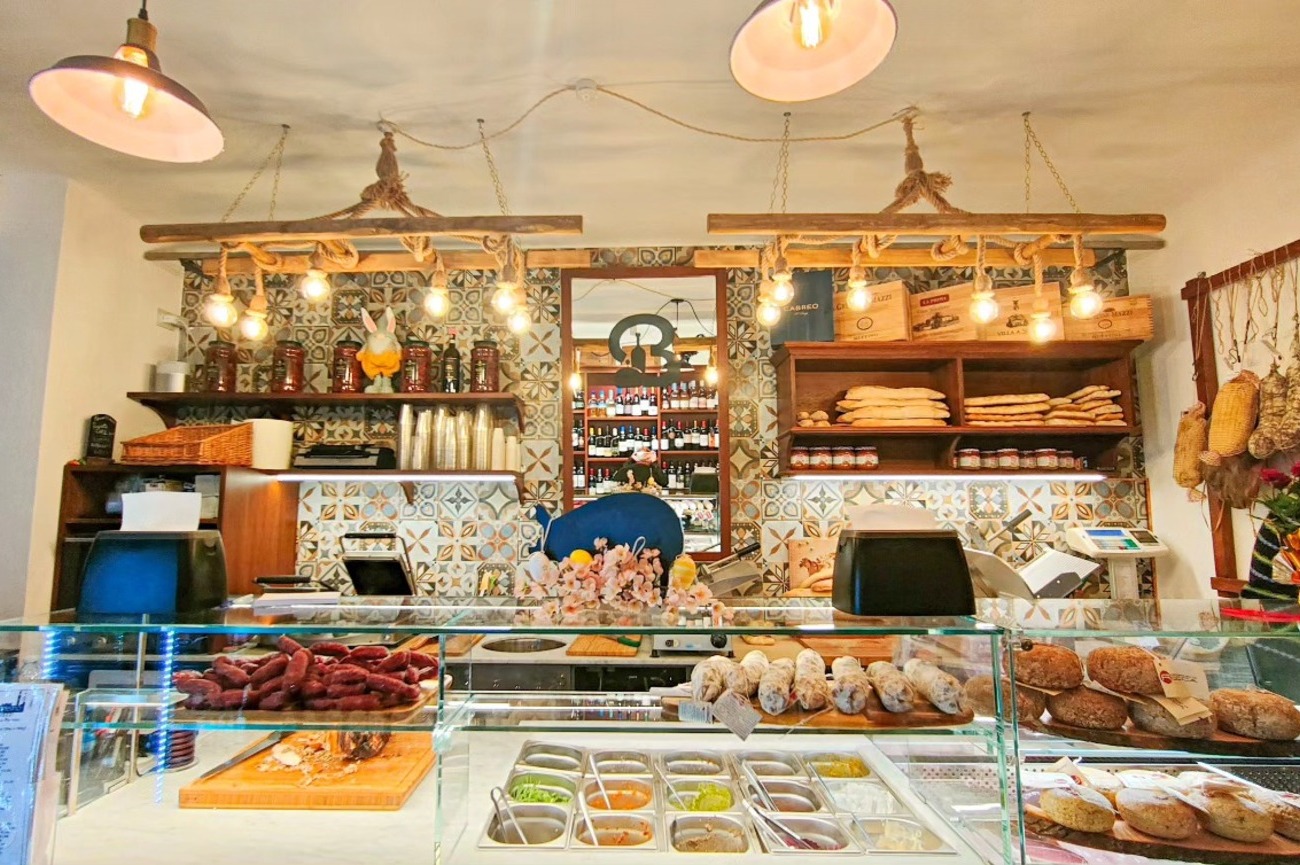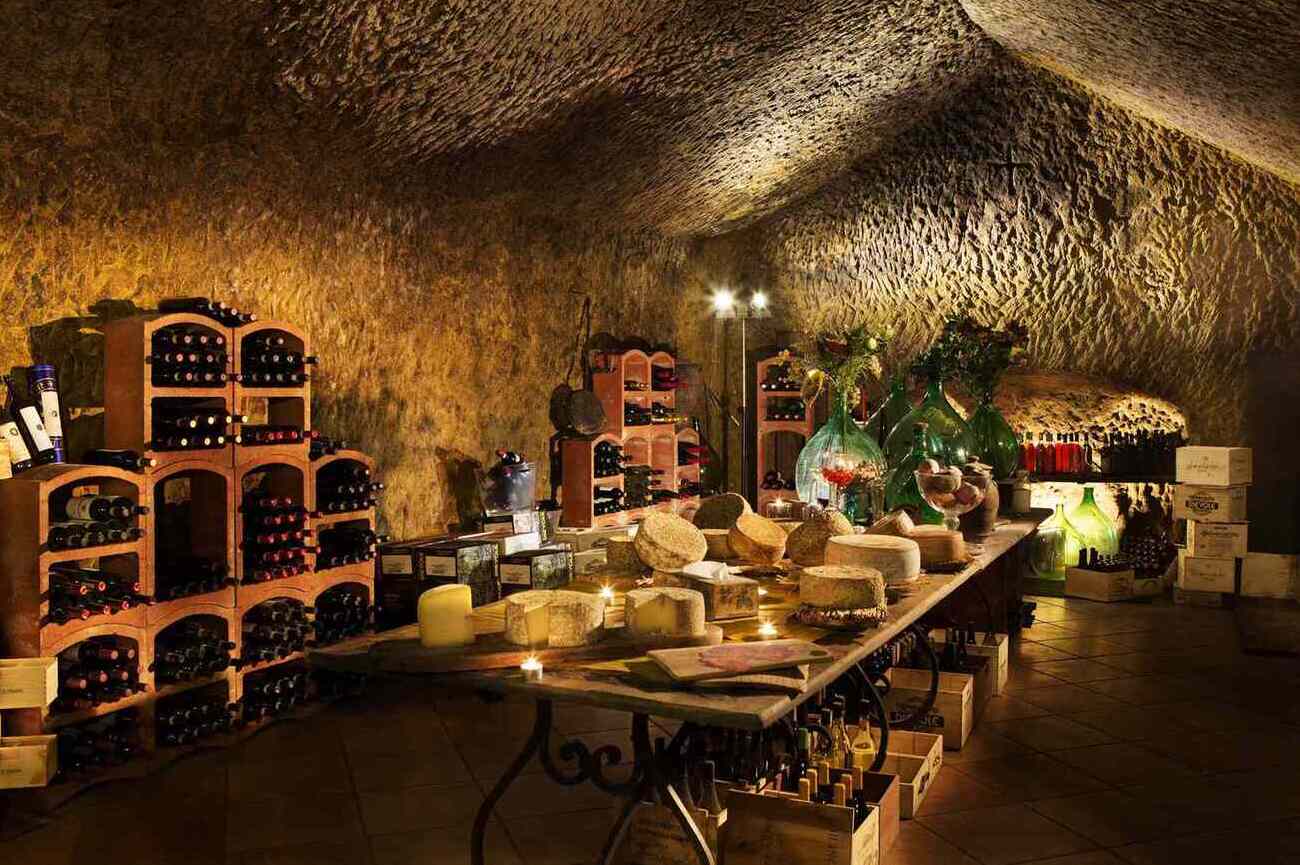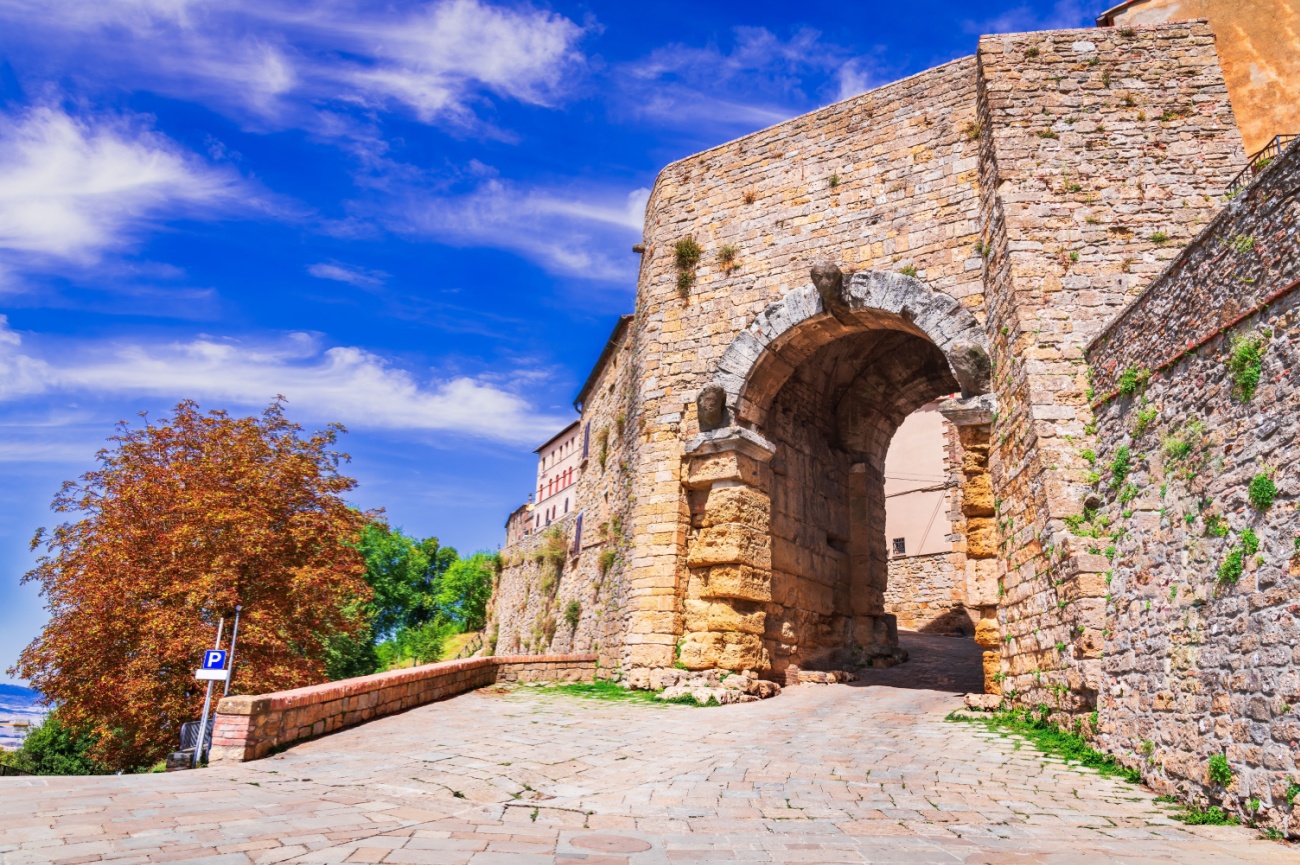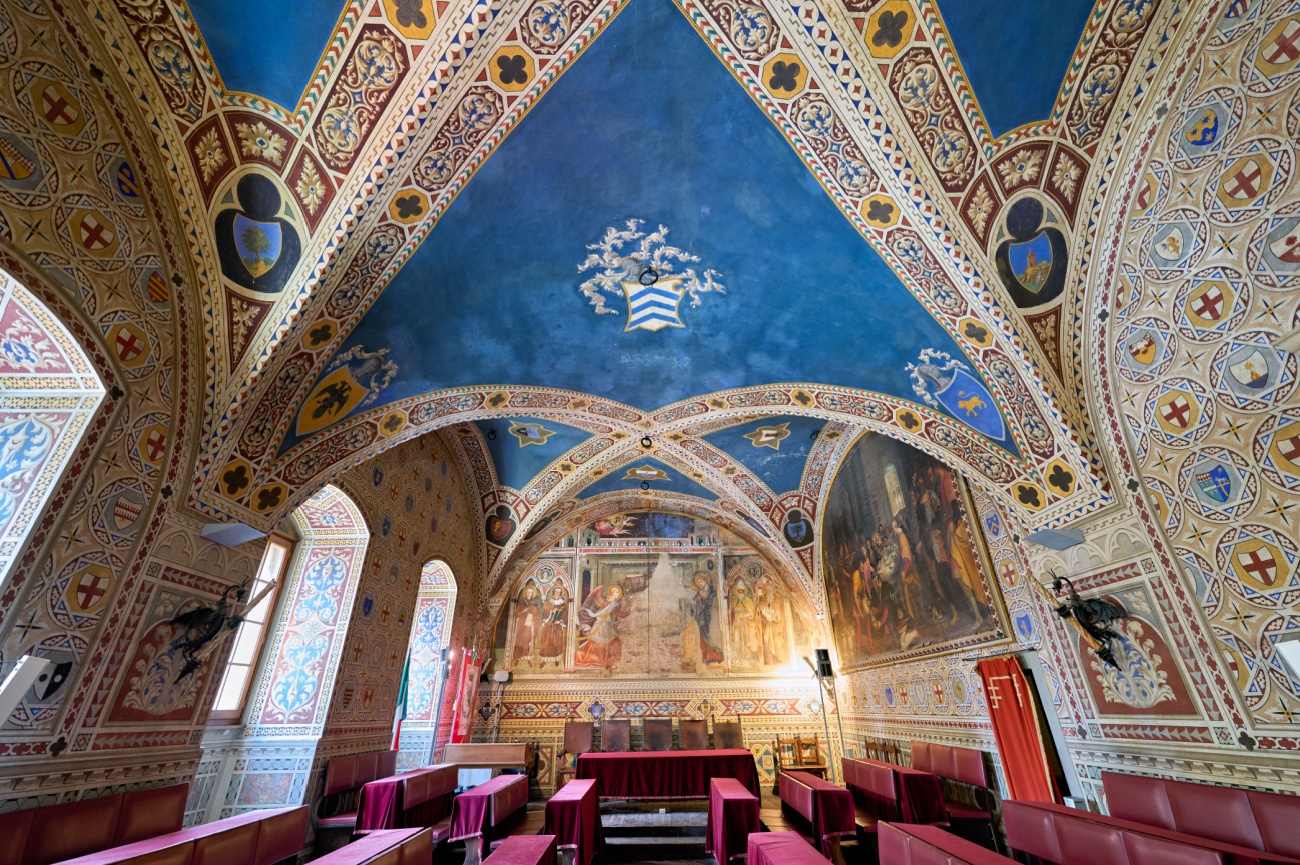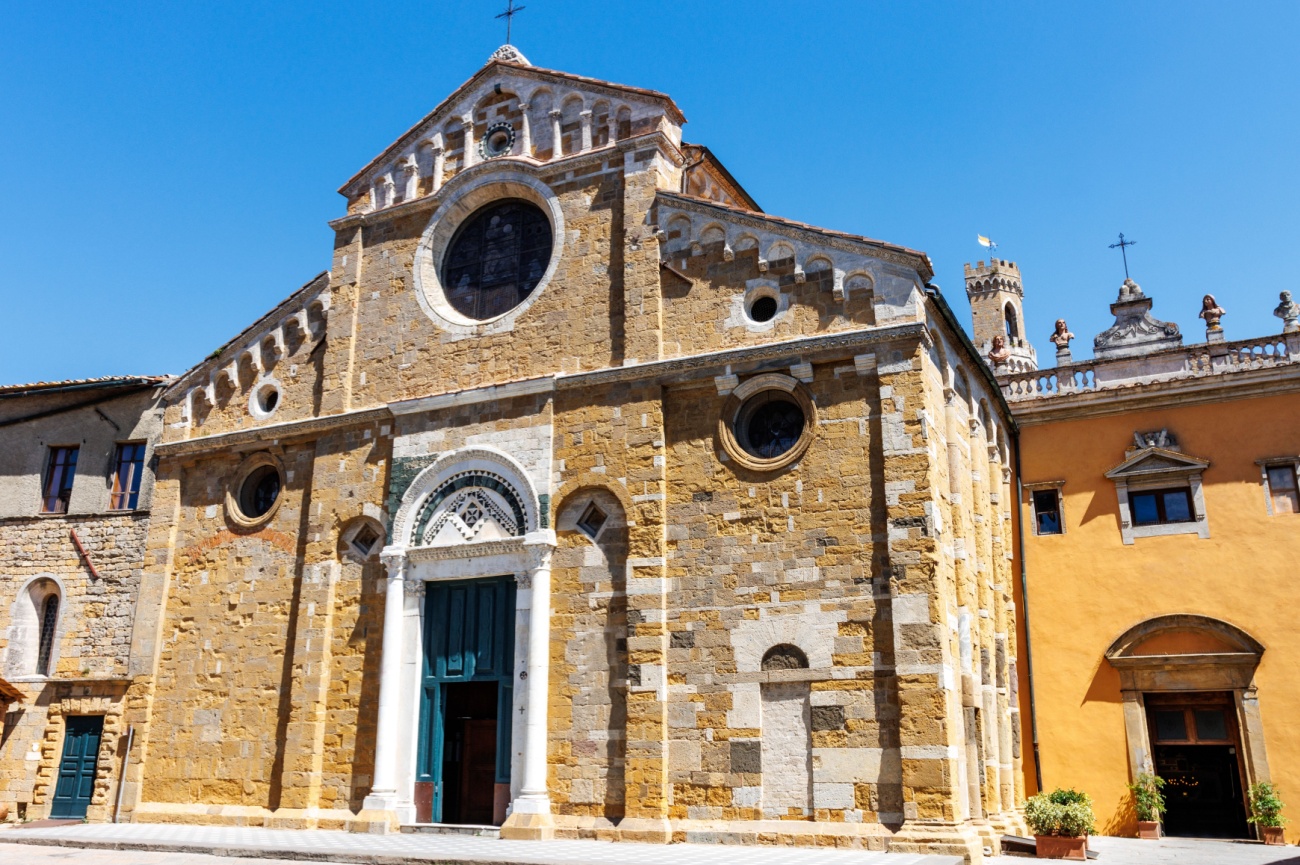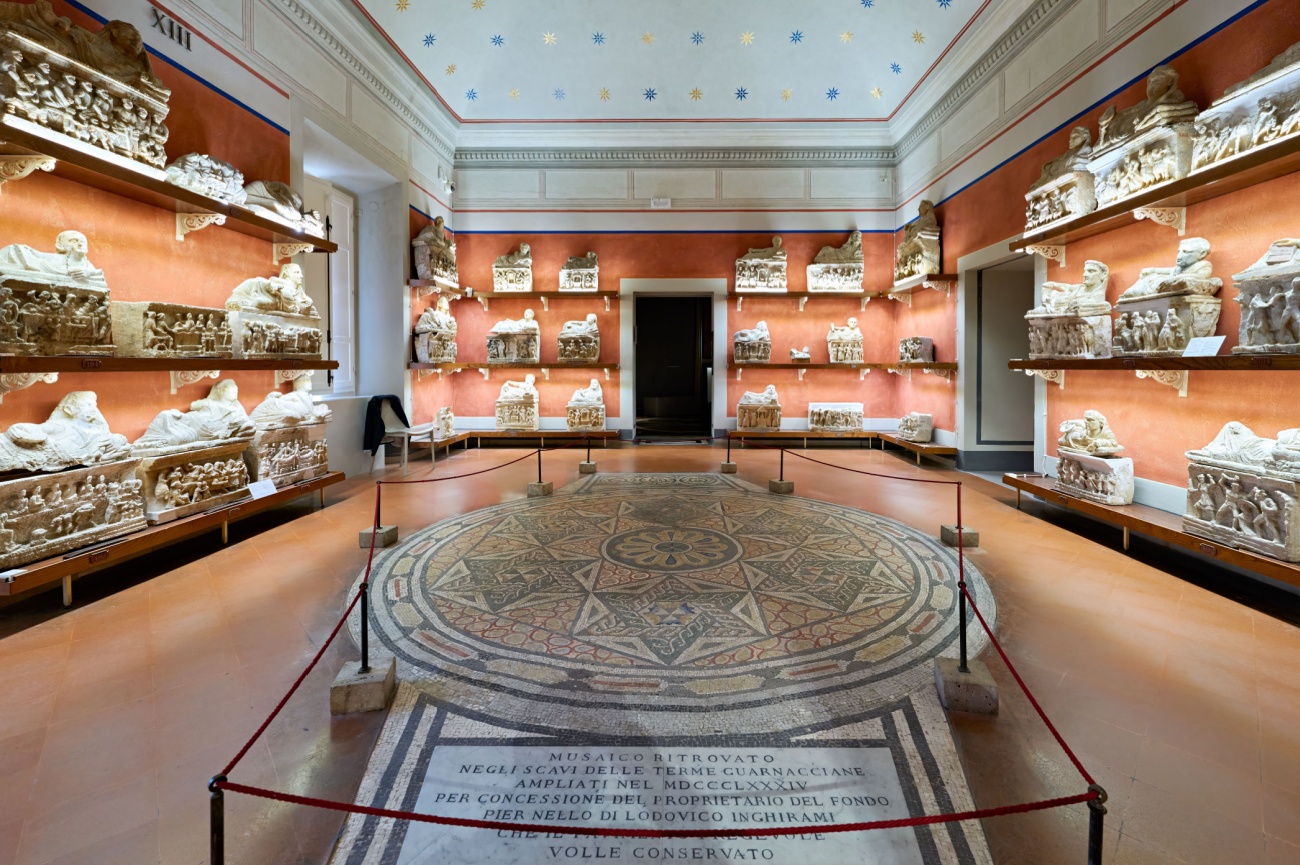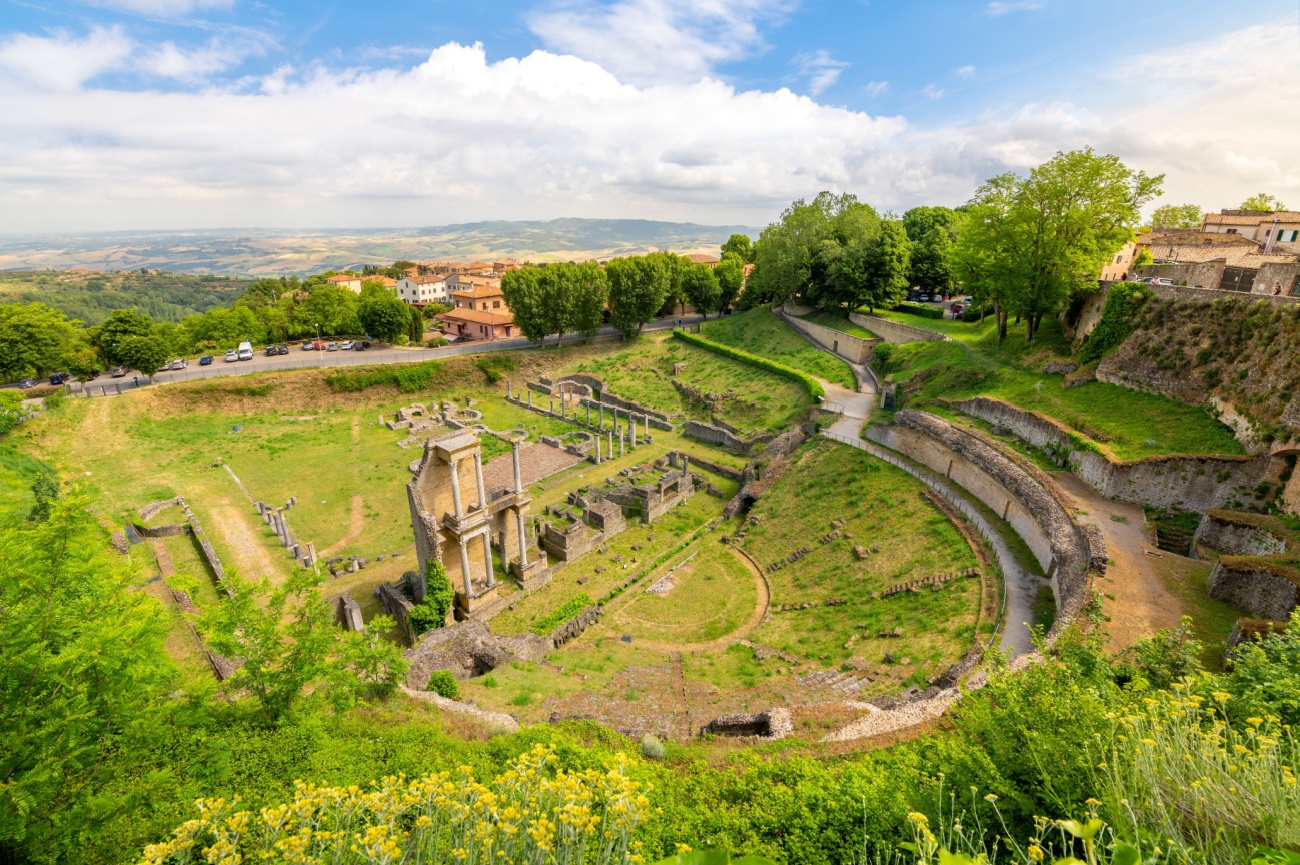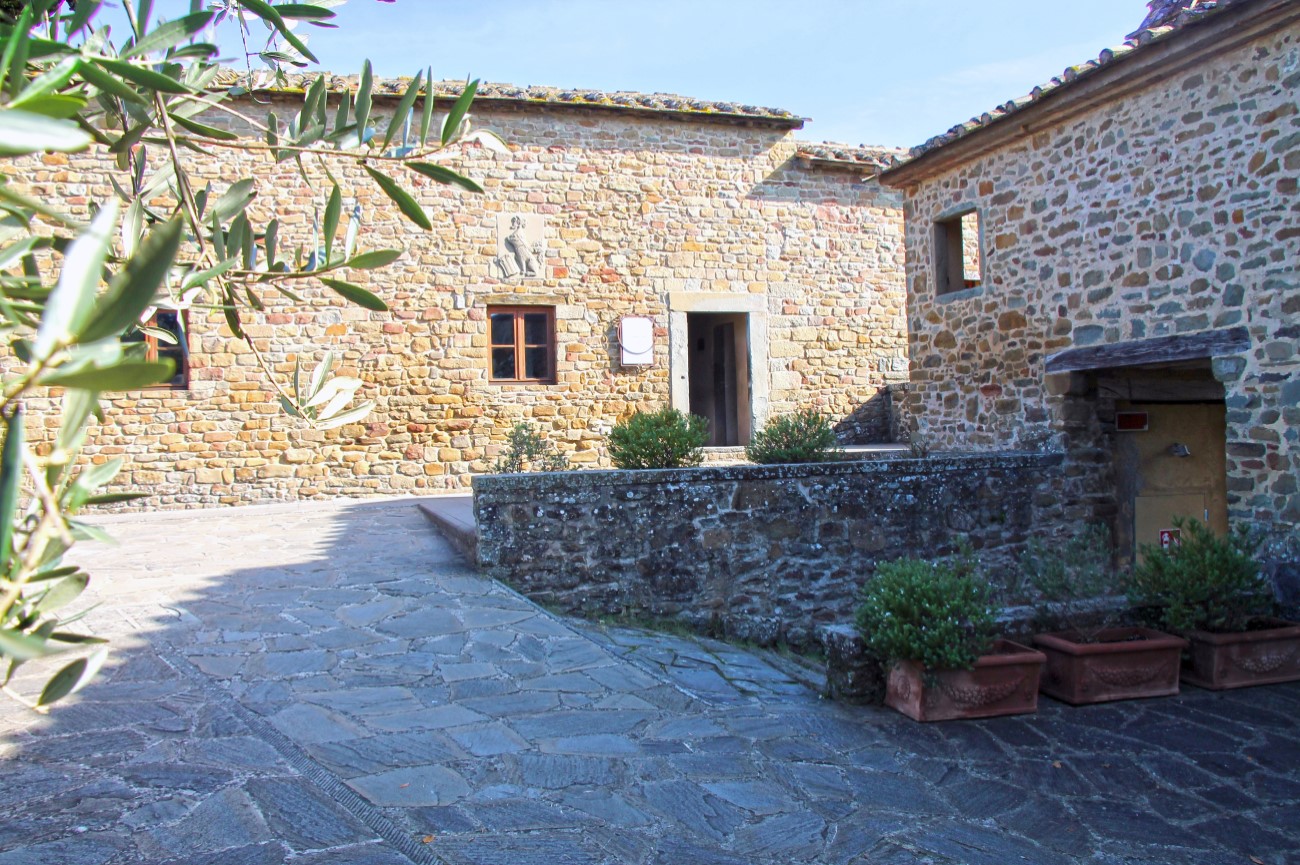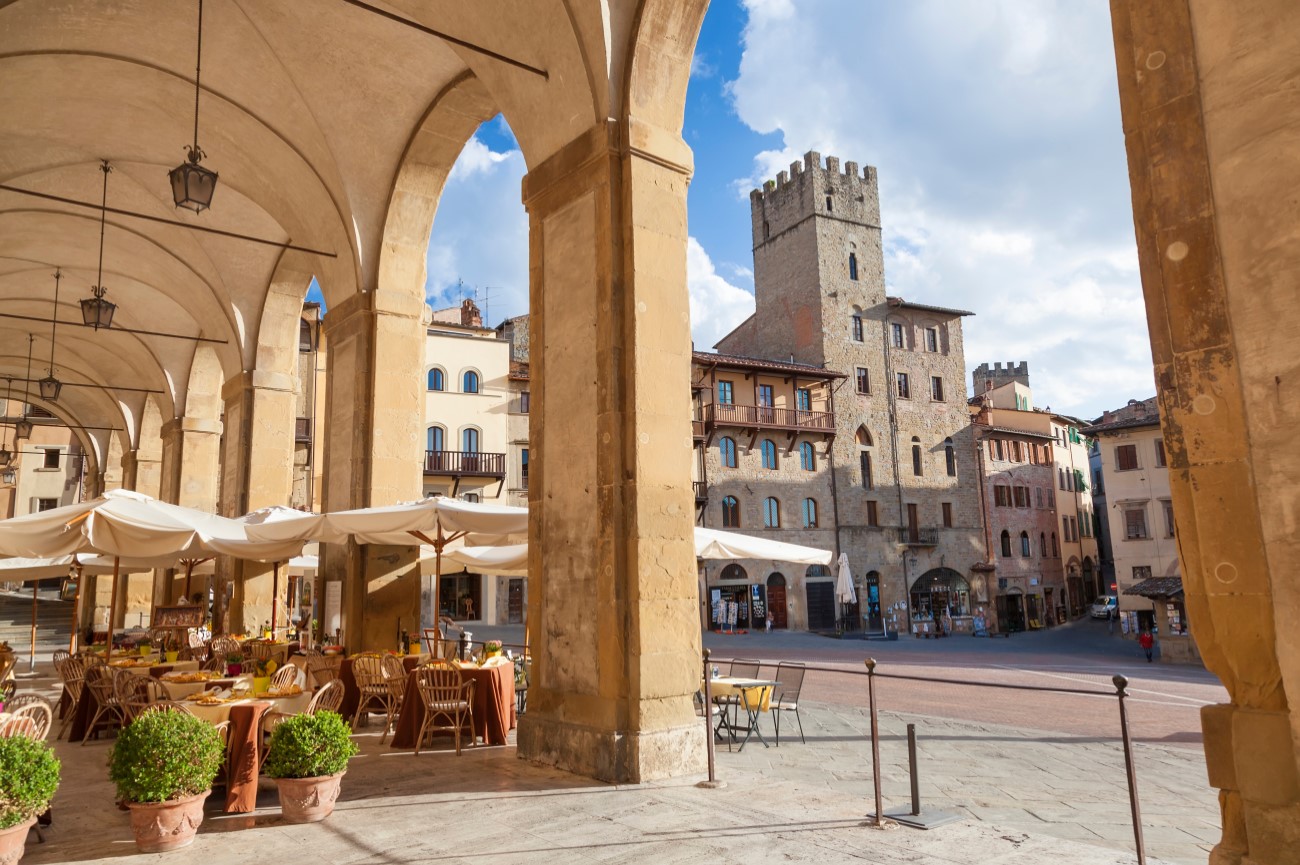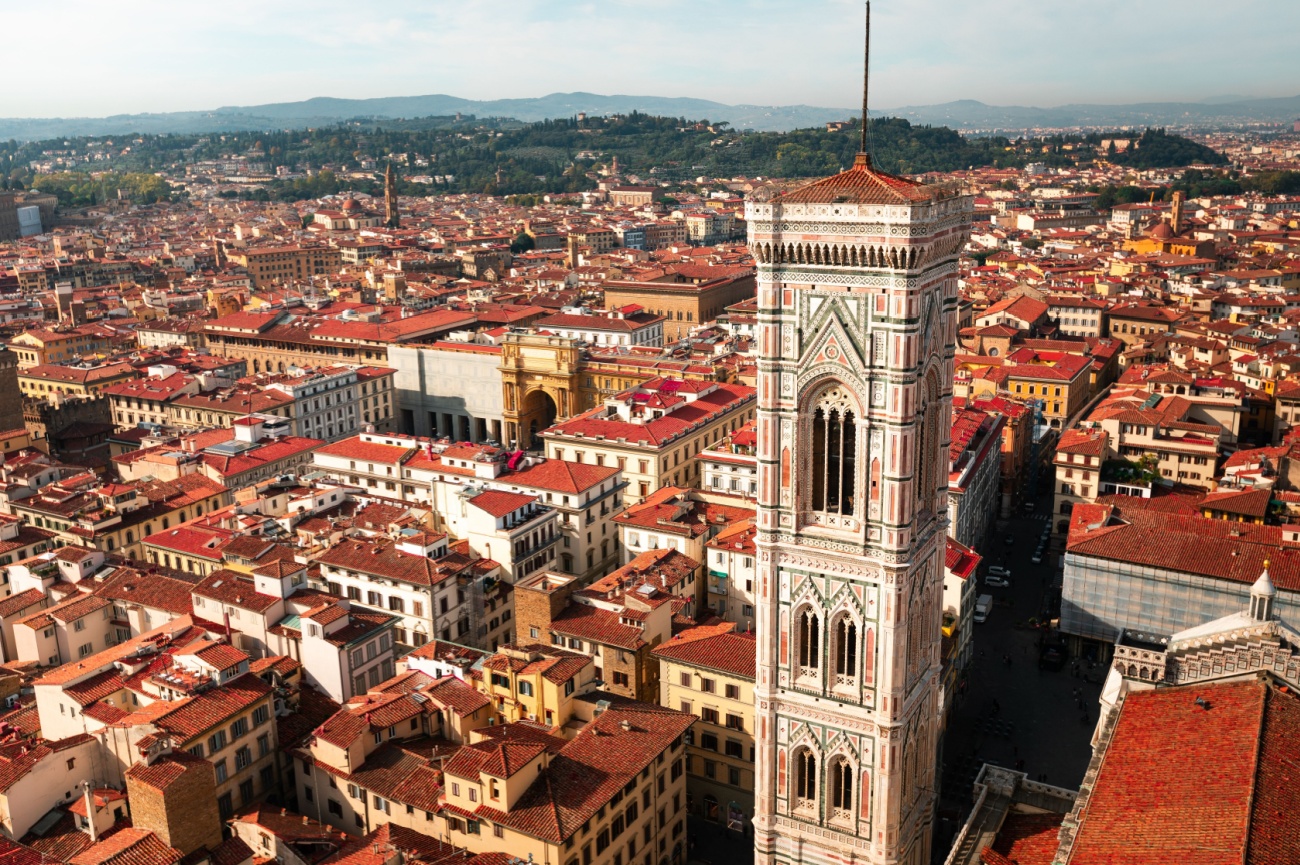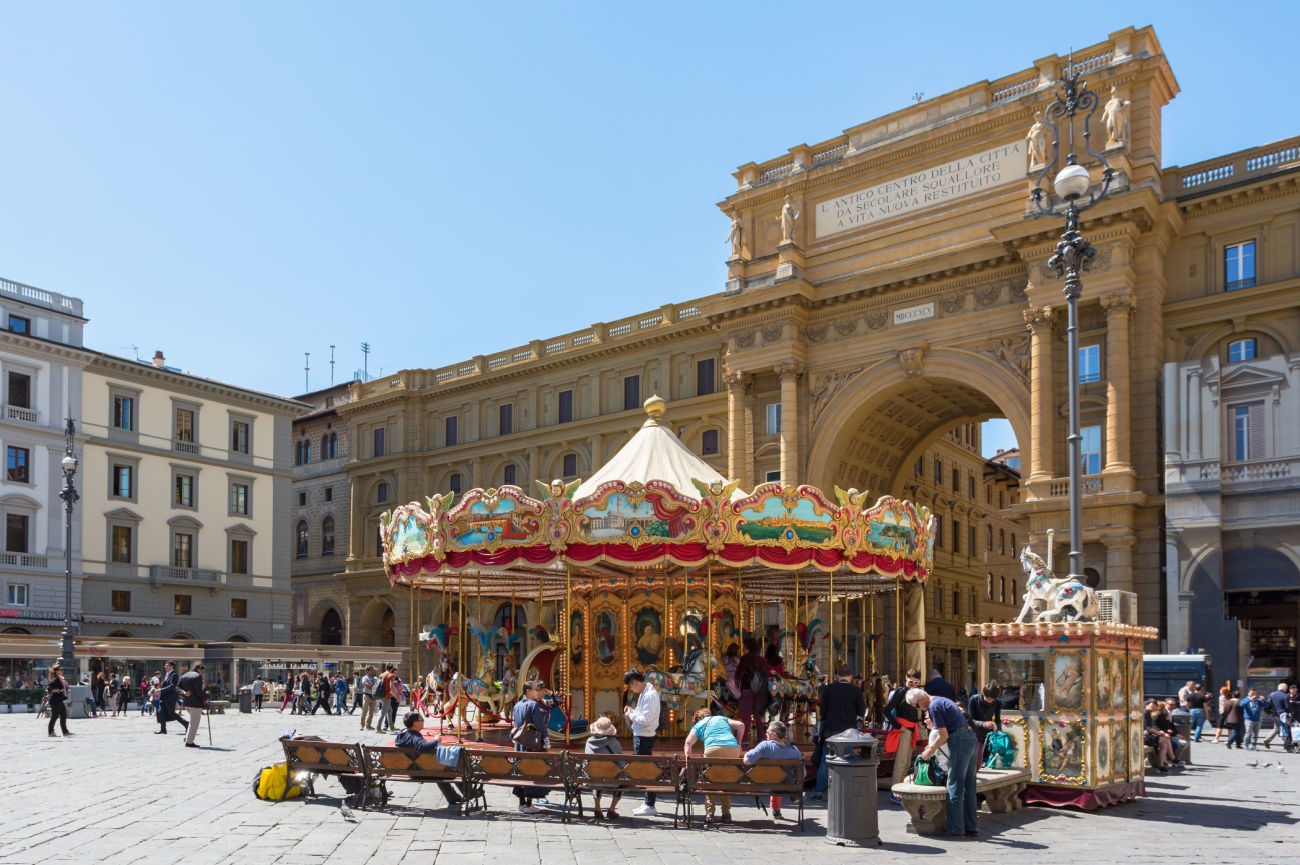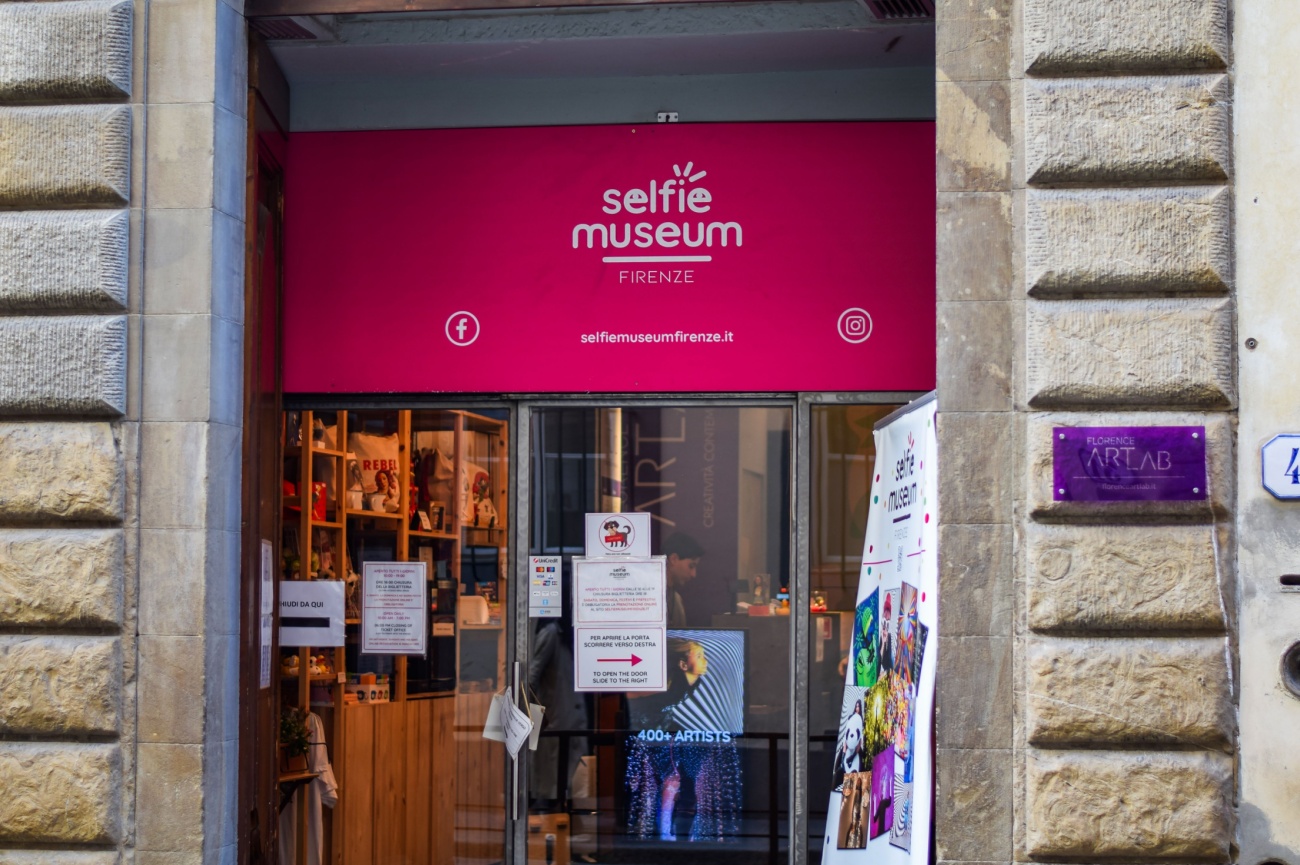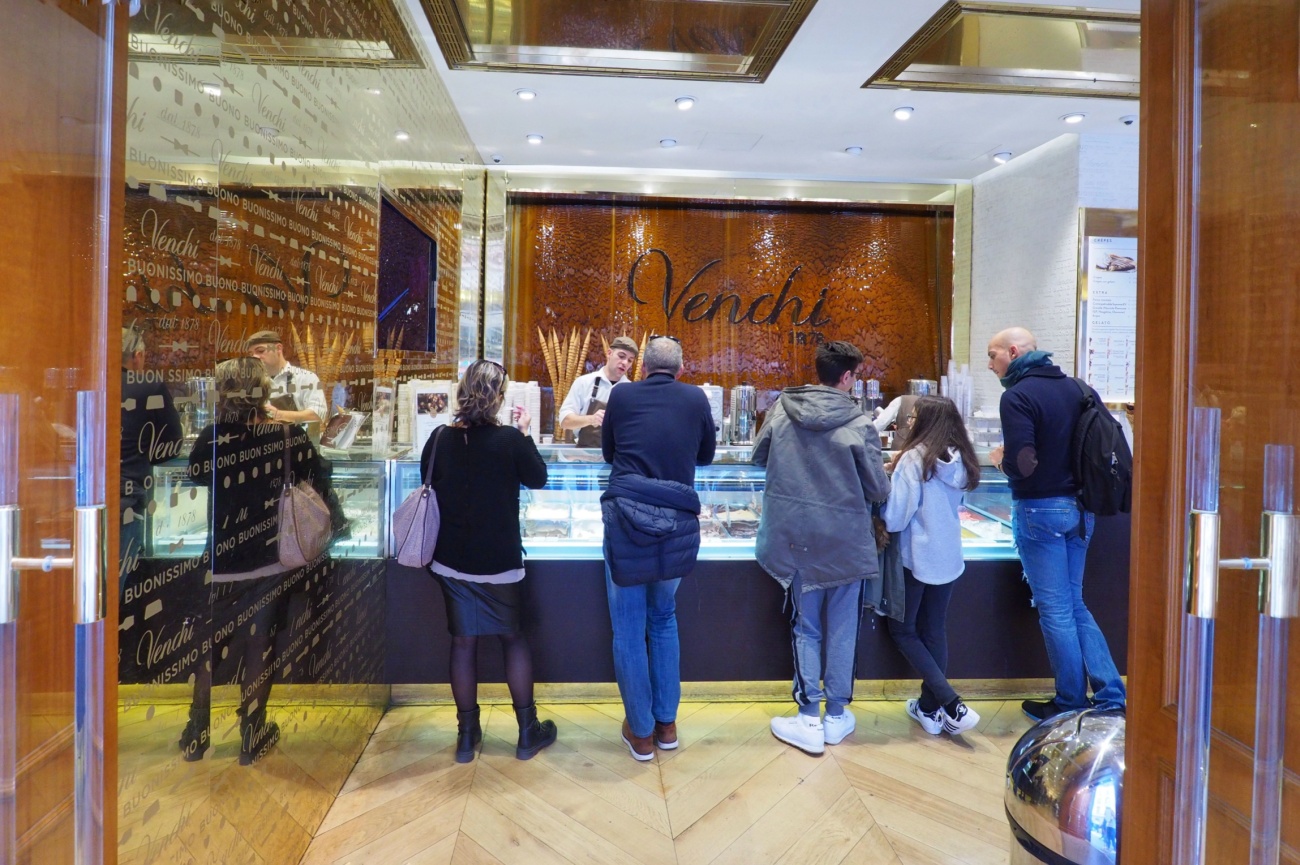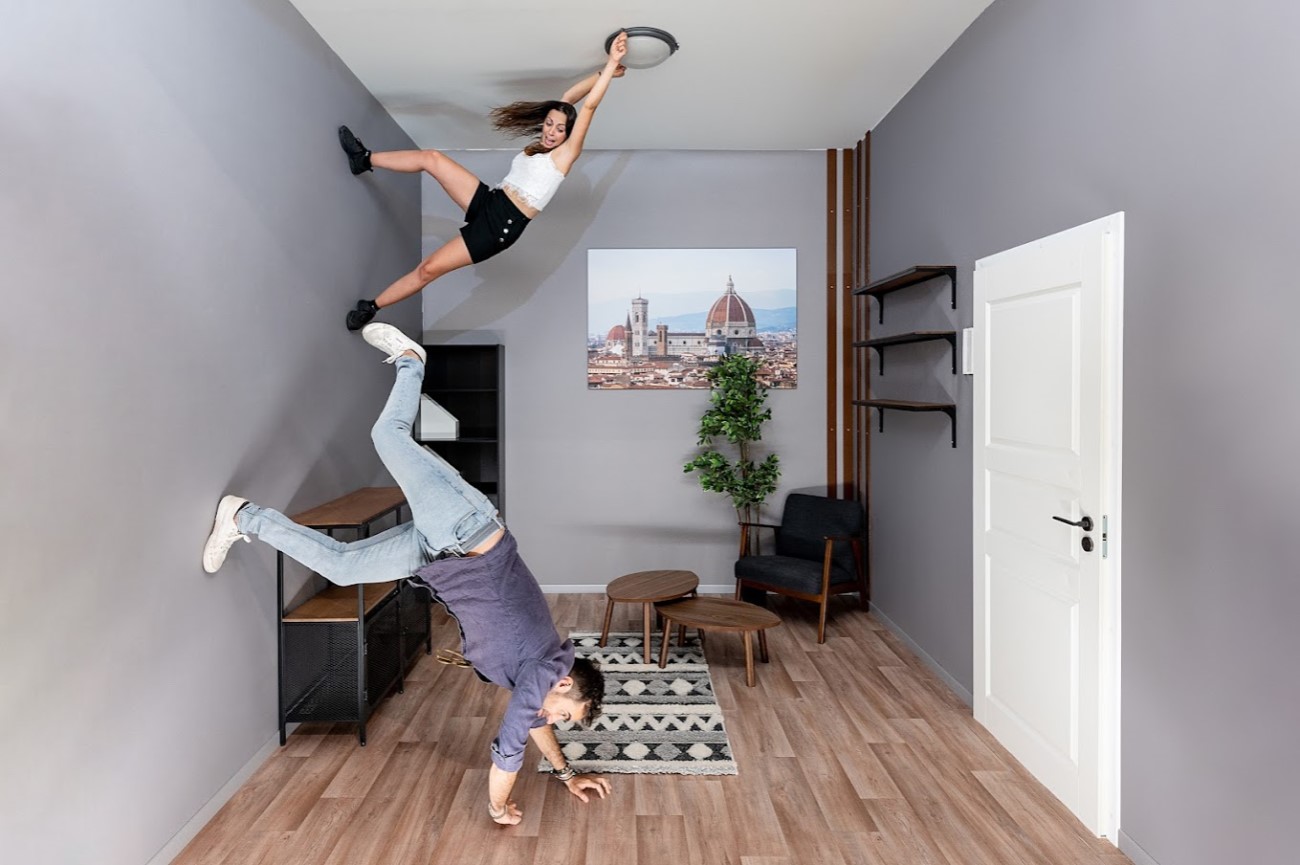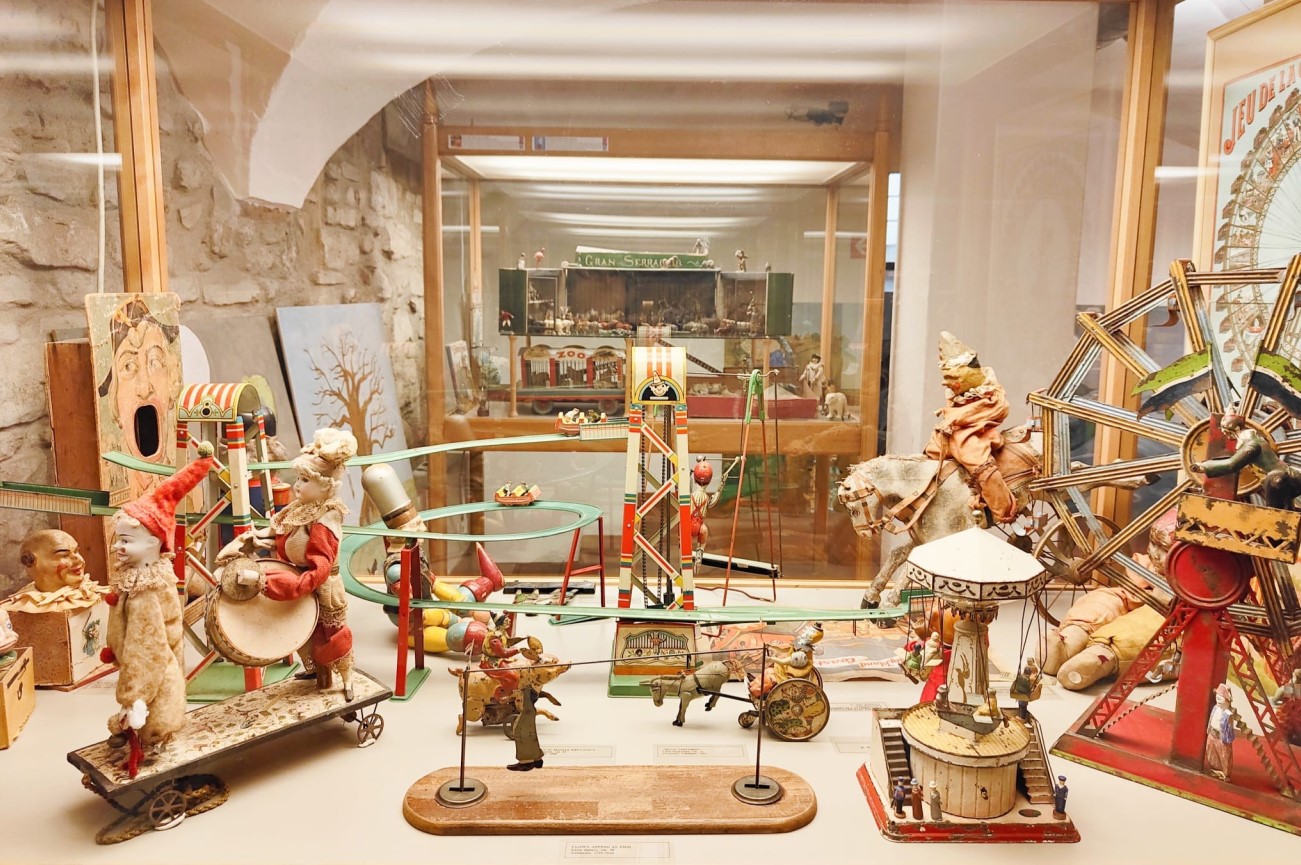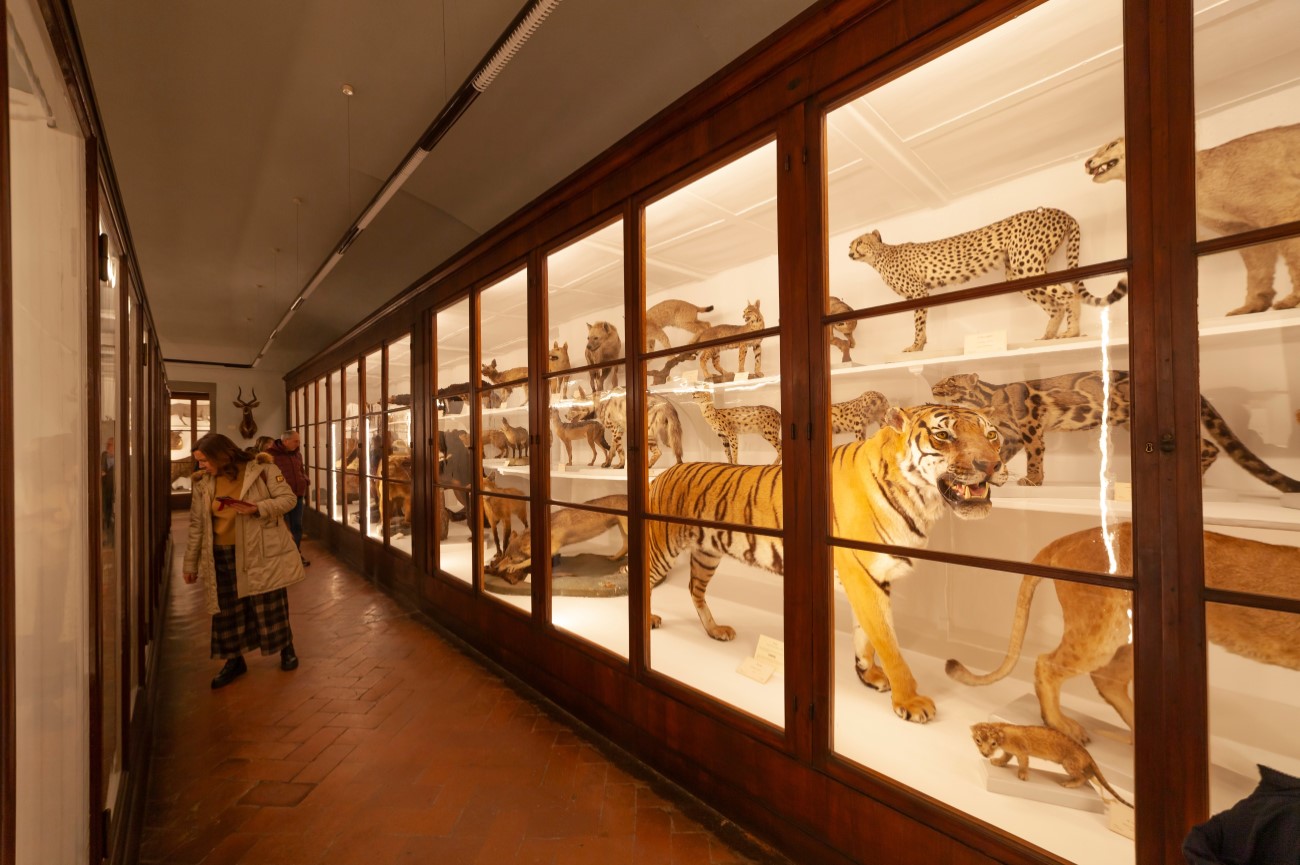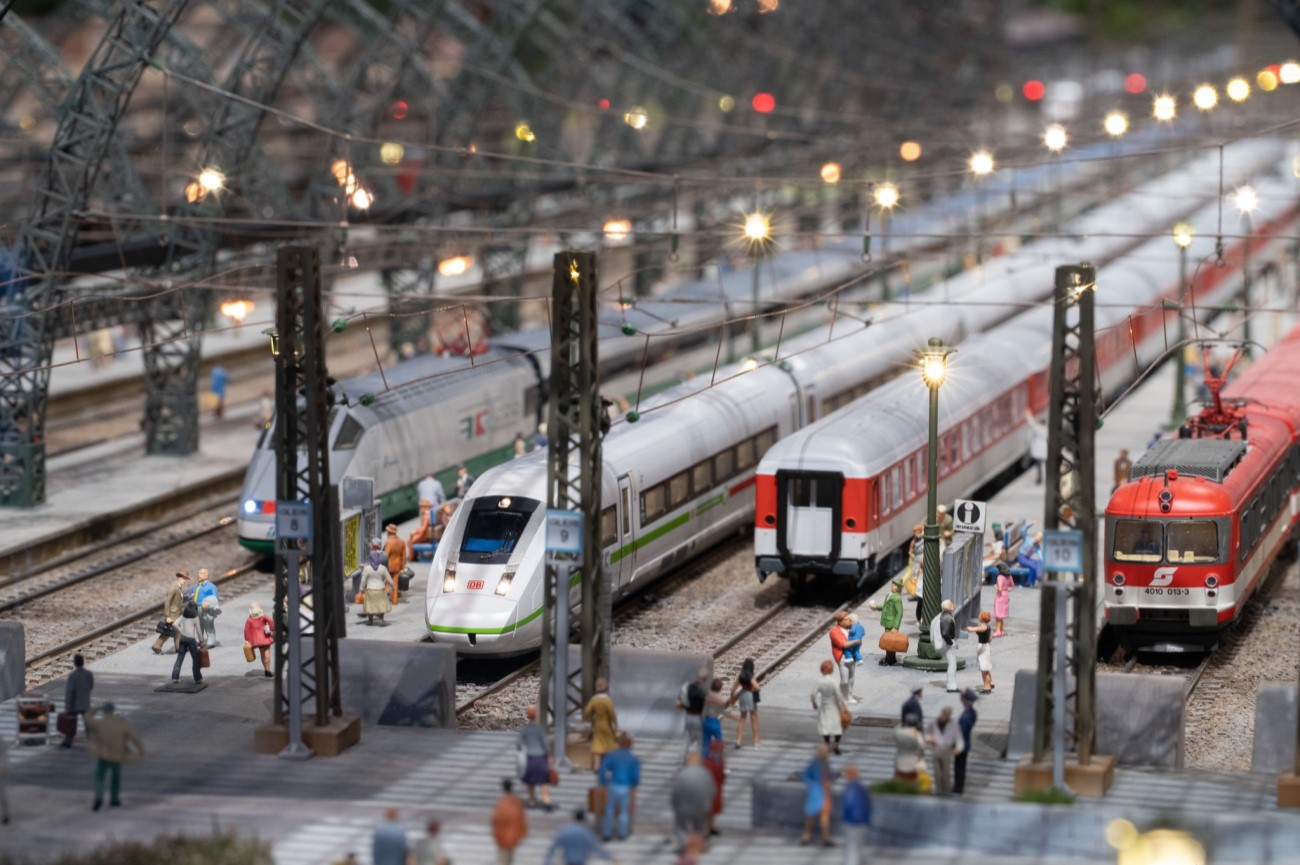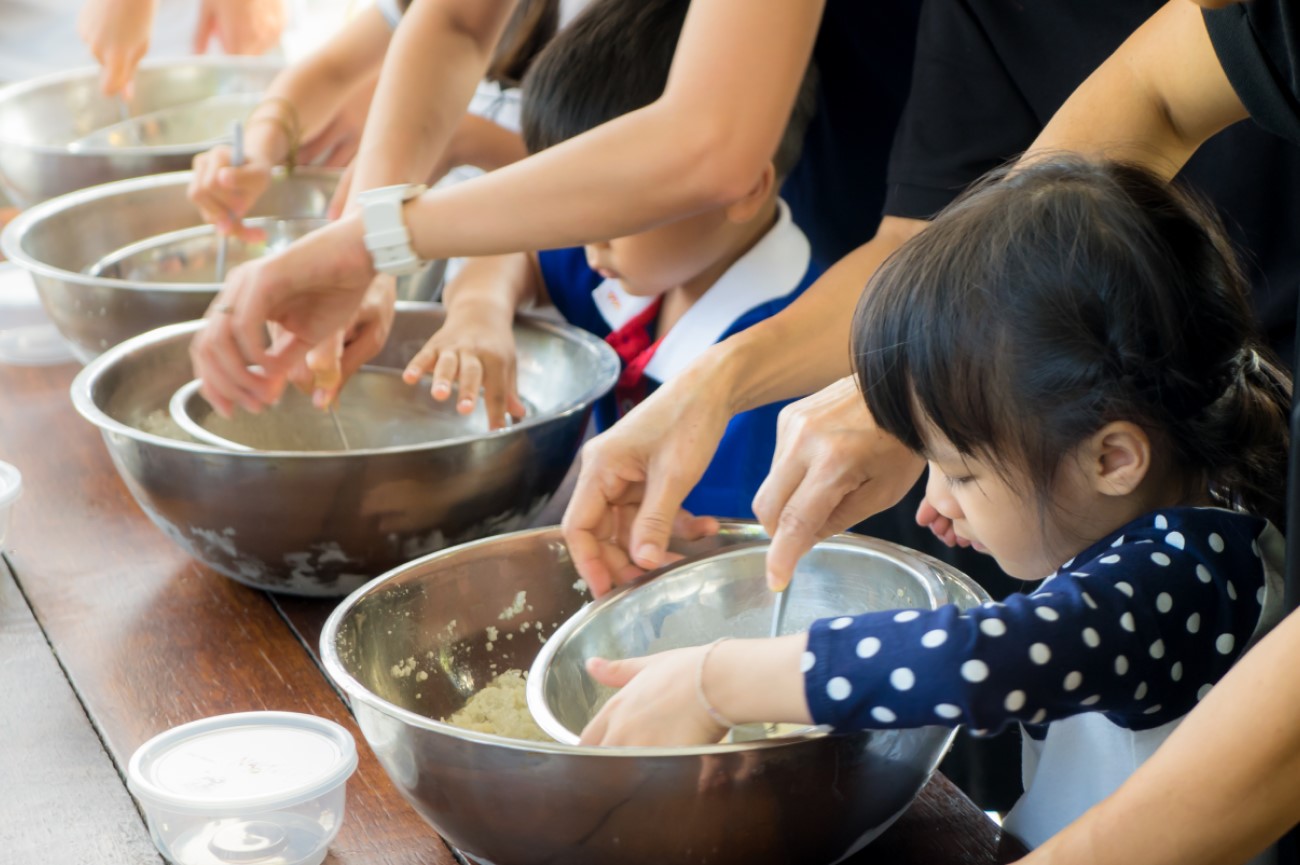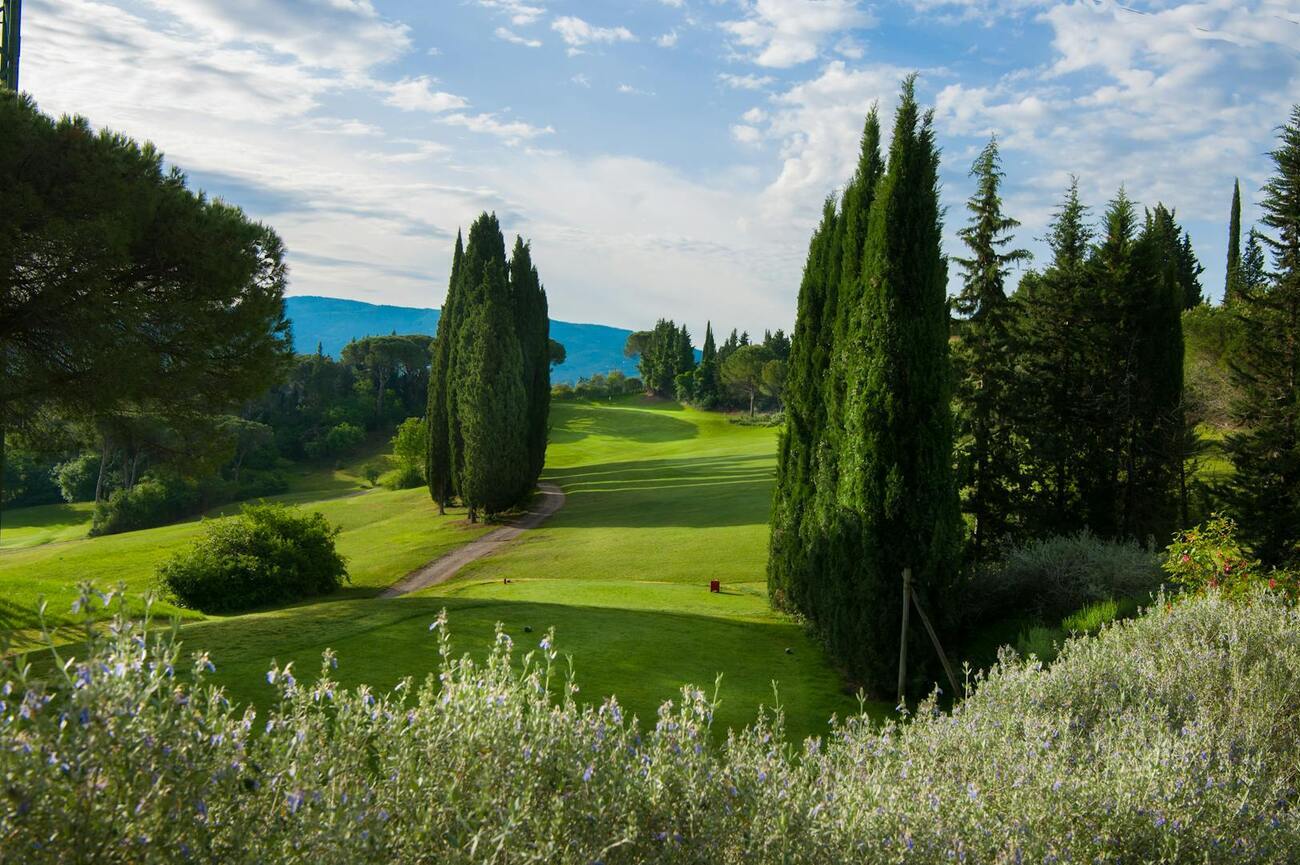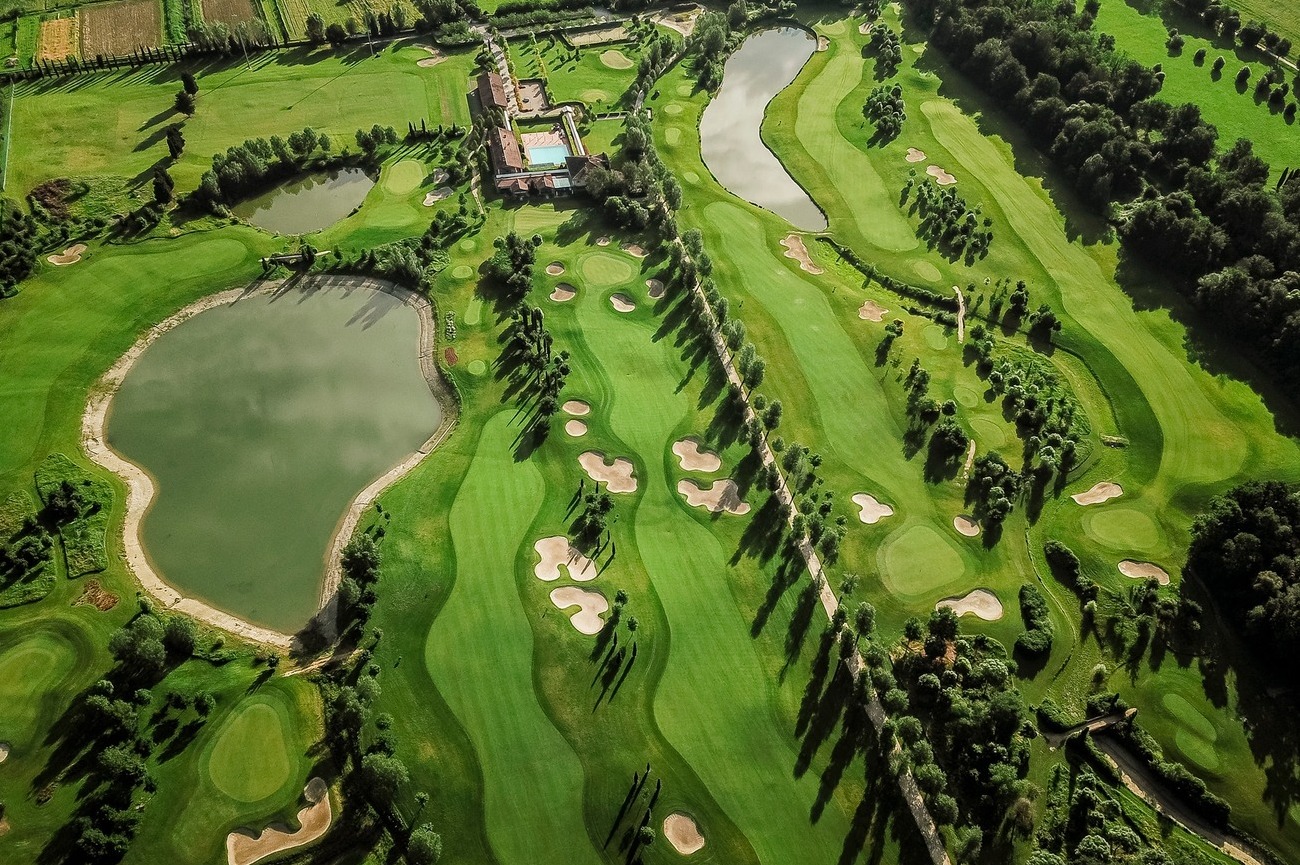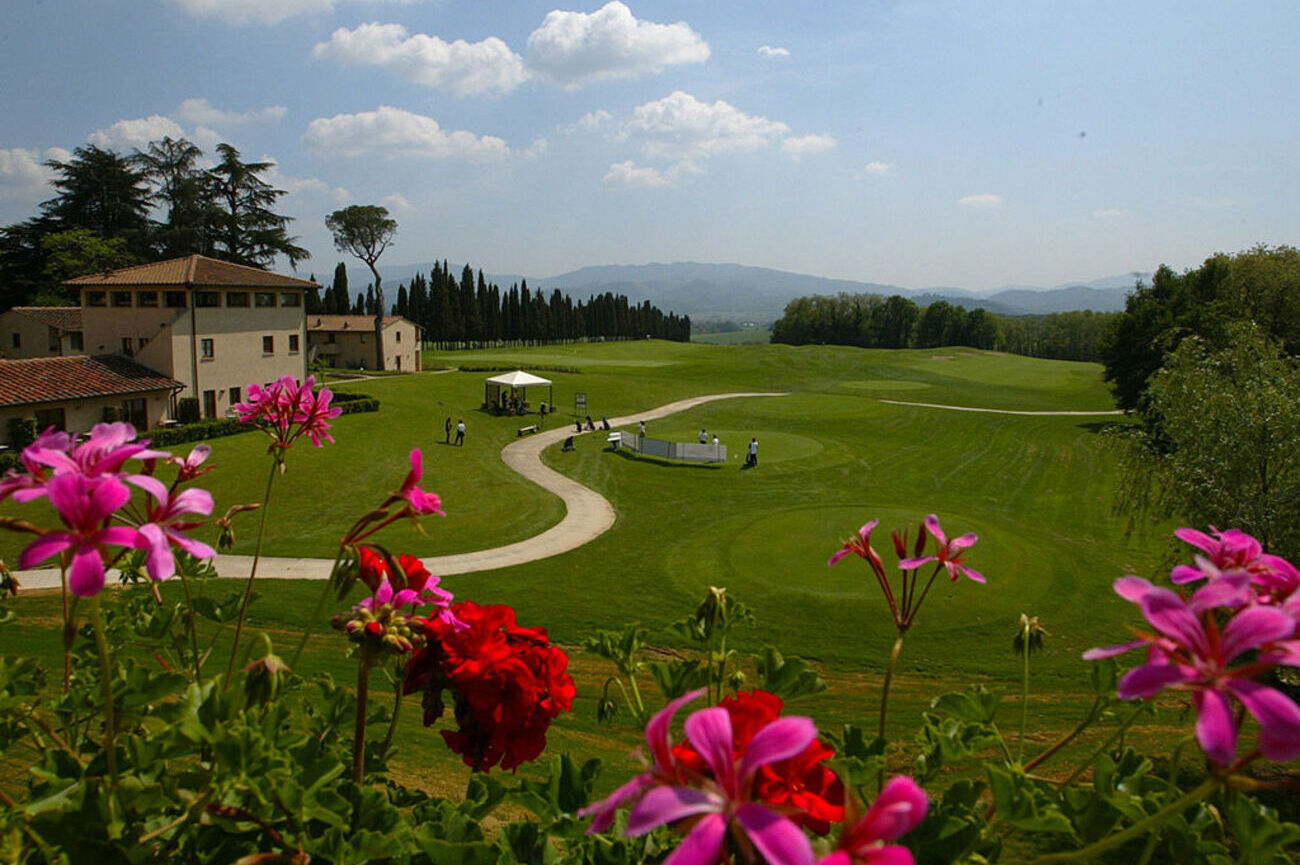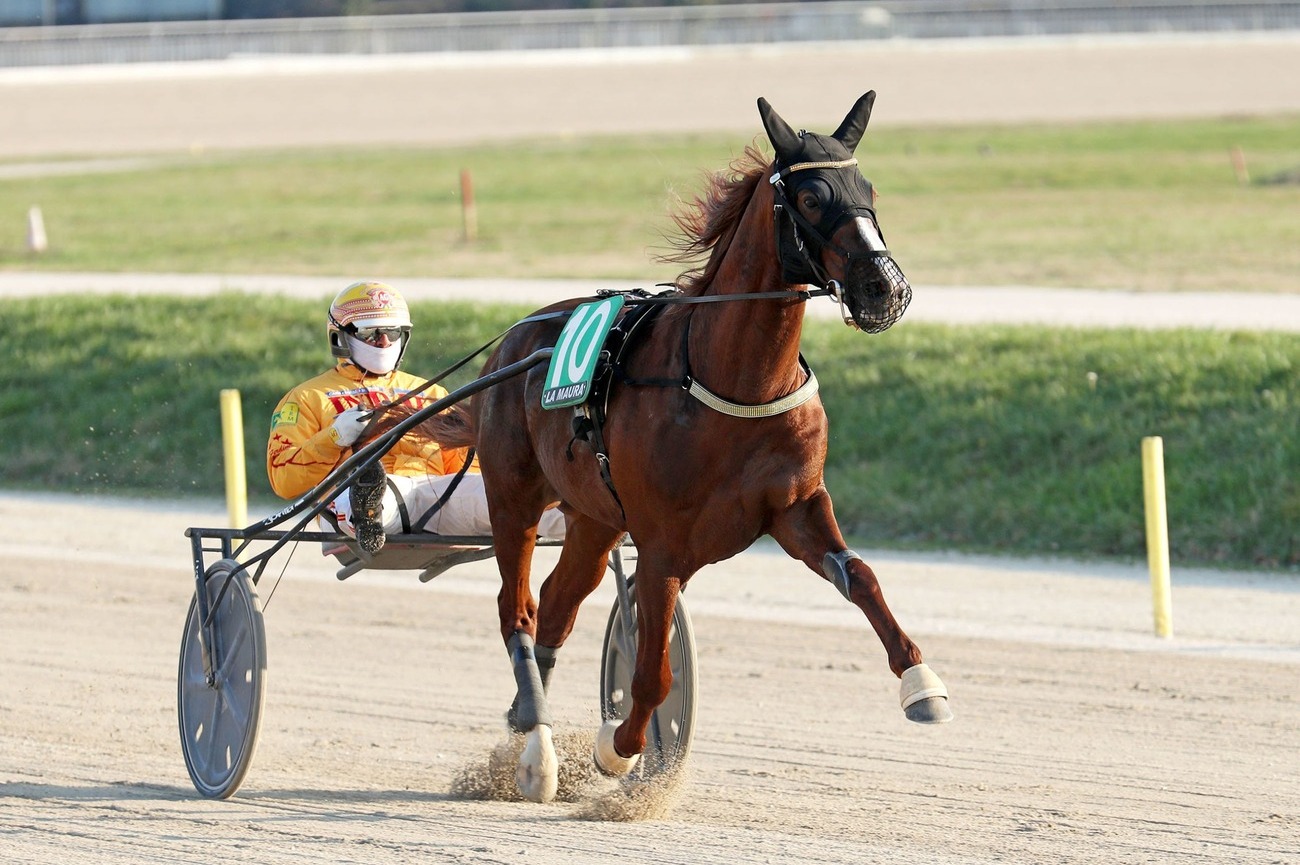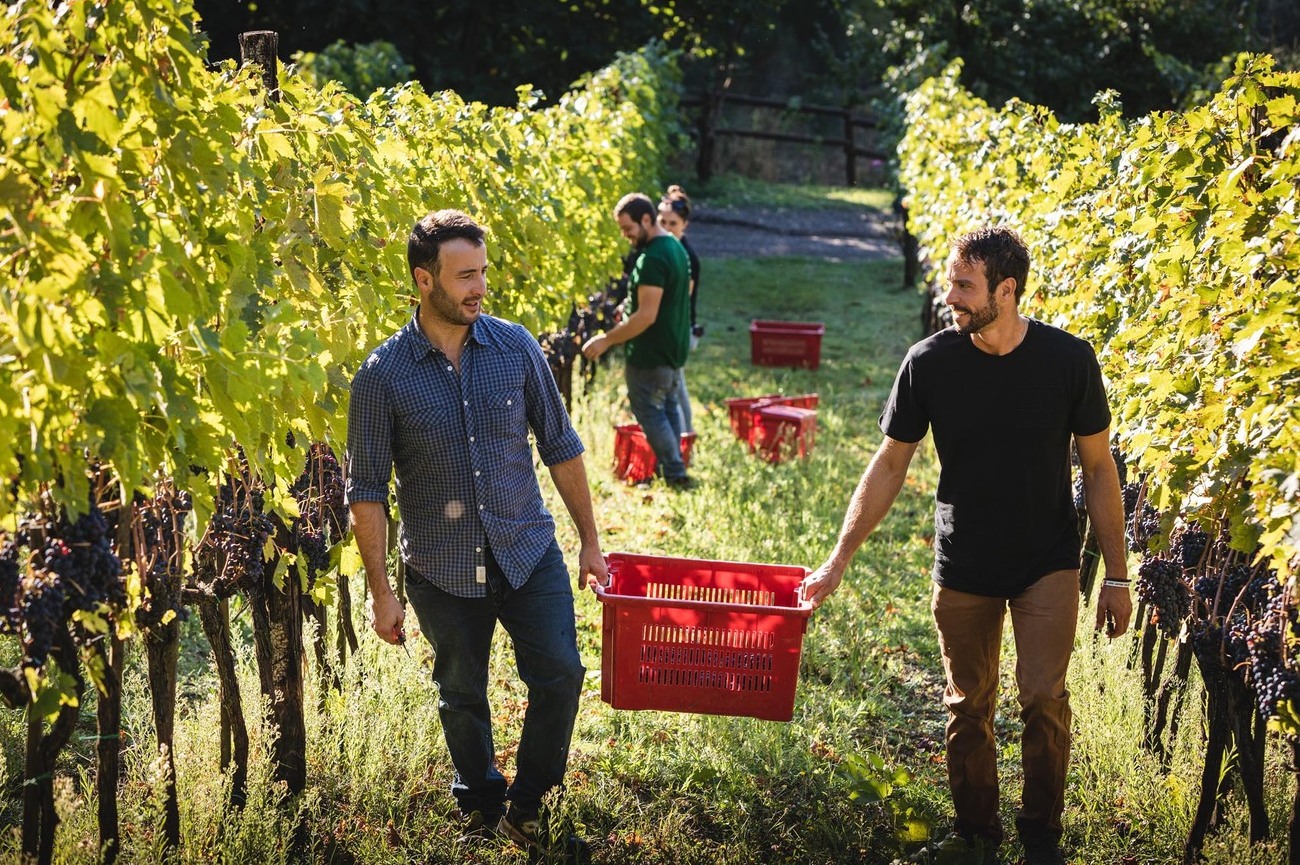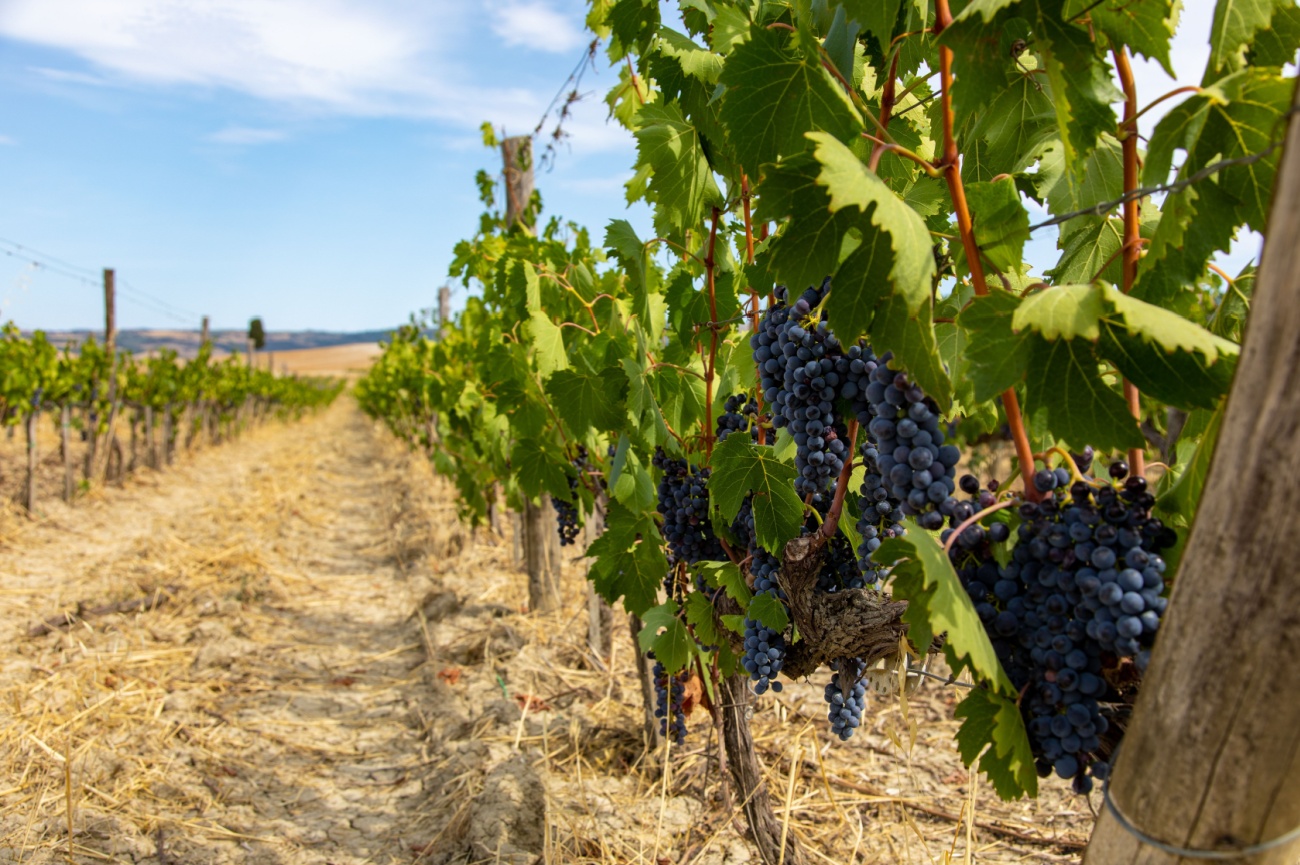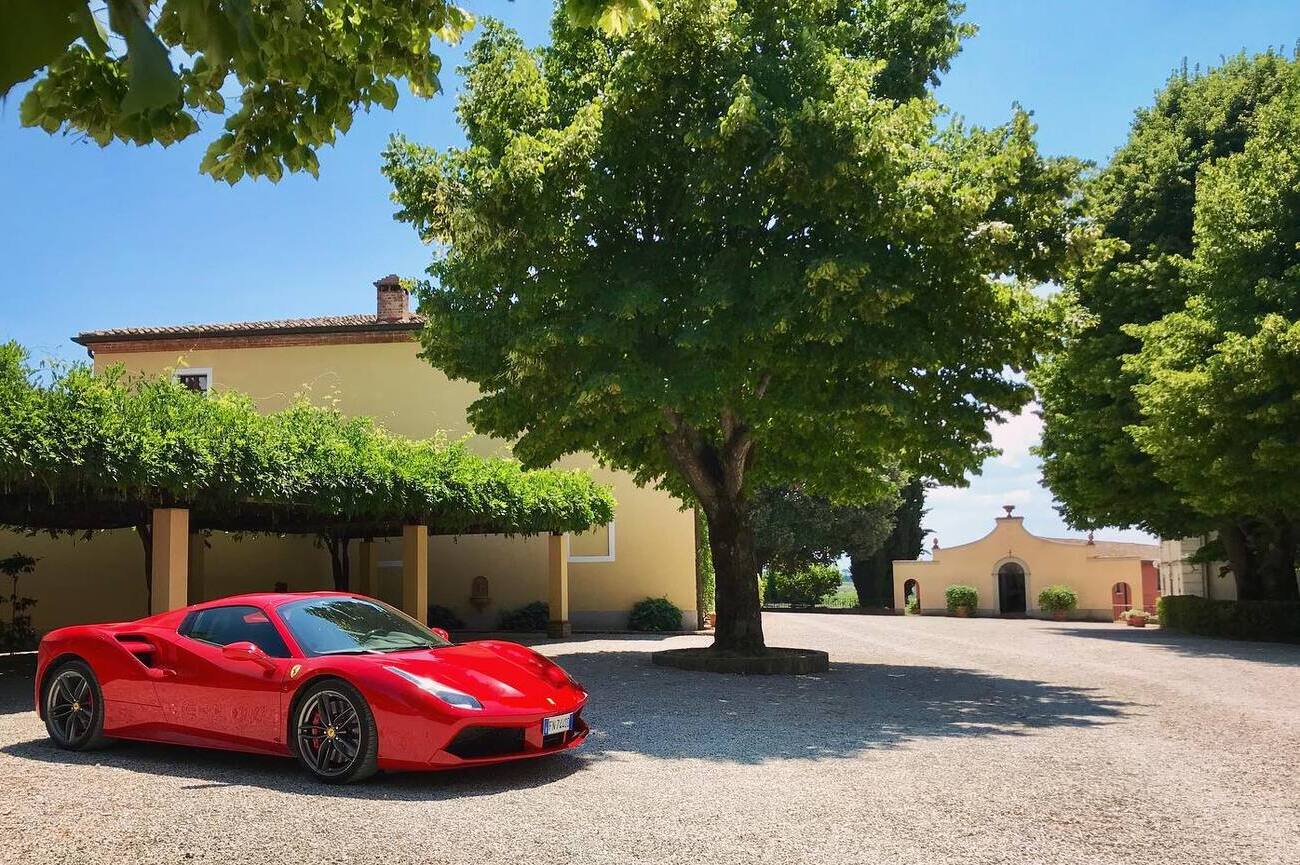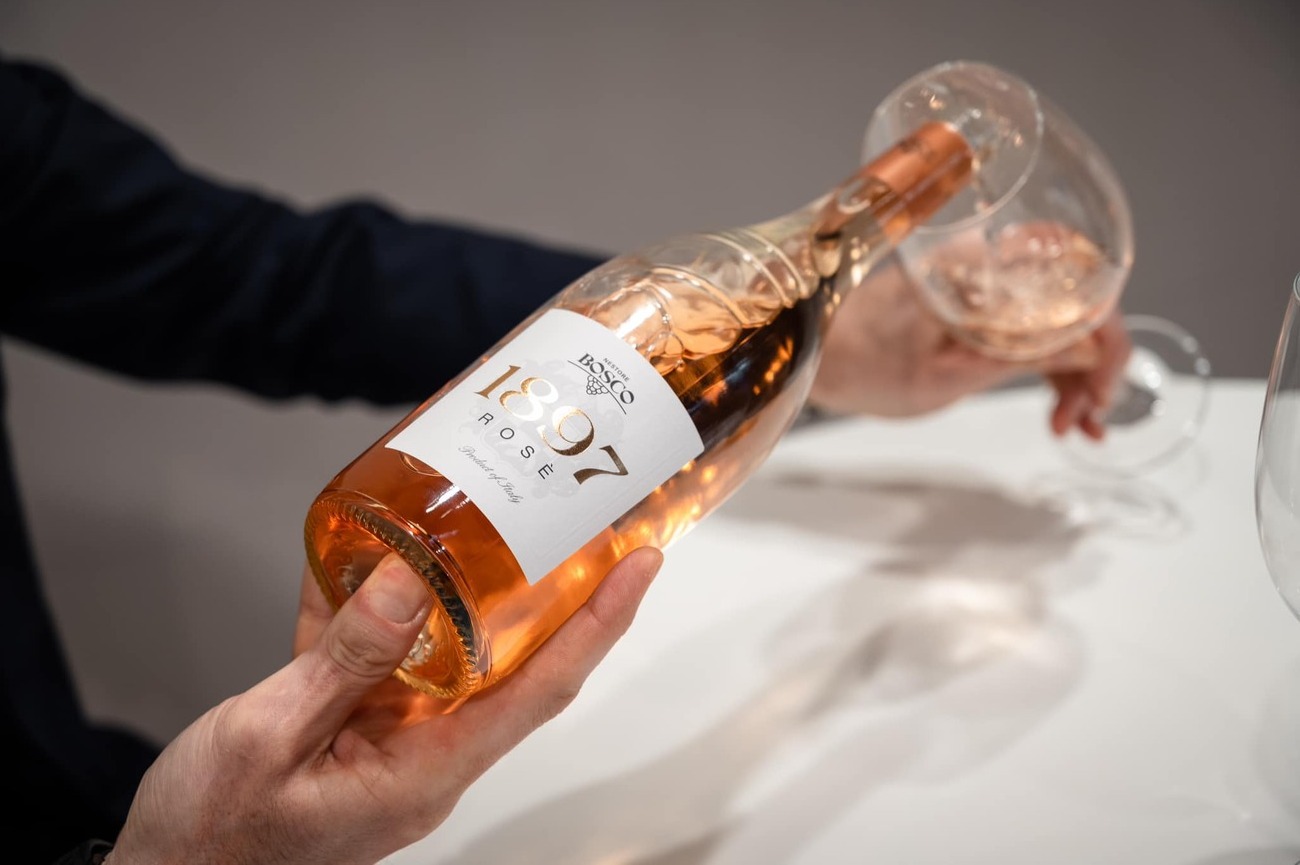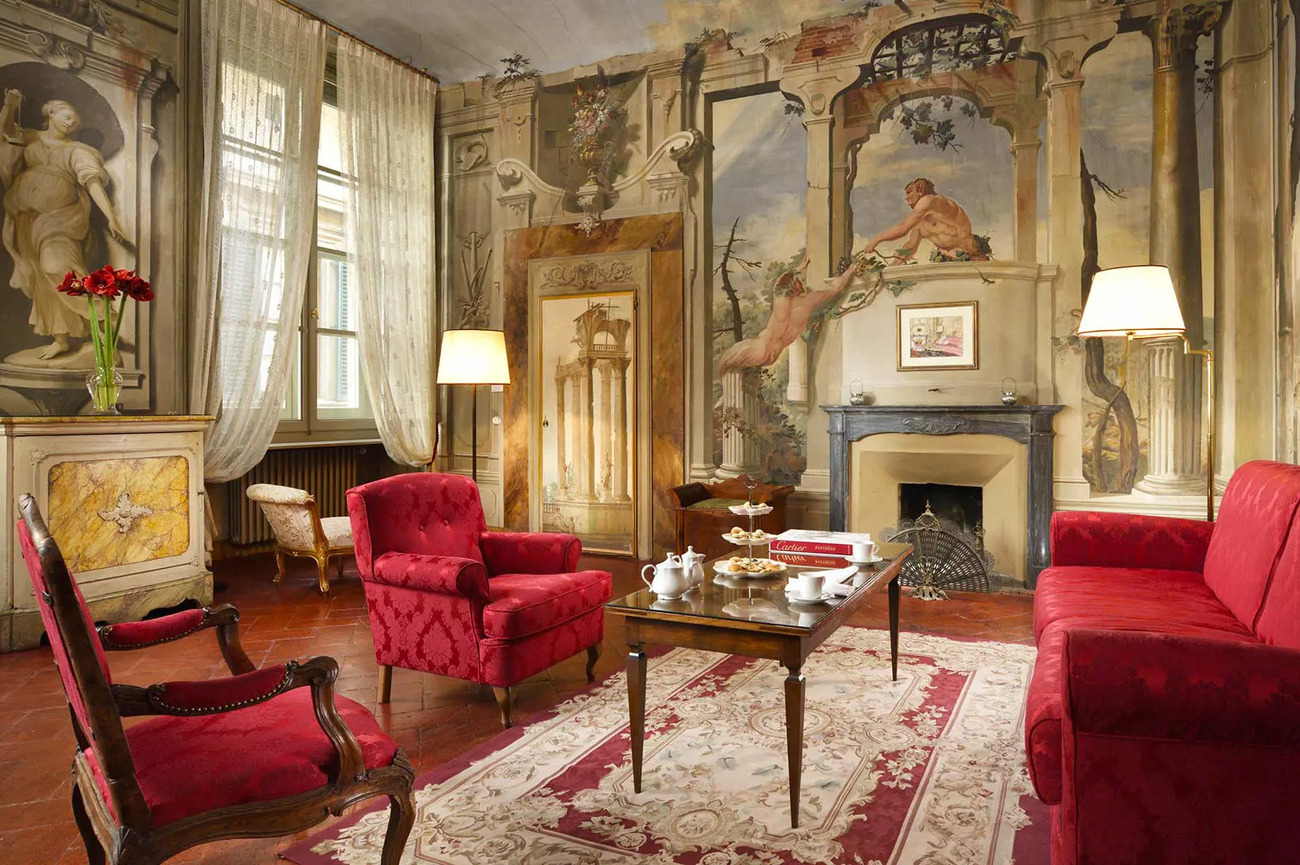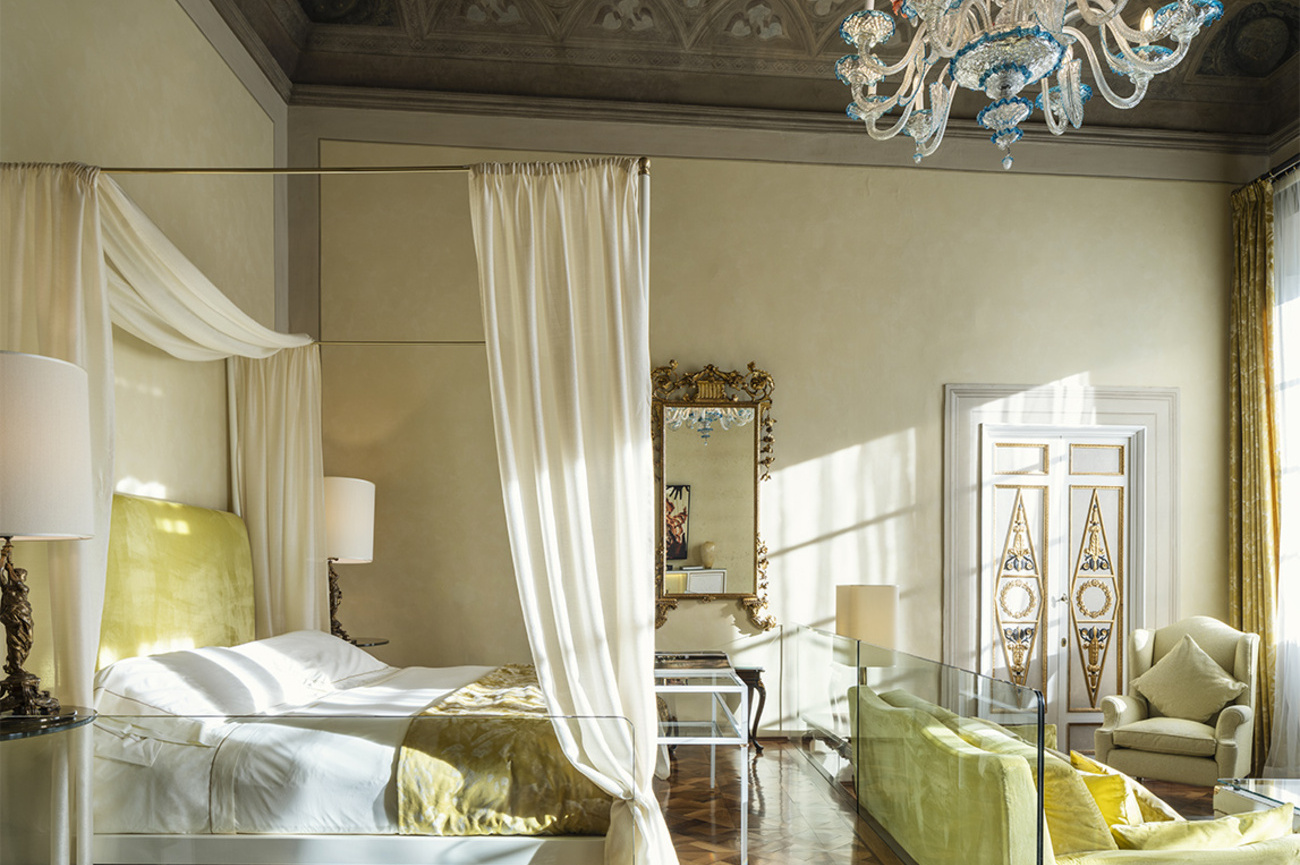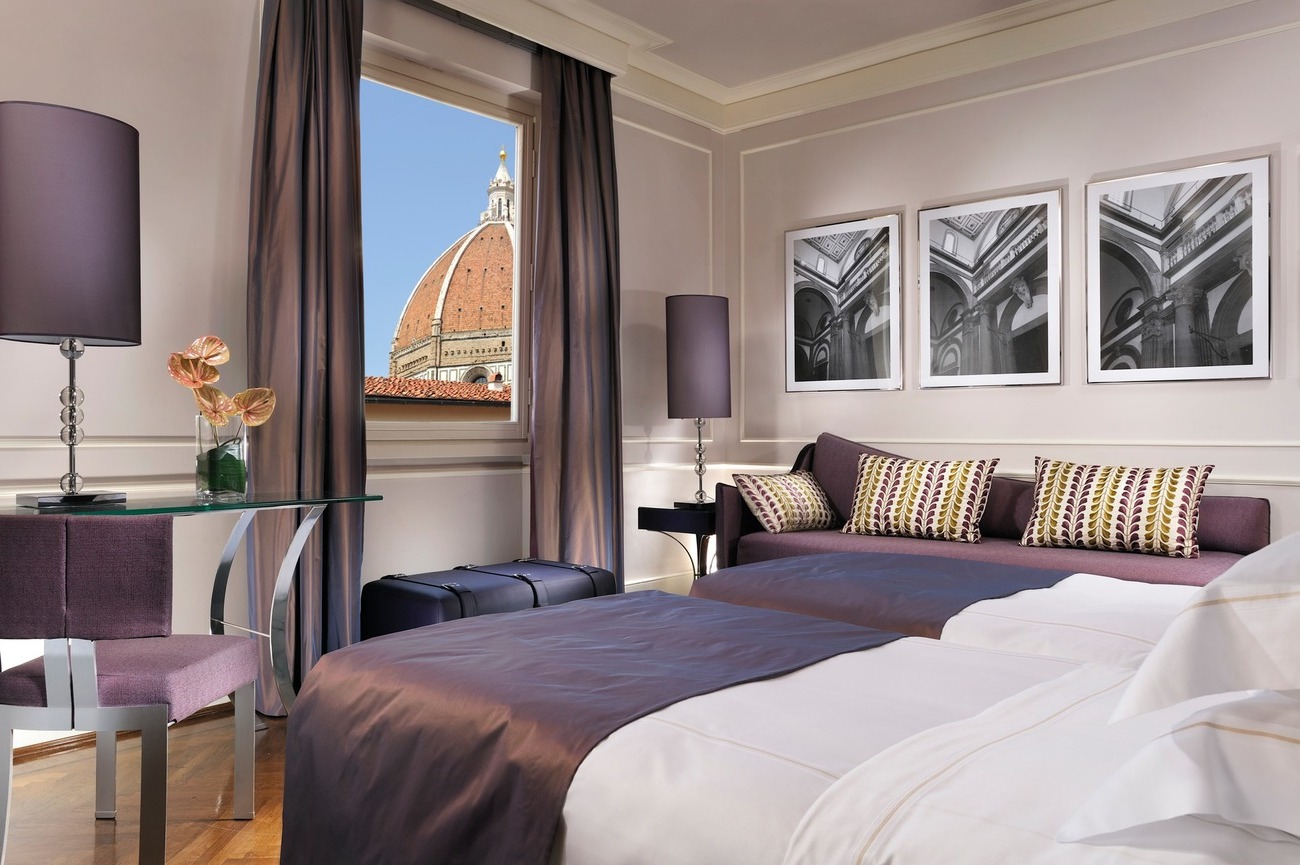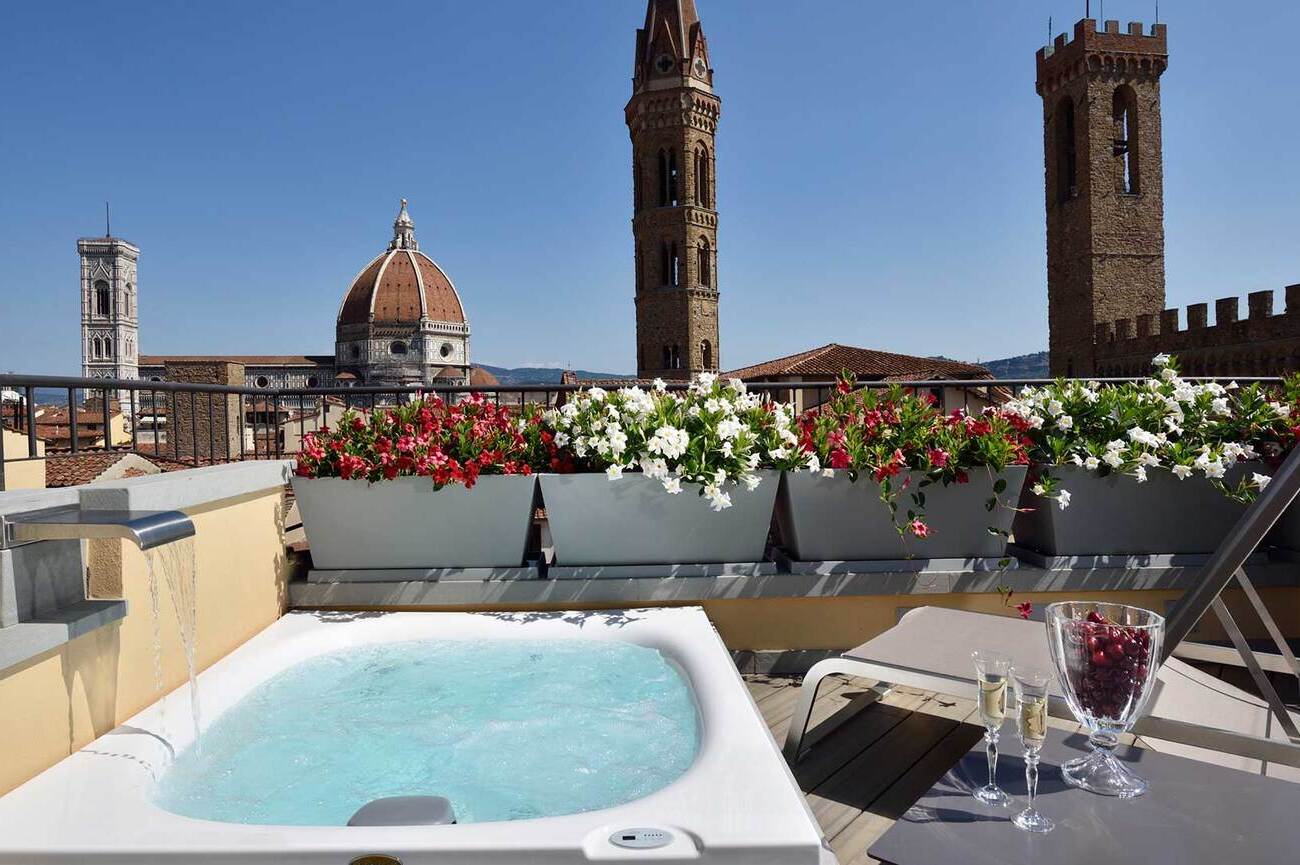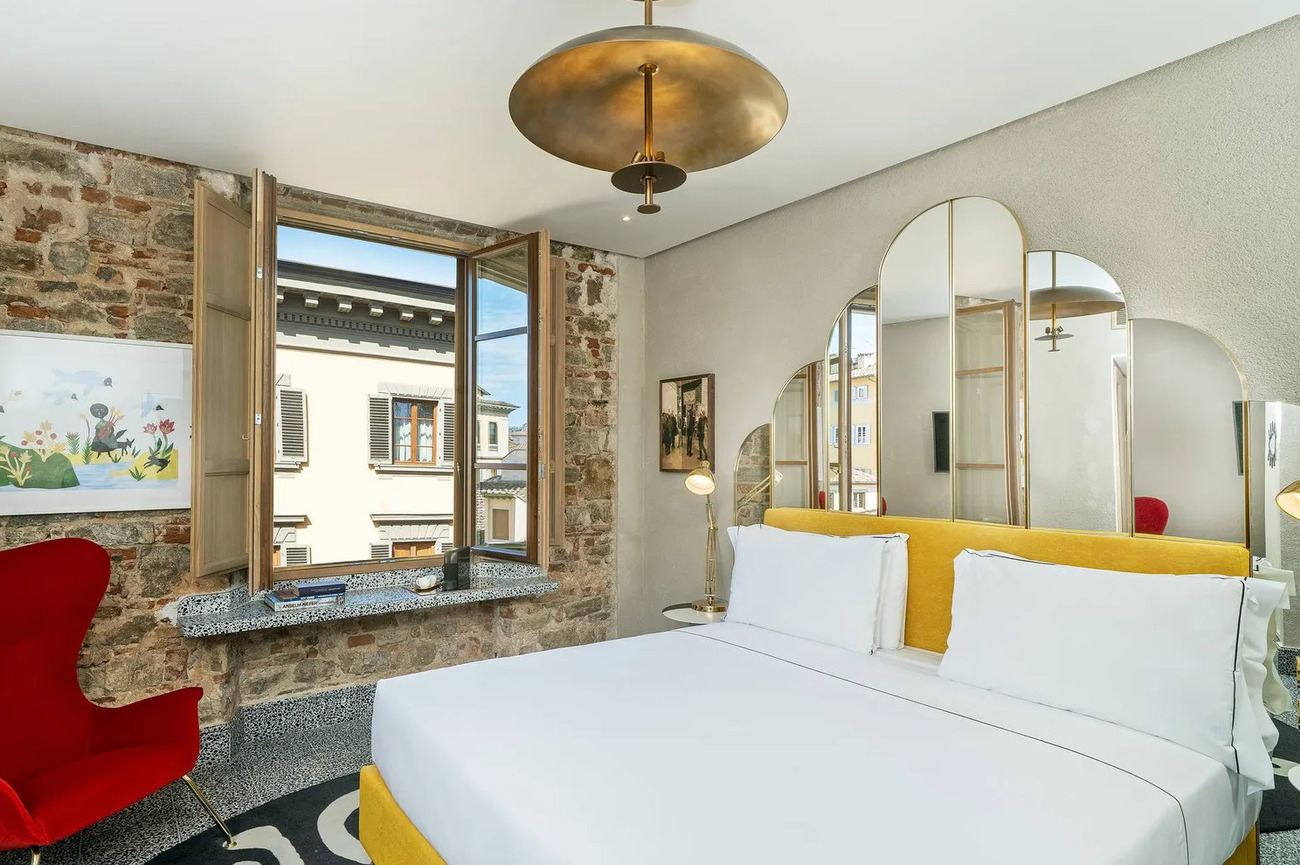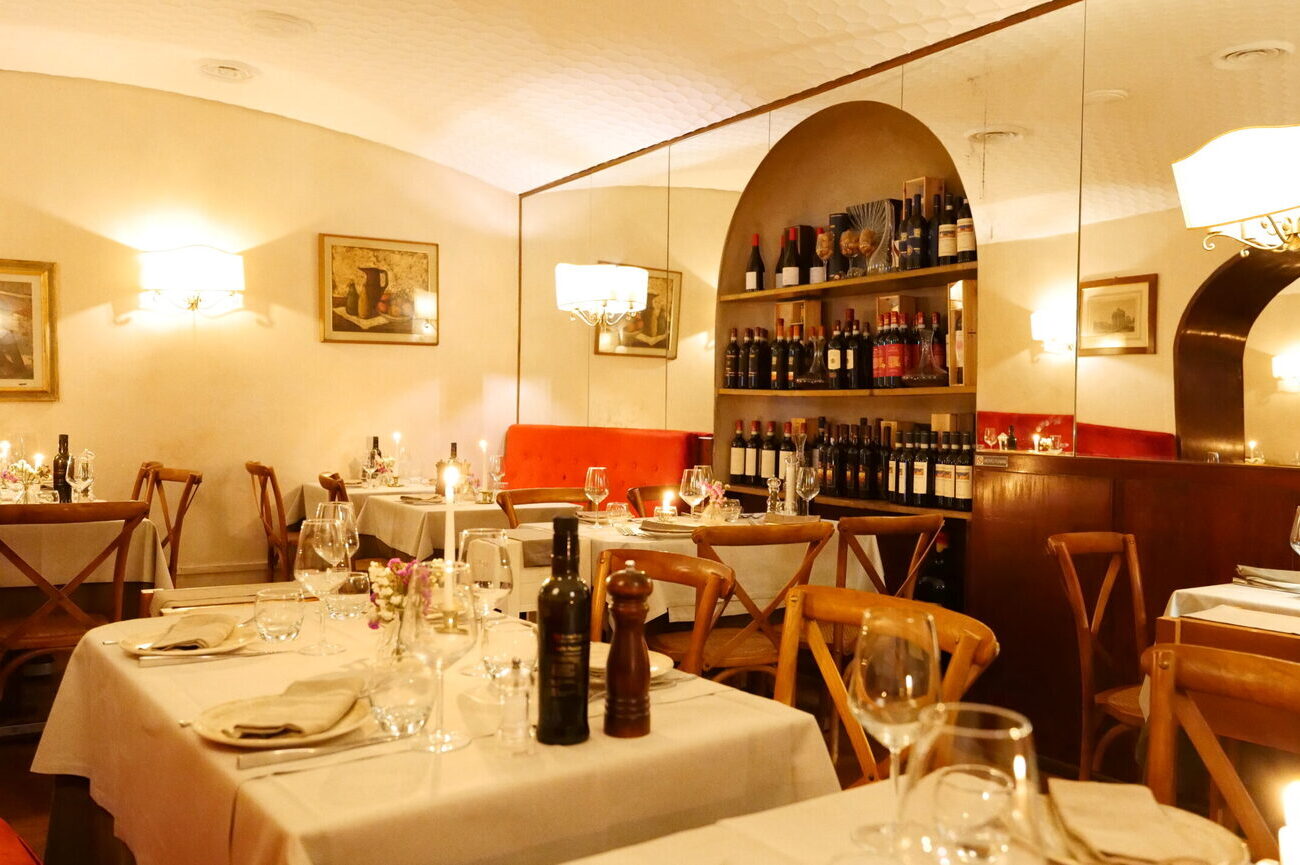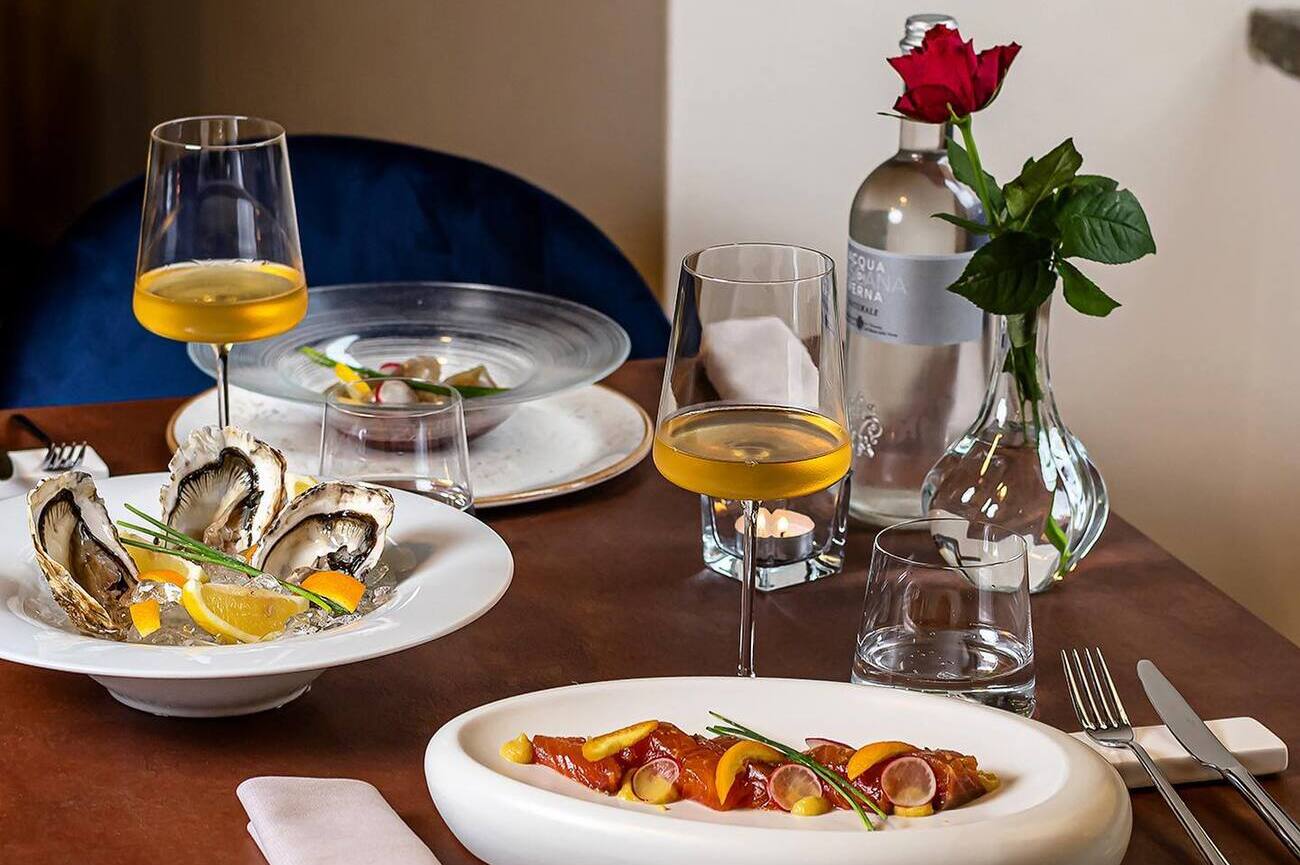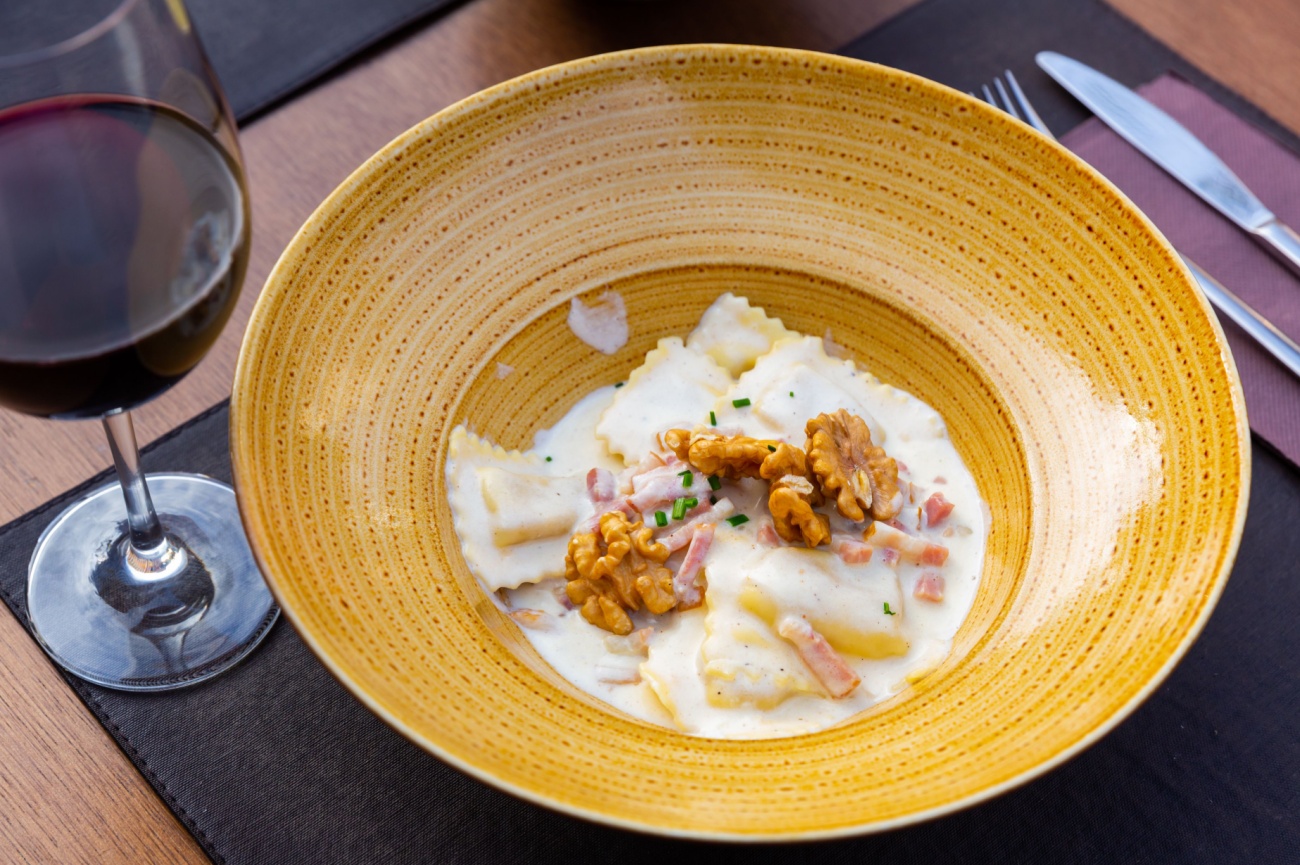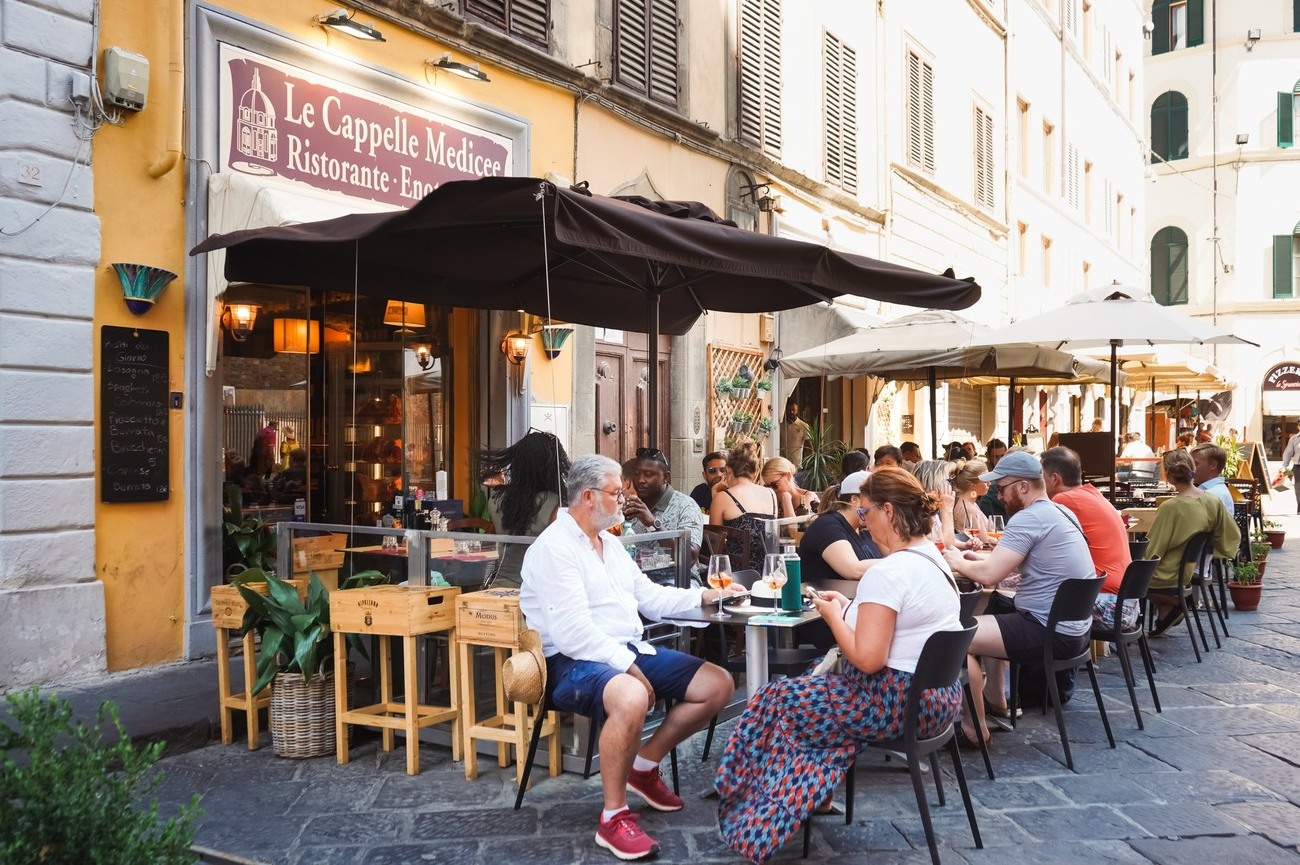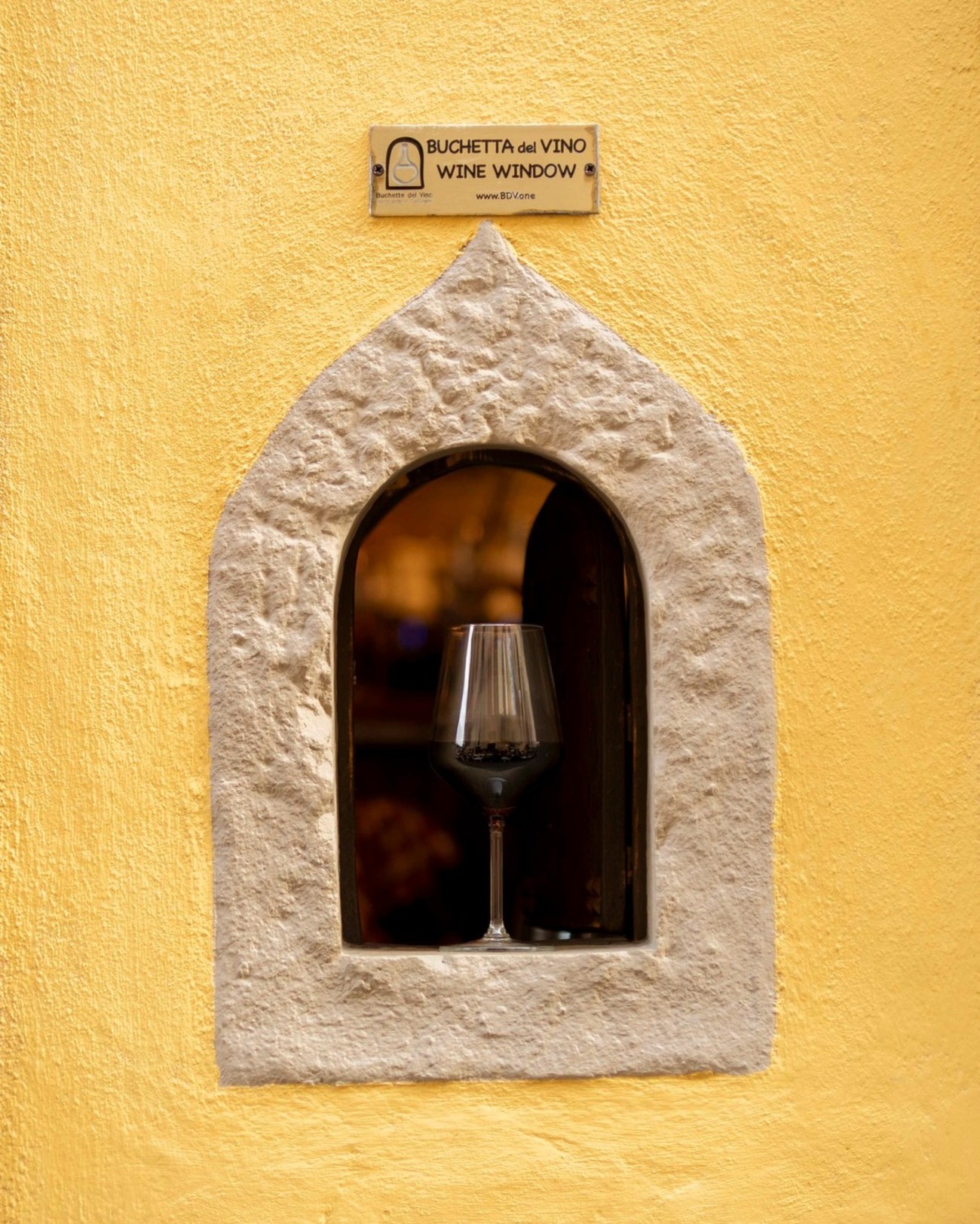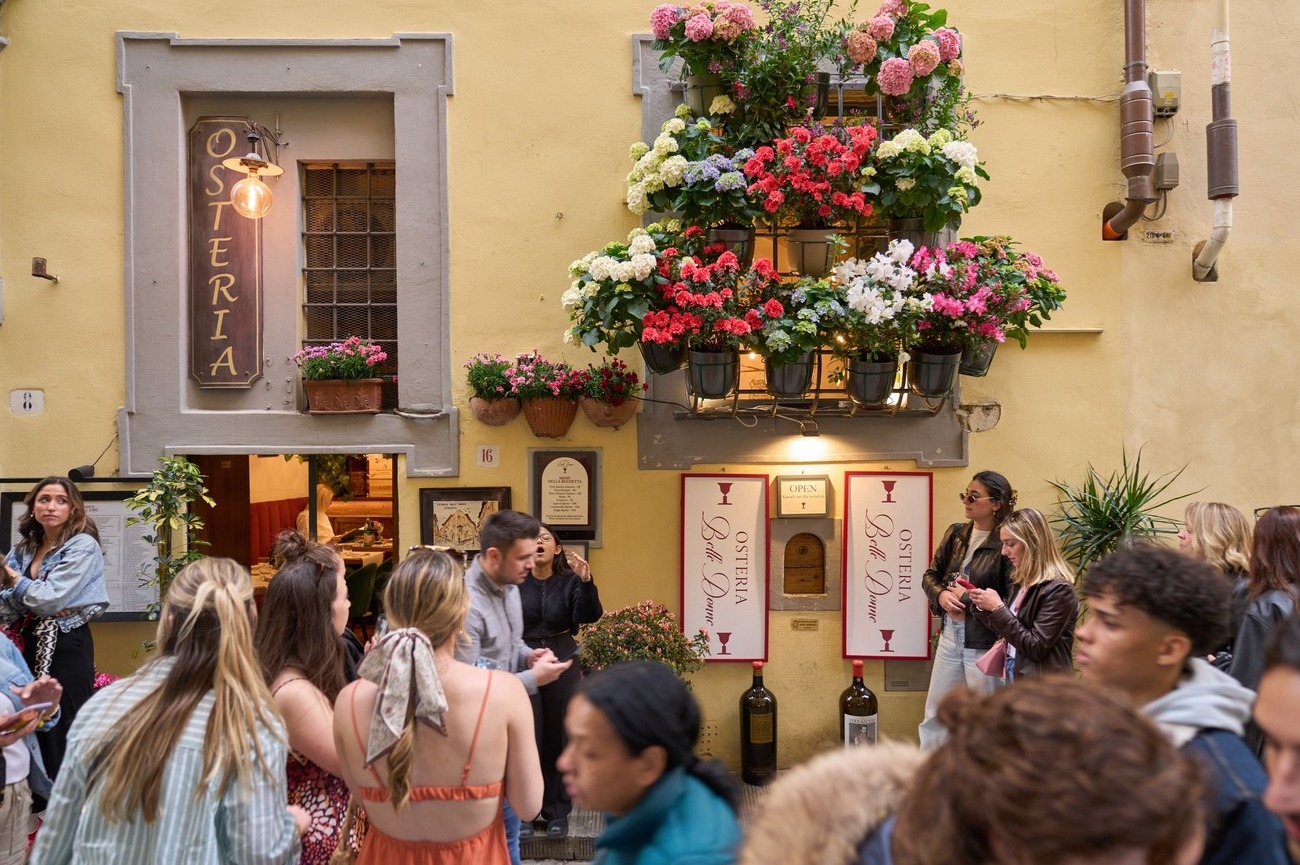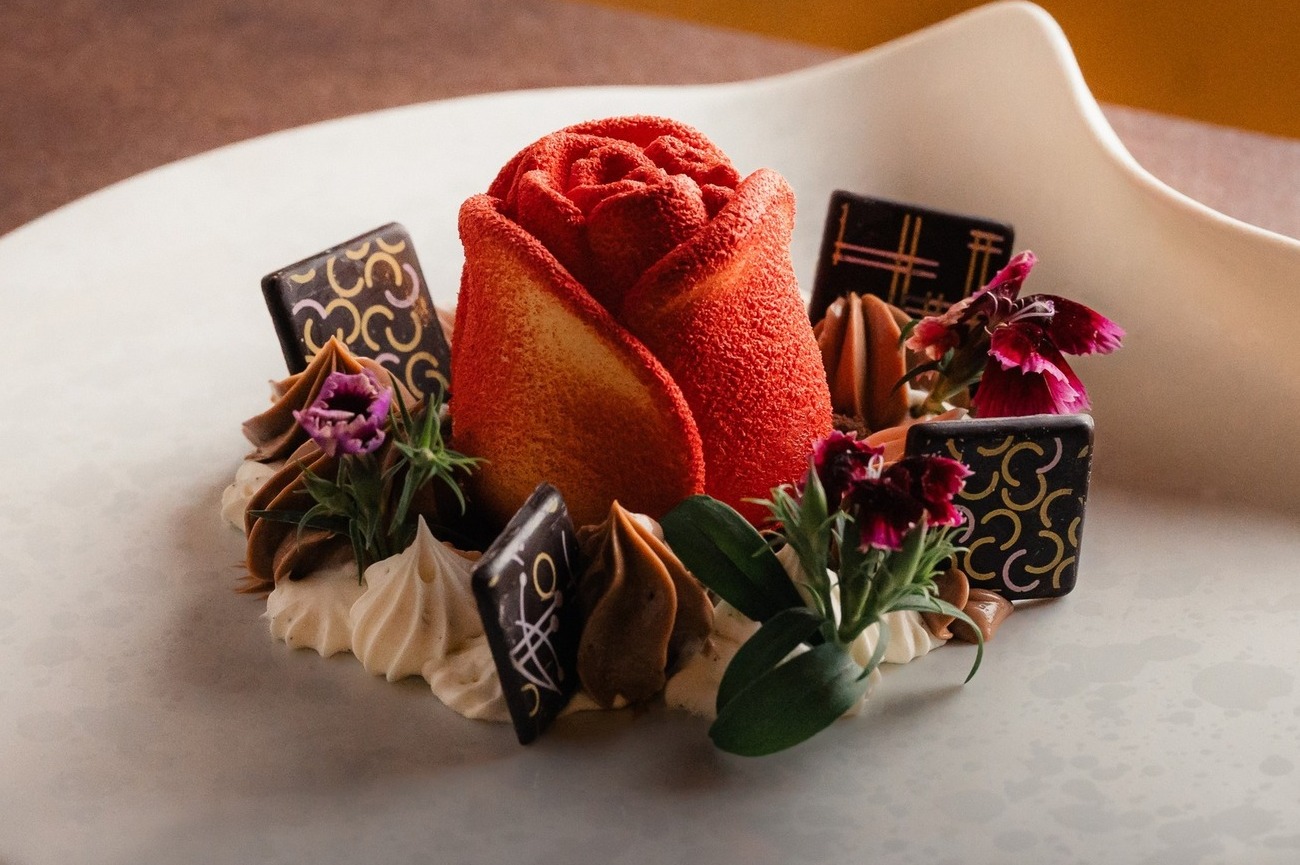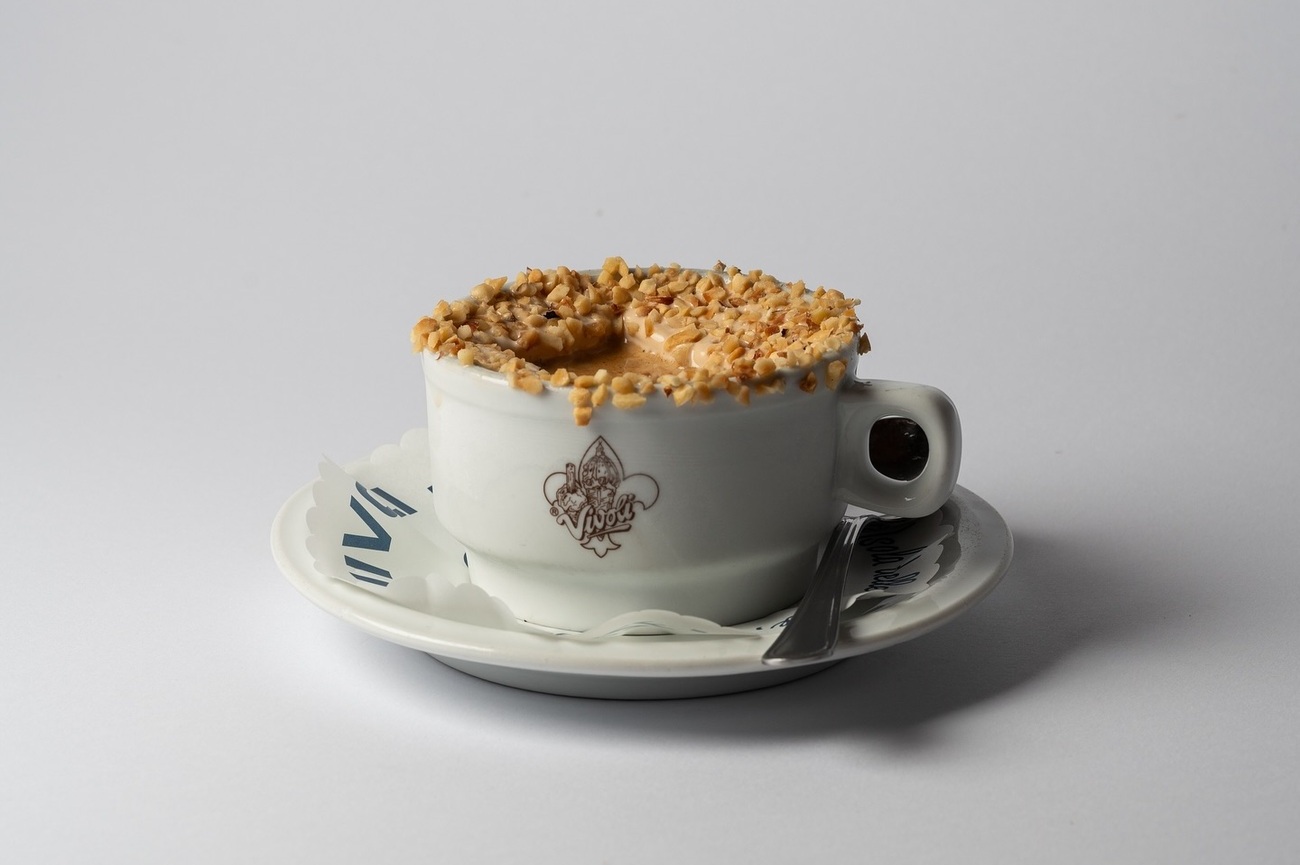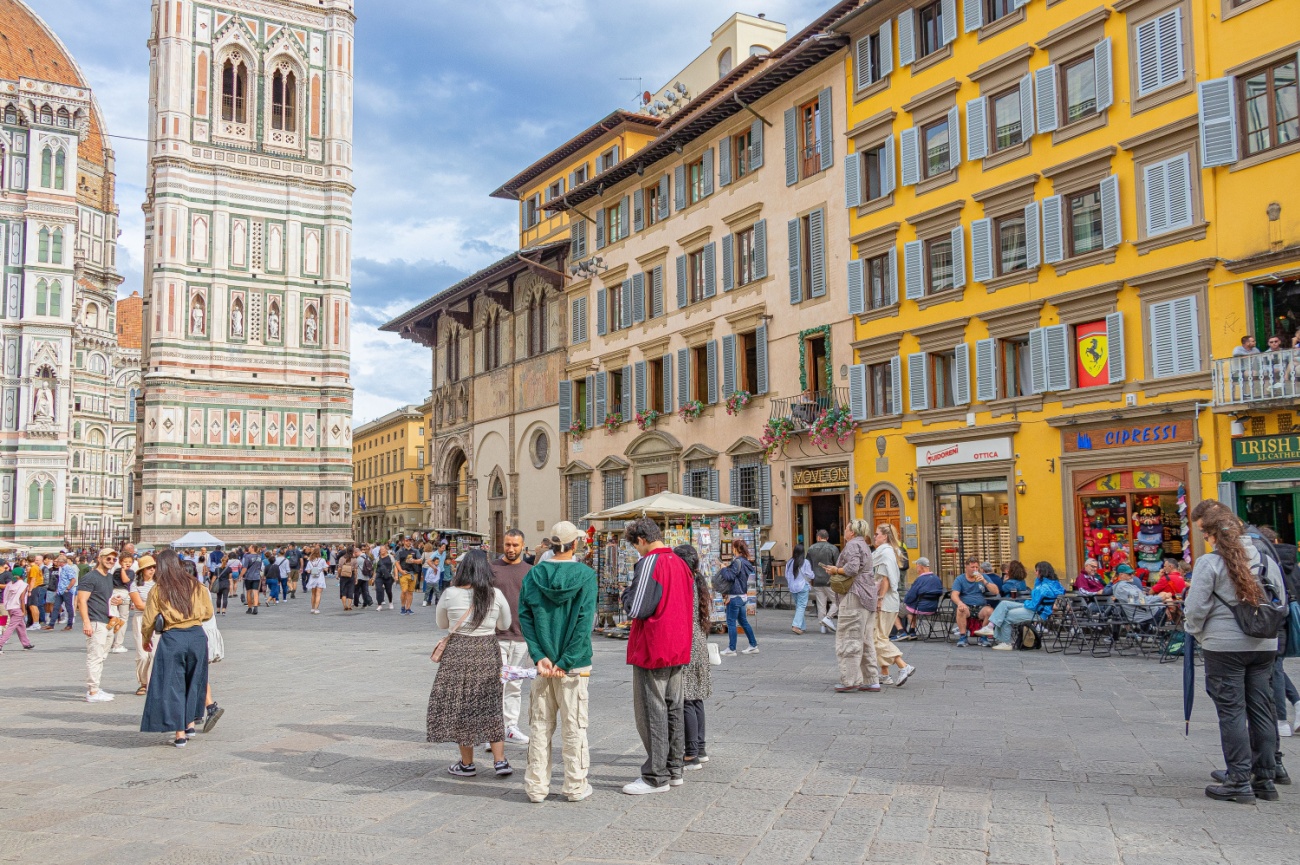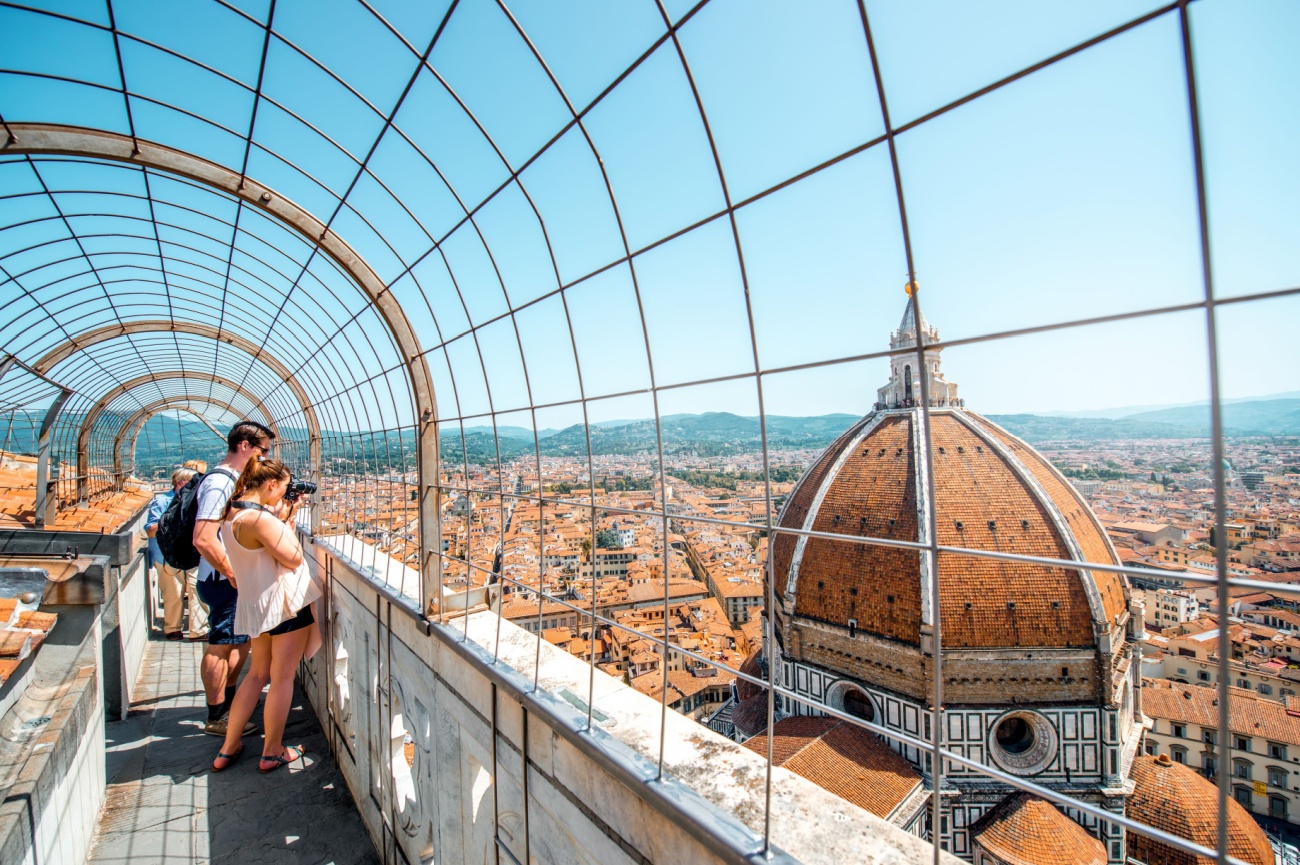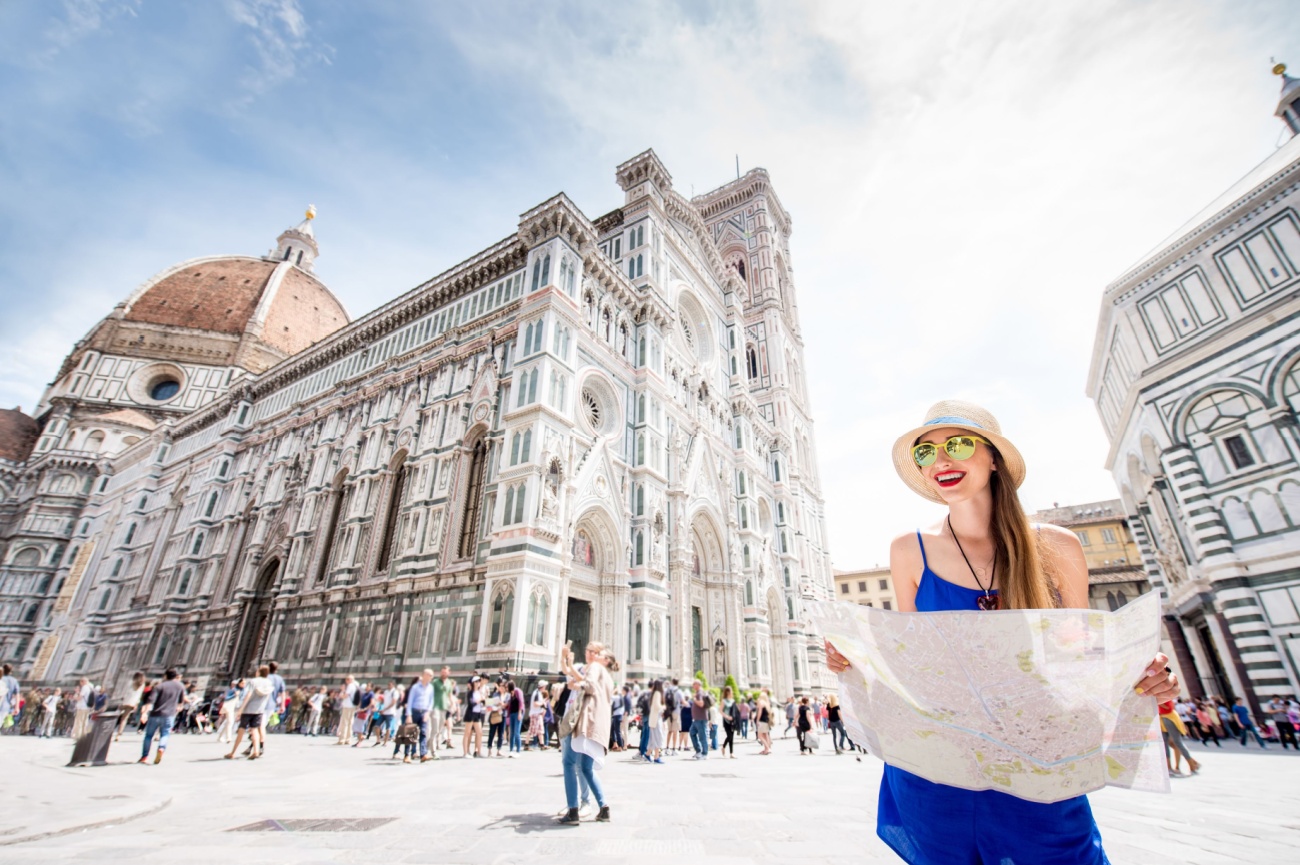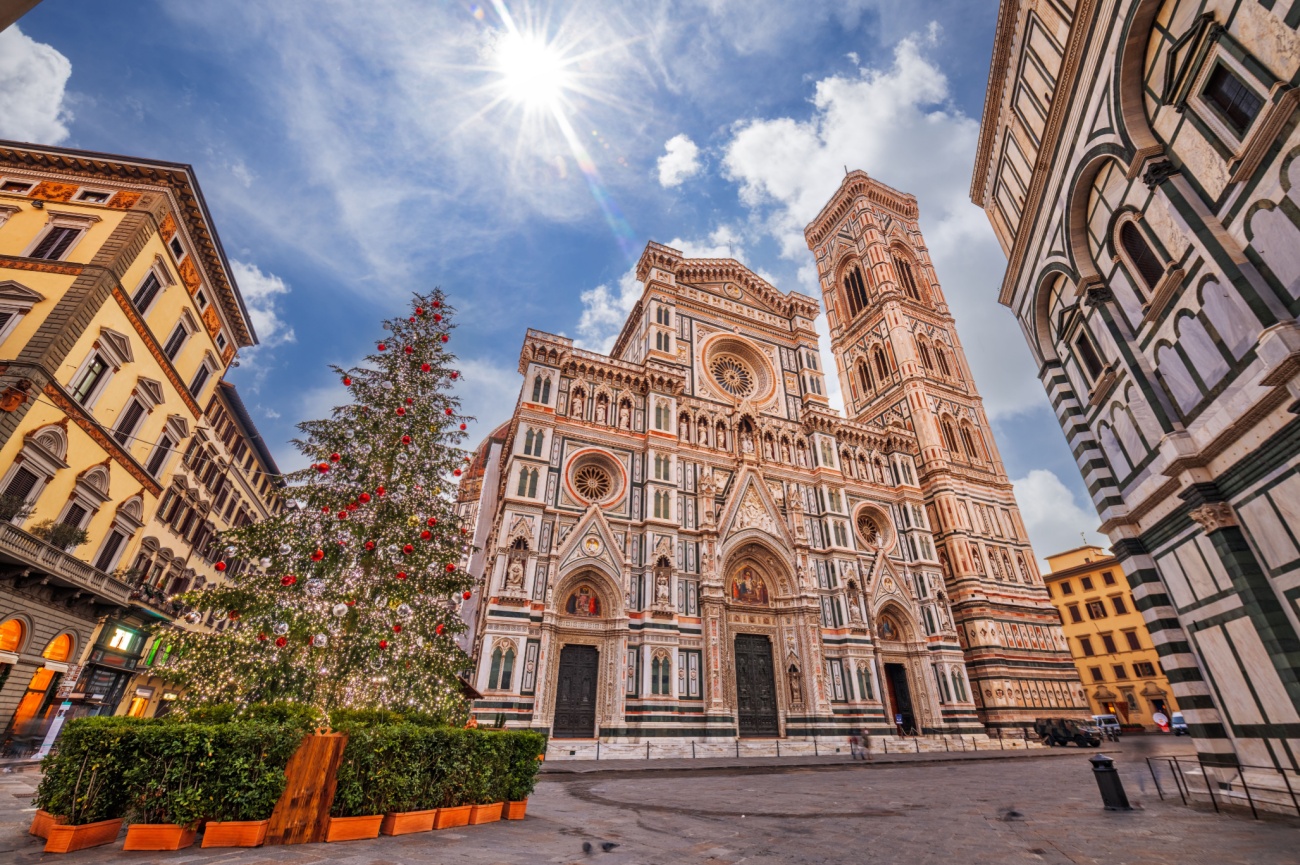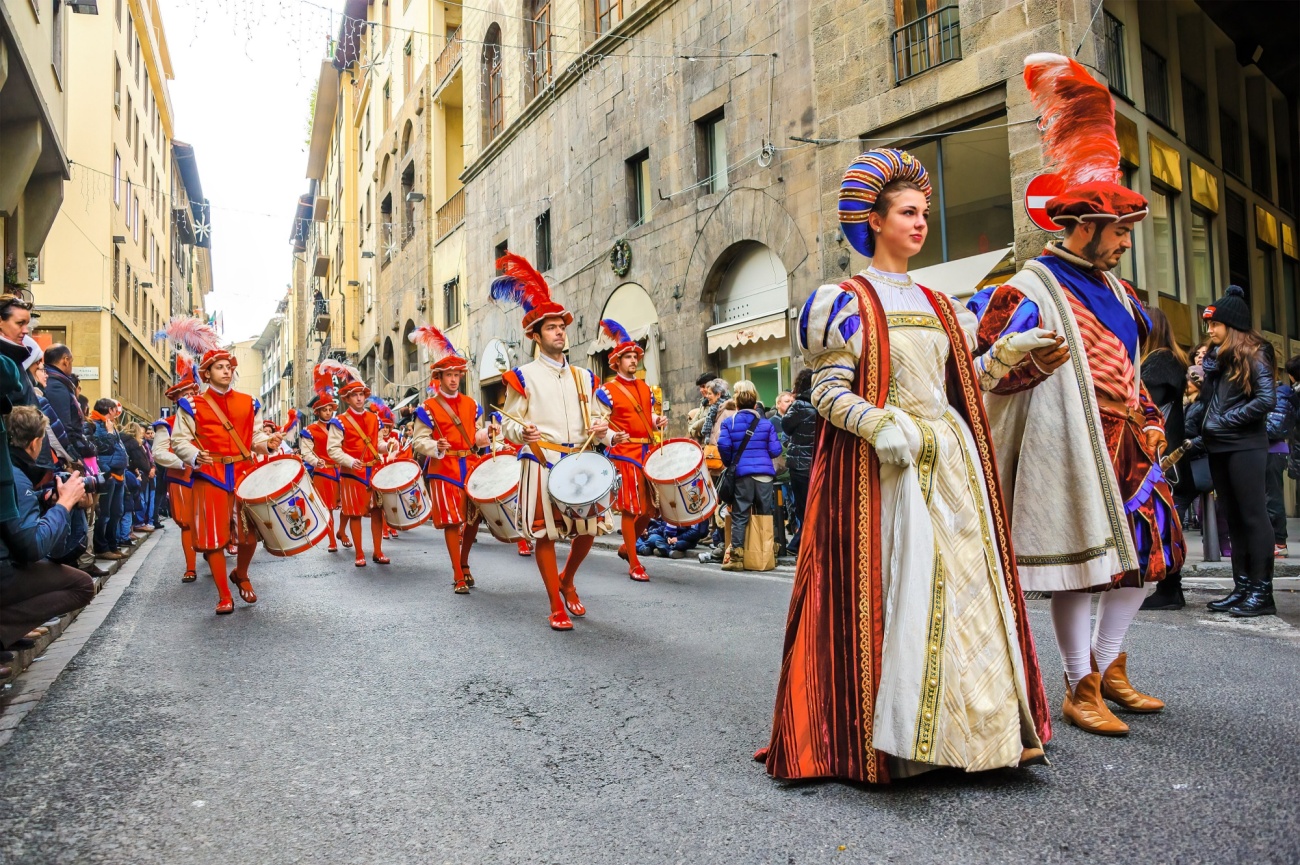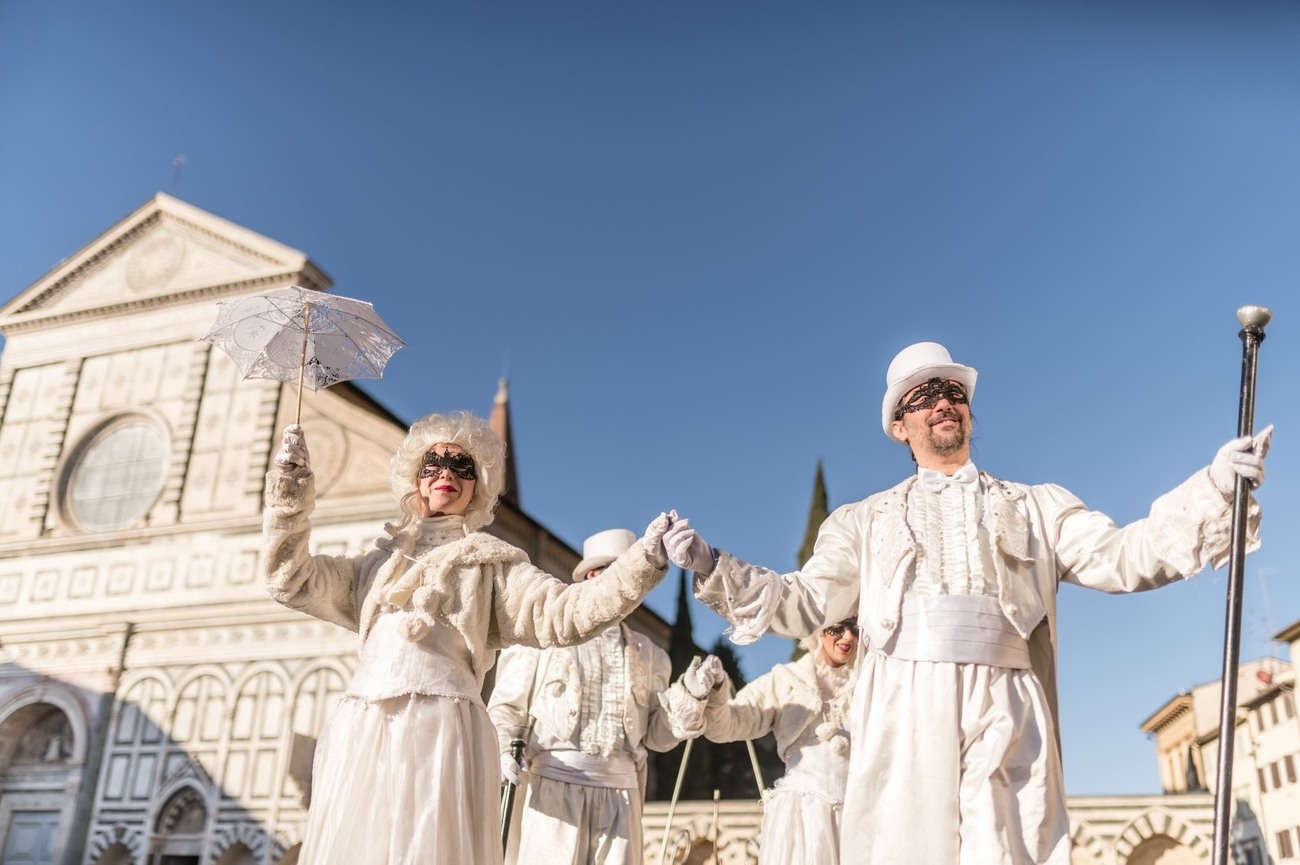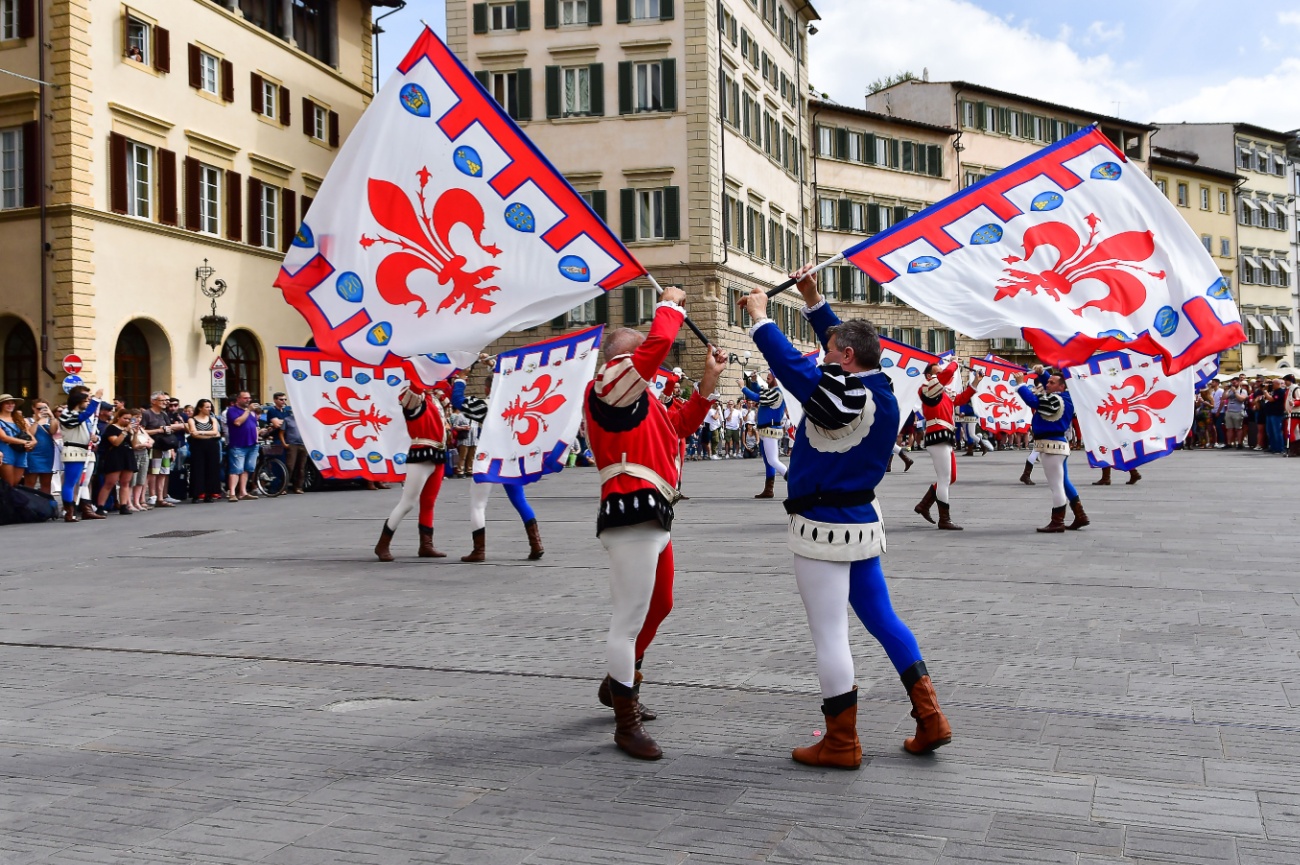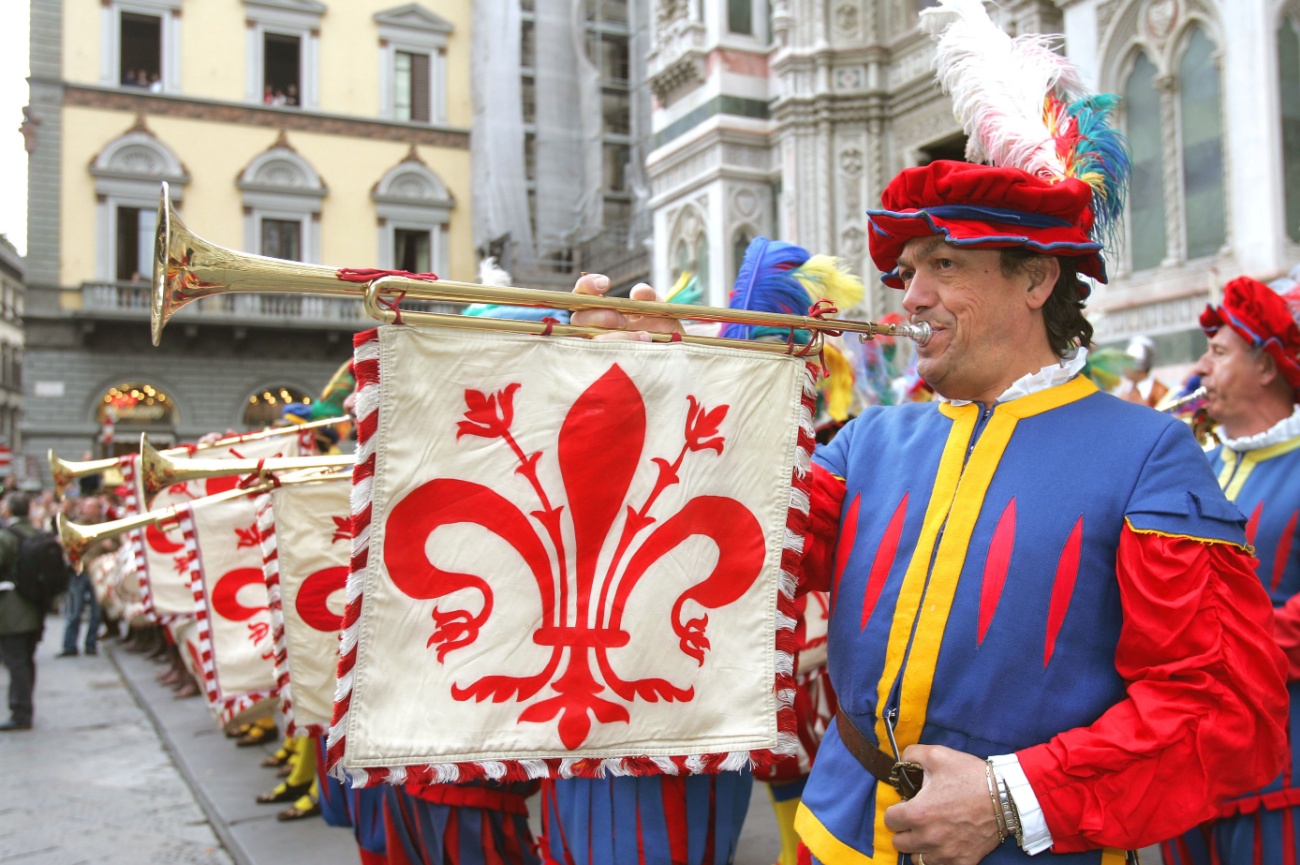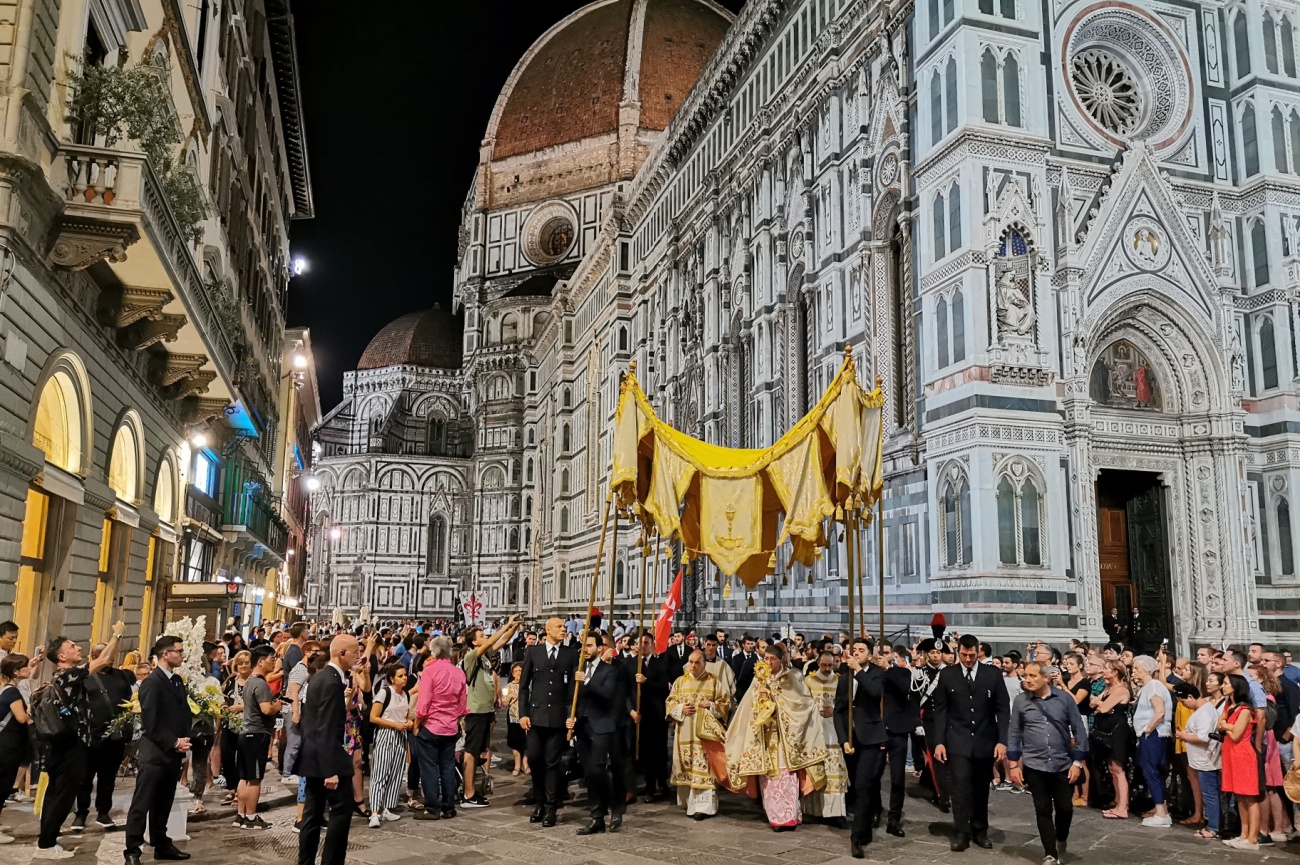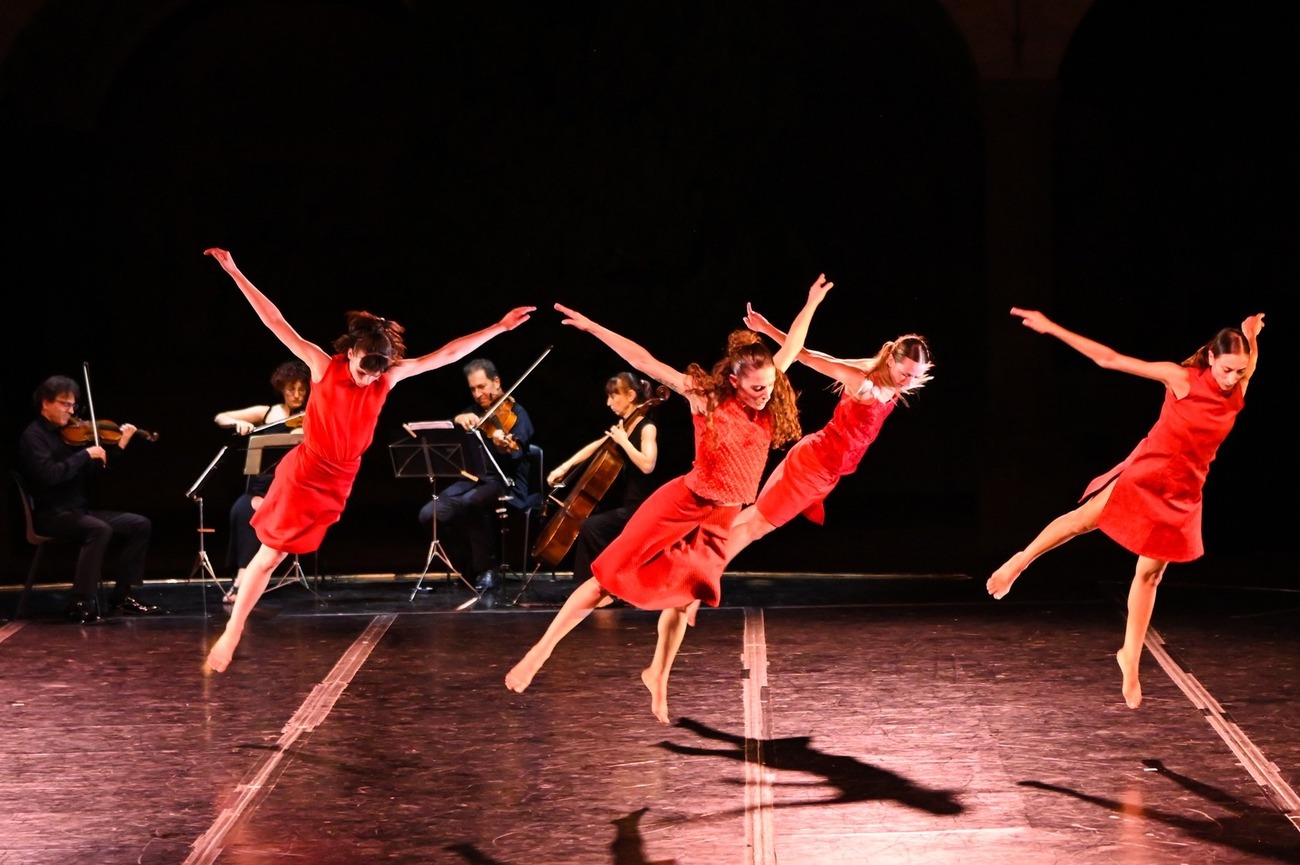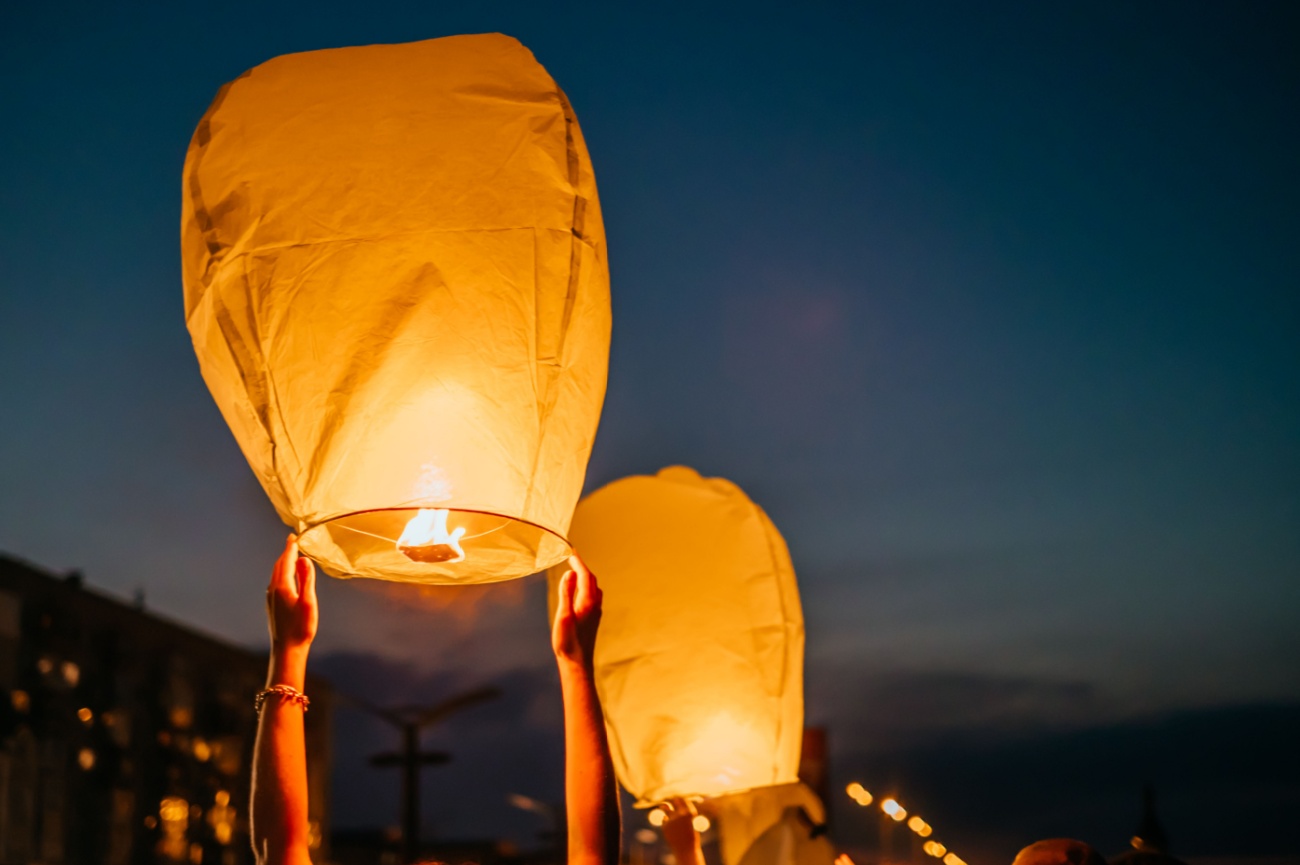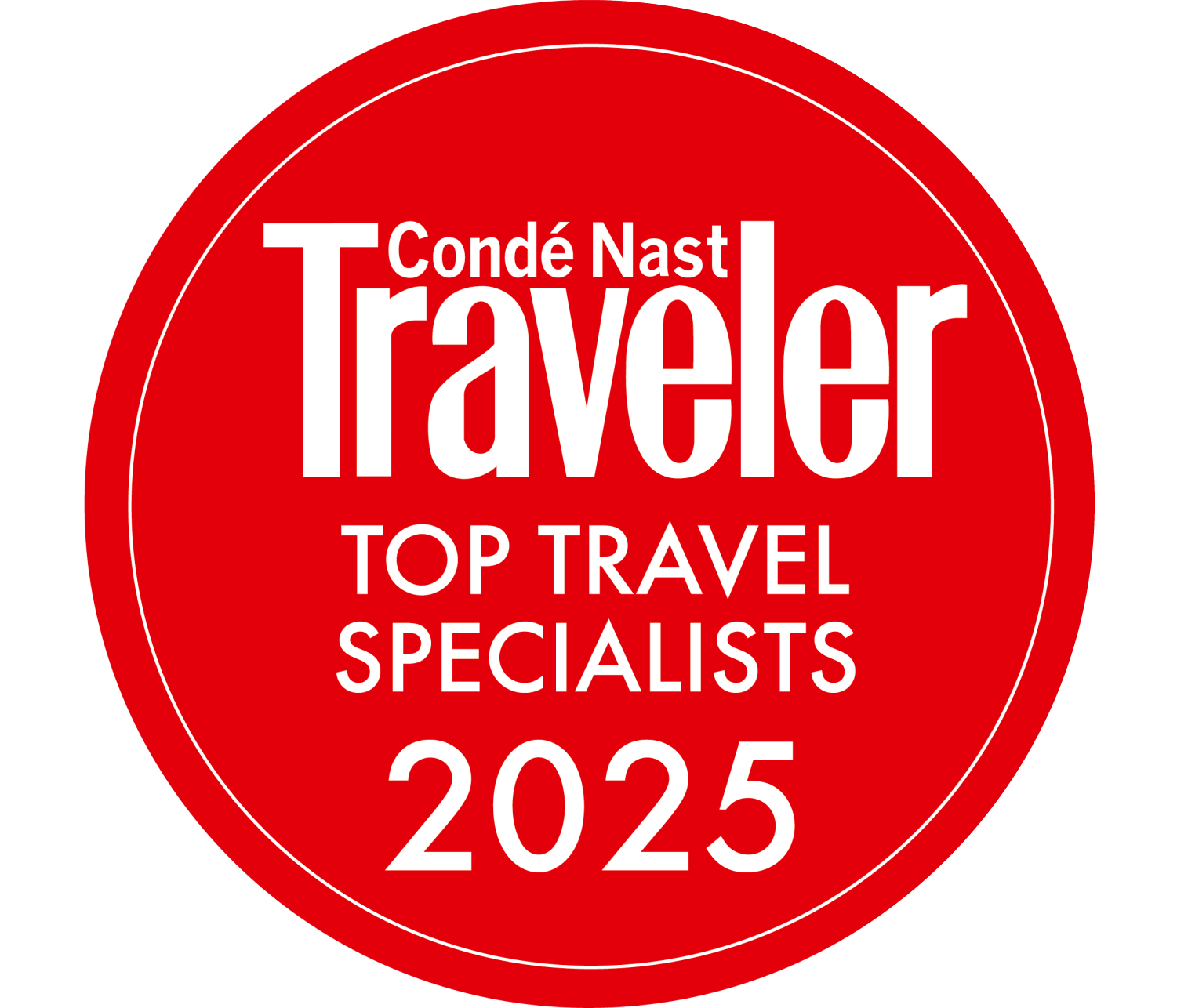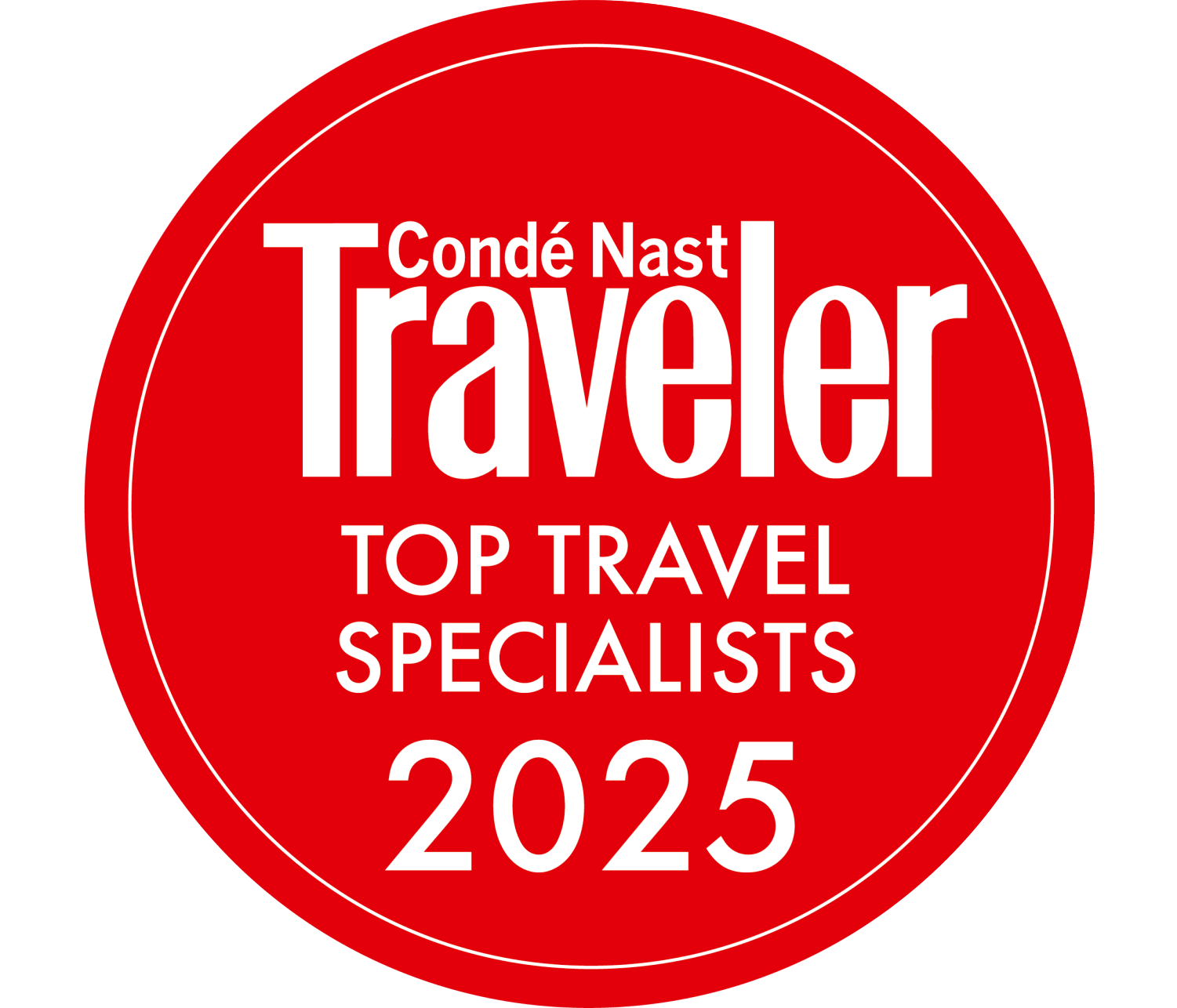Things to Do in Florence, Italy: 4-Day Itinerary
Florence, the birthplace of the Renaissance, is a living museum tucked into the rolling Tuscan hills. The capital of Tuscany is home to some of the world’s most recognizable architecture, world-class art galleries, and a deep cultural heritage that is thousands of years old. The city breathes history.
Firenze is a beautiful, walkable city and easily navigable as all roads lead to the historic city centre, a UNESCO World Heritage Site. Every stroll greets you with elaborate piazzas, ornate fountains, courtyards, gardens, and shops. Churches, basilicas, and convents surprise you with glorious mosaics, frescoes, and artworks by famous Florentine masters.
Walk the same streets as Leonardo Da Vinci, Botticelli, Brunelleschi, Michelangelo, and other great artists and innovators who helped to shape Renaissance Florence under the patronage of the Medici dynasty. All in one day you can see Michelangelo’s statue of David, marvel at Brunelleschi’s Duomo, sip Chianti within sight of the Palazzo Vecchio, and shop for luxury leather goods, an industry that put medieval Florence on the map.
When it comes to dining, there is no shortage of traditional trattorias, haute cuisine, wine bars, and gelaterias. World-class chefs showcase how the simplest of Tuscan ingredients can be taken to innovative levels, while mom-and-pop ristorantes serve up heaps of classic pastas and pizzas. Sip on a glass of vino rosso in one of the lively cafés or seek out one of the many wine windows in the historic district.
Most of the year, Florence can be crowded, particularly in the cathedral zone. Make sightseeing easier by purchasing advance tickets for timed entry to the major sites. Florence is a direct two-hour train ride from Rome and has an international airport. Once there, follow our Florentine itinerary to be immersed in the cultural and culinary heritage of this dreamy city and the surrounding countryside.
Day 1

Morning: Cathedral Complex
The easiest way to see everything in the Piazza del Duomo is to purchase a Duomo complex ticket that offers timed entry to all the major sites. The Cathedral of Santa Maria del Fiore dominates the skyline and is by far the most popular attraction in Florence. Try to visit as early as possible to avoid crowds.
The crown jewel of the cathedral is its famed Duomo, designed in 1420 by architect Filippo Brunelleschi. As a fan of ancient engineering, Brunelleschi took inspiration from the Pantheon in Rome. His enormous brick dome is an architectural marvel as it spans 55 meters across the basilica. The structure's brilliance lies in its inner and outer domes, creating a hollow space between them, making it a lighter load to carry. The Florence Duomo remains the largest masonry dome in the world.
If you have the time and inclination, climb 464 steps to the lantern of the dome for commanding views over the Tuscan landscape. Prepare yourself for the dizzying heights, as you ascend high above the nave along a walkway where you can practically reach out and touch the ceiling frescoes (but please, don’t!). The views are magnificent and well worth the effort.
The free-standing bell tower next to the cathedral is the Campanile designed in 1334 by Giotto, who is best known for his late Medieval paintings. The red and green marbled campanile offers equally breathtaking views as the Duomo. The summit terraces are 414 steps to the top with peek-a-boo windows along the way. Many of the twelve bells are still functional and ring out six times a day.
Also in the Piazza del Duomo is the masterpiece of Italian Romanesque architecture, the Baptistry of Saint John, constructed in 1059. At a minimum, spend a few minutes inside. The interior is covered with splendid 13th and 14th-century mosaics by Tuscan masters such as Cimabue, Meliore, and Coppo di Marcovaldo. The extraordinary interior dome contains some of the most important medieval Italian mosaics.
As the name implies, Saint John’s was the place where everyone from Florence was baptized. In 1330, Andrea Pisano was commissioned to design the South Doors with scenes from the life of Saint John the Baptist sculpted into beautiful quatrefoil frames. The doors were completed before Pisano died from the plague.
The Black Death of 1348 decimated a third of the European population, taking with it many artisans and craftsmen. In 1401, a competition was established to create a new set of bronze doors for the baptistry to attract artists back to Florence. It worked! The monumental doors of this building were the catalysts that fueled the Renaissance.
The competition was won by a young Lorenzo Ghiberti, beating out Brunelleschi, the master of the Duomo. Between 1425 and 1452, nearly sixty years after the plague stunted artistic development in Europe, Ghiberti used innovative techniques in linear perspective to sculpt high-relief scenes from the Old Testament on the East Door and Christ’s Passion on the North Door, which Michelangelo dubbed the “Gates of Paradise.”
Day 1, morning - Florence Tour Map
Afternoon: Ponte Vecchio and Palazzo Vecchio
Walk off lunch with a stroll across the Ponte Vecchio. The arched stone bridge crossing the Arno River was built in 1339 atop a former Roman bridge. Thankfully, it dodged destruction during WWII making this the oldest bridge in Florence. The Ponte was originally built to house merchant stalls, which consisted primarily of smelly butchers. A 1565 decree ruled only goldsmiths and jewelers could operate shops on the bridge, which is still the case today. Street vendors also sell leather goods, textiles, and art around the Ponte Vecchio.
Wine Windows – As you walk around Florence, you might notice little arched openings on the side of buildings. These are often the popular wine windows, or buchette del vino, that made a comeback during the Covid pandemic. The windows are unique spots to grab a tipple and linger around outdoors. The windows serve not only wine, but some offer small bites, gelatos, and affogatos. Several popular wine windows are listed under casual dining. Grab a glass of wine at Osteria Belle Donne’s bustling window.
End with an evening walk to the Piazza della Signore in the heart of Florence where the imposing 15th-century Palazzo Vecchio stands as a symbol of Medici power and wealth. Cosimo I di’ Medici was responsible for commissioning architectural transformations of the palace and many of the great Renaissance artworks. A reproduction of Michelangelo’s David sculpture has stood watch over the Piazza since 1873. Check out the 1520s marble sculptures of Hercules and Cacus by sculptor Baccio Bandinelli in the outdoor Loggia della Signoria. The mighty Fountain of Neptune, commissioned in 1559 by Cosimo I, once provided fresh water to the Florentines and is lit up at night. The piazza is a wonderful public gathering point before or after dinner.
Day 1, afternoon - florence Tour Map
Day 2

Morning: Basilica of San Lorenzo
Try to arrive early at the Basilica of San Lorenzo to miss the crowds. The church was consecrated in AD 393, making it one of the oldest churches in Florence, as well as one of the largest. The Medici financed a renovation of the old Romanesque building using many of the architectural innovations developed during the 15th-century. Brunelleschi started the project in 1418, and Michelangelo finished only part of the façade a century later.
The church is loaded with masterpieces by Donatello, Bronzino, Verrocchio, and Fra Lippi. The grandest parts of San Lorenzo are the Medici Chapel and New Sacristy. In 1520, Michelangelo completed the New Sacristy to house the Medici tombs which he also designed. His famously incomplete sculpture of the Medici Madonna remains in the sacristy. The Medici Chapel is the resting place for 50 of the Medici family and is topped with a glorious, frescoed dome depicting Florentine saints.
Mercato Centrale Firenze
Just around the corner from San Lorenzo is the Mercato Centrale Firenze. You can’t miss the classic 19th-century arcaded building. The market is an easy stop for a casual lunch or to check out the artisan food and craft shops. With some planning, register for one of the many culinary classes offered in English at the cooking school. Outdoor vendors sell everything from leather and silk to souvenirs and fresh produce. It’s the ideal place to put together a gourmet picnic and relax in one of the parks or gardens.
Day 2, morning - florence Tour Map
Afternoon: Galleria dell' Accademia di Firenze
The Academy of Florence houses the most prestigious collection of Florentine artworks and altarpieces dating from 1300 to 1600. The gallery boasts the world’s largest collection of Michelangelo statuary, including the David, and other significant pieces by Botticelli, Uccello, Ghirlandaio, and Lippi. The museum has a particularly strong collection of rare Gothic gold leaf paintings by the Master of Maddalena Giotto, and Lorenzo Monaco. Allow yourself at least an hour here, maybe two if you are a lover of gothic art. This is a museum not to be missed.
Gelato or Affogato Break
No trip to Florence is complete without a few stops for gelato or an affogato –the Italian specialty coffee that uses gelato for the cream. See our suggestions under Casual Dining for great gelaterias.
Piazza San Marco
Across the street diagonally from the Galleria dell' Accademia is the Piazza San Marco where the peaceful Dominican Convent of San Marco contains one of the most significant pieces of early Renaissance art – the Annunciation, by Fra Angelico. The sublime fresco depicts a deferential angel, Gabriel delivering the news of baby Jesus to a blushing Virgin Mary. The pair greets you at the top of the staircase leading to the monk’s cells also frescoed with scenes by Fra Angelico. The importance of the Annunciation is its early technique for creating perspective by framing each figure within an arcade and naturalistic contouring of their faces. The convent’s rooms showcase exquisite paintings, sculptures, altars, and religious artefacts. Serene San Marco is a gem in the heart of Florence.
Take a casual stroll back toward the cathedral district along via Camillo Cavour where you will walk by Renaissance Palazzo Medici Riccardi and wealthy merchant’s homes. Peek into courtyards and bakery windows. Pick one of the many charming cafés to have a glass of wine and breathe in the energy of Firenze.
Day 2, afternoon - florence Tour Map
Day 3 - Piazzale Michelangelo and Palazzo Pitti

Morning: Piazzale Michelangelo
Cross over the Arno River via the Ponte Vecchio to hike the somewhat steep hill to Piazzale Michelangelo for unrivaled views of the skyline and surrounding countryside. Follow signage that guides you to the top. Along the way, watch for whimsical street signs by one of the most prominent urban street artists, Clet Abraham. The view from the top is the money shot of Florence as the Duomo dominates the skyline.
Continue to revel in the view by having lunch at La Loggia del Piazzale Michelangelo where you can dine al fresco on the large terrace.
Day 3, morning - florence Tour Map
Afternoon: Palazzo Pitti
Palazzo Pitti – A little further up the hill is the Renaissance palace of the Medici Grand Dukes and in later centuries, the residence of two other royal dynasties. Spend some time touring the magnificent collections of art, Russian icons, fashion, and decorative arts. The imperial apartments and lavish baroque chapels give you more than a glimpse into how the other half lived.
Boboli Gardens
Boboli Gardens – The formal Italian gardens adjacent to Pitti Palace, with its many sculptures and fountains, became the model for future European courts. Do not miss the elaborate grottos built into the landscape. The various chambers in the Buontalenti Grotto, contain natural formations, water features, fountains, painted vaults, and dramatic sculptures.
Day 3, afternoon - florence Tour Map
Day 4 – Uffizi Gallery and Shopping

Uffizi Gallery
Allocate plenty of time to fully appreciate the world-class collections from the medieval era through modern times at one of the world’s greatest museums. The palace, constructed by Giorgio Vasari in the mid-16th century, originally served as a Medici administrative center. He employed a classical design with an airy arcaded courtyard opening to the banks of the Arno River. If your time is limited, be sure to see the following highlights: Botticelli’s Primavera and Birth of Venus, Cimabue’s Santa Trinita Maestá, Uccello’s Battle of San Romano, Leonardo da Vinci’s Annunciation and Adoration of the Magi, Raphael’s Madonna, Titian’s Venus, Caravaggio’s Medusa, and self-portraits by Rembrandt and Raphael.
Shopping
Tuscany is renowned for its shopping, particularly high-quality leather, fine wines, artisanal food products, designer clothing, and terracotta pottery. You can find all of this and more on Florence’s two main shopping streets: via Calzaiuoli and via Roma. They run parallel to each other from the cathedral district to Piazza della Signoria and are lined with name-brand shops and luxury boutiques. You can find Italian leather shops on the streets around San Lorenzo, while gold and jewelry shops line the Ponte Vecchio.
If shopping isn’t your thing, try one of the other suggested things to do in Florence.
Day 4 - florence Tour Map
Other Things to Do in Florence
- Bargello Museum: The national art museum is housed in Florence’s oldest public building. The fortified castle, built in 1255, served as the inspiration for the Palazzo Vecchio. The impressive, but often overlooked gallery contains the largest collection of Italian Renaissance statuary by the giants of sculpture: Donatello, Verrocchio, Michelangelo, Della Robbia, and Cellini.
- Basilica of Santa Croce: The imposing basilica, begun in 1292, is the largest Franciscan church in the world, dominating the Florence skyline alongside the Duomo. Legend has it that the church was founded by St. Francis himself. Points of interest include the numerous chapels decorated by the medieval master, Giotto, the magnificent altarpiece by Della Robbia in the Medici Chapel, and the tombs of Michelangelo, Lorenzo Ghiberti, Machiavelli, and Galileo.
- Basilica of Santa Maria Novella: The Romanesque church, with its unmistakable inlaid marble façade, was constructed in 1279 and entry is free. The Dominican church is rich with monuments, the most significant being Masaccio’s Holy Trinity fresco which is the foremost example of 3-dimensional perspective in the Renaissance era. Other artworks not to miss are the painted wood Crucifix by Giotto hanging dramatically in the nave, Brunelleschi’s polychromed crucifix, and frescoes by Ghirlandaio and Filippo Lippi. The cloisters are the largest in Florence.
- Leonardo da Vinci Interactive Museum: The museum offers hands-on experiences with recreations of da Vinci's visionary inventions, including the giant tank, worm screw, printing machine, and a primitive helicopter. The exhibits showcase the brilliance and prolificity of the genius. The museum, located near the Accademia Gallery, is appropriate for children and adults alike.
- Museum Galileo: The scientist and astronomer is celebrated in fantastic exhibitions within the Palazzo Castellani, an 11th-century castle near the Uffizi Museum. The Museum Galileo contains some of the most important scientific collections in the world, which include astrolabes, optical toys, clocks, globes, and more than 1,000 scientific instruments.
- National Archaeological Museum of Florence: Fans of ancient art enjoy this specialized museum with extensive collections of Etruscan and Roman bronzes, jewelry, coins, sarcophagi, and a Greek gallery with funerary vases and sculptures. Most impressively, the Archeological Museum holds Italy’s second-largest collection of Egyptian objects with more than 14,000 artifacts on display.
- Palazzo Medici Riccardi: Tour the opulent Renaissance palace designed by Michelozzo in 1444 for Cosimo the Great and Lorenzo the Magnificent, then further embellished by the Riccardi family in the 17th century. The lavishly decorated rooms and museum complex include a Marble Museum, Versailles-inspired Hall of Mirrors, and frescoed chapels. Fillippo Lippi’s 1460s Madonna and Child is the star attraction. The palazzo is also home to Florence’s City Hall, a formal Medici Garden, and a small archaeological museum.
- Museo dell'Opera del Duomo: Tucked just behind the Cathedral, the Museo dell’Opera del Duomo is one of Florence’s most extraordinary yet often overlooked treasures. The museum houses the original sculptures, reliefs, and masterpieces that once adorned the Duomo, Baptistry, and Campanile. Among the highlights are Michelangelo’s deeply moving Pietà Bandini, Donatello’s haunting Penitent Magdalene, and Ghiberti’s original Gates of Paradise, now safely preserved indoors. The museum’s layout offers an immersive journey through Florence’s sacred artistic heritage and provides a spectacular view of the Duomo from its rooftop terrace.
- Palazzo Strozzi: Palazzo Strozzi is a prime example of Renaissance architecture and a cultural hub for the city. Commissioned by the powerful Strozzi banking family in the late 15th century, the palace features a harmonious façade of rusticated stone and a beautiful internal courtyard. Today, it hosts rotating exhibitions of international acclaim, ranging from Renaissance paintings to contemporary installations.
- Brancacci Chapel (Santa Maria del Carmine): The Brancacci Chapel, located within the Church of Santa Maria del Carmine, is often referred to as the ‘Sistine Chapel of the Early Renaissance’. The chapel’s fresco cycle by Masaccio and Masolino was revolutionary in its realistic depiction of the human form and mastery of perspective. Masaccio’s Expulsion of Adam and Eve is particularly celebrated for its emotional depth and dramatic use of light. Though smaller in scale, the chapel holds monumental significance in the history of Western art.
- Santa Trinità Church: Hidden in plain sight just off the bustling via de’ Tornabuoni, Santa Trinità is a Gothic gem that rewards those who step inside. The church, founded in the 11th century and rebuilt in the Gothic style in the 13th century, houses the exquisite Sassetti Chapel, frescoed by Domenico Ghirlandaio. These frescoes not only depict scenes from the life of St. Francis but also include detailed portraits of Medici family members.
- Museo di Palazzo Davanzati: A portal to 14th-century Florence, the Museo di Palazzo Davanzati offers an intimate look at life within a wealthy merchant’s home. Preserved with original furnishings, tapestries, and frescoes, the museum evokes the domestic elegance of the late medieval period. Highlights include a painted bridal chamber and household tools, providing insight into the rituals and rhythms of Florentine family life.
- Synagogue and Jewish Museum of Florence: Florence’s Great Synagogue, completed in 1882, is one of the finest examples of Moorish Revival architecture in Europe. Its grand copper-green dome rises above the Sant’Ambrogio district, a testament to the city’s once-thriving Jewish community. The adjacent Jewish Museum chronicles centuries of Jewish life in Tuscany, with moving exhibits of religious artefacts, documents, and personal stories.
- Biblioteca Medicea Laurenziana: Designed by Michelangelo and situated beside the Basilica of San Lorenzo, the Biblioteca Medicea Laurenziana is an architectural triumph and intellectual sanctuary. Commissioned by the Medici, the library holds an extraordinary collection of manuscripts, codices, and early printed books. Michelangelo’s dramatic entrance staircase and the reading room’s harmonious proportions reflect the ideal balance of form and function that characterises High Renaissance design.
- Museo Stibbert: The Stibbert Museum is a treasure trove of arms, armour, and historic costumes, collected by the eccentric Anglo-Italian collector Frederick Stibbert. Set in a 19th-century villa on a hill overlooking Florence, the museum boasts over 50,000 artefacts from across Europe, Asia, and the Middle East. The Hall of Armour is especially memorable, showcasing knights on horseback in full regalia under a vaulted ceiling.
- Museo Opificio delle Pietre Dure: A hidden jewel for lovers of decorative arts, the Museo Opificio delle Pietre Dure celebrates the Florentine tradition of commesso—intricate inlay work using semi-precious stones. Originating in the Medici workshops of the 16th century, this exquisite craft is displayed through altarpieces, tabletops, and cabinets that resemble paintings made of lapis lazuli, jasper, and malachite. The museum also houses a modern conservation institute, continuing its legacy of meticulous restoration.
- Villa Medicea La Petraia: Nestled in the hills just outside Florence, Villa Medicea La Petraia is one of the most splendid of the Medici villas and a UNESCO World Heritage Site. Originally a fortified medieval castle, it was transformed into a luxurious Renaissance residence by Grand Duke Ferdinando I. Visitors can explore lavish frescoed halls and stroll through terraced gardens with panoramic views over the Arno Valley. The villa offers a tranquil escape and a fascinating look at Medici country life.
- Gucci Garden: Located in the historic Palazzo della Mercanzia, Gucci Garden is a bold reimagining of a museum, blending fashion, art, and pop culture. Curated by creative director Alessandro Michele, the space showcases the evolution of the iconic Florentine brand through immersive exhibits and whimsical installations. The on-site boutique carries exclusive items, while the Gucci Osteria, run by Michelin-starred chef Massimo Bottura, elevates the experience for style-savvy visitors.
- Pasta Making Class: There’s no better souvenir than a new skill, and a pasta-making class in Florence is both educational and delicious. Led by local chefs, these hands-on workshops teach participants how to craft traditional pasta from scratch—be it pappardelle, ravioli, or tagliatelle—often paired with Tuscan sauces and a glass or two of regional wine. It’s an authentic way to connect with Italian culinary traditions.
Day Trips from Florence
- San Gimignano: Forty-five minutes southwest of Florence is the magical town of San Gimignano. From miles away, you can see its 14 feudal towers rising out of the landscape. As a UNESCO World Heritage Site, there are many significant 13th through 15th-century architectural sites within the city walls. There were once 72 medieval tower houses packed into this walled city, but today it is an idyllic place to wander a maze of medieval streets and take in the rolling Tuscan hills from the 13th-century ramparts. The busy main street, Via San Giovanni is lined with clothing boutiques, leather and linen shops, ceramics and souvenir stores, and specialized food and wine markets. Don’t miss the impressive medieval frescoes by Ghirlandaio in the cathedral, Duomo di Santa Maria Assunta, which was a popular stop on the Via Francigena pilgrimage road from Rome. Relax with a gelato in the main square Piazza della Cisterna or indulge in lunch or dinner in the charming courtyard of La Mandragola, which serves great modern Tuscan cuisine. San Gimignano is your quintessential medieval Tuscan town experience.
San Gimignano Tour Map
- Sienna: Florence’s historic rival city is approximately an hour south of the city. During the Renaissance, it was a dominant force in banking and art and had a military force to be reckoned with. The hilly city center is mostly pedestrianized. Its steep, winding streets radiate from the fan-shaped central Piazza del Campo, nicknamed Il Campo. Il Campo is home to the Palazzo Pubblico, Siena’s town hall and museum where hometown master, Simone Martini’s Room of Peace frescoes set the tone for Renaissance art to come. The tall and slender Torre del Mangia, constructed in 1338, provides sweeping views over the city and countryside for those willing to climb its 400 steps. Il Campo is surrounded by shops, trattorias, wine bars, and outdoor vendors, forming the heart of the city. The magnificent Sienna Cathedral, with its distinct white and green stripes and over-the-top Gothic facade, sits at the city’s highest point and can be seen for miles. Constructed in 1215, the interior features sculptures by the Who’s Who of medieval and Renaissance art. Sculptures by Michelangelo and Bernini can be found in the nave while a sculpted pulpit by Nicola Pisano foreshadowed the Roman classical traditions to come. Climb the stairs to the roof level for incredible views over the city and into the church. The provides the best view of the stunning mosaic floor that is uncovered only a few months per year. If visiting Siena in late July, you will experience the wild and wonderful Paleo Horse Race, where riders race bareback horses at insane speeds around the Piazza del Campo. It is a sight to behold! Have a casual grab-and-go panini or sandwich from popular Il Bocconcino or savor a sit-down meal at La Taverna San Giuseppe, a medieval house-turn-restaurant with a wine and cheese cave in its Etruscan cellar. A day trip to Siena is a great way to revel in Medieval Tuscany.
Sienna Tour Map
- Volterra: The atmosphere in Volterra is special and far from the maddening crowds of Florence! Just a few steps through the marble entrance into the ancient city and you will get all the feels from the oldest city in Italy. There is no shortage of wonderful sites to see. Points of interest are the 2,500-year-old Etruscan walls, medieval frescoes in the Palazzo dei Priori, the Cathedral, Etruscan Museum, Alabaster Museum, and one of the best-preserved Roman Theatres in Italy. You can tour the 1st-century BC archaeological site or just admire it from a scenic overlook. Alabaster, a prized white, marble-like stone has been mined around Volterra for thousands of years. Pick up an alabaster souvenir from one of the many shops in the city center.
- Cheese-making at Fattoria Lischeto: This organic sheep farm, located in the arid hills near Volterra, is renowned for its pecorino and sheep's milk ricotta. Take a tour of the pristine facility and cheese caves, ending with a sampling of young and aged cheeses. Sign up for a cheese-making class and leave with handmade ricotta. The property also operates as an agriturismo farmhouse hotel with a pool, gift shop, and a fantastic restaurant with a terrace offering panoramic views of the valley. This is the perfect place to turn a day trip to Volterra into an overnight adventure.
- Truffle Hunting: Hunting for elusive “culinary diamonds” with truffle-sniffing dogs is an unforgettable Tuscan experience. Sign up for a private or guided tour, particularly around San Miniato, the Truffle Capital of Tuscany. Learn the art of truffle hunting in the natural environment, and be educated in truffle history, legends, and culinary uses. Most of the tours are conducted by the farm owners through private property and include lunch or some sort of cooking class.
- Vinci: The birthplace of Leonardo da Vinci lies just a short drive from Florence amidst olive groves and vineyard-clad hills. The town’s principal draw is the Museo Leonardiano, spread across two historical buildings and featuring models of the polymath’s machines, sketches, and inventions. A short walk from the centre leads to Leonardo’s childhood home, Casa Natale di Leonardo, surrounded by peaceful countryside. Vinci is located about 1 hour west of Florence by car.
- Arezzo: Arezzo is a historic town of Etruscan origin that rose to prominence during the Middle Ages as a hub of art and learning. Its magnificent Cathedral, the frescoes by Piero della Francesca in the Basilica of San Francesco, and the Piazza Grande—backdrop to the city’s famed antiques fair—are among the highlights. Arezzo’s rich past includes figures such as Giorgio Vasari and Petrarch. Arezzo is just over 1 hour from Florence by train or car.
- Montecatini Terme: Renowned for its Art Nouveau spa architecture and thermal waters, Montecatini Terme is Tuscany’s answer to old-world elegance and wellness. The town’s most iconic establishment, Terme Tettuccio, is a grand 18th-century complex surrounded by palm-lined gardens and mosaic-clad colonnades. Visitors can taste the mineral waters, enjoy spa treatments, or take the historic funicular to Montecatini Alto, a medieval hilltop hamlet with panoramic views and romantic restaurants. Montecatini Terme is roughly 50 minutes from Florence by car or direct train.
Things to Do with Kids
Florence, like many ancient Italian towns, presents some challenges when visiting with babies or toddlers as the streets are cobbled and walking is the primary mode of transportation. The major galleries have children’s areas that put their collections into context, while several interactive museums provide hand’s-on exhibitions specifically for the younger set.
- Michealangelo’s David: Florence is an open-air museum. The Galleria dell'Accademia is a crowded but easy visit for the kids to see Michelangelo’s world-famous David. For a shortcut, check out the replica of David standing in the Palazzo Vecchio along with the free-to-see Renaissance sculpture in the adjacent Loggia dei Lanzi.
- Climb a Tower: Whether you ascend the Duomo or Giotto’s bell tower, 400+ steps will show the kids the lay of the land and tucker them out while doing it. Prepare them for the dizzying heights and the historical importance of Brunelleschi’s innovations with the fun children’s book, Pippo the Fool.
- Merry Go Round, Piazza della Repubblica: Get some sightseeing done while the kids take a spin on the historical 19th-century carousel in the Piazza della Repubblica in Florence’s City centre.
- Playgrounds and Pools: The littles will enjoy a swing at the small playground in Piazza Massimo d’Azeglio, while the older kids might test their skill at Game Over Escape Room from the park. Giardino di Villa Strozzi across the river has shaded paths with benches, green spaces for kids and dogs, and great views over Florence. Parco delle Cascine, just west of the city centre, is the largest family-friendly swimming pool around. Day passes are available but remember that swim caps are compulsory for all ages at Italian public pools.
- Selfie Museum: Kids these days will love expressing themselves with their phone or camera at this immersive gallery full of photo-ops.
- Venchi Chocolate Waterfall: Venchi is Florence’s famous chocolatier and gelato shop with an awe-inspiring chocolate waterfall pouring over a whole wall! It wows kids and adults, as does the world-renowned gelato. Stop in for chocolates, ice cream, milkshakes, or crêpes. Your sweet-toothed child will thank you.
- Museo Delle Illusioni Firenze: An interactive favourite for all ages, the Museo Delle Illusioni offers a playful escape into the world of perception. From rooms that defy gravity to installations that distort reality, the exhibits blend science and art in a way that delights both children and adults. Ideal for families or a light-hearted break from museum-heavy days, it’s one of Florence’s most photo-worthy stops.
- Museo Del Giocattolo e Di Pinocchio: Located in the village of Collodi, this charming museum is dedicated to the world’s most famous puppet and features vintage toys, Pinocchio memorabilia, and themed exhibits. It’s an enchanting experience for children and a nostalgic trip for adults who grew up with the beloved tale.
- University of Florence Natural History Museum – La Specola: Italy’s oldest science museum, La Specola is best known for its vast zoological collections and anatomical wax models from the 18th century. The wax figures, while fascinating, may not suit younger children, but the butterfly collection, stuffed animals, and curiosities make it a hit with budding scientists.
- Hzero Museum: A marvel for both children and train enthusiasts, the Hzero Museum showcases one of the largest model railway systems in Europe. Sprawling over hundreds of square metres, the miniature world comes alive with lights, landscapes, and moving trains. It’s a delightfully immersive experience in the heart of Florence.
- Giardino dell'Iris: Nestled below Piazzale Michelangelo, this botanical garden opens only in May when irises—the symbol of Florence—are in bloom. The tranquil paths and vibrant flowers make it a peaceful spot for a family outing, with magnificent views across the city as a backdrop.
- Gelato-making Class: Children (and grown-ups) will love learning the secrets of Italy’s favourite frozen treat. Gelato-making workshops offer a hands-on experience that ends with the ultimate reward—eating your own creation. Classes are typically short and suitable for all ages, often taught by master gelatieri who combine science and fun in equal measure.
Golf in Florence
- Ugolino Golf Club: Ugolino Golf Club is a challenging par 72 course in the Chianti countryside south of Florence. Bunkers, undulating fairways, and small greens define the experience. The 18-hole course wraps around the golf club where you can enjoy hole 19 in the airy Tuscan restaurant. Ugolino has a driving range, practice range, golf carts, and rental equipment.
- Le Pavoniere Golf Club: La Pavoniere Golf Club is a full-service club set in a quintessential Tuscan landscape around a nineteenth-century villa. The scenic Arnold Palmer course presents you with challenging bunkers, water hazards, and narrow approaches to the greens. The Club’s excellent services include a restaurant serving refined Tuscan cuisine, a bar, and pro shop. Non-golfers can play a round of tennis, or football, soak in the Tuscan sun at the swimming pool and solarium or hit the gym. Additional services include golf cart and equipment rental, a covered driving range, and practice areas.
- Poggio dei Medici Golf Club: One of Italy’s best golf courses, in the lush Mugello Valley, is a short drive northeast of Florence. Stay and play at the Tuscan-style hotel with a sprawling par 73 course suitable for players of all levels. The family-friendly club has a pool, fitness area and rooms overlooking the course. Poggio dei Medici has an extensive driving range complex and short game practice area.
Racecourse in Florence
- Ippodromo del Visarno: Ippodromo del Visarno, at the edge of Florence, is a huge racetrack and entertainment complex featuring trotting and gallop horse racing, and other equestrian games like polo, jumping, and trail riding. Horse racing enthusiasts will appreciate the history and tradition of this course and music lovers might enjoy the concerts held here. Food and drinks are available in the bar and restaurant.
Wineries near Florence
All these wineries are within a one-hour drive from Florence. The easiest way to pack in multiple stops is to take a guided tour – let someone else do the driving while you do the drinking.
Montalcino - Famous for bold red Brunello wines which age very well.
- Villa i Cipressi: This gem of a family-owned winery offers guided tours of the vineyards, wine cellars, and apiary. They specialize in Brunello but also produce quality vino Rosso and vino Blanco. Wine tastings can be paired with small bites, while a dozen types of house-made honey are available to sample. The gift shop carries other items produced on the property, including grappa.
- Brunelli Viticoltori of Montalcino: The commanding views from the patio of Brunelli are second only to the wonderful Brunello and Rosso di Montalcino wines produced in their state-of-the-art facility. Reserve ahead to enjoy a lunch with paired wines. Make a stop in downtown Montalcino for a walk around the medieval streets and visit the fortress.
Montepulciano - Famous for full-bodied vino Nobile de Montepulciano and Montepulciano d’Abruzzo
- Avignonisi Winery: Tour the sprawling estate and vineyard, ending with tastings of the Vino Nobile de Montepulciano produced from Sangiovese grapes. Add on the optional Grand Experience to include a gourmet lunch paired with wines. Be sure to pick up a bottle of their popular balsamic glaze from the gift shop. Cooking classes are also available onsite with advance registration.
- Cantine Bosco Nestore: The historic 1897 winery in the Abruzzo region is certified organic and offers a variety of tours and wine-tasting sessions. Learn about their traditional wine-making and aging process using state-of-the-art technology during the tour of their tunnels and museum. Enhance your visit by adding on experiences that include small bites with the tastings.
Where to Stay in Florence
- Palazzo Niccolini al Duomo 5*: This former palace-turn-luxury hotel boasts a prime location in the heart of the cathedral district. Its spacious rooms and suites have marble bathrooms and are exquisitely decorated, some with magnificent 18th-century frescoes and antique furnishing, others with remarkable views of the Duomo. The standard and deluxe double rooms are well-appointed and cosy, but splurge on the Atlanta Suite for its jacuzzi tub and floor-to-ceiling windows overlooking the city. Breakfast is served in a palatial Baroque salon.
- Grand Hotel Minerva 5*: Seven centuries ago, this building served as the dormitory of the monks of Santa Maria Novella. Today, guests wake to the same spectacular view of the church. Choose from unique rooms adorned with original frescoes and dreamy decor or opt for a comfortable guest room featuring modern design. The posh luxury suites have terraces overlooking the city or cloisters. A seasonal rooftop pool and bar are perfect for watching the sunset over Florence. Enjoy the sumptuous breakfast buffet in the hotel’s restaurant where large windows open to the beautiful square or dine al fresco during dinner. Allow the concierge to arrange for exclusive activities such as leatherworking or perfume-making. The hotel offers complimentary transfers between the hotel and Florence airport or train stations.
- Hotel Brunelleschi 4*: This luxury boutique hotel near the Duomo is built into the Pagliazza Tower, Florence’s oldest building with parts dating to the 7th century. The rooms are thoughtfully designed with modern-meets-classic decor. Hotel Brunelleschi offers some of the city’s most unique suites within the ancient round tower. The 2-room terrace suites feature exposed stone walls, antique flooring, indoor jacuzzi tubs, and an outdoor hydromassage tub where you can soak with a glass of Prosecco while overlooking the city. Amenities include casual and upscale restaurants, the Tower Bar serving creative cocktails, a small gym, and an included breakfast buffet. The lower level houses a small archaeological museum in the building’s original Roman baths.
- San Firenze Suites and Spa 4*: An elegant boutique hotel in a 17th-century building near Palazzo Vecchio is known for its exceptional customer service and unique spa offerings. Each treatment includes access to a private two-person jacuzzi, a double chromotherapy shower, and a relaxation room. For an extra special experience, book the Presidential Suite on the top floor with private elevator access, gorgeous bathrooms, and a rooftop refuge with a dining area and jacuzzi tub on a large terrace. The hotel serves a nice breakfast spread but does not have a restaurant. However, the concierge can direct you toward fabulous nearby restaurants.
- Hotel Calimala 3*: The stylish modern art hotel in a centuries-old building is fittingly situated near the Uffizi Gallery. The accommodations range from smaller classic rooms to spacious suites with furnished balconies. This hotel is full of character and the prices are a great value. Hotel amenities include a small gym in the stone vaulted basement, a rooftop restaurant and bar, an outdoor lounge area, and a small, outdoor pool.
Where to Eat in Florence
Fine Dining
- Restaurant Oliviero 1962: The gourmet restaurant offers a comfortable, yet elegant atmosphere with an upscale meat-heavy menu that specializes in regional favorites, including Steak Florentine and truffle pasta. It is a cozy place for a romantic dinner and the service is outstanding.
- Ristorante Pietrobianco: Treat yourself to a refined dining experience of innovative seafood dishes, and reimagined Tuscan specialties given a seafood twist. The sophisticated menu, with its nod toward coastal-style dishes, is a little different than other high-end cuisine in Florence. Bonus! Pietrobianco happens to have a wine window that serves fancy seafood bites.
Casual Dining
- Trattoria Nella: This family-owned restaurant’s old-world setting is a bustling place to grab a relaxed but delicious dinner. The menu is crowd-friendly, and the prices are pocketbook-friendly. There is something for everyone on the extensive menu, but try out some of the authentic Tuscan favorites, like pasta with ricotta walnut sauce or the rabbit with olives. Grab a pre-dinner glass of wine from the wine window at Osteria Belle Donne just a few streets away.
- La Cappelle Medicee: The aptly named Medici Chapel Restaurant and Wine Bar is a lively bistro within eyeshot of Basilica San Lorenzo. Grab an aperitif and lunch from the traditional all-Tuscan menu and enjoy your meal al fresco.
- Wine Window: Buchette del vino, or wine windows, are a fun feature of Florence dating from the 15th century when merchants and aristocrats sold wine through a window to avoid paying taxes on a shop. The few operating wine windows included here are in the historic center of Florence and easily accessible. They serve the drinks in plastic wine glasses so you can linger outside while enjoying the tipple.
- Cantina de’ Pucci: It is fitting that one of Florence’s oldest palaces has one of the most popular wine windows offering a nicely curated list of wines through an arched opening.
- Osteria Belle Donne: Order from the restaurant’s extensive wine-by-the-glass menu and your vino appears through a little wooden door.
- Ristorante Pietrobianco: The high-end seafood restaurant with a buchette del vino serves wine, cocktails, small bites, and fancy fish sandwiches through its window.
- Vivoli: Wine isn’t the only thing served through the buchettes. Vivoli, Florence’s oldest gelateria, serves its iconic “Drowned Man” affogato and other artisanal ice creams through the little stone window.
Best Time to Visit
The historic centre of Florence is always busy, but April and May are good shoulder season months for the cooler weather, but it can be rainy. September and October might have slightly thinner crowds, but the temperatures are more humane than summertime with its elbow-to-elbow tourists and the sweltering weather. August can be tricky as many shops and restaurants close for summer break. Budget travellers might appreciate Florence between November and February for lower price points, except around Christmas.
Festivals in Florence
- January 6 – Epiphany: Epiphany celebrates the arrival of the Three Kings into Bethlehem for the birth of Christ. Florentines have reenacted the procession of the magi in a sumptuous parade full of Renaissance costumes, music, and religious revelry since the 15th century. This is also the traditional day of gift-giving as the old witchy woman Befana, a Santa-like character, delivers presents and goodies to the kids.
- February – Carnivale: Carnival is a colourful celebration of the city’s ethnic diversity and self-indulgence leading up to Lent. Costume-clad musicians and dancers parade from the Piazza Ognissanti to the Piazza della Signoria. Festooned floats represent the different cultures in Florence, including a huge Chinese dragon.
- March 25 – Florentine New Year: Since 1250, the Florentine New Year is celebrated during the Feast of the Annunciation and welcomes spring with a city-wide celebration that includes a live crèche and elaborate parade of medieval costumes that starts in the Palazzo Vecchio and ends at the Santissima Annunziata church with an Italian feast and concert.
- Easter Sunday - Scoppio del Caro: The Scoppio del Carro, or the "explosion of the cart", has been celebrated on Easter Sunday for four centuries. The elaborate three-story high wagon constructed in 1622 is pulled through the city by garland-clad white oxen into the Piazza del Duomo near the Cathedral. The cart is fitted with fireworks and pyrotechnics that are lit when a flair is shot to create a big bang. The boom symbolizes medieval farmers making noise to ensure a good harvest.
- June 25 – Patron Saint Day of St John the Baptist: Florence’s Patron saint is celebrated with a parade and a historic version of footie. The morning procession ends at Piazza Santa Croce where a historical football match is played in the square. This Renaissance game is played by teams from the four traditional Renaissance neighbourhoods in Florence: Santa Croce, Santo Spirito, Santa Maria Novella, and San Giovanni. The game is a combination of soccer, rugby, and wrestling, all played while wearing 16th-century costumes.
- June-July – Florence Dance Festival: For thirty years, the Florence Dance Festival has hosted world-class artists and dance companies to perform within historic venues around the city such as cloisters, museums, piazzas, and courtyards.
- September 7-8 – Feast of the Paper Lanterns: Every September 7, the Feast of the Paper Lanterns takes place as a precursor to the Feast of the Nativity of the Virgin Mary. It is a beautiful tradition to see Florentines walk reverently through the city carrying paper lanterns illuminated with candles, a tradition dating back to the Renaissance era. Today, the procession begins in Piazza Santa Croce and passes through Piazza della Signore, Piazza del Duomo, arriving in the Piazza S.S. Annunziata. This is one of the most popular festivals in Florence, so plan out for accommodations.
- Let Revigorate tailor a seamless Florentine escape that matches your style and pace. Whether you want skip-the-line access, private viewings, or vineyard tours with the winemaker, our team crafts unforgettable moments, effortlessly
